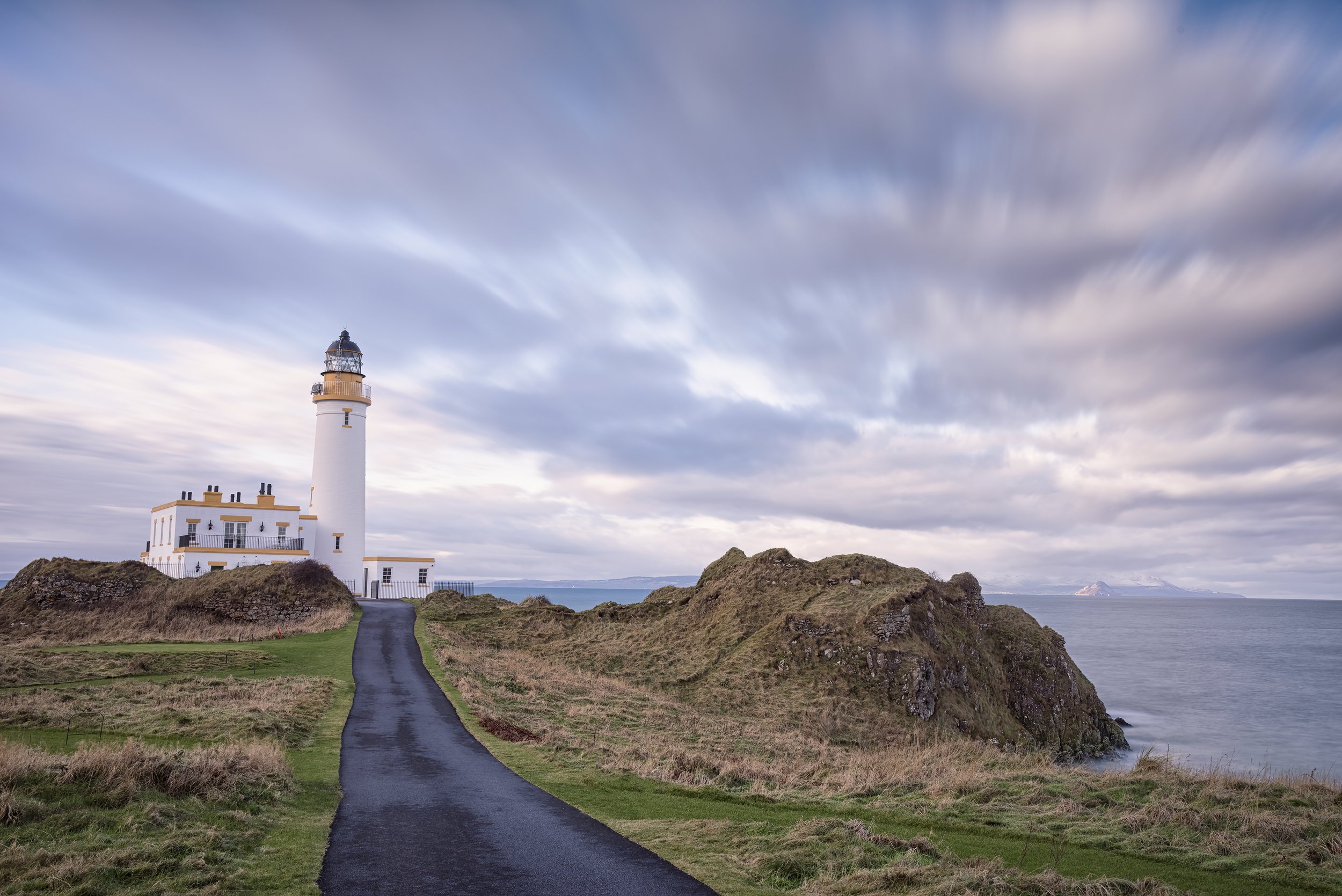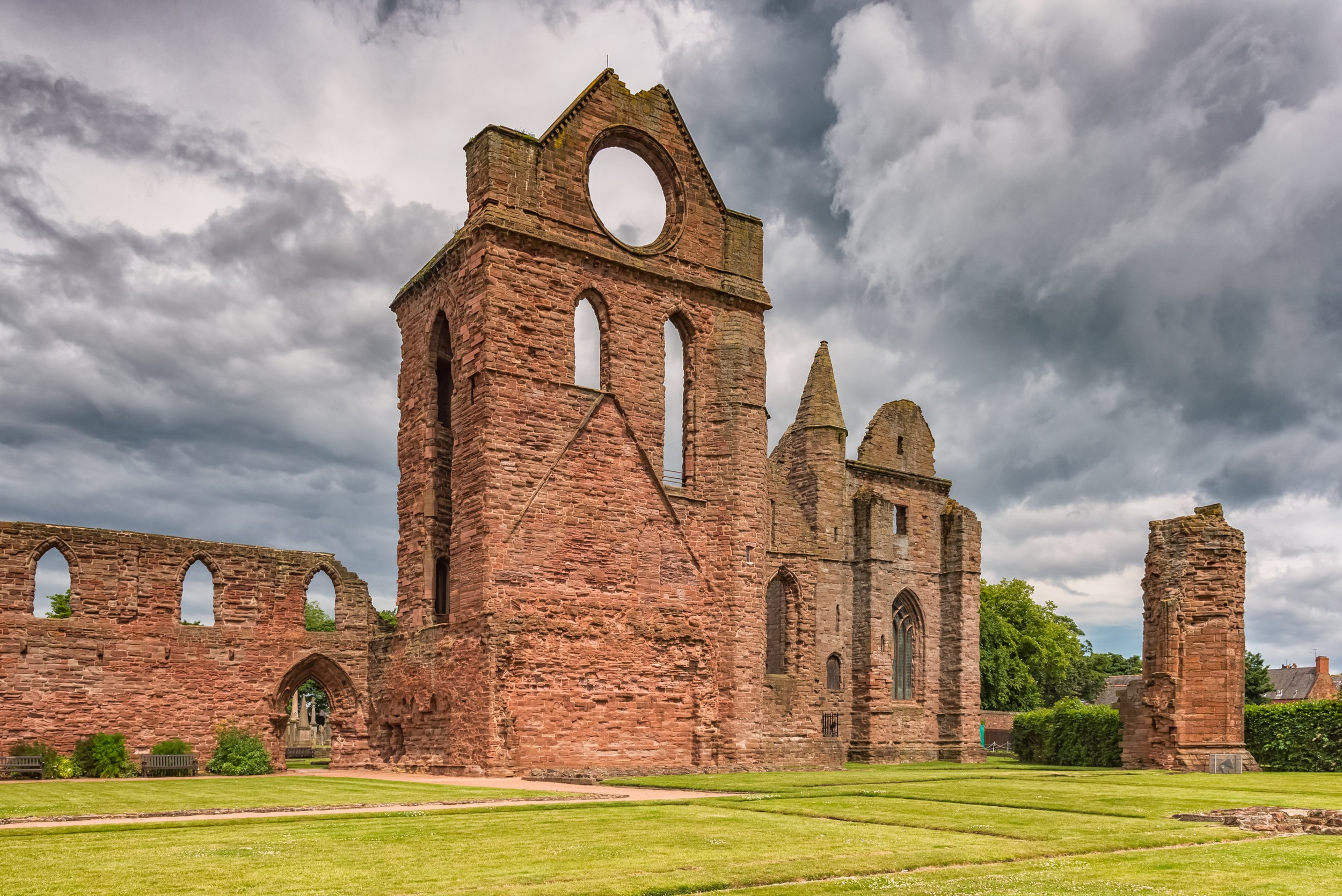
Arbroath Abbey. Arbroath Scotland
The substantial ruins of a Tironensian monastery, founded by William the Lion in 1178, and he is buried in Arbroath Abbey.Parts of the abbey church and domestic buildings remain, notably the Gatehouse Range and the Abbot's house.The distinctive round window high in the south transept was originally lit up at night as a beacon for mariners. It is known locally as the 'Round O', and from this tradition inhabitants of Arbroath are colloquially known as 'Reid Lichties'
The Abbey, which was the richest in Scotland, is most famous for its association with the 1320 Declaration of Scottish Independence believed to have been drafted by *Abbot Bernard, who was the Chancellor of Scotland under King Robert I.
NOTE: Abbot Bernard is also known as Abbot of Kilwinning Abbey or Bernard of KIlwining.
The Abbey fell into ruin after the Reformation. From 1590 onward, its stones were raided for buildings in the town of Arbroath. This continued until 1815 when steps were taken to preserve the remaining ruins. On Christmas Day 1950, the Stone of Destiny was removed from Westminster Abbey. On April 11, 1951, the missing stone was found lying on the site of the Abbey's altar.
Since 1947, a major historical re-enactment commemorating the Declaration's signing has been held within the roofless remains of the Abbey church. The celebration is run by the local Arbroath Abbey Pageant Society, and tells the story of the events which led up to the signing. This is not an annual event. However, a special event to mark the signing is held every year on the 6th of April and involves a street procession and short piece of street theatre which probably hasn’t happened due to covid restrictions.
The Abbey is cared for by Historic Environment Scotland and will eventually open to the public as normal.

Castle Semple Collegiate Church
Castle Semple Collegiate Church is located in Renfrewshire, It is situated near the eastern end of Castle Semple Loch, Located next to Castle Semple and Barr Lochs,
Lord Sempill was killed fighting the English at the Battle of Flodden in 1513, and his son had the church extended to accommodate his father’s tomb. This extension is still visible today in the castle’s unusual three-sided east end.

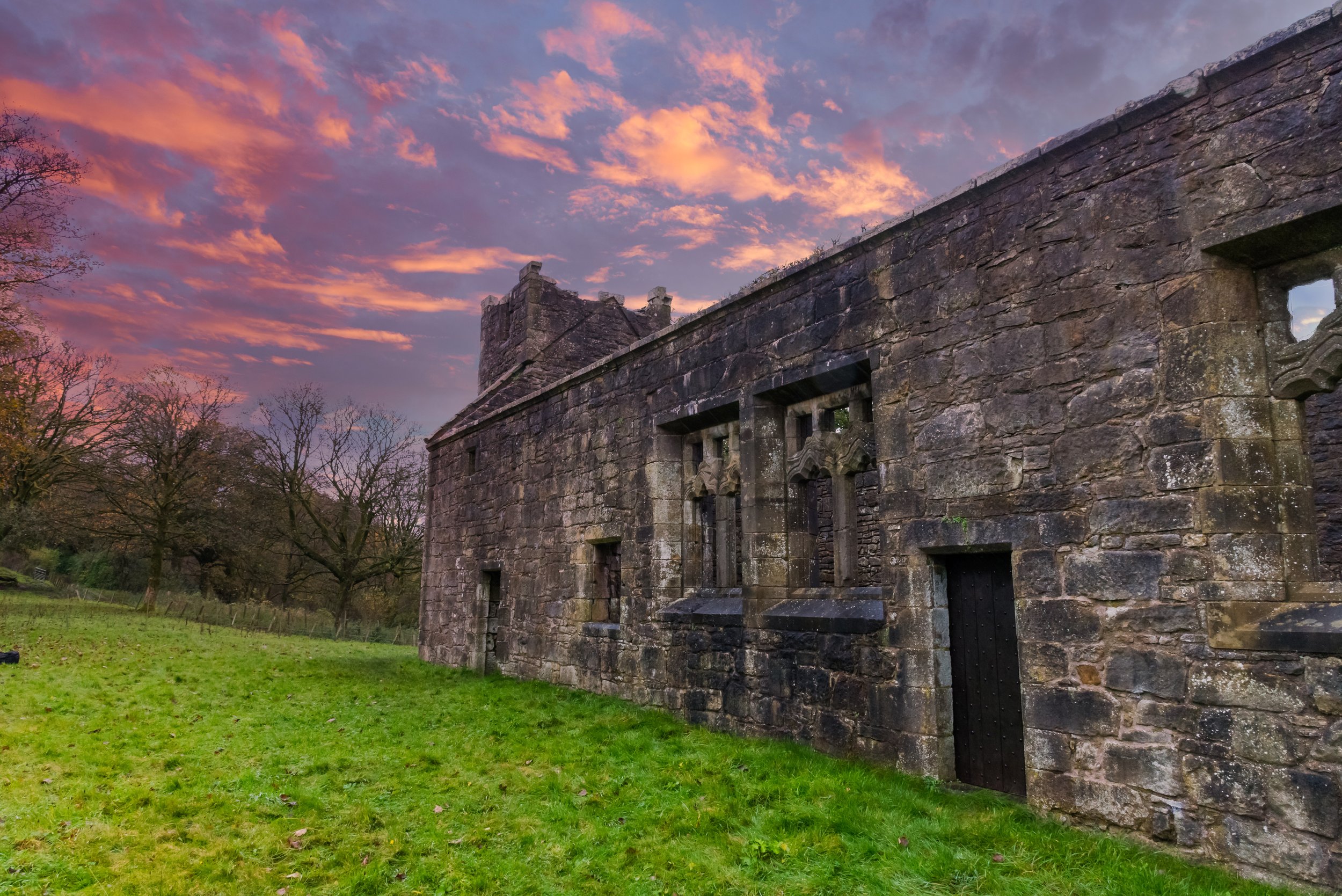
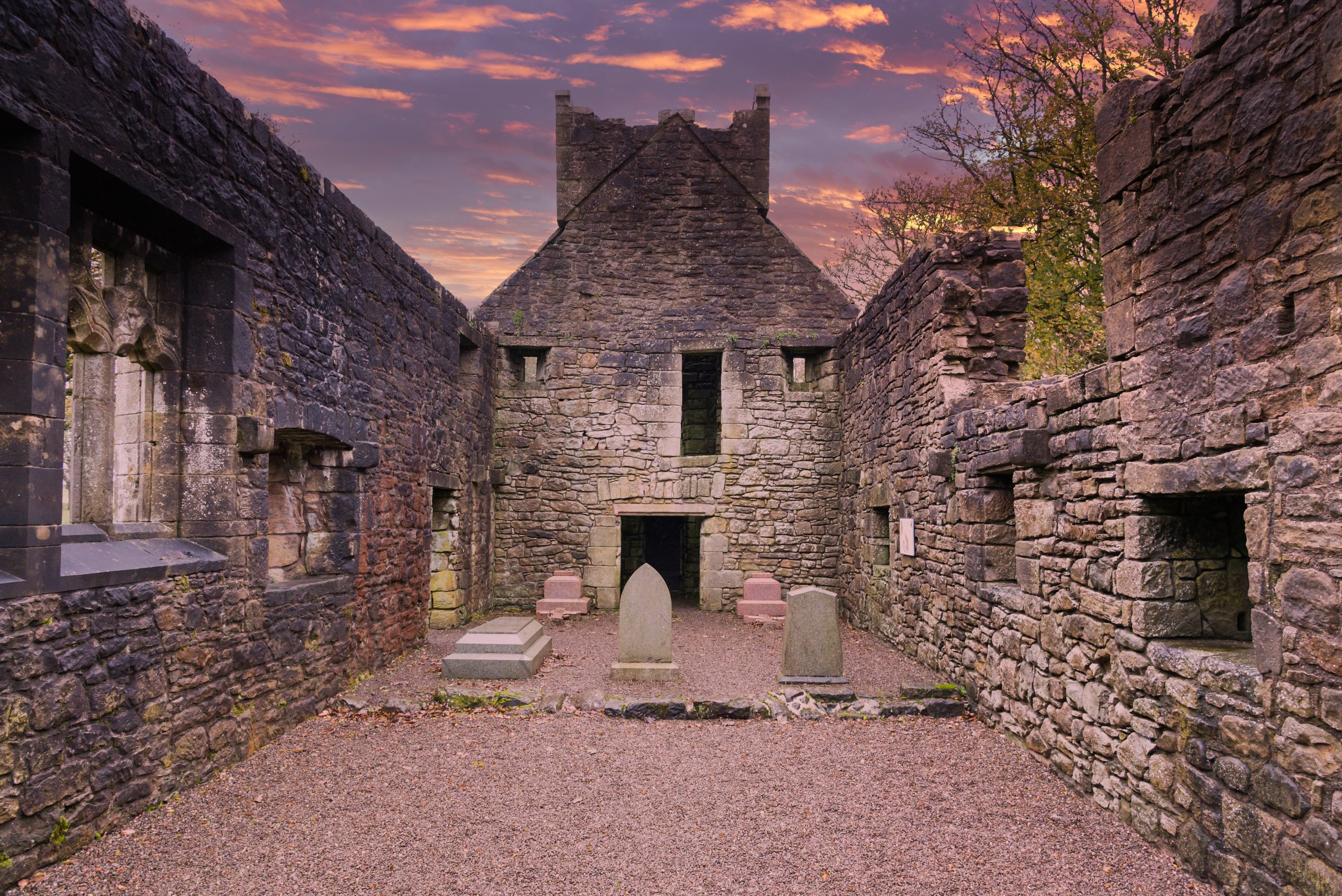

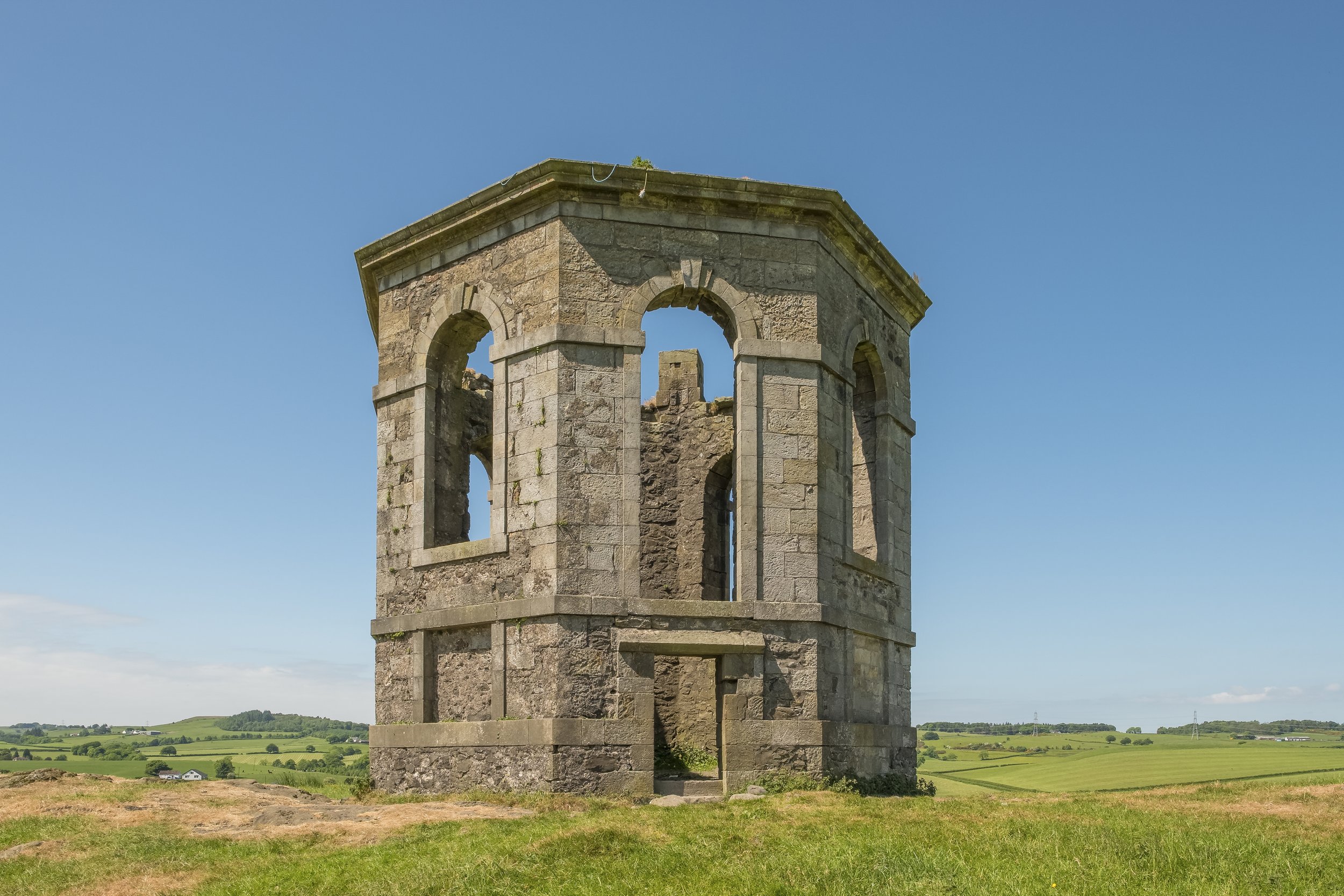
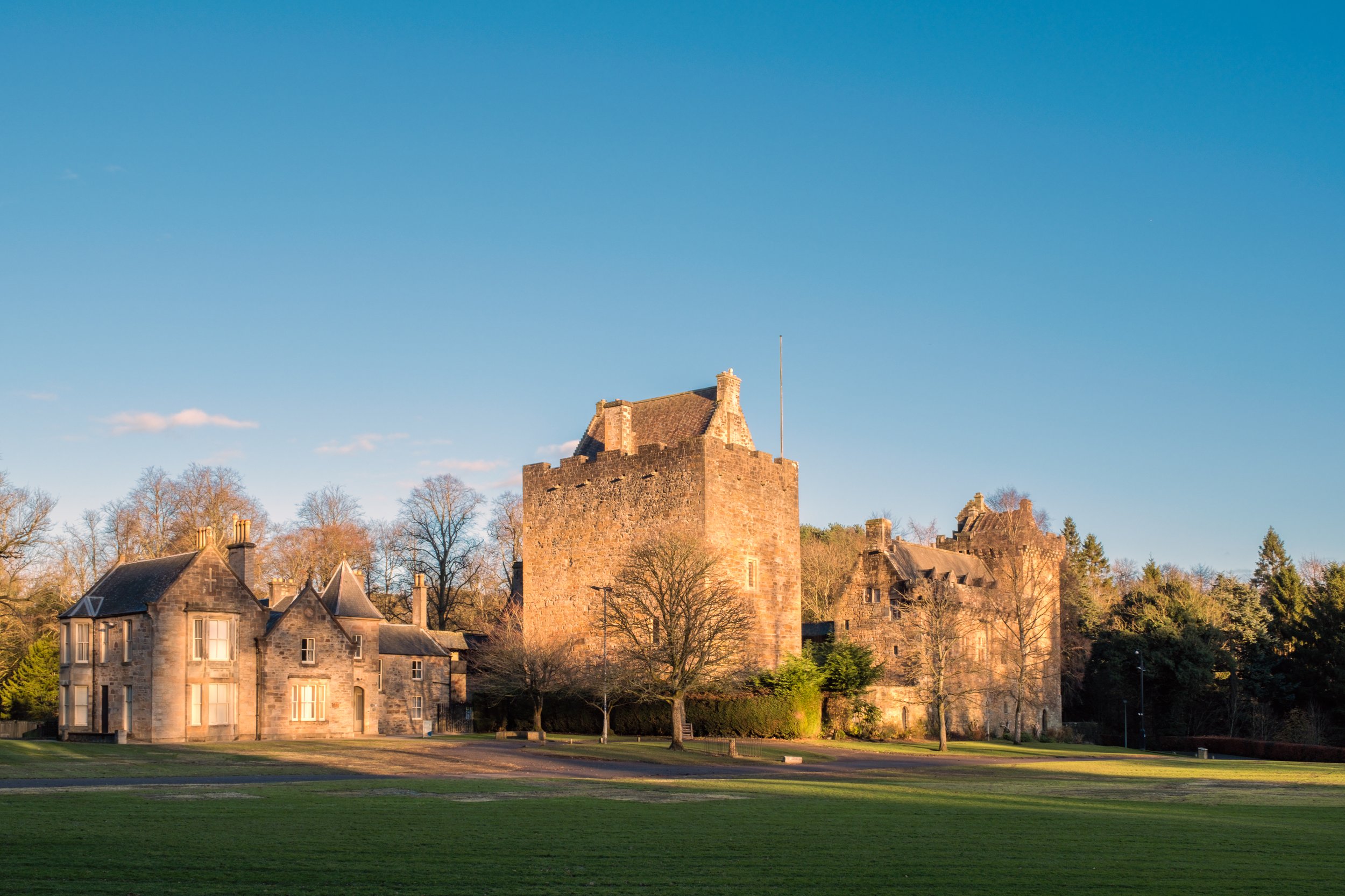
Dean Castle Kilmarnock
Situated within the country park Dean Castle was the stronghold for the Boyd family who were Lords over Kilmarnock for over 400 years.
The Castle takes its name from ‘The Dean’ or wooded valley, a common place name in Scotland. However, until about 1700 it was called Kilmarnock Castle. Owned originally by the Boyd family, it has strong historical connections with many people and events famous in Scottish history. Robert the Bruce who gave the Boyd's these lands; James III of Scotland whose sister married a Boyd; The Covenanters, some of whom were imprisoned there; Bonnie Prince Charlie, whose rebellion was joined by the 4th Earl of Kilmarnock and Robert Burns who was encouraged to publish his poetry by the Earl of Glencairn who owned the Castle at that time.
The Castle architecture is said to be unusual in that there are no arrowslits in the walls of Dean Castle something which is very rare for a Scottish castle of this time period, all of the shooting was done from the battlements at the top.
The private chamber of the Earls of Kilmarnock has a complete model of the Castle. Legend has it that after the 4th Earl of Kilmarnock was beheaded for treason in London on 18 August 1746 his head was carried back to Dean castle and was stored in a large chest which is still present in the Laigh Tower.
The story of the 4th Earl's head being kept in the castle has attracted many ghost hunters who have studied the castle and believe there is a presence in the palace.

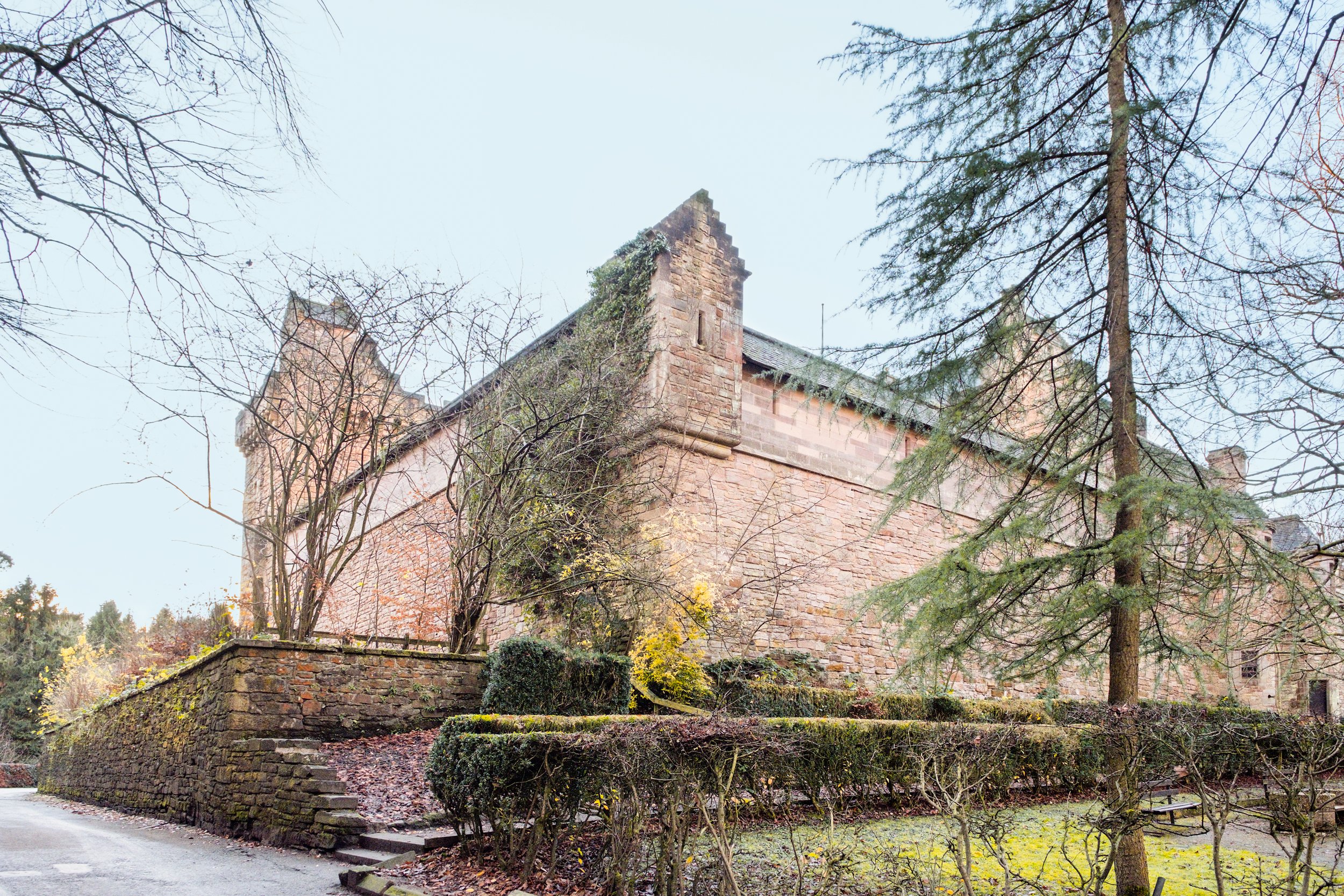
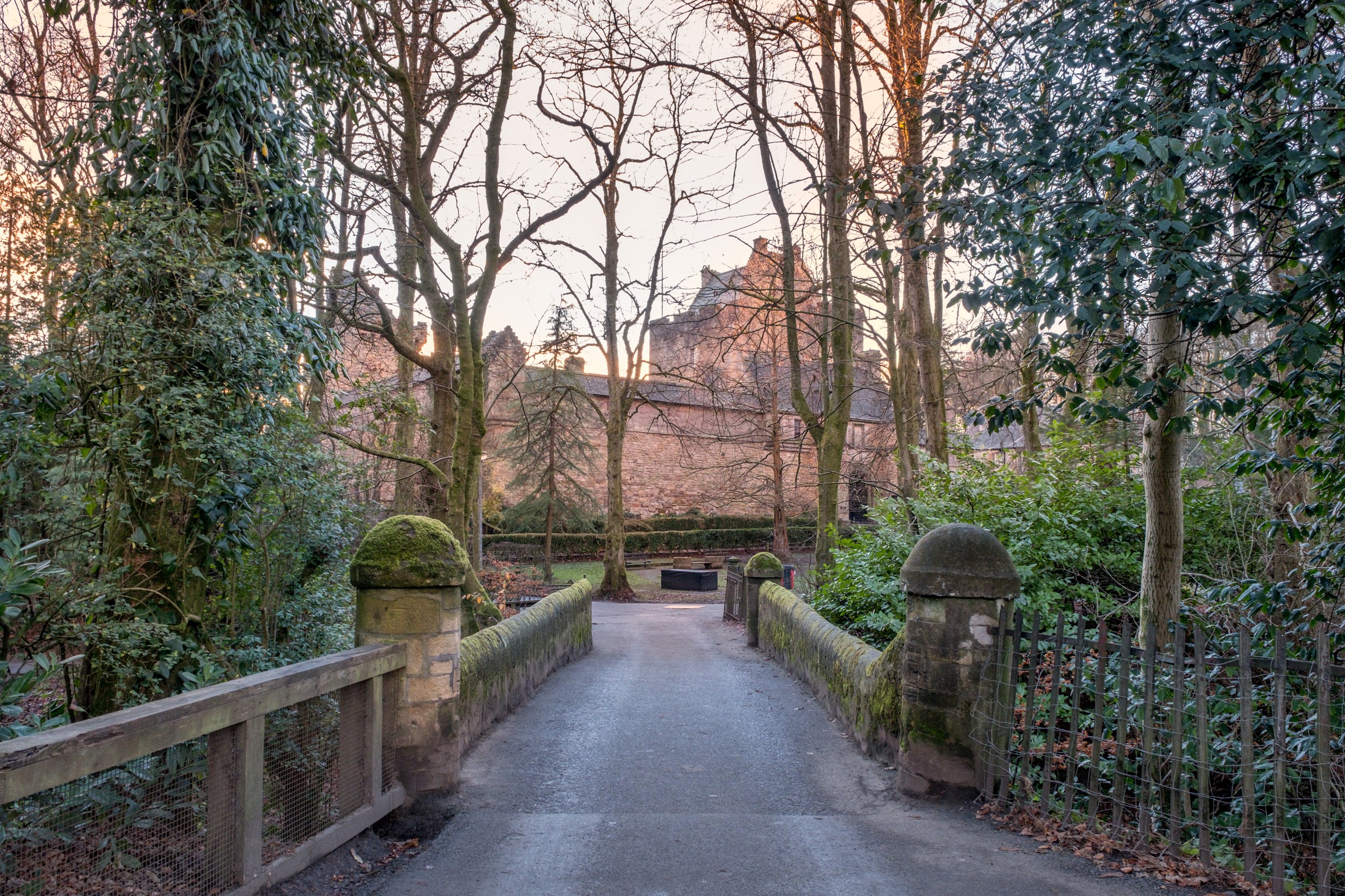
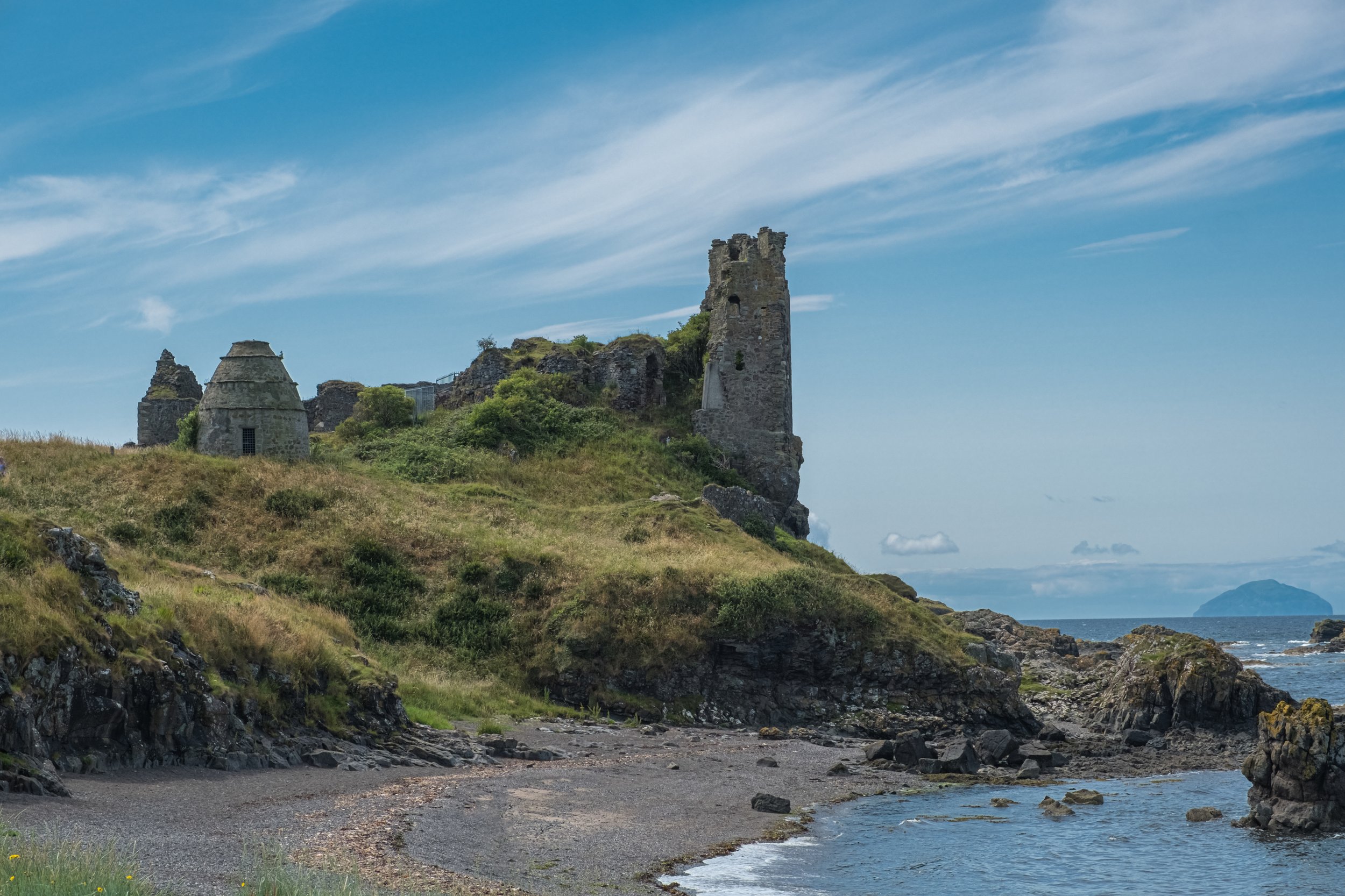
Dunure Castle
Castle Dunure or Dunoure dates from the 13th century and the present remains are from the 15-16th century. There are claims that the castle was held by the MacKinnons having had tenure of the castle from the the times of Alexander the third as a reward for their valour at the battle of Largs in 1263.
Beneath the castle is a cavern called the Browney's Cave which may have been a sally-port: a secret tunnel leading to the castle. In 1429 a meeting took place at Dunure between James Campbell, representing King James I of Scotland and John Mor MacDonald, representing the Lord of the Isles. Violence broke out and MacDonald was killed. James 1st efforts to contain the outrage by executing Campbell did not prevent a subsequent uprising by them. For three days from 4 August 1563, Mary, Queen of Scots, stayed at Dunure Castle on her Royal tour down the west coast to Glenluce Abbey then on to Whithorn Priory. She was the guest of Gilbert Kennedy, the 4th Earl of Cassilis.
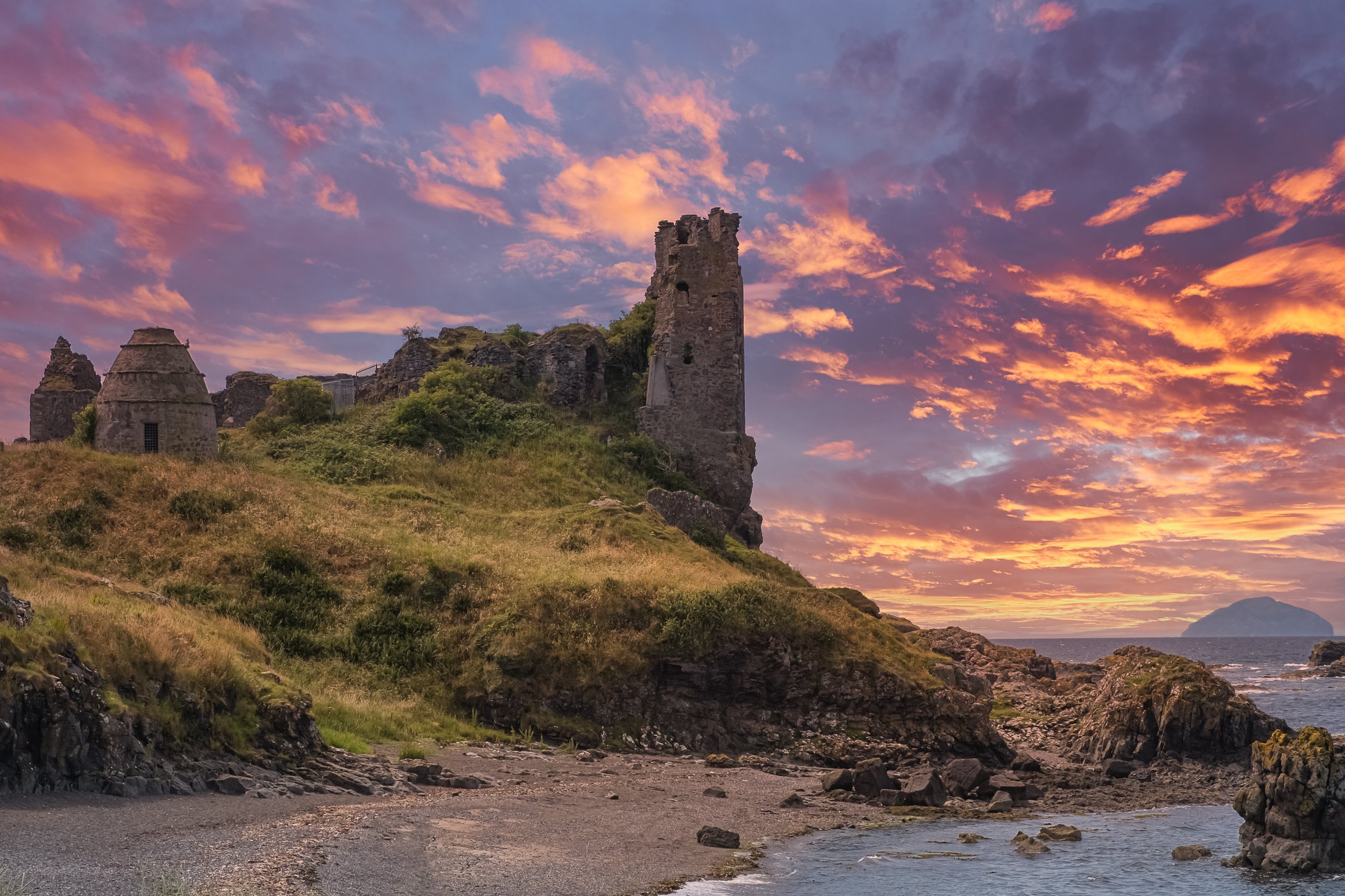
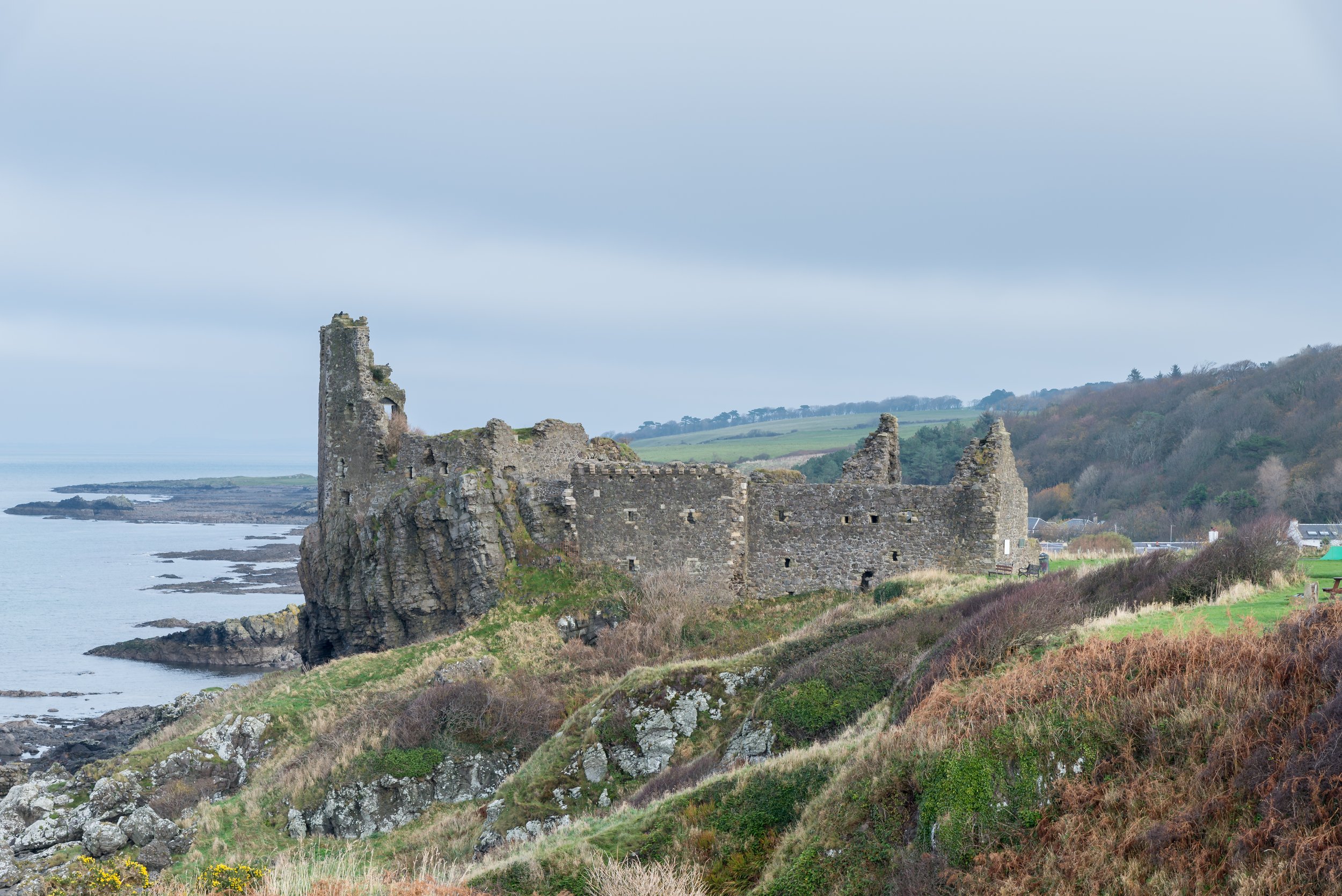
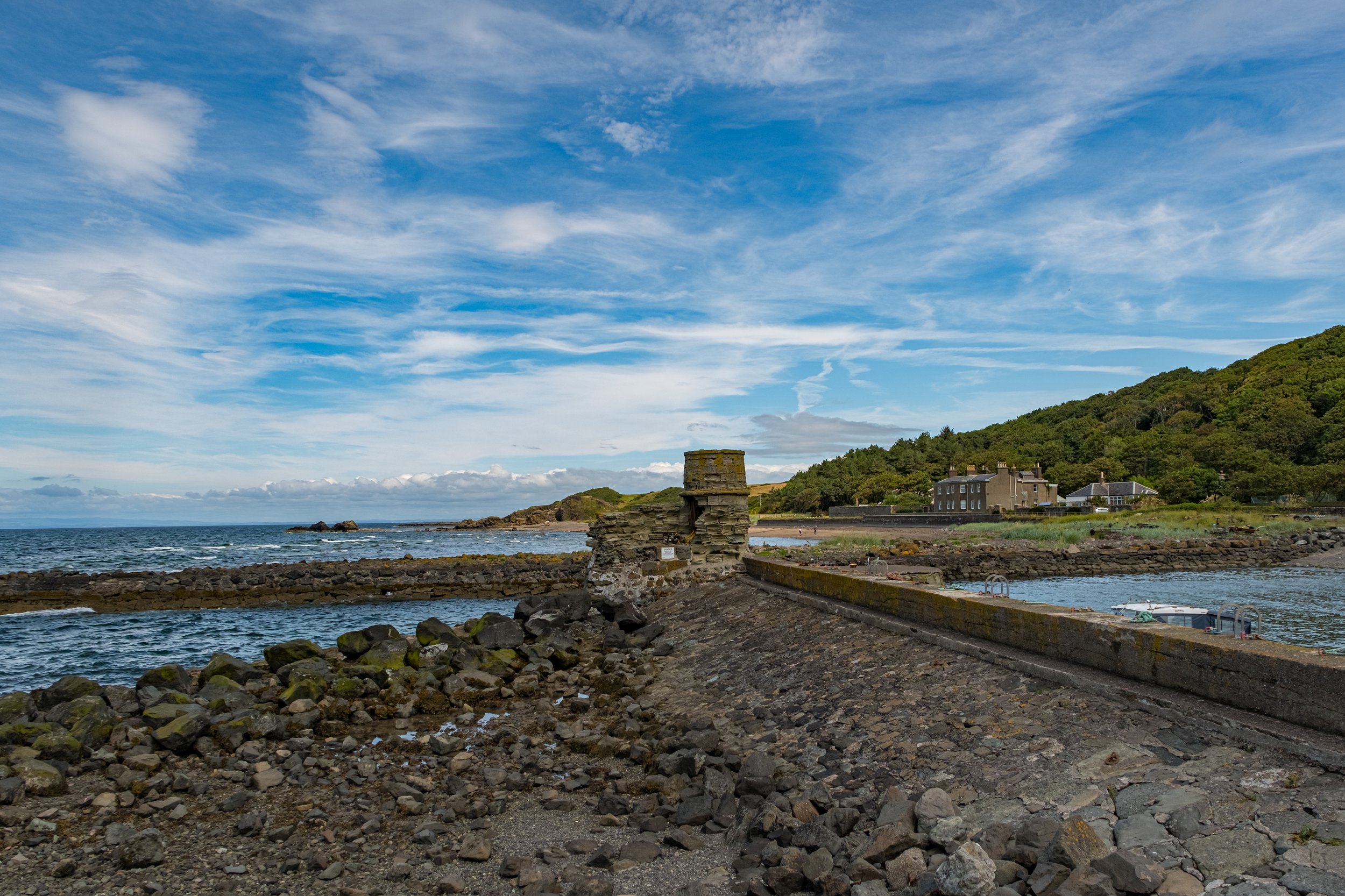
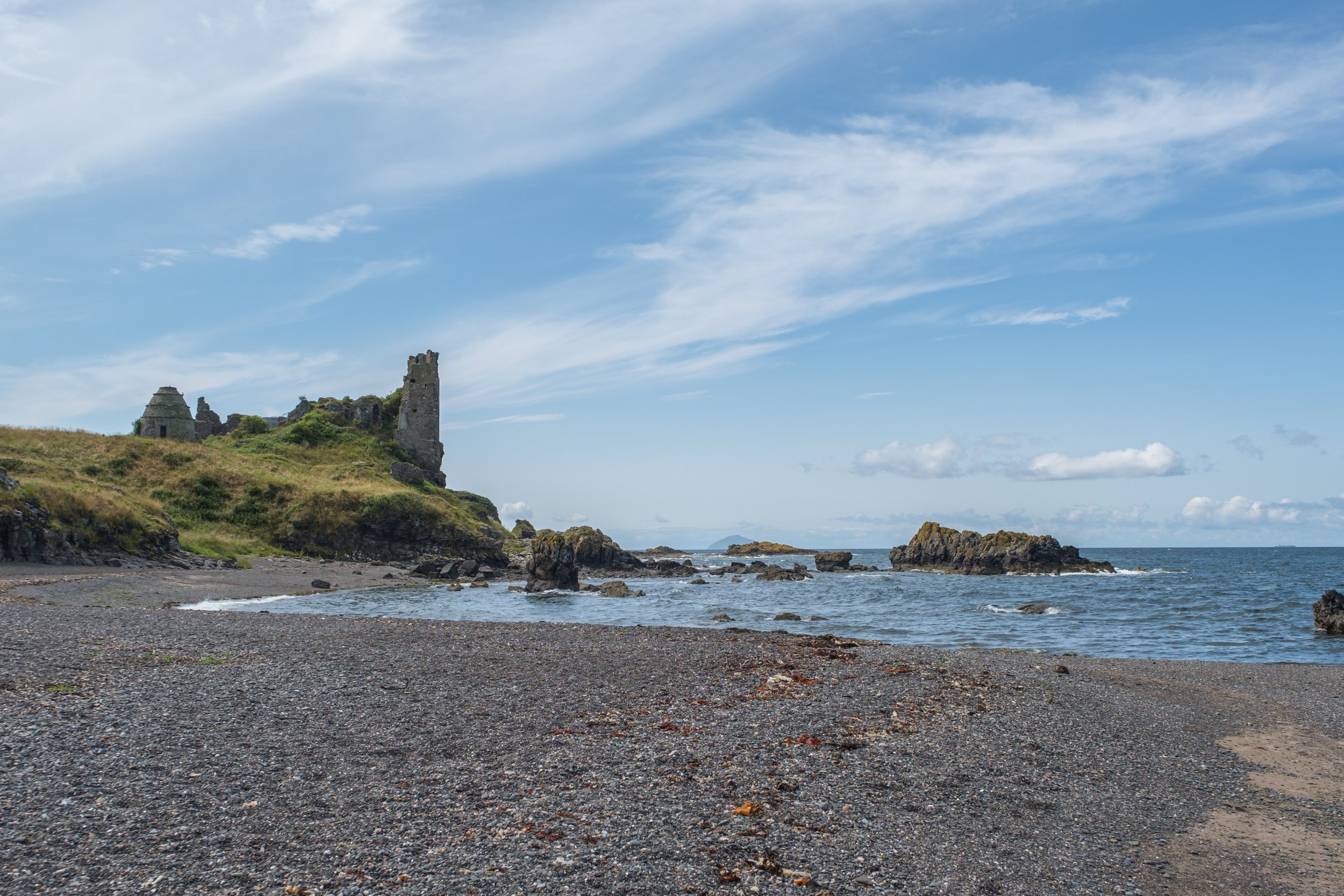
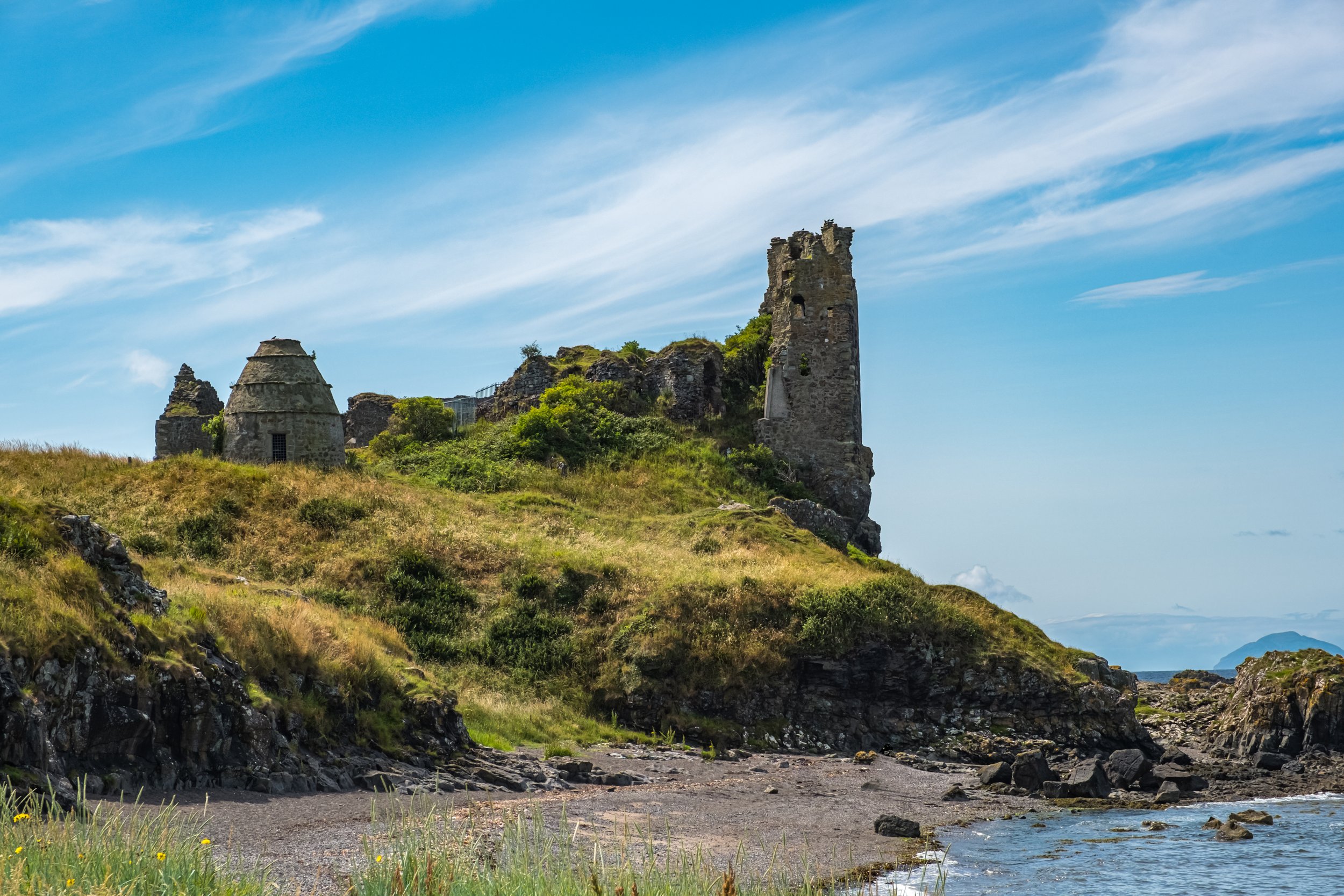
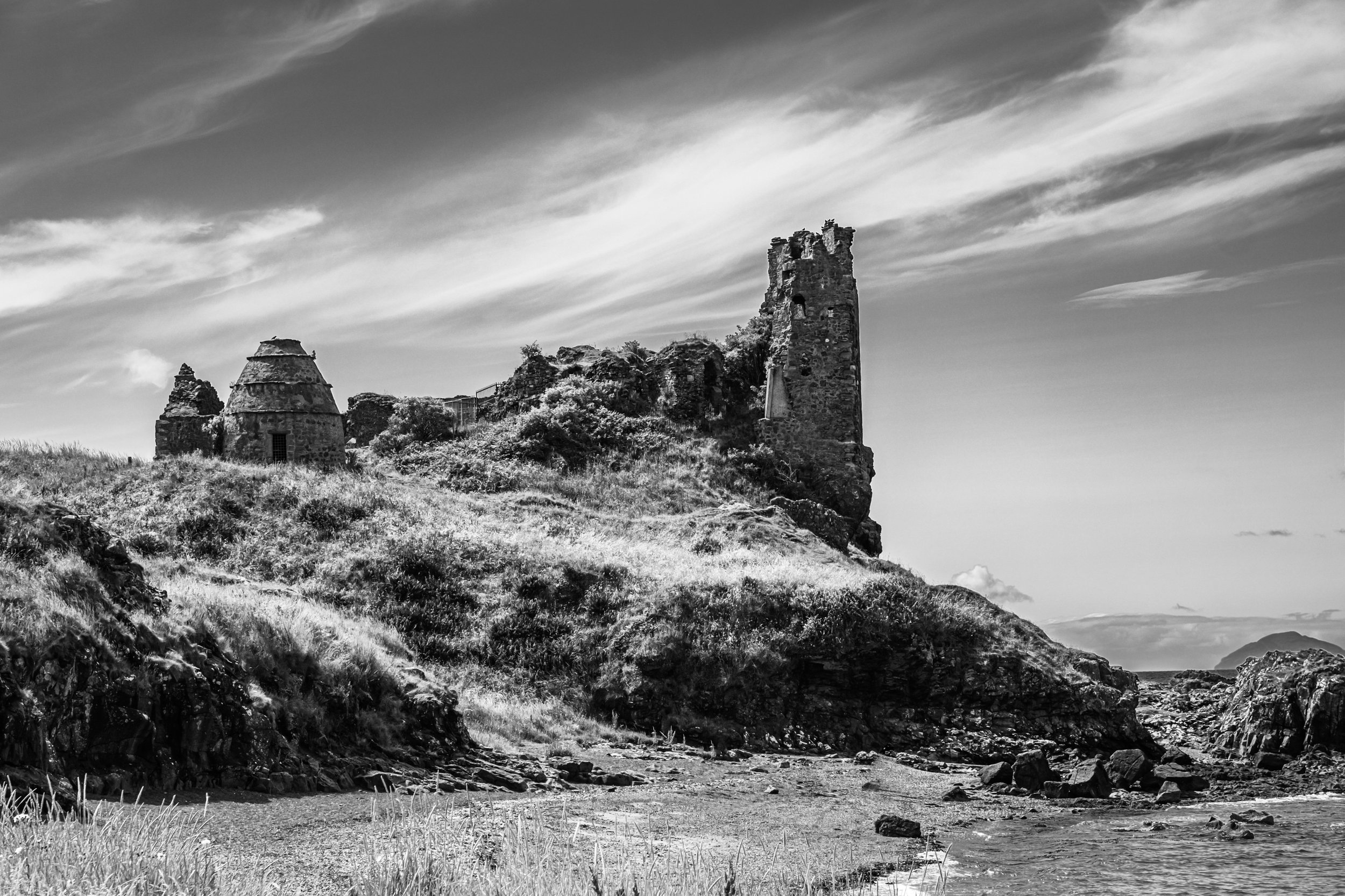
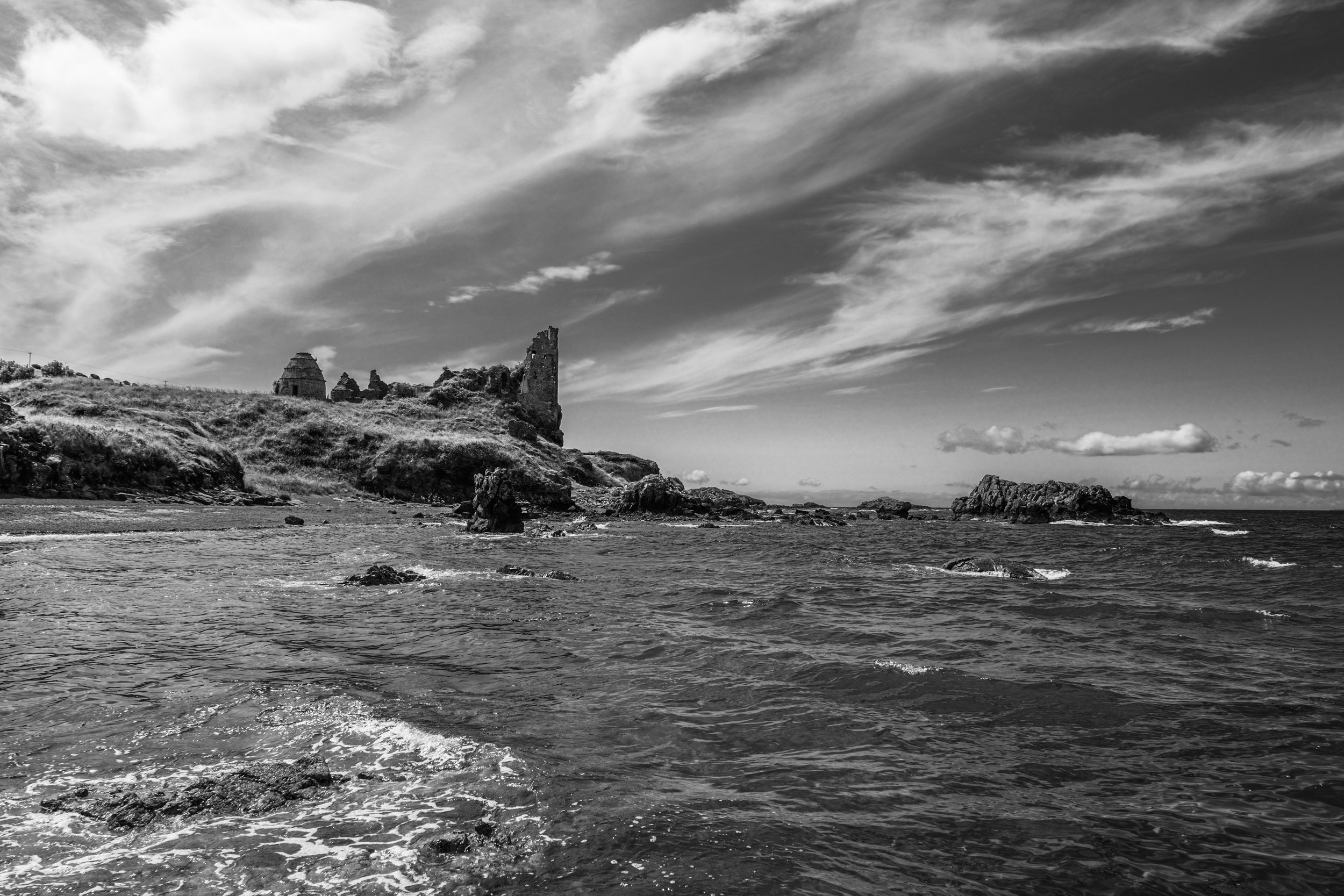
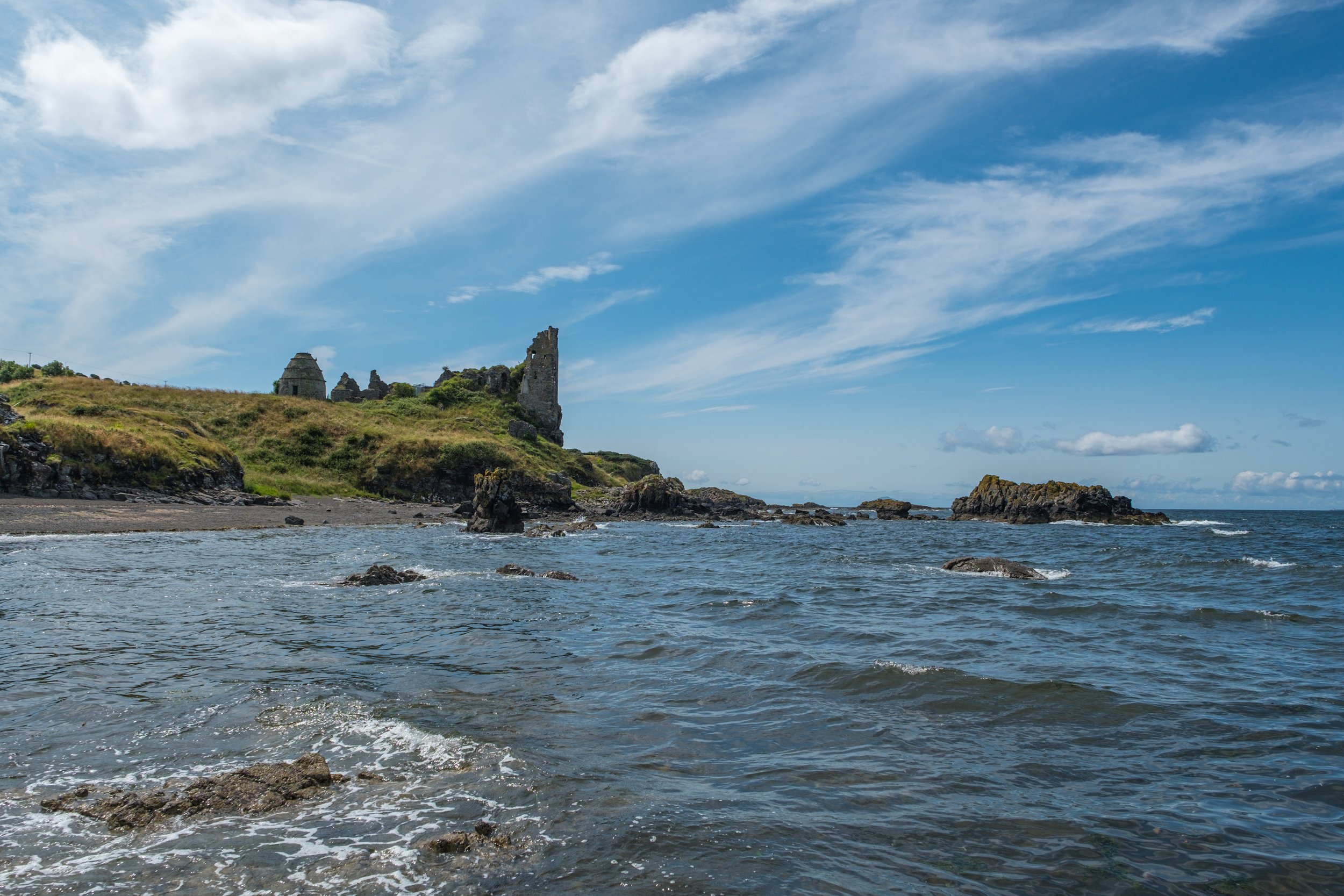
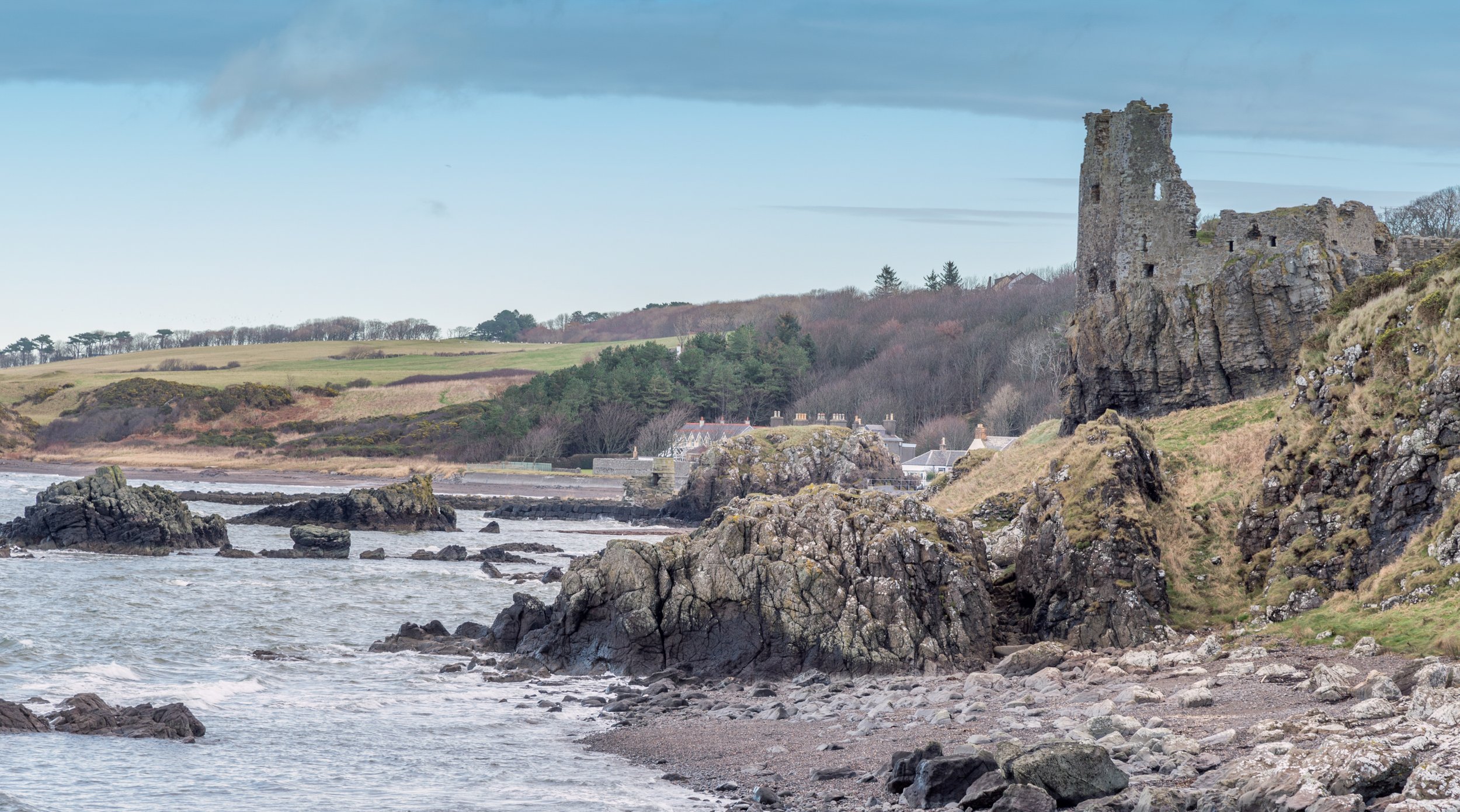
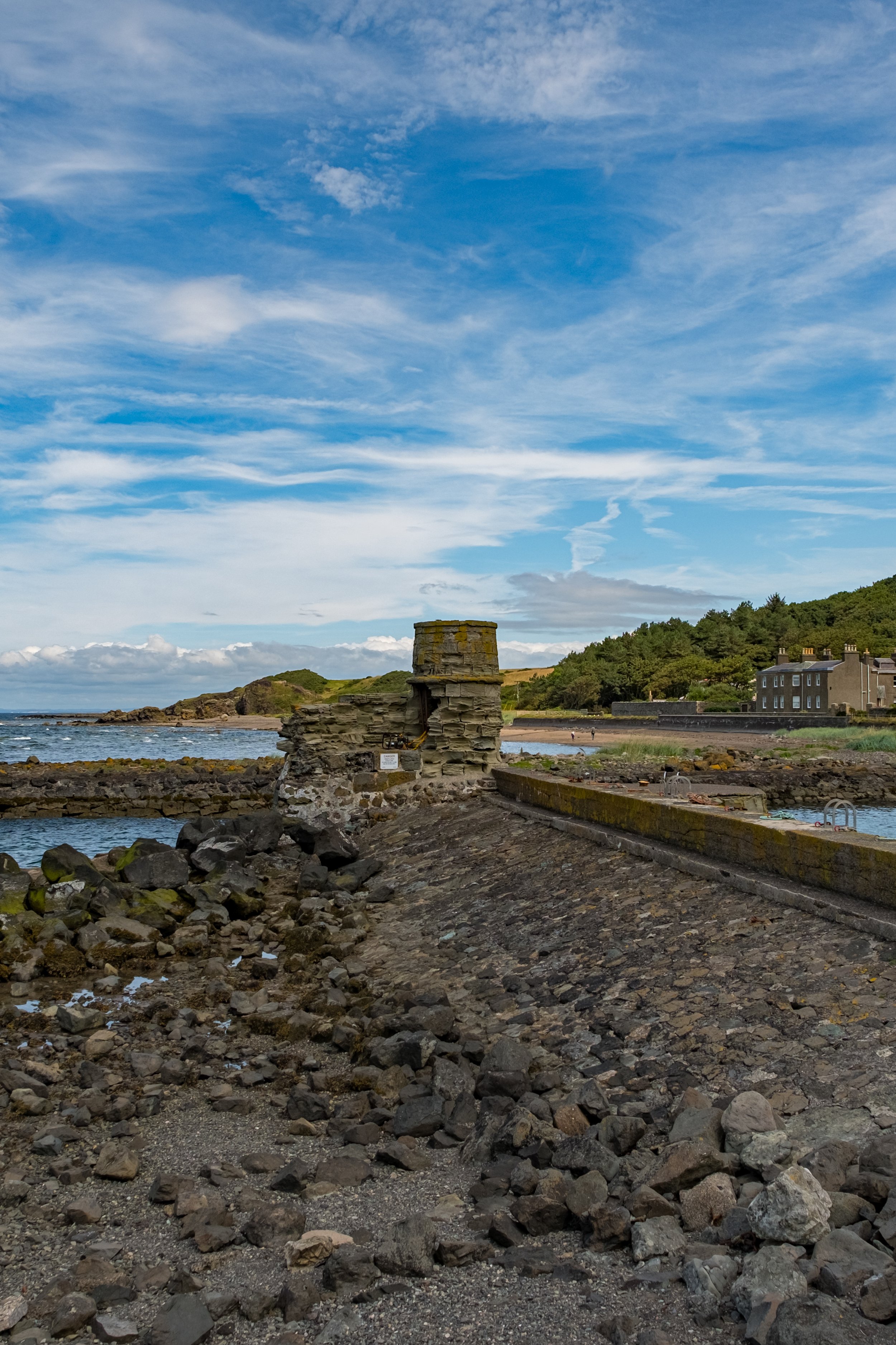
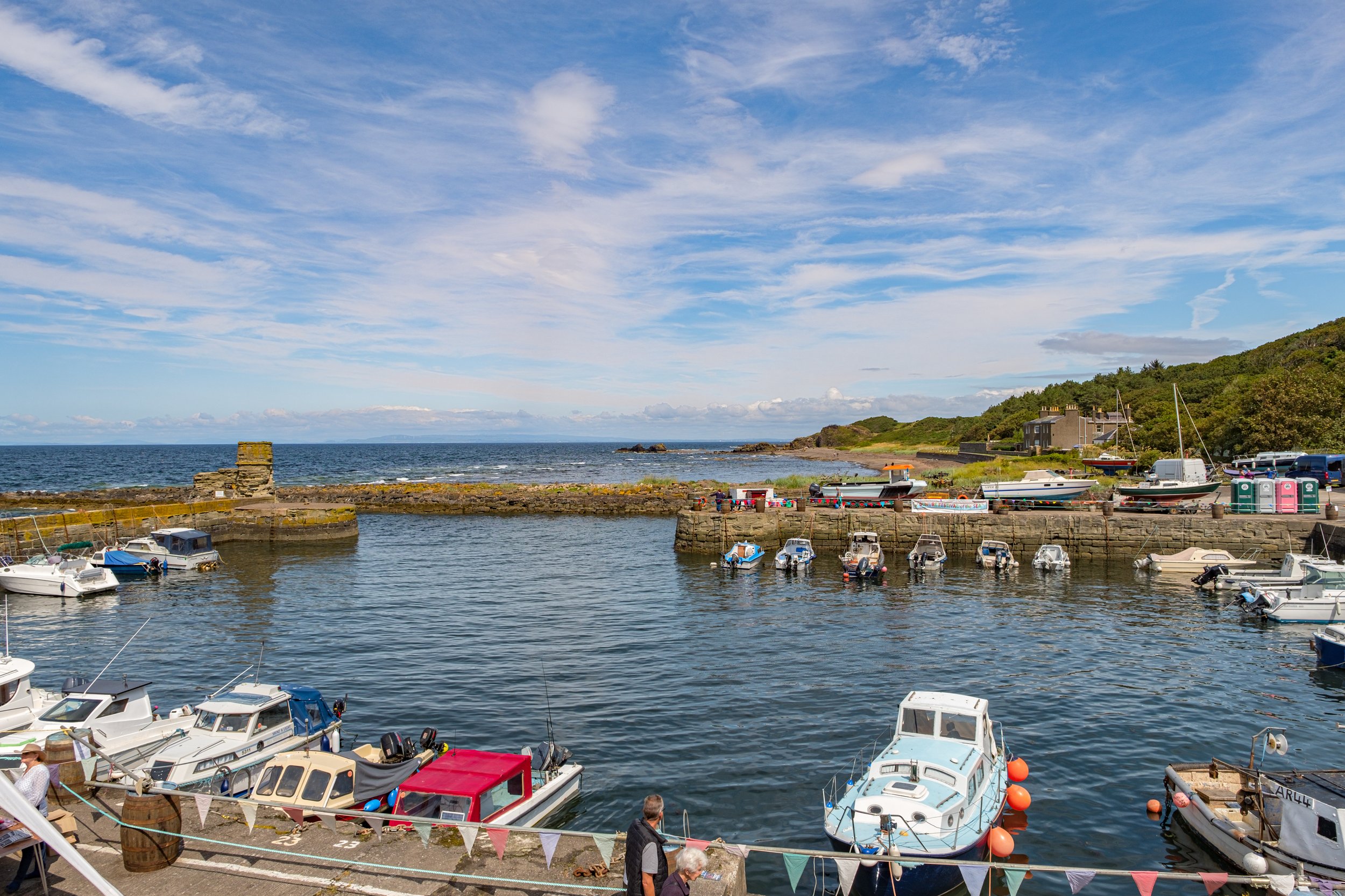
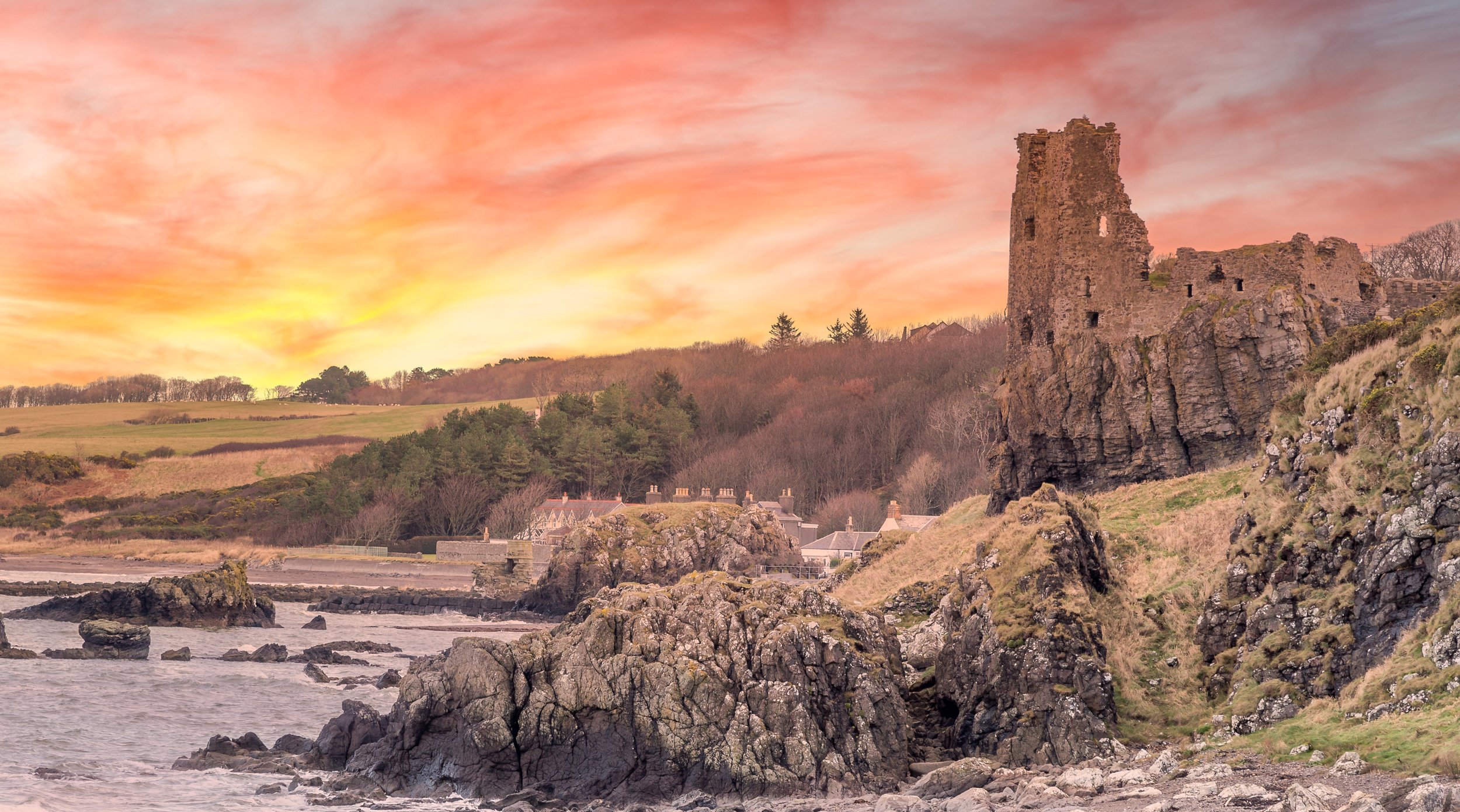
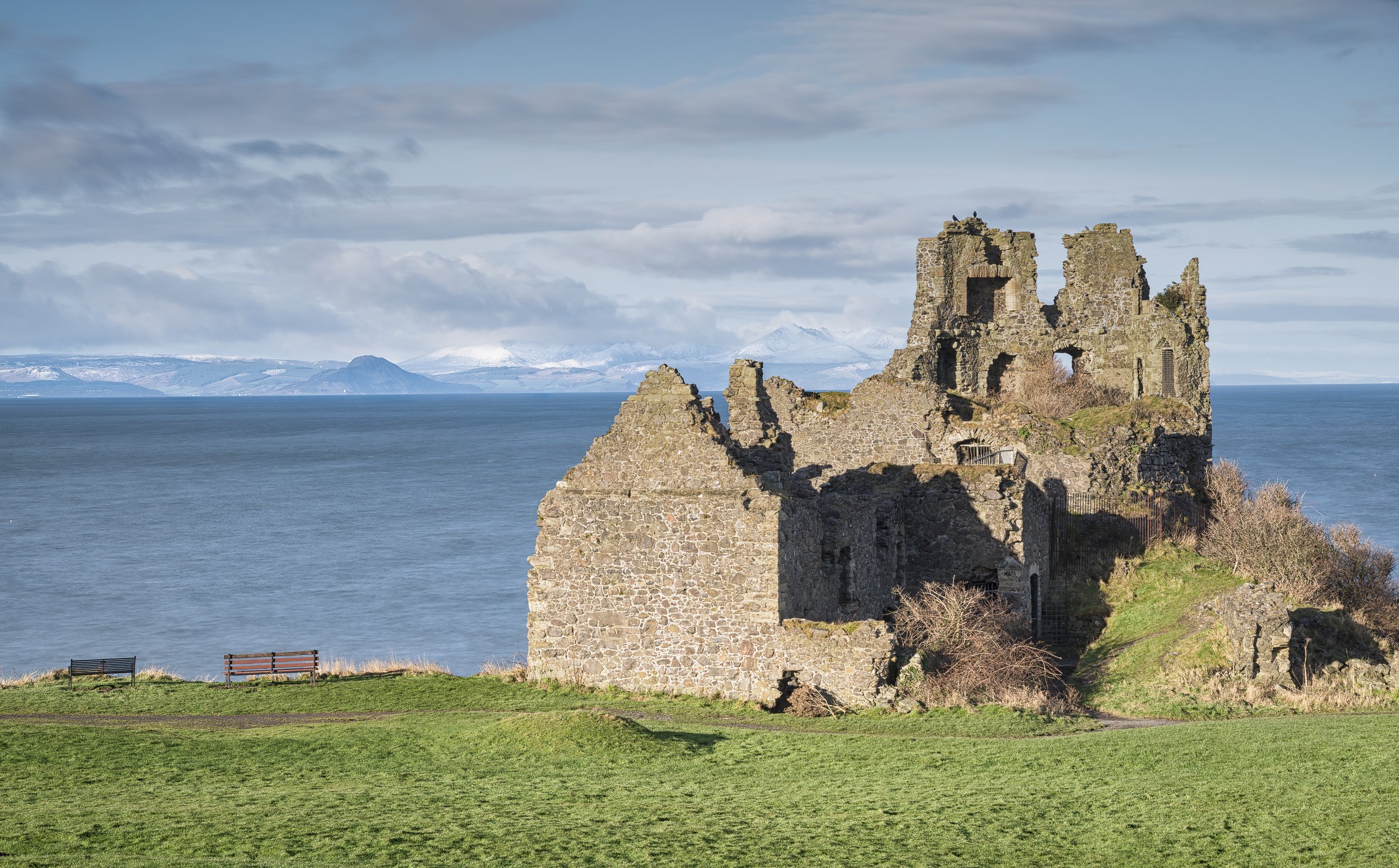
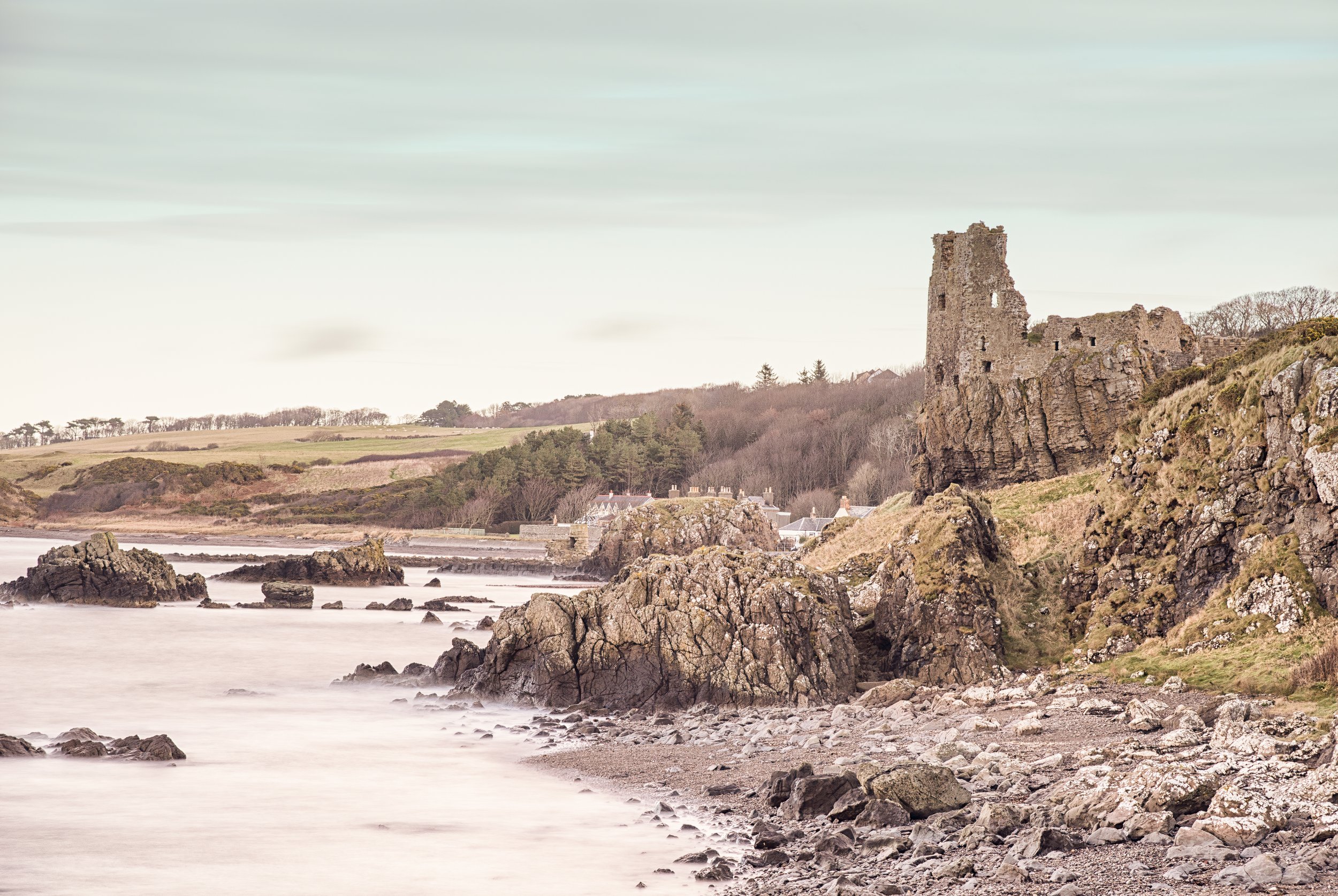


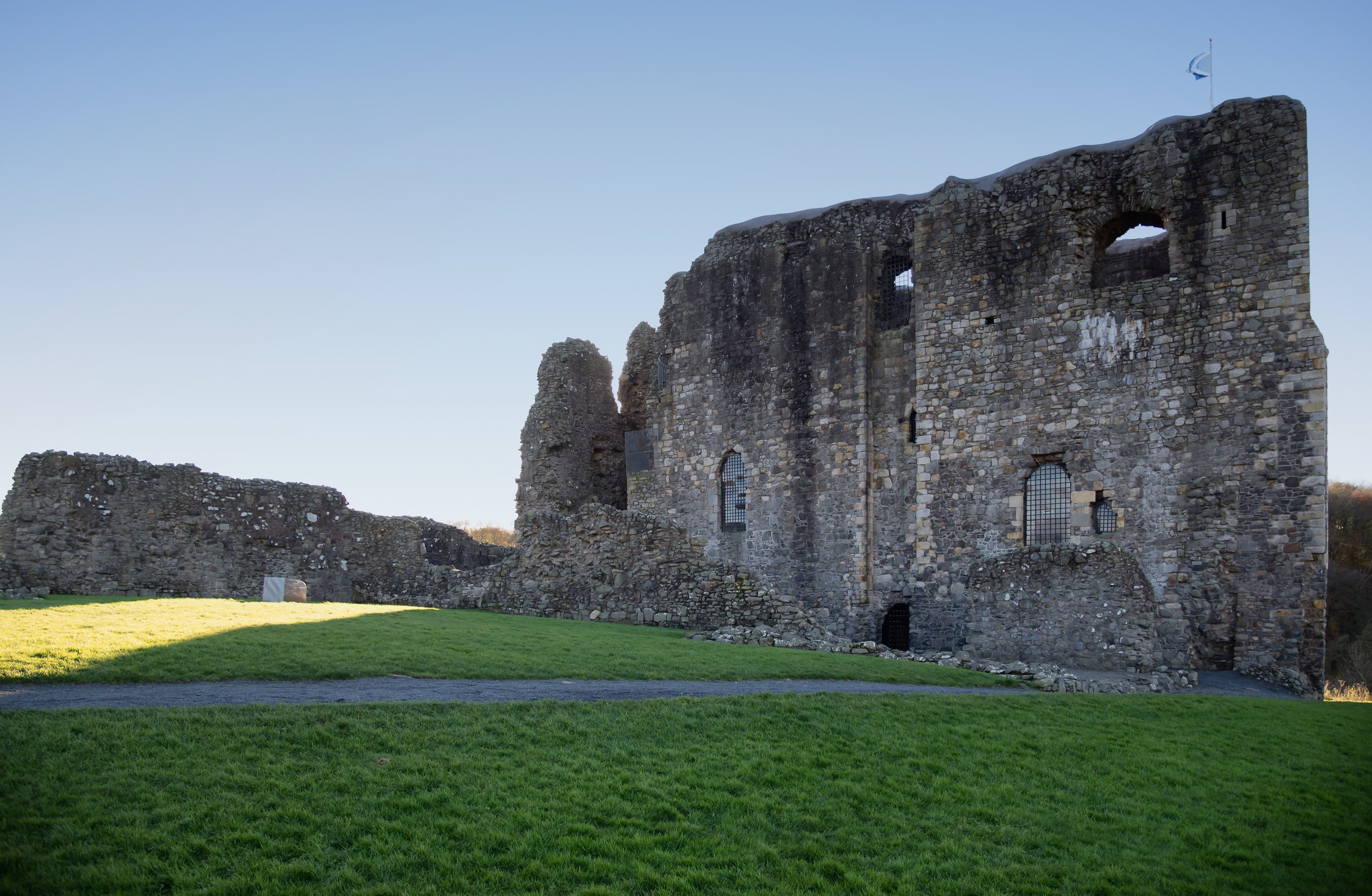
Dundonald Castle South Ayrshire
Initially an Iron Age hill-fort and later a Norman motte-and-bailey, Dundonald Castle was rebuilt in stone in the thirteenth century configured as an enclosure fortification. Destroyed just decades later, possibly by Robert the Bruce, it was later restored into a Tower House by the first Stewart King of Scotland. Now a Royal Castle, Dundonald was maintained by the Crown with expenditure recorded in the fifteenth century. It was subsequently let to a number of different individuals ending with the Wallace family of Craigie who built a new residence Auchan’s Castle nearby. Despite James V granting the castle to Robert Boyd in 1536, the Wallaces seem to have held onto the property despite attempts to evict them but in 1632 sold it to James Mathieson. He didn't hold onto the castle for long and in 1638 it was sold to Sir William Cochrane. He was elevated to Earl of Dundonald in 1686 in recognition of his support for the Royalist cause and the castle remained with his family until 1953 when it was handed over to the State. Initially the site of the castle was an iron age hill-fort and then later a Norman Motte-and-bailey structure. Dundonald castle was initially built in the 13th century and just decades later it was thought destroyed by Robert the Bruce. The castle was then restored into Tower House design by the first Stewart King of Scotland. In 1638 it was sold to Sir Willian Cochrane who was elevated too Earl of Dundonald in recognition of his support for the Royalist cause. Remained in the Cochrane family until 1953 then handed over to the state. A subterranean tunnel is said to run from the castle down to Seagate Castle in Irvine and the same Dundonald Castle features appear in a Jules Verne novel The Underground City. The castle is said to be haunted by a three meter tall man with long grey hair and glowing red eyes.
There is a visitor centre at the foot of the hill, which includes a cafe, souvenir shop and an interpretive exhibition. The exhibition outlines the history of the castle and its preceding buildings with detailed models of the earlier castles on the site.
The visitor centre is owned by South Ayrshire Council and the castle is owned by Historic Scotland. Both the castle and the visitor centre are operated by the Friends of Dundonald Castle. The castle was made a scheduled monument in 1920 and the schedule was updated in 2017.
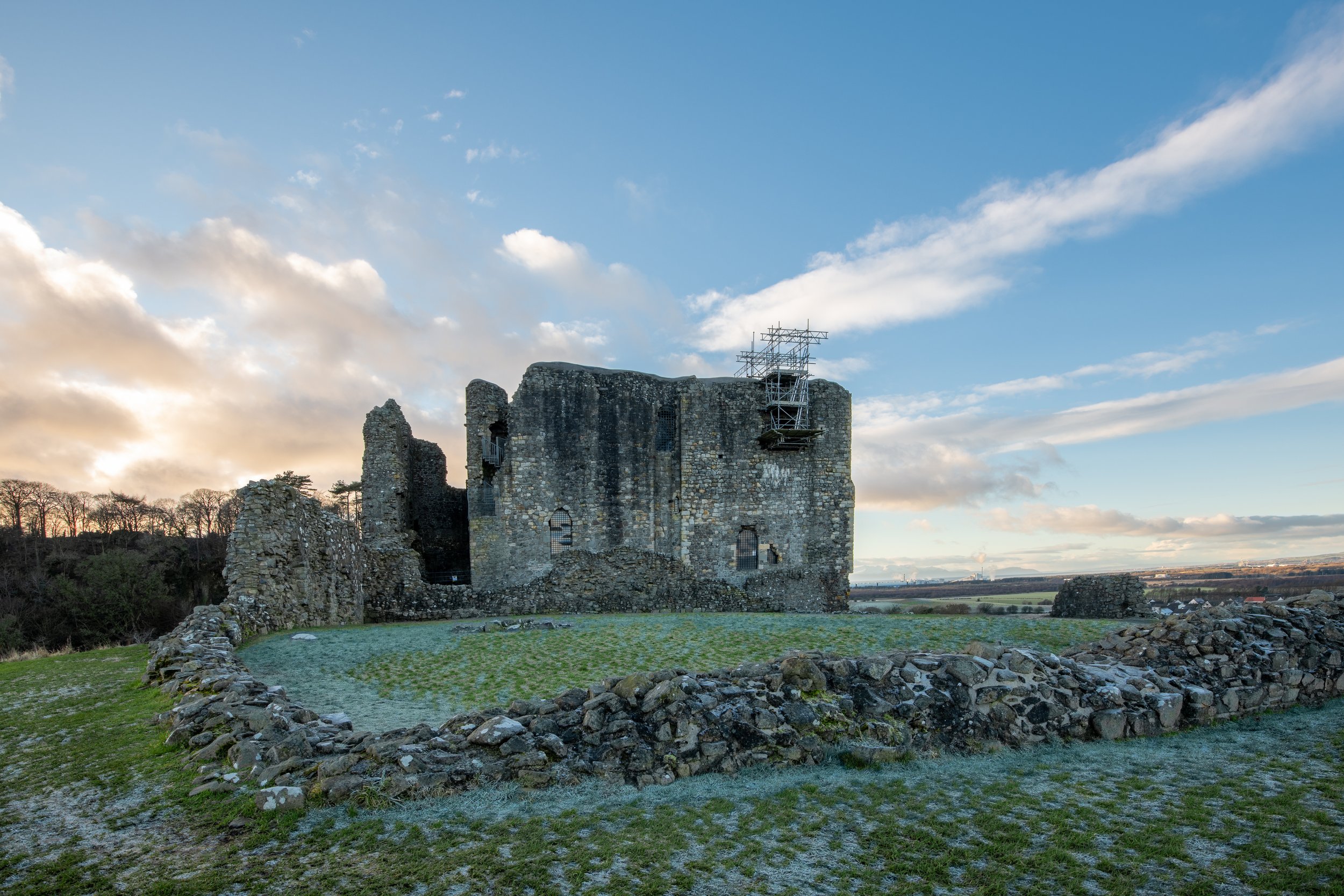

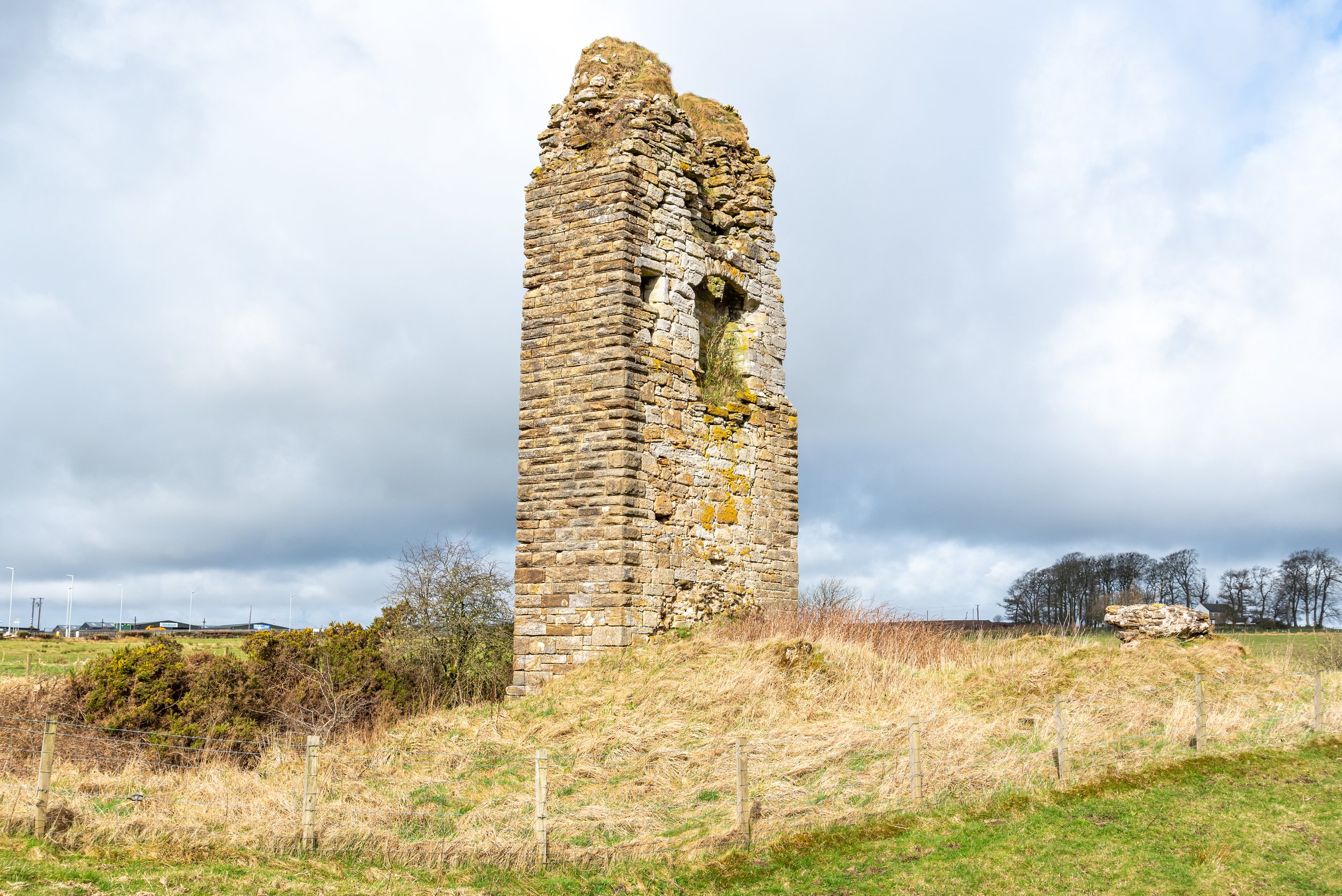
The Barony & Castle of Corsehill
The old ruins lie near Stewarton in East Ayrshire. Records show Andrew Cunninghame second son of WILLIAM CUNNINGHAM, 4TH EARL OF GLENCAIRN, was the first of the HOUSE of CORSEHILL in 1532. Not much left of the old ruin much of which was used by the construction of nearby railway

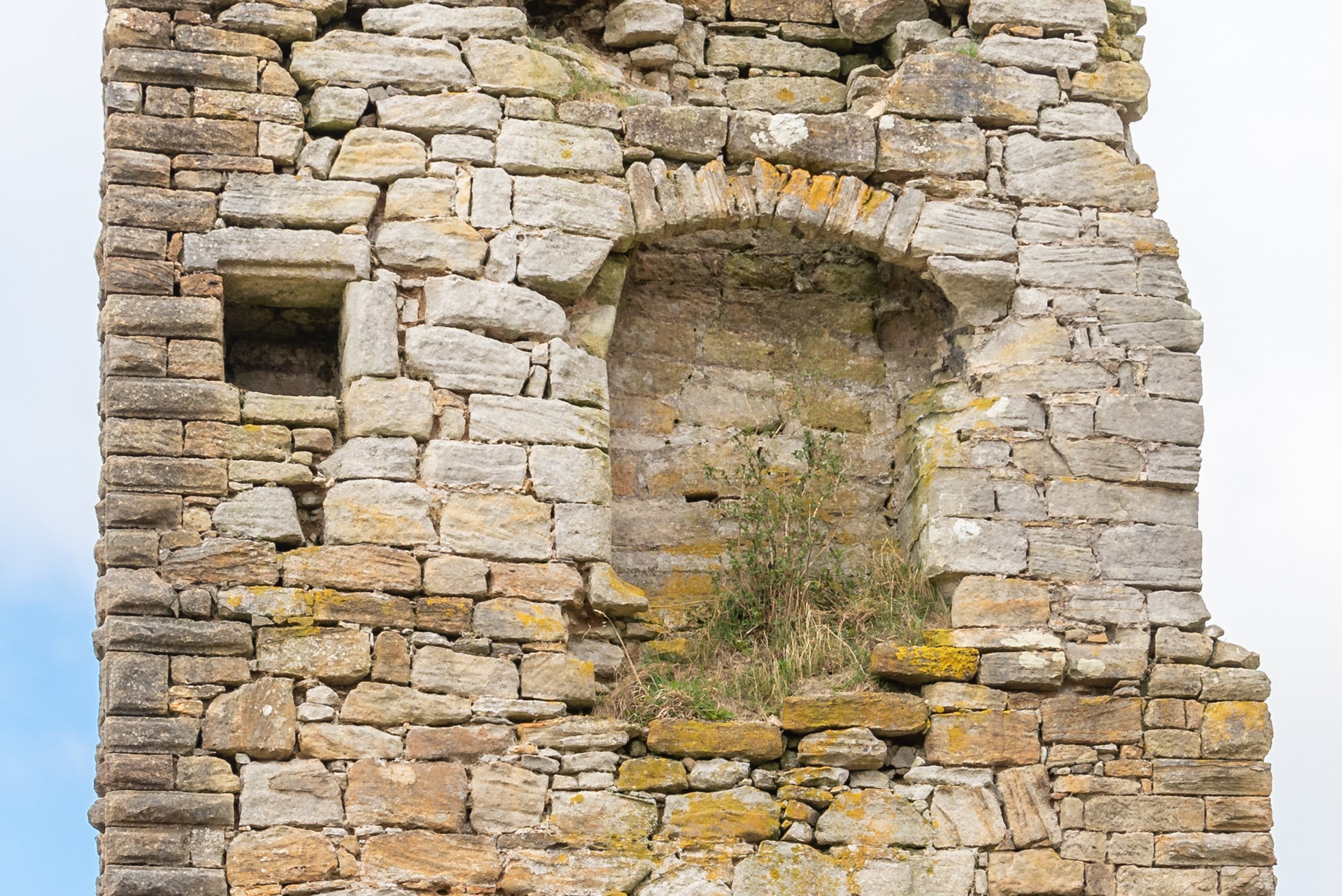
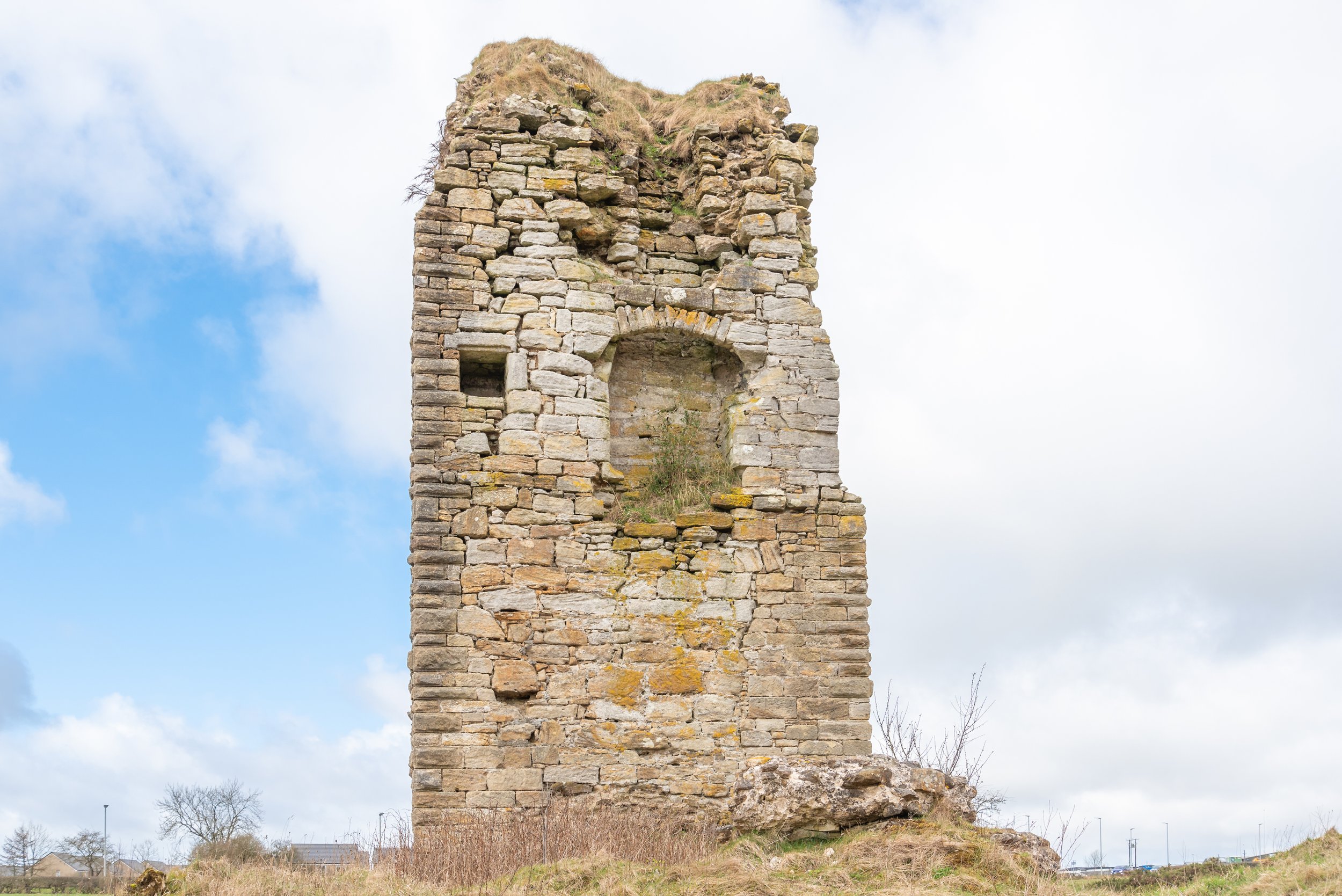
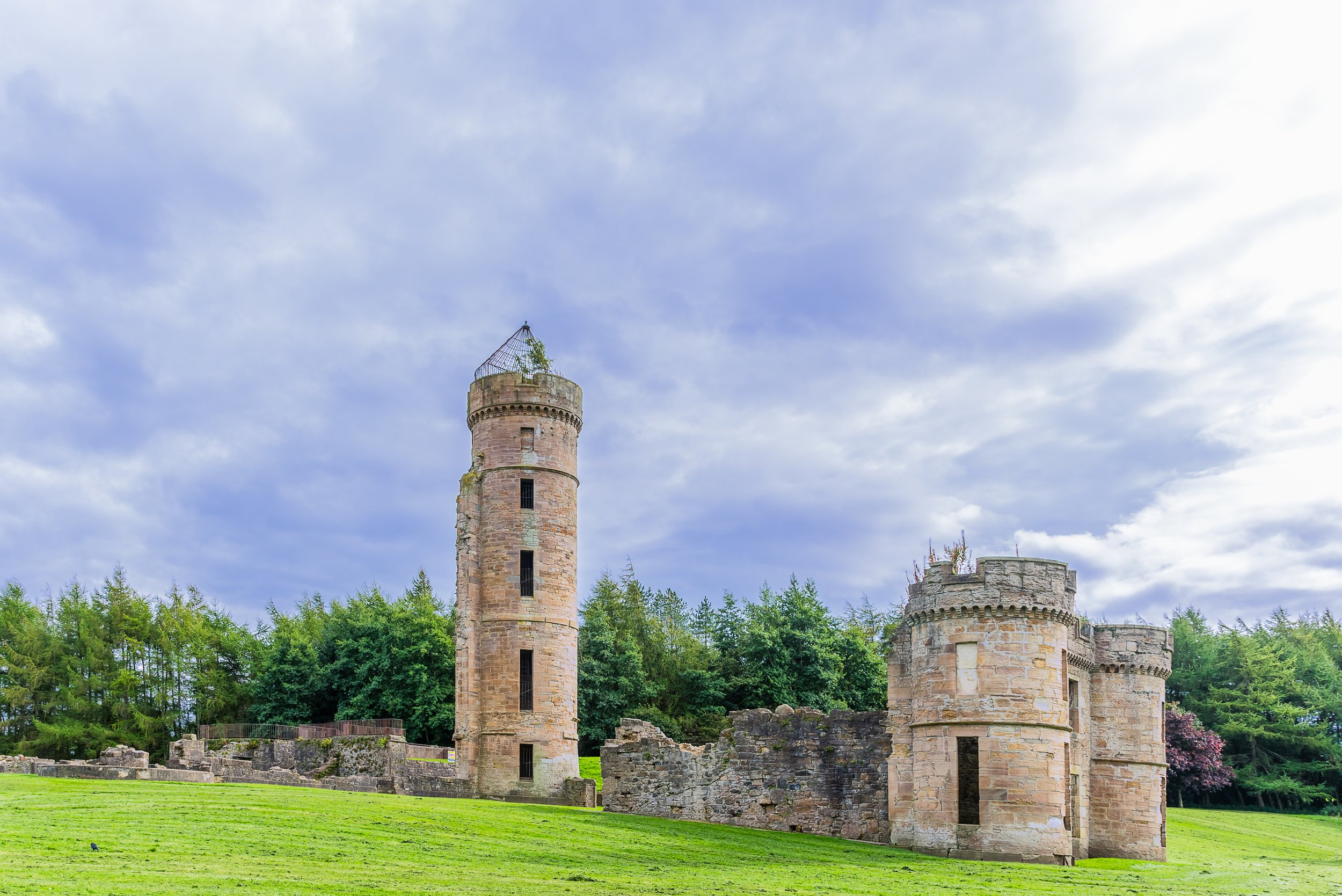
Eglinton Castle Irvine
The ancient seat of the Earls of Eglinton, it is located just south of the town of Kilwinning. The original Eglinton Castle was burnt by the Earl of Glencairn in 1528. The current castle was built between 1797 and 1802 in Gothic castellated style dominated by a central 100-foot (30 m) large round keepand four 70-foot (21 m) outer towers, it was second only to Culzean Castle in appearance and grandeur. The foundation stone of the new Eglinton Castle in Kilwinning was laid in 1797, the 12th Earl of Eglinton, was proud to have the ceremony performed by Alexander Hamilton of Grange, grandfather of the American Hero Alexander Hamilton.
Persistent rumours exist of a Ley tunnel which is said to run from Kilwinning Abbey, under the 'Bean Yaird', below the 'Easter Chaumers' and the 'Leddy firs', and then underneath the Garnock and on to Eglinton Castle. No evidence exists for it, although it may be related to the underground burial vault of the Montgomeries which does exist under the old abbey. A ley or an escape tunnel is also said to run from the castle to exit at the old waterfall near the rockery. It is reported that a tunnel ran from the castle to near the existing Castle Bridge. This tunnel was stone lined and tall enough for a man to walk through. This is likely to have been the main drain from the castle.
Famous Eglinton Tournament: Eglinton is best remembered for the lavish, if ill-fated Eglinton Tournament, a medieval-style tournament organised in 1839 by the 13th Earl. The expense and extent of the preparations became news across Scotland, and the railway line was even opened in advance of its official opening to ferry guests to Eglinton. Although high summer, in typical Scottish style torrential rain washed the proceedings out, despite the participants, in full period dress, gamely attempting to participate in events such as jousting. Amongst the participants was Prince Louis-Napoléon Bonaparte (the future Emperor Napoléon III of the French).
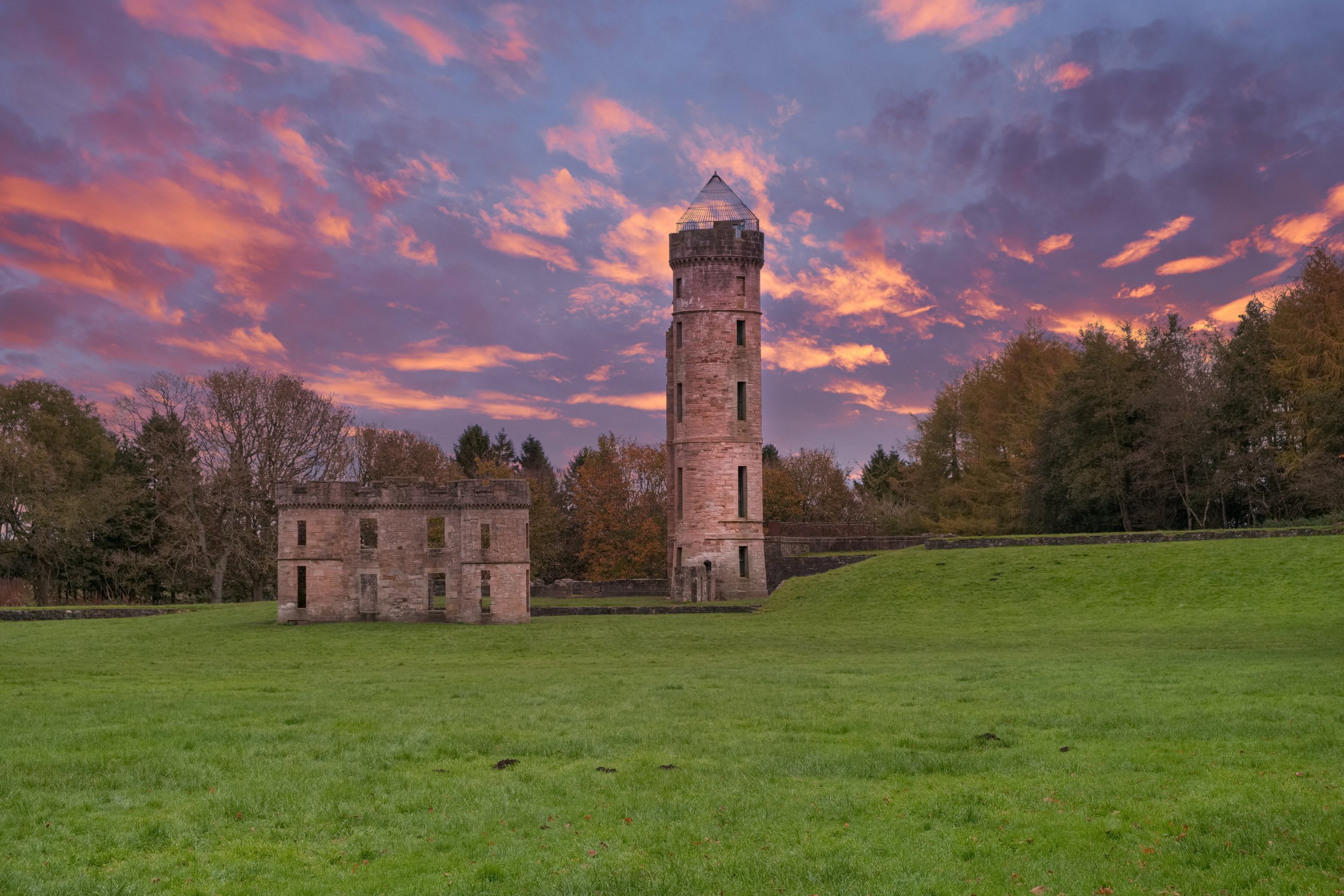
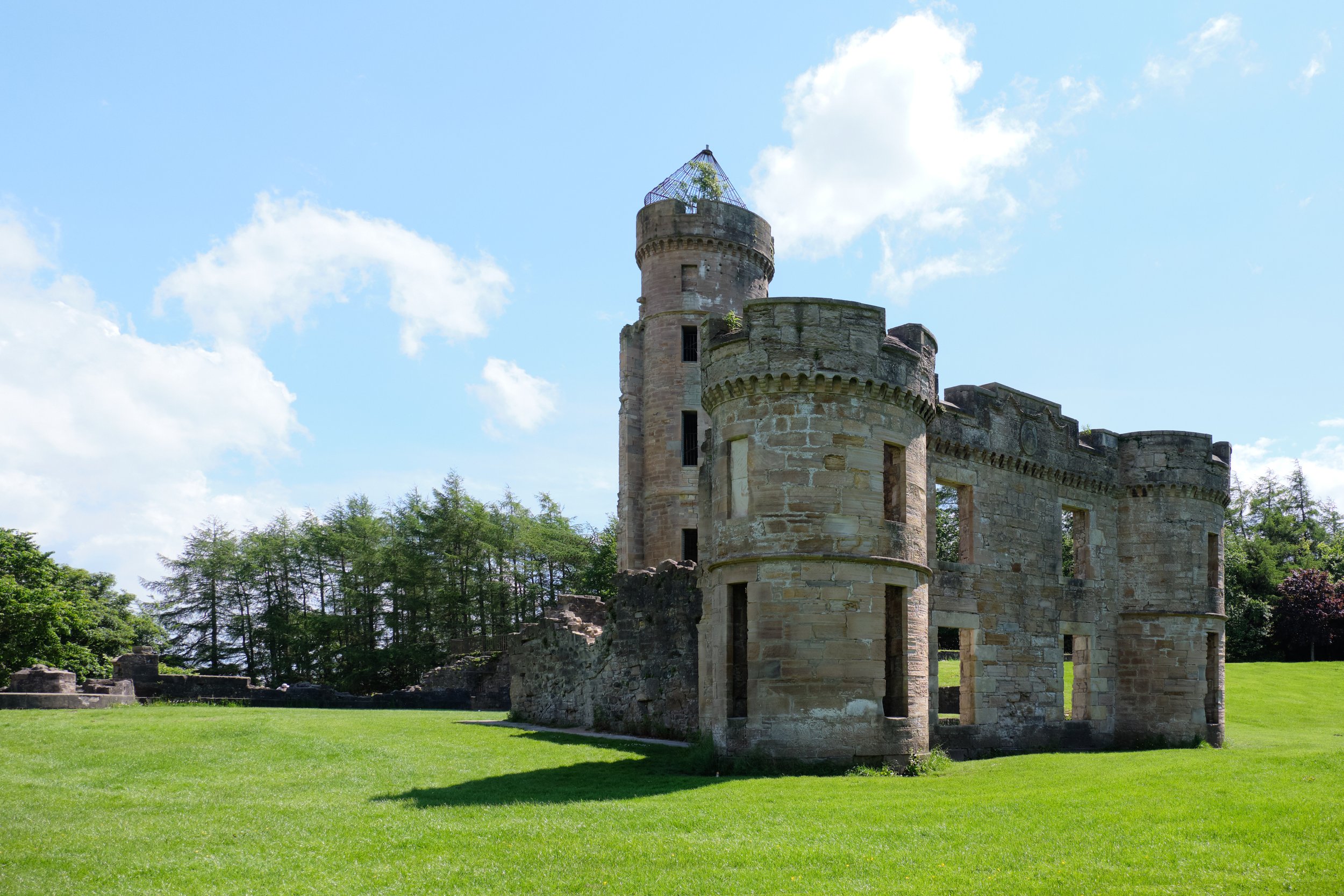

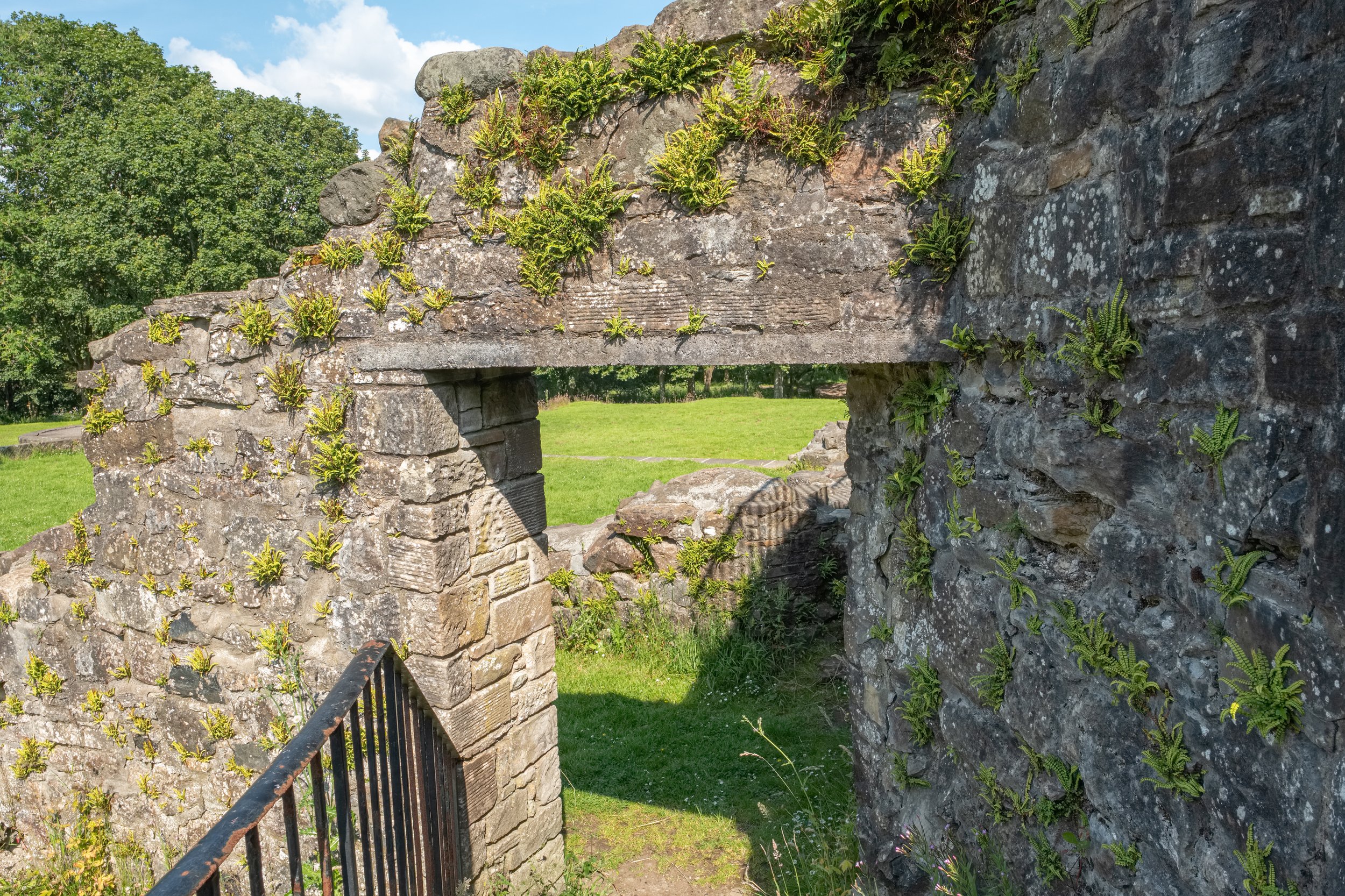

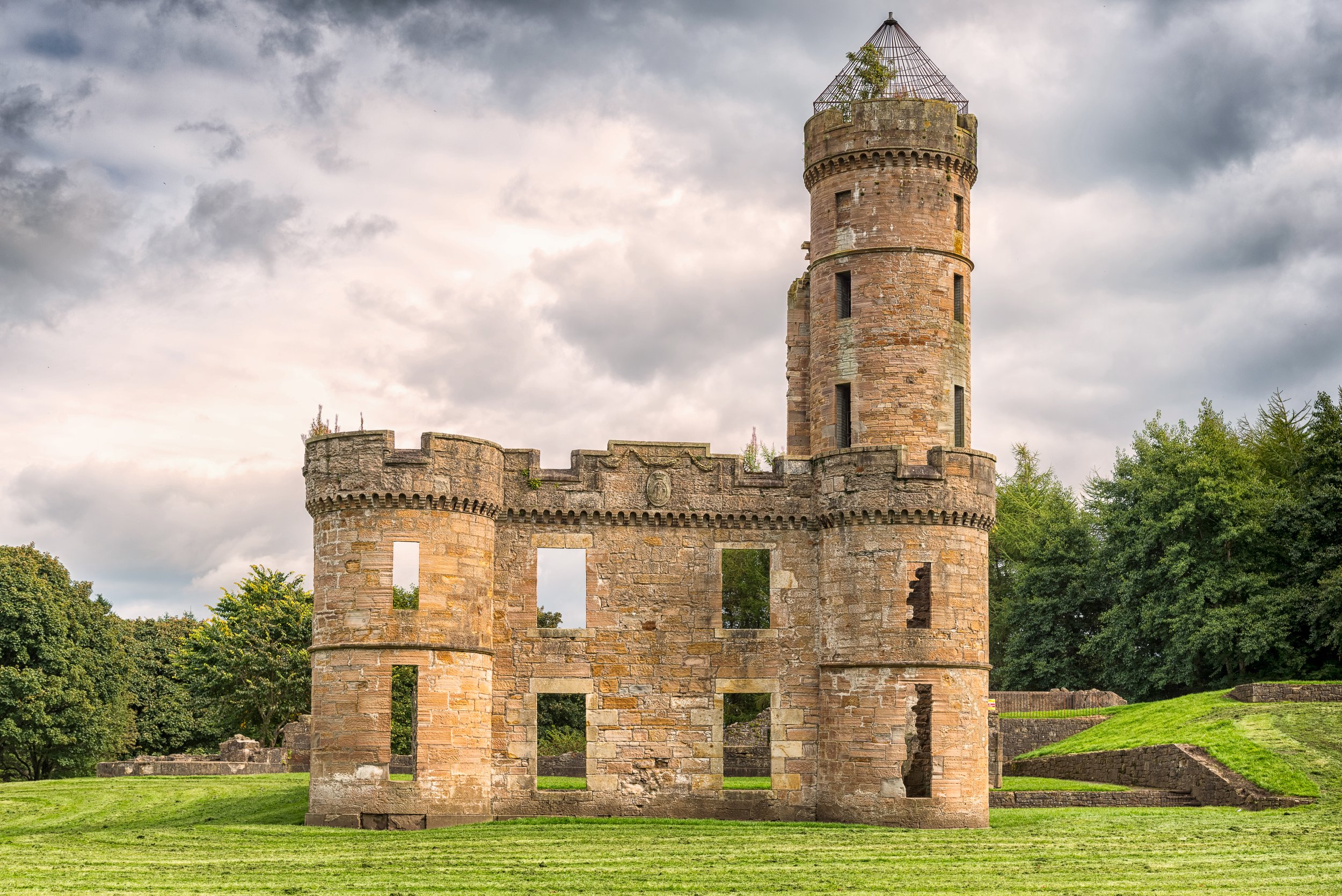
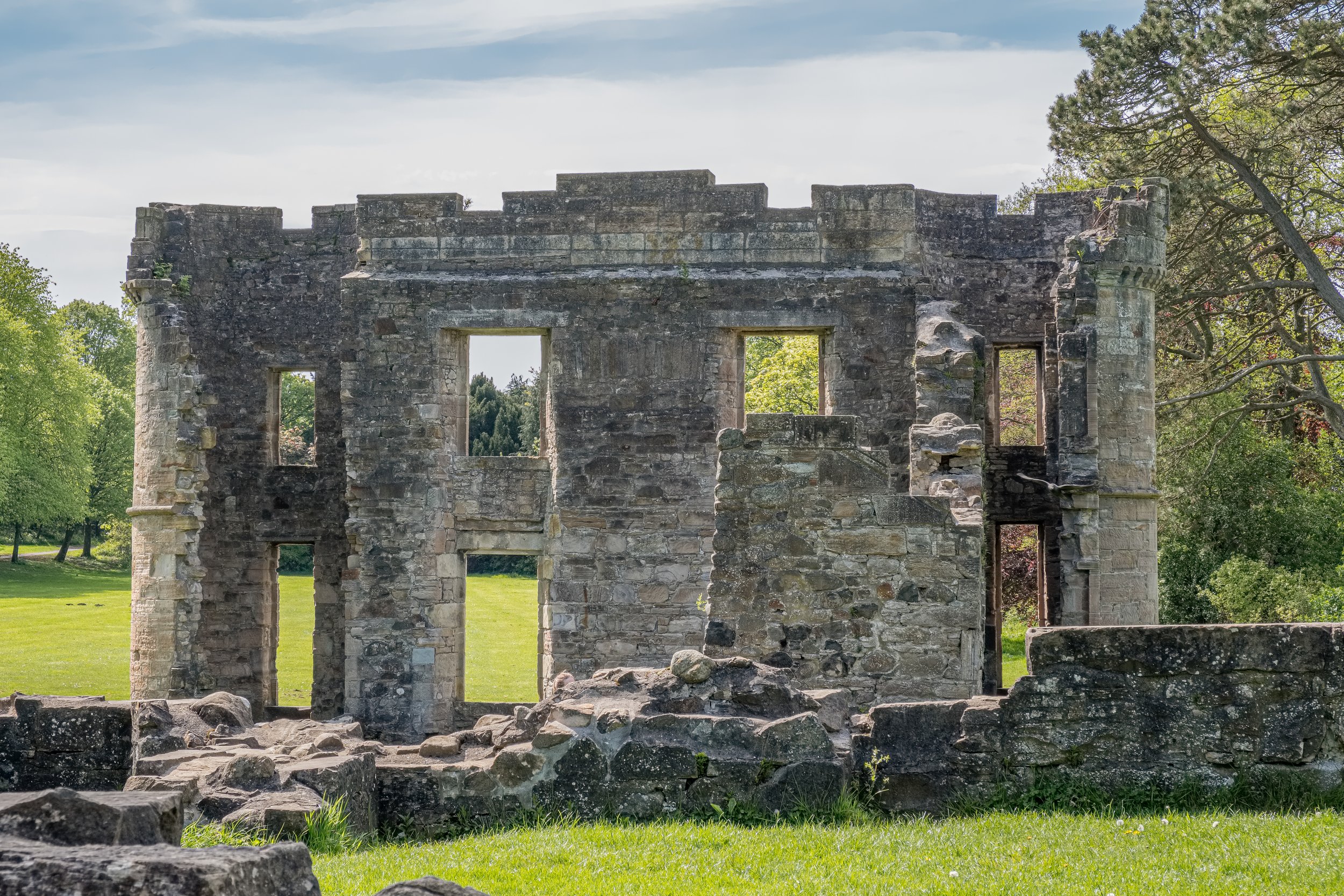
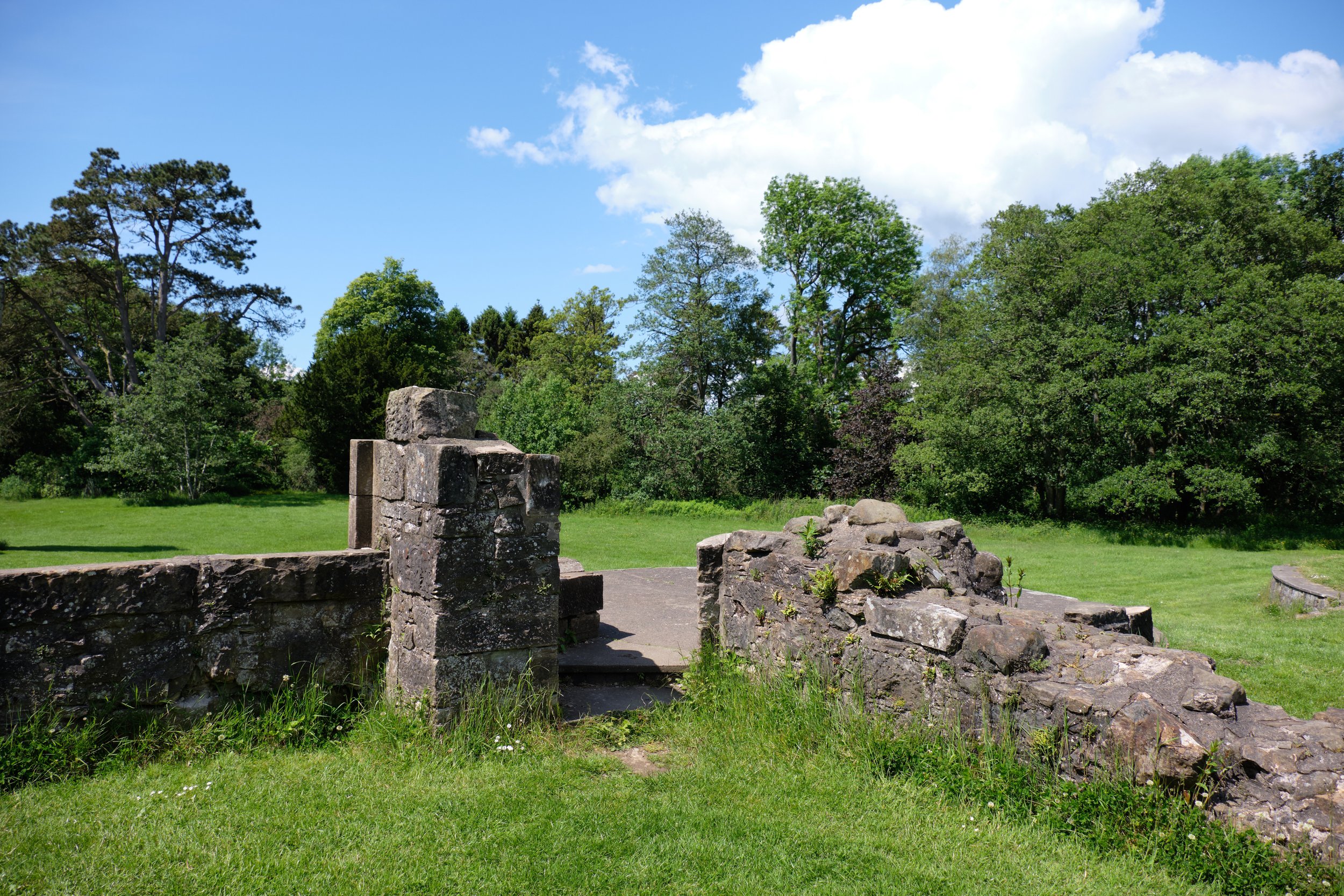
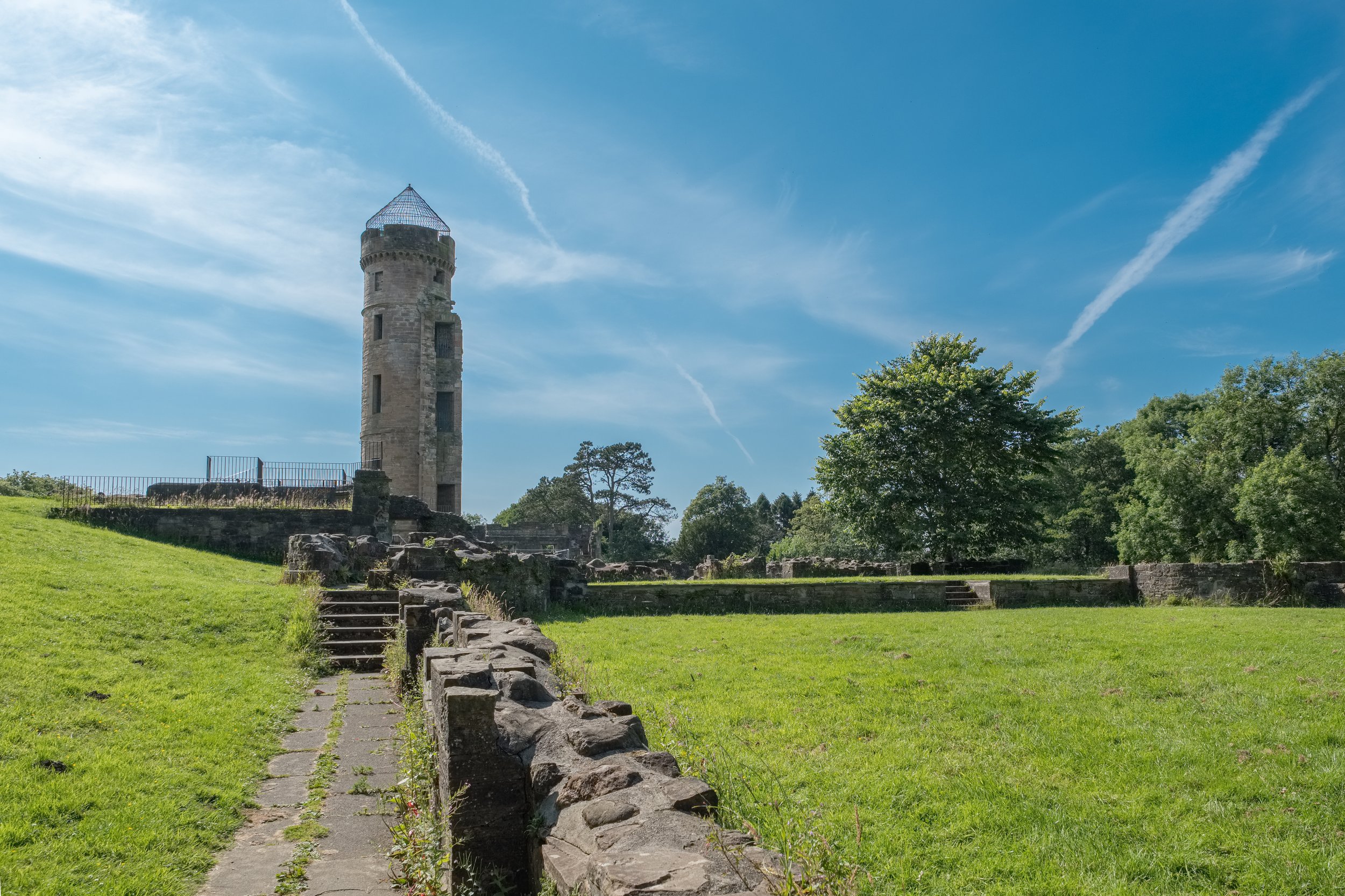
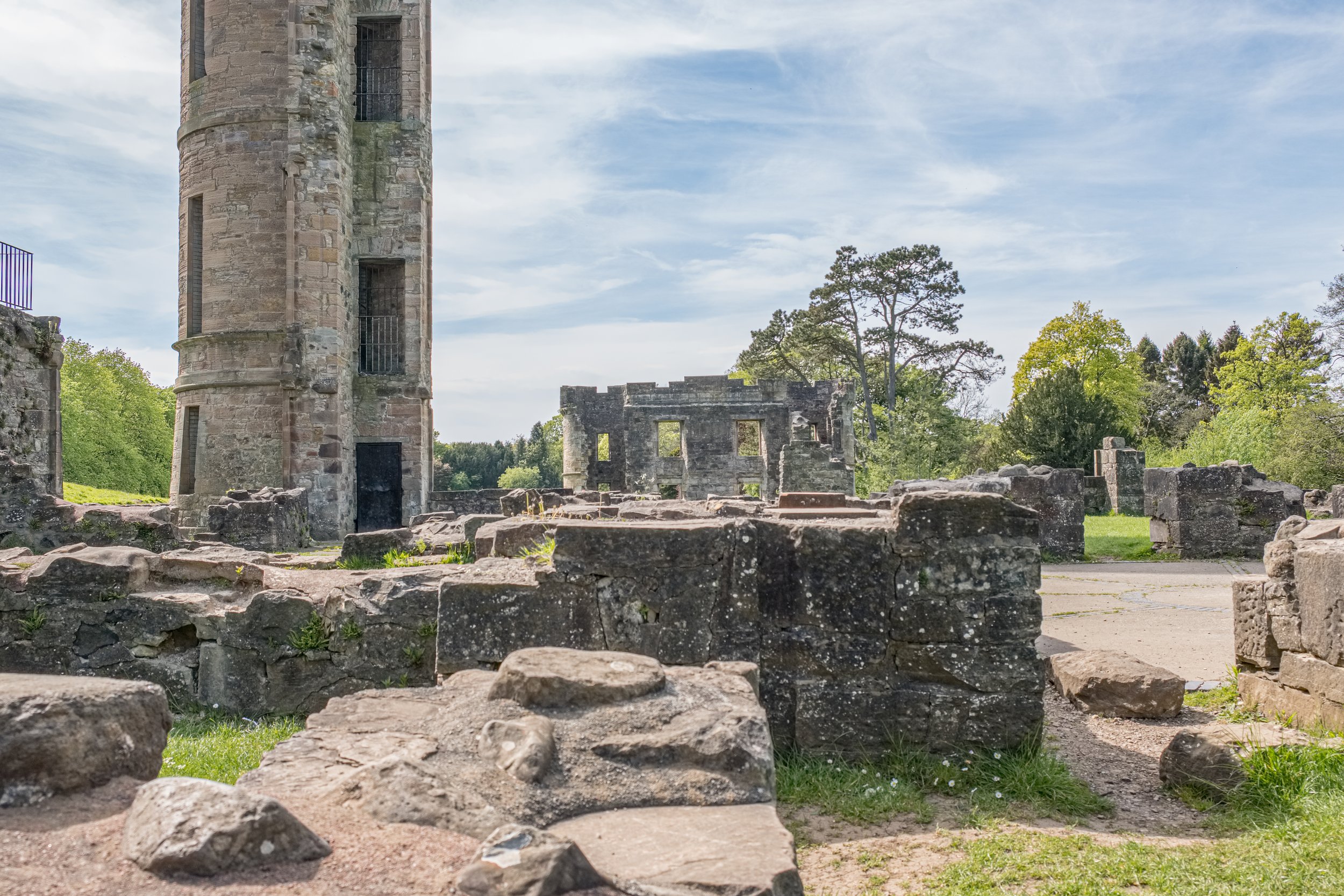

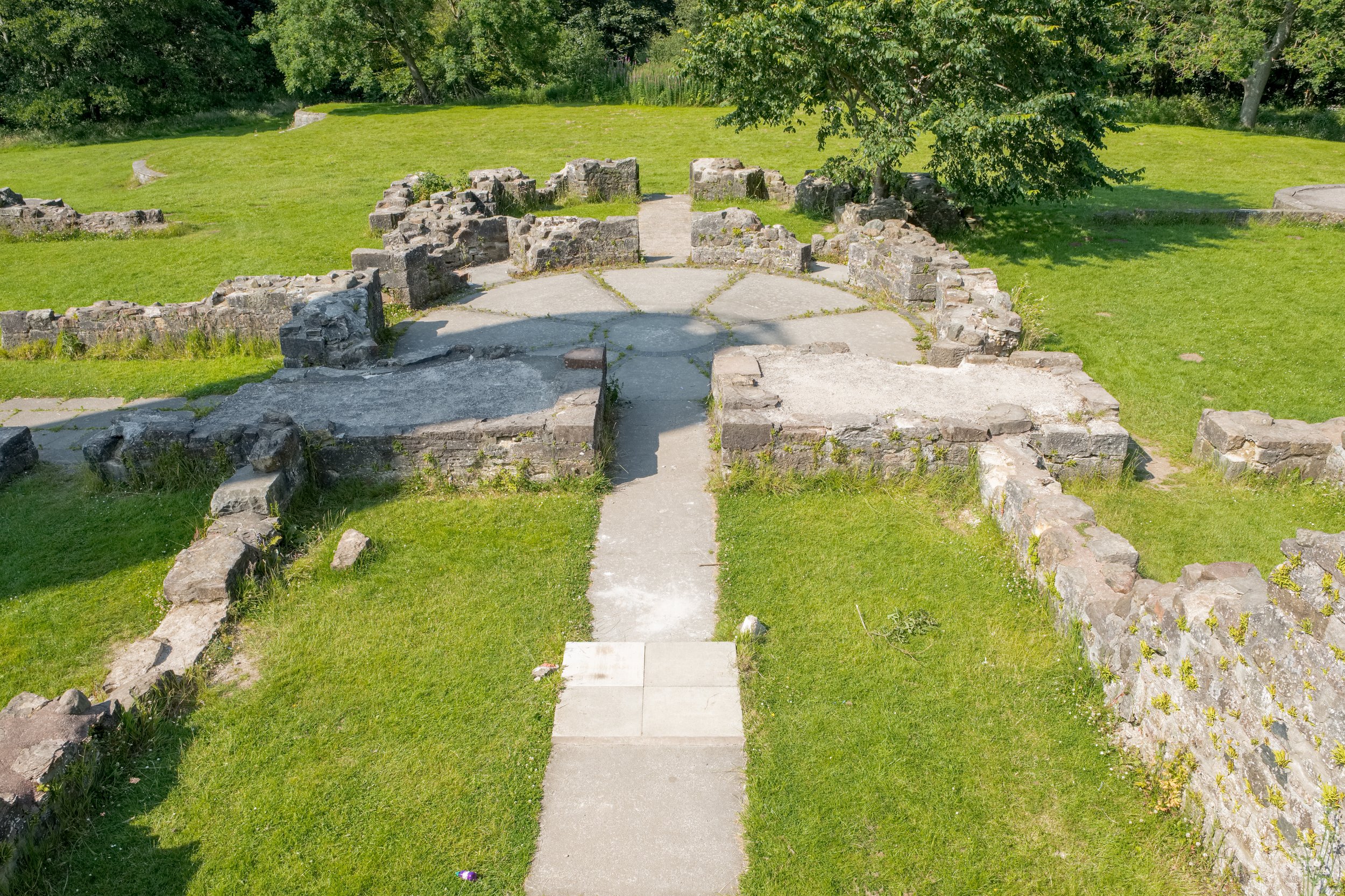
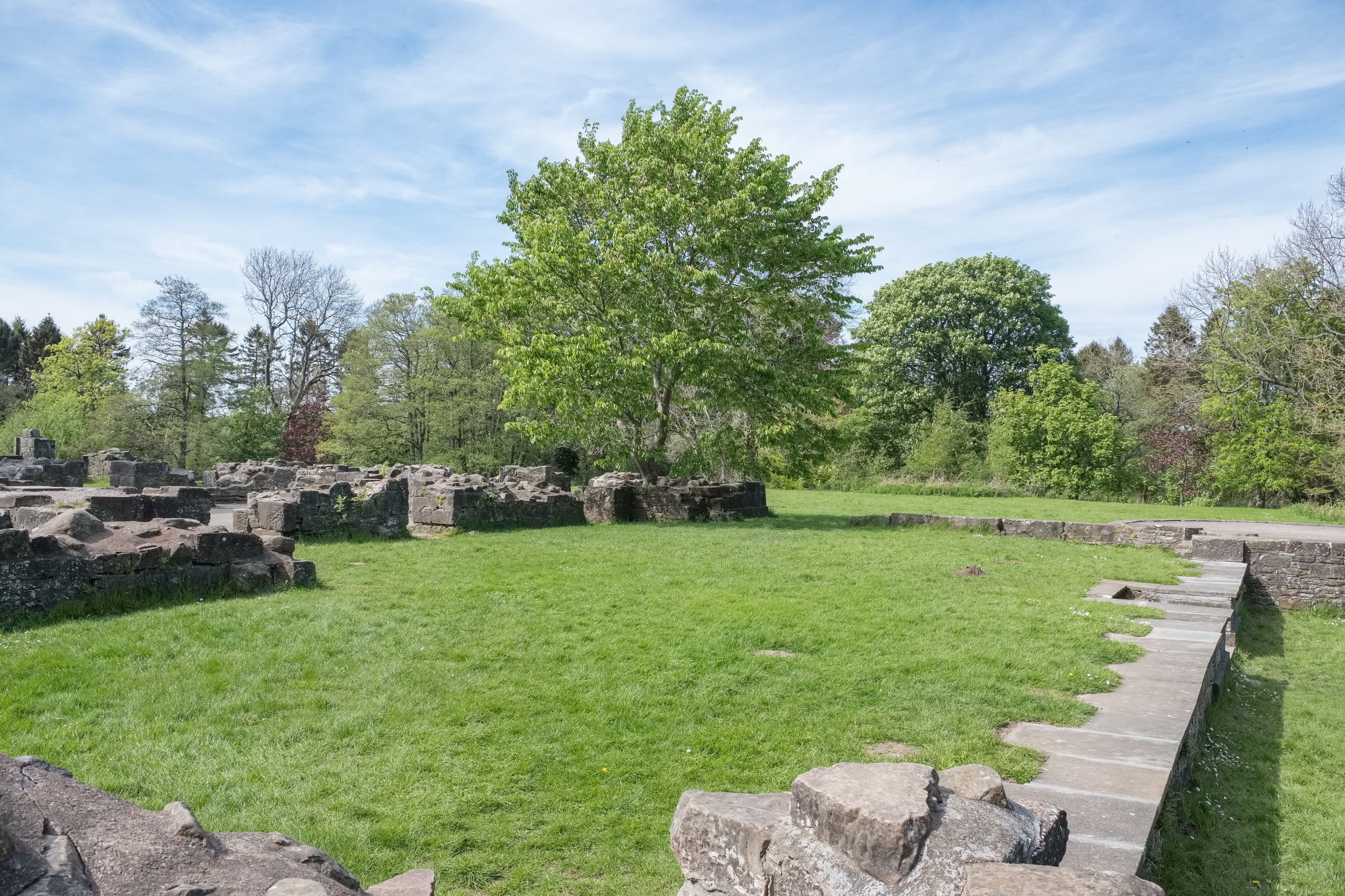

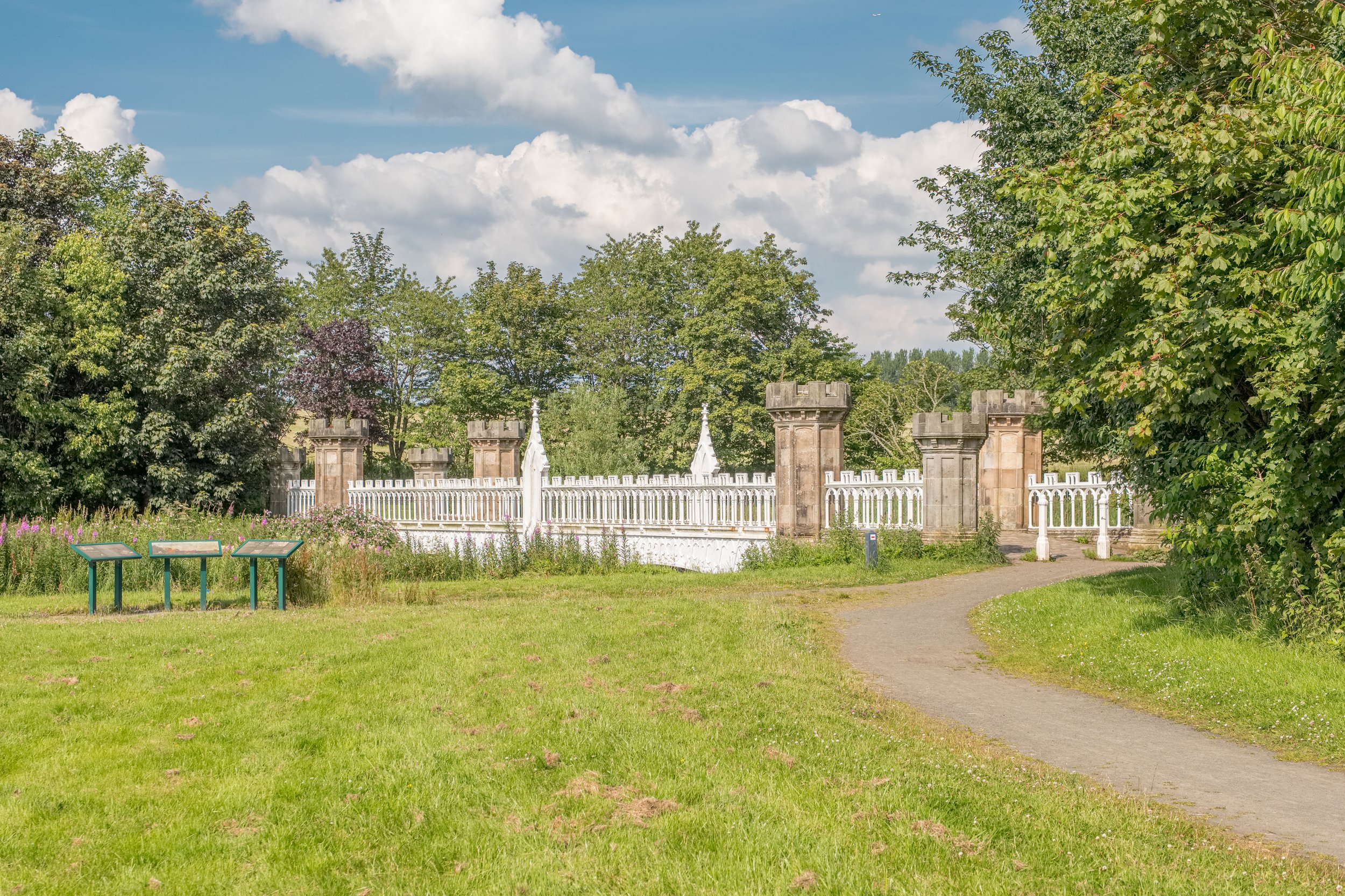
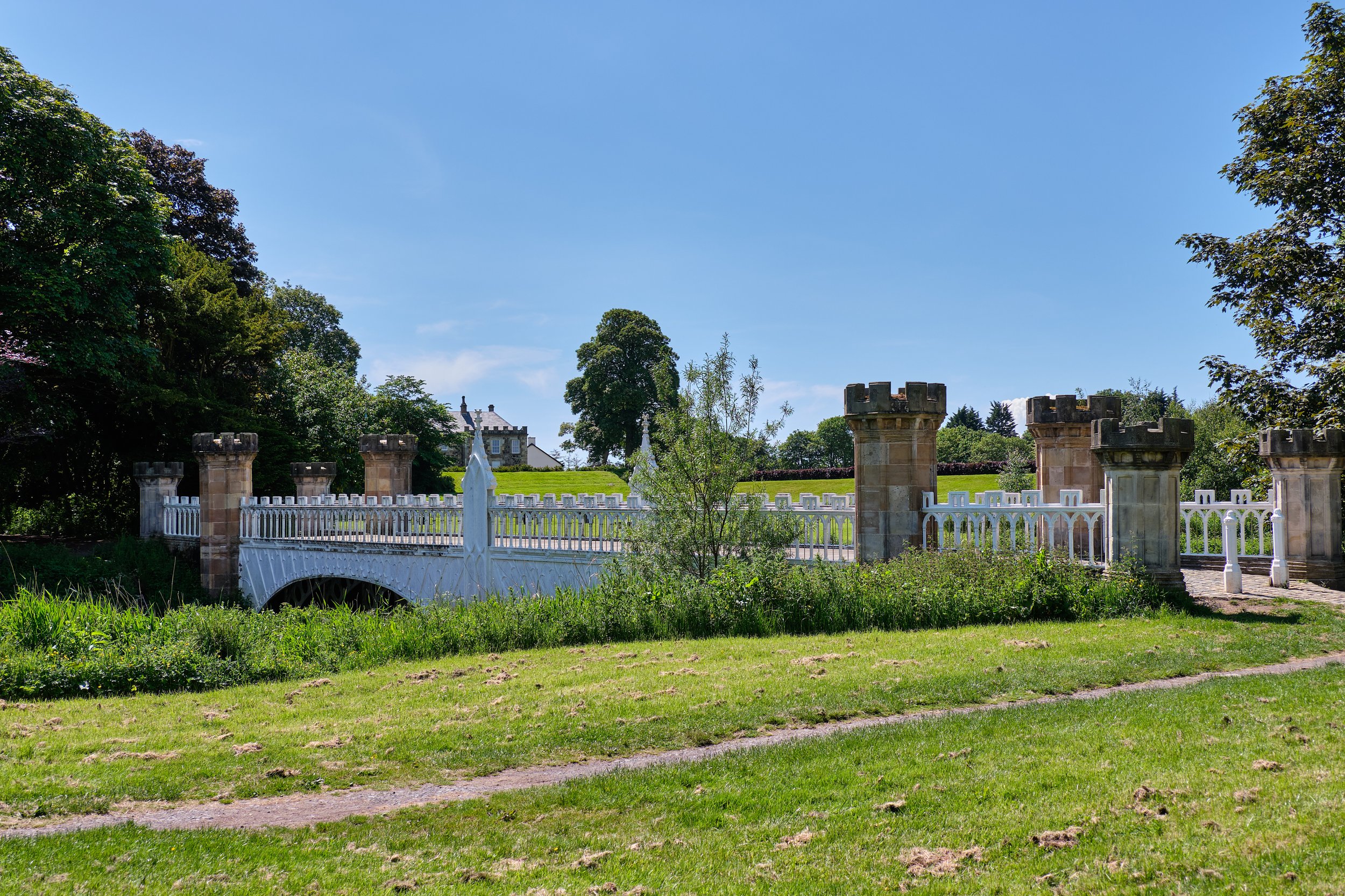
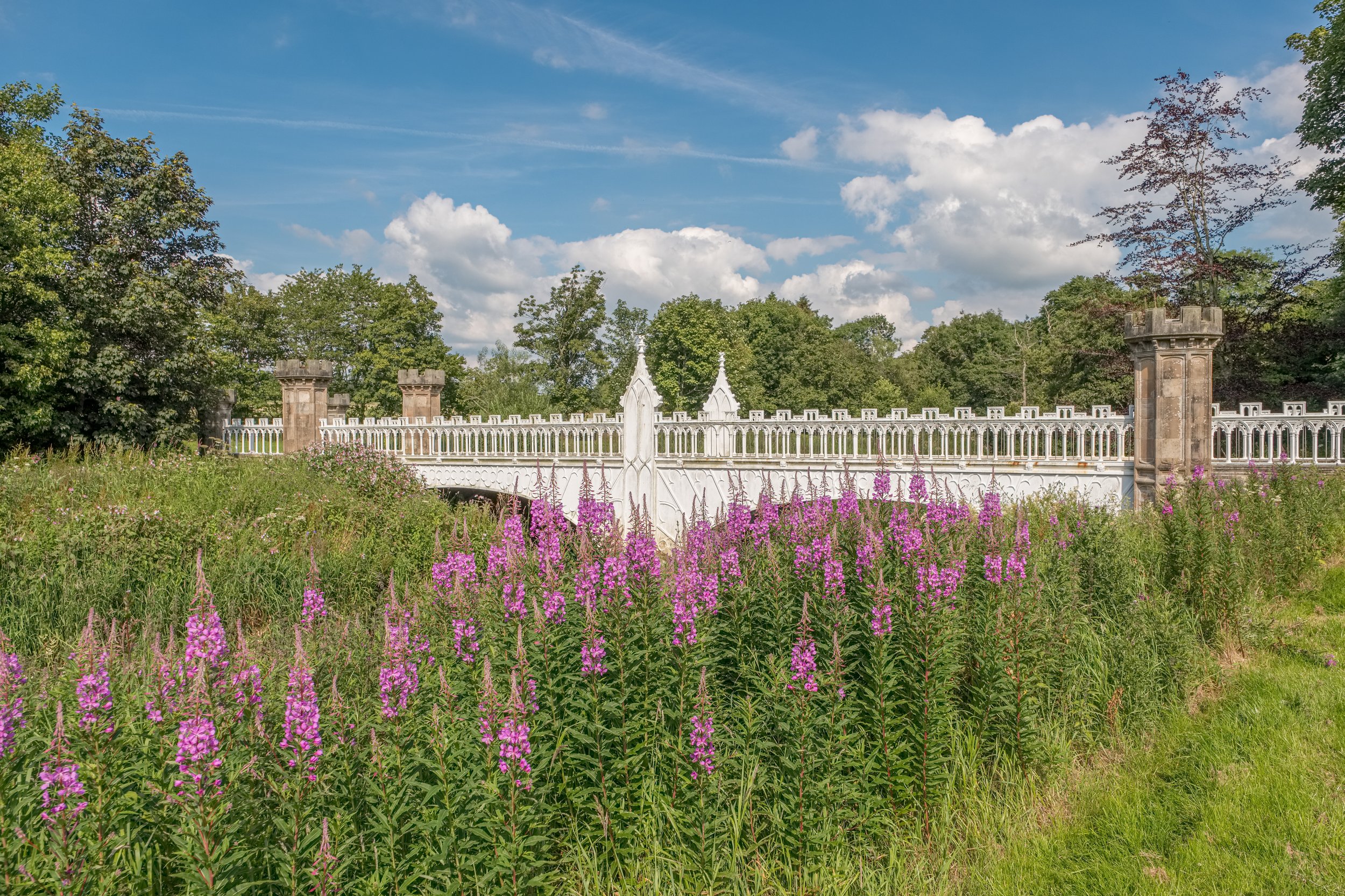
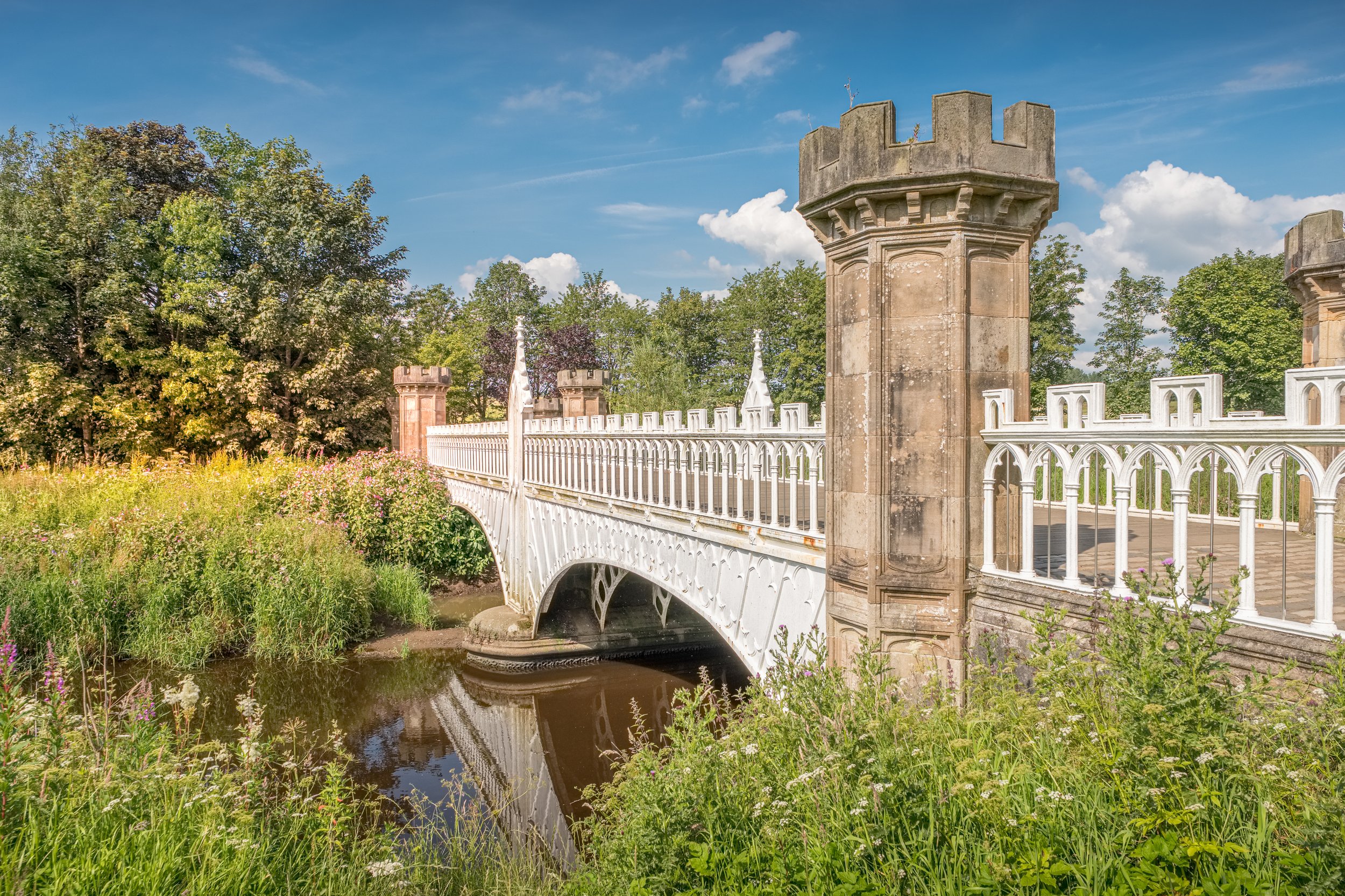
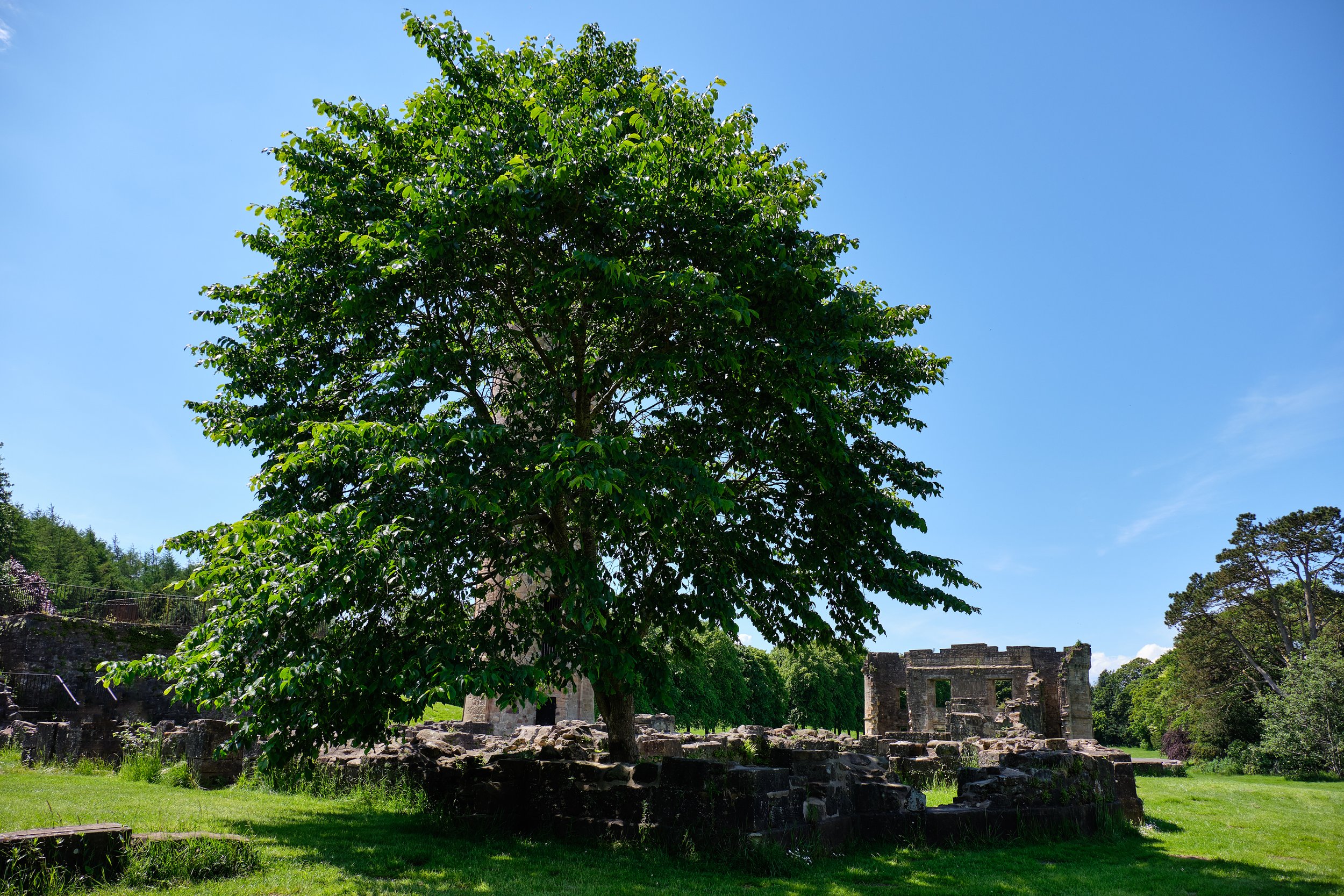
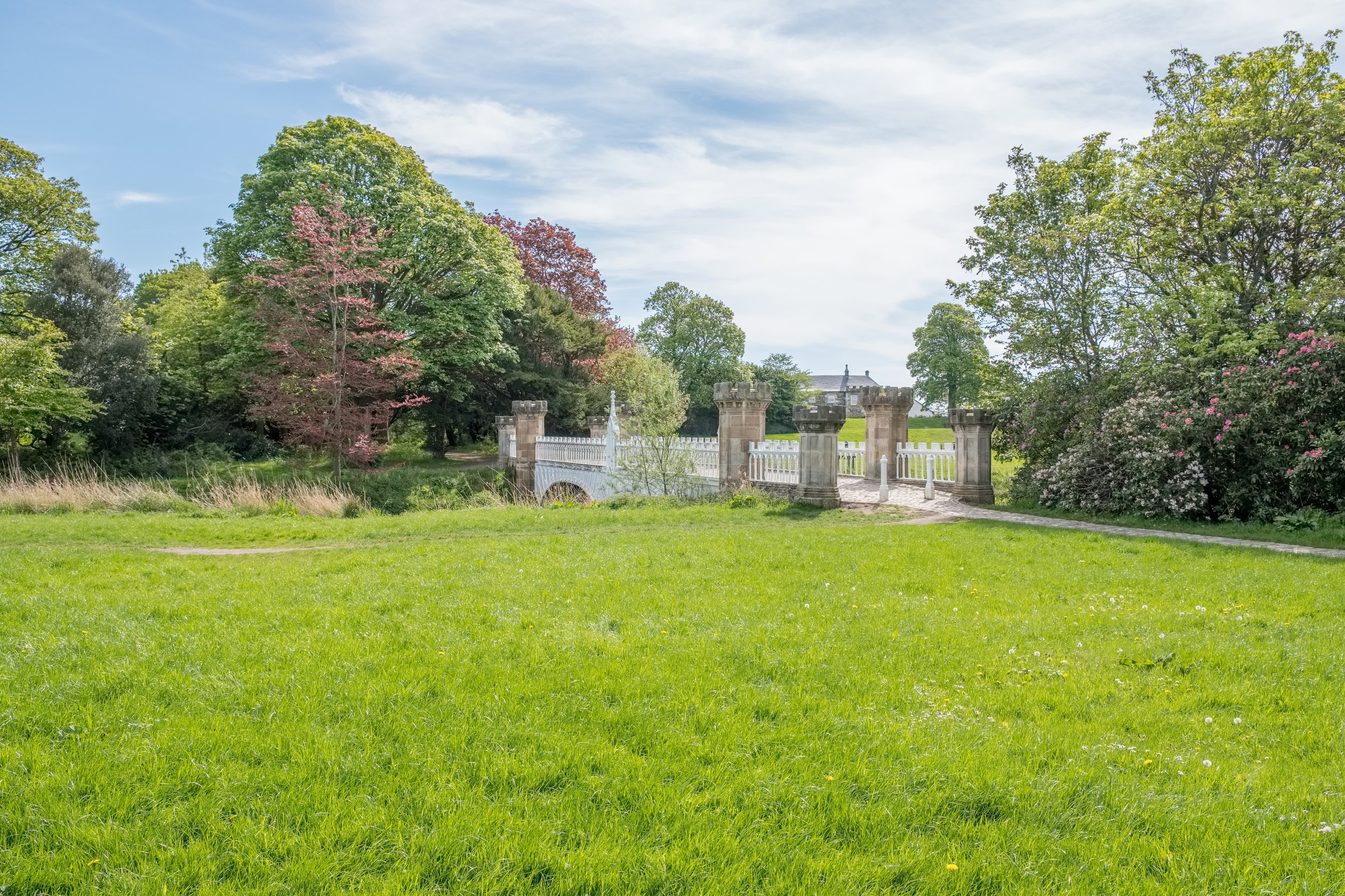
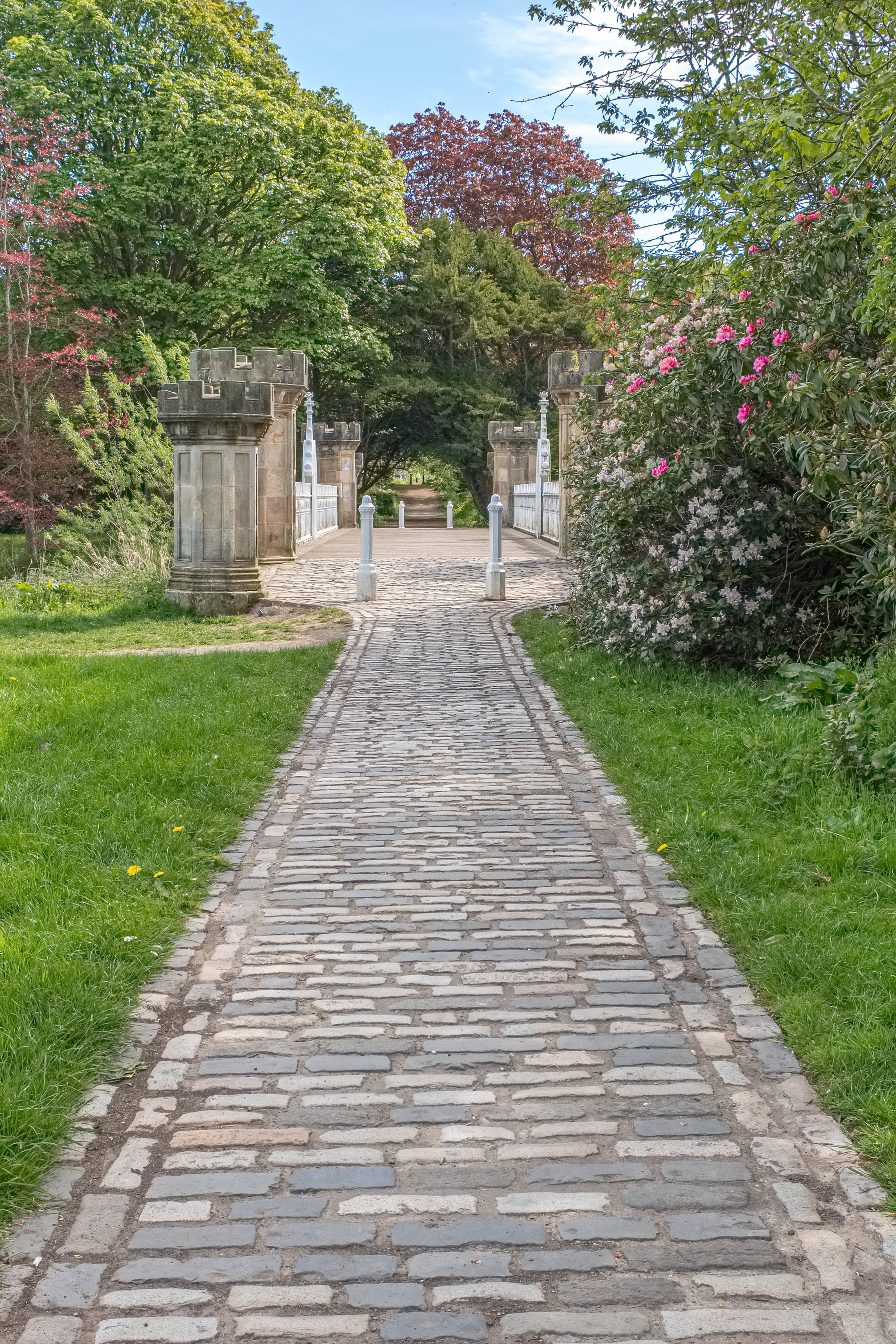
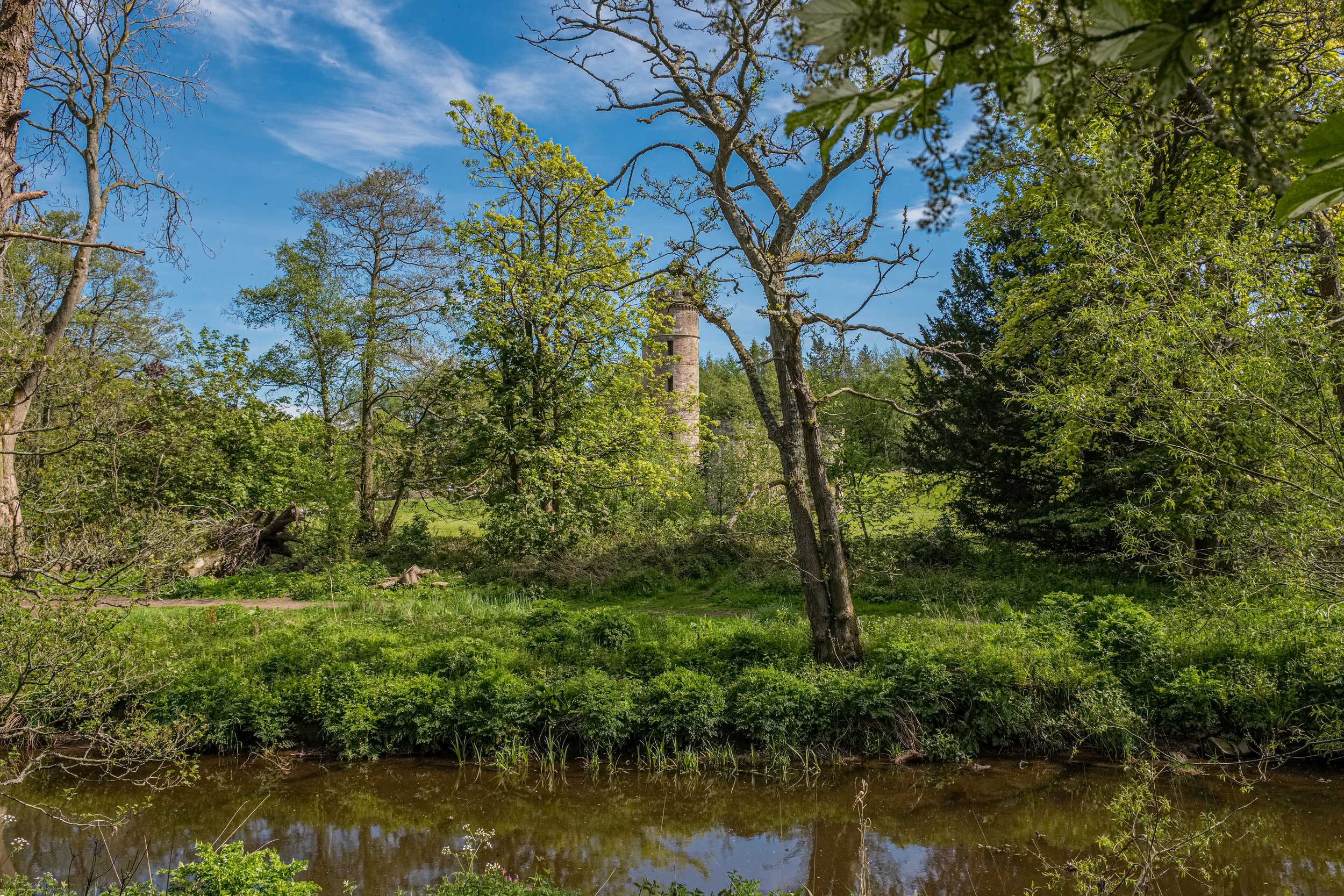
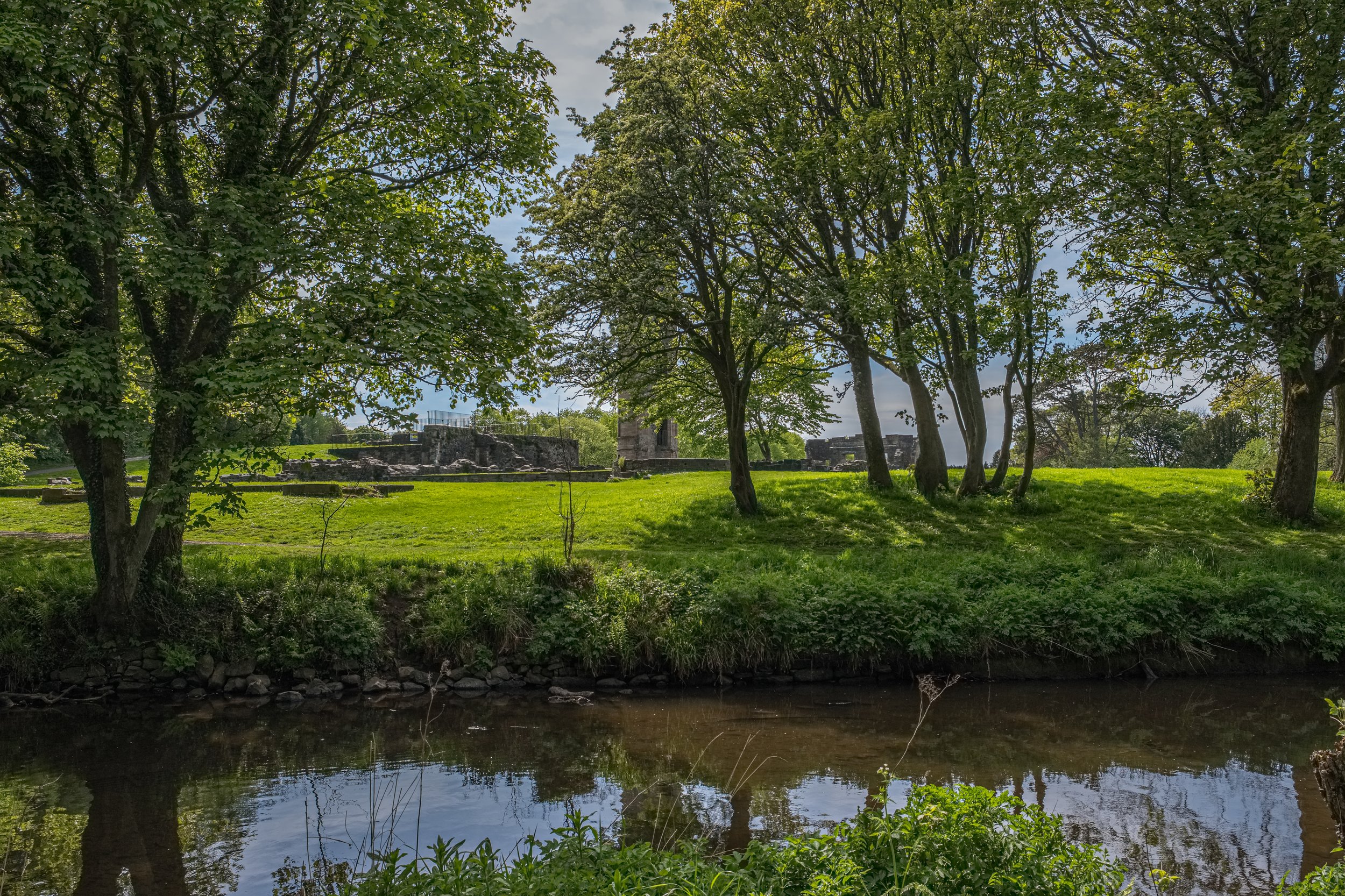
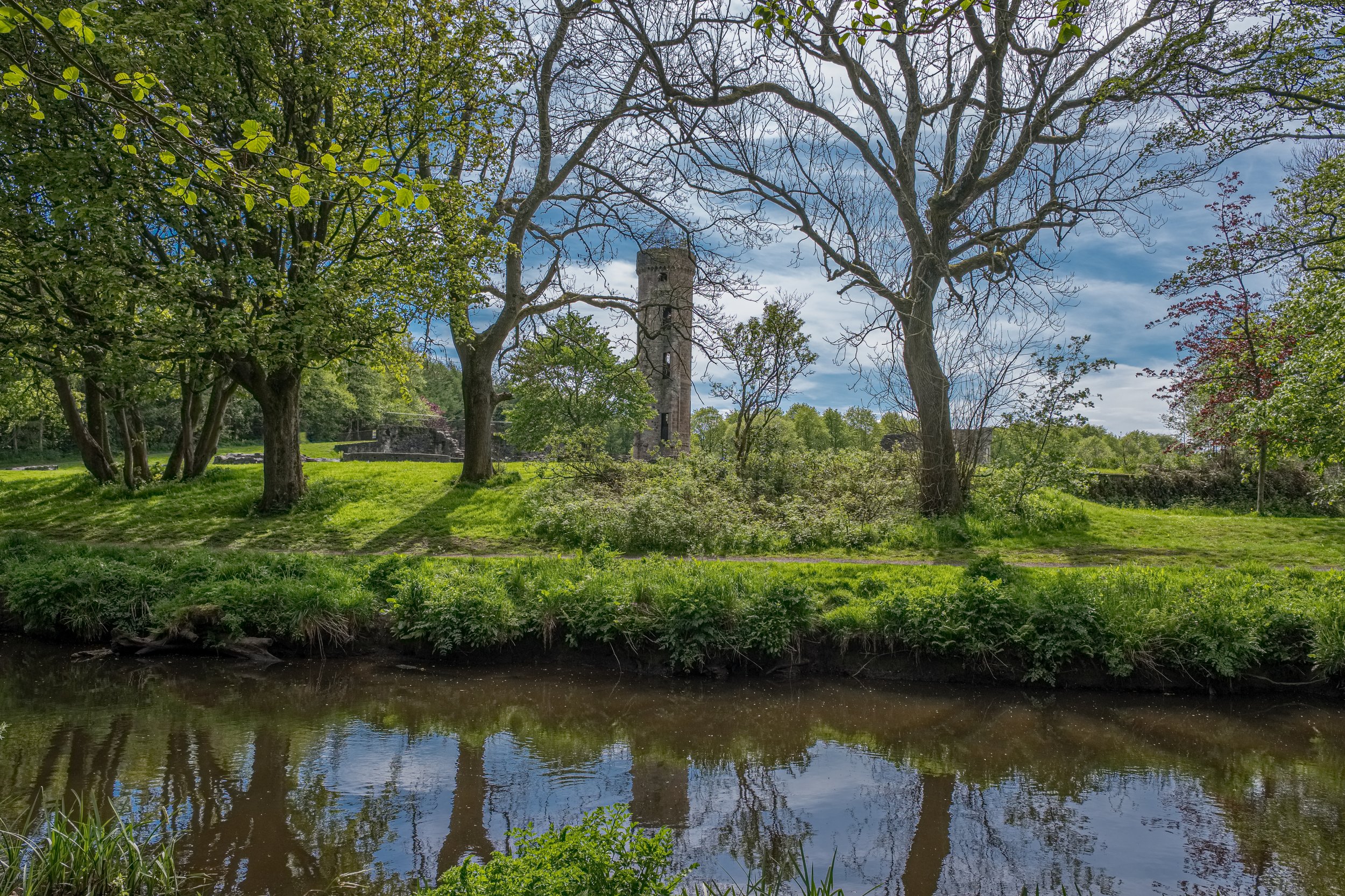

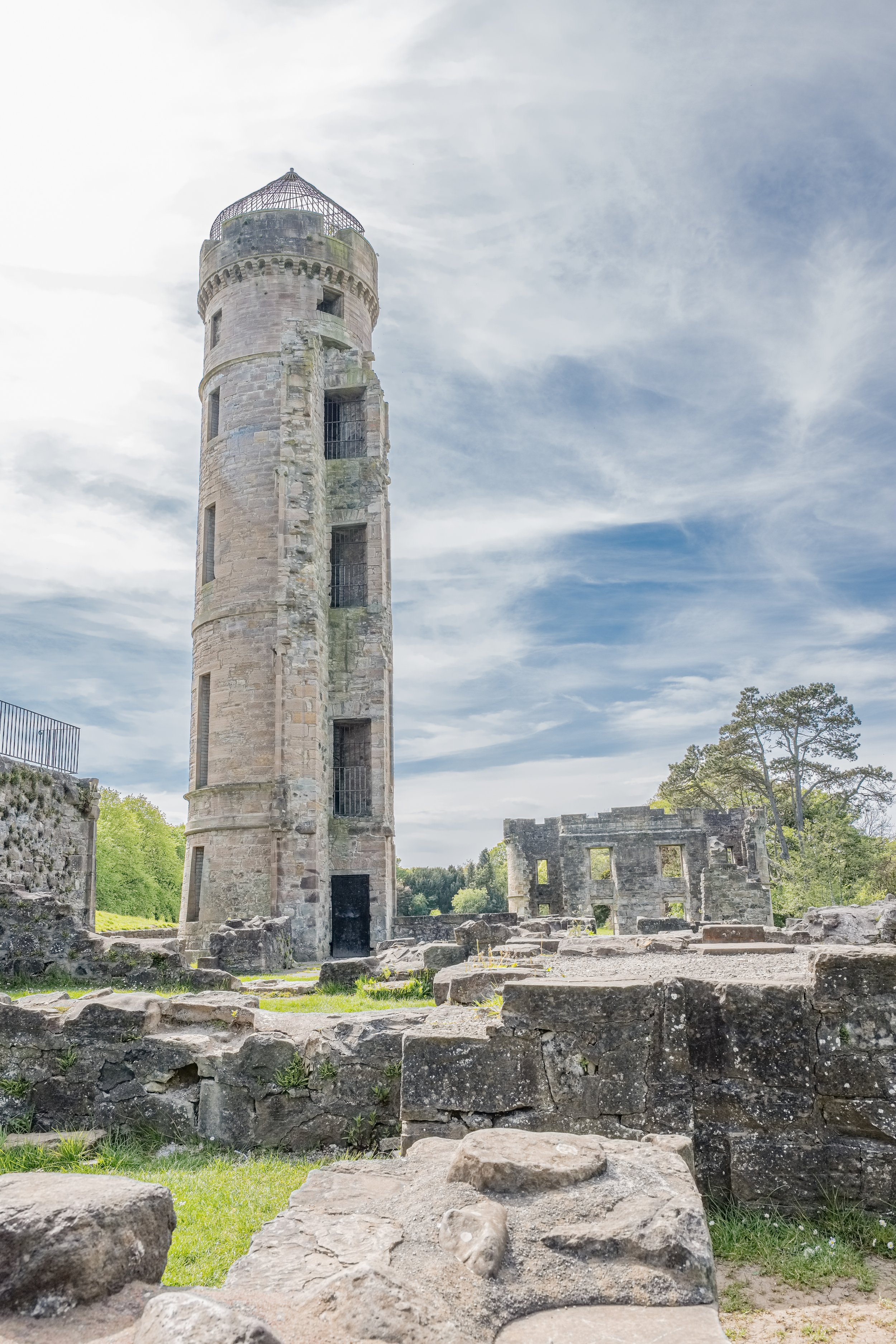
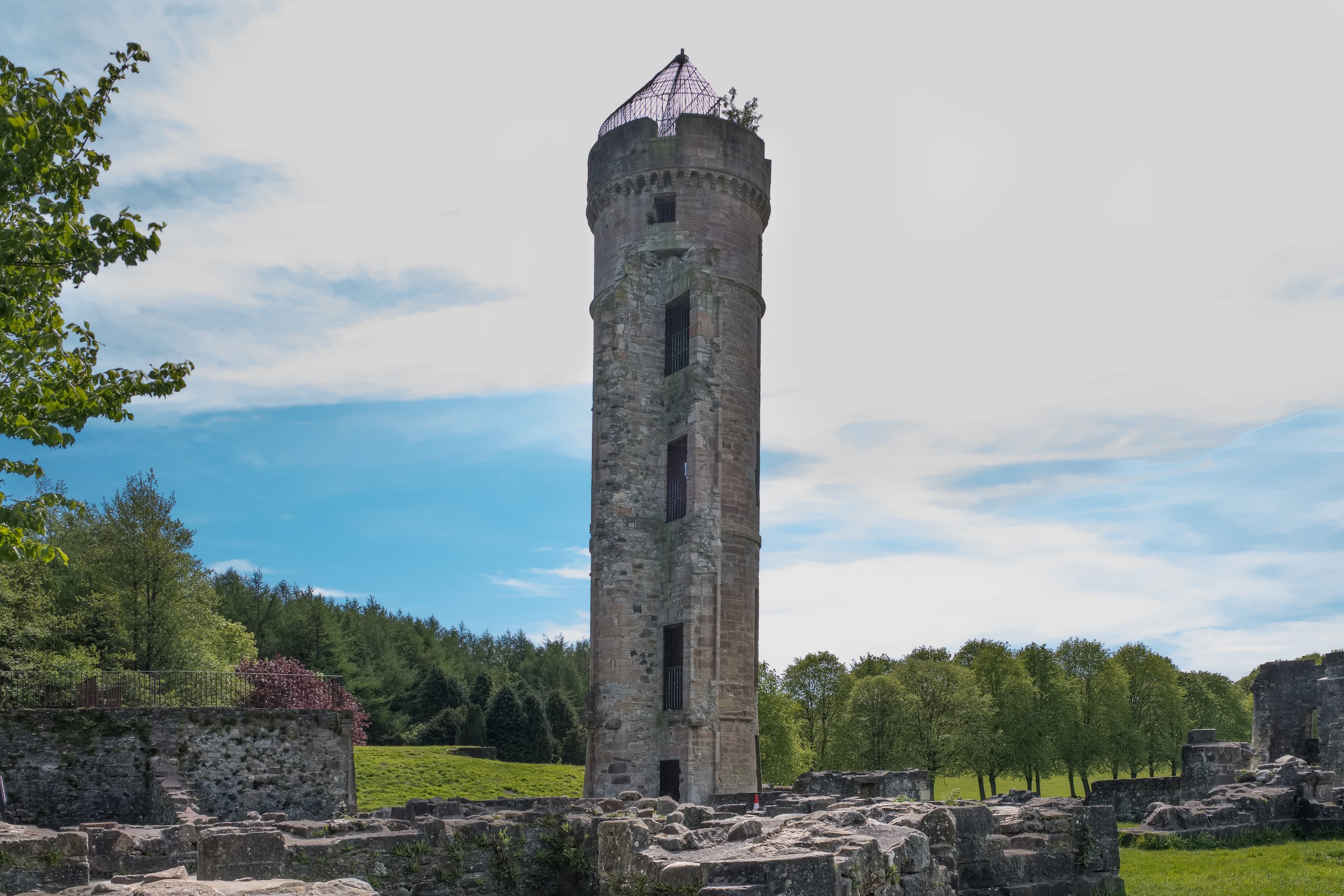
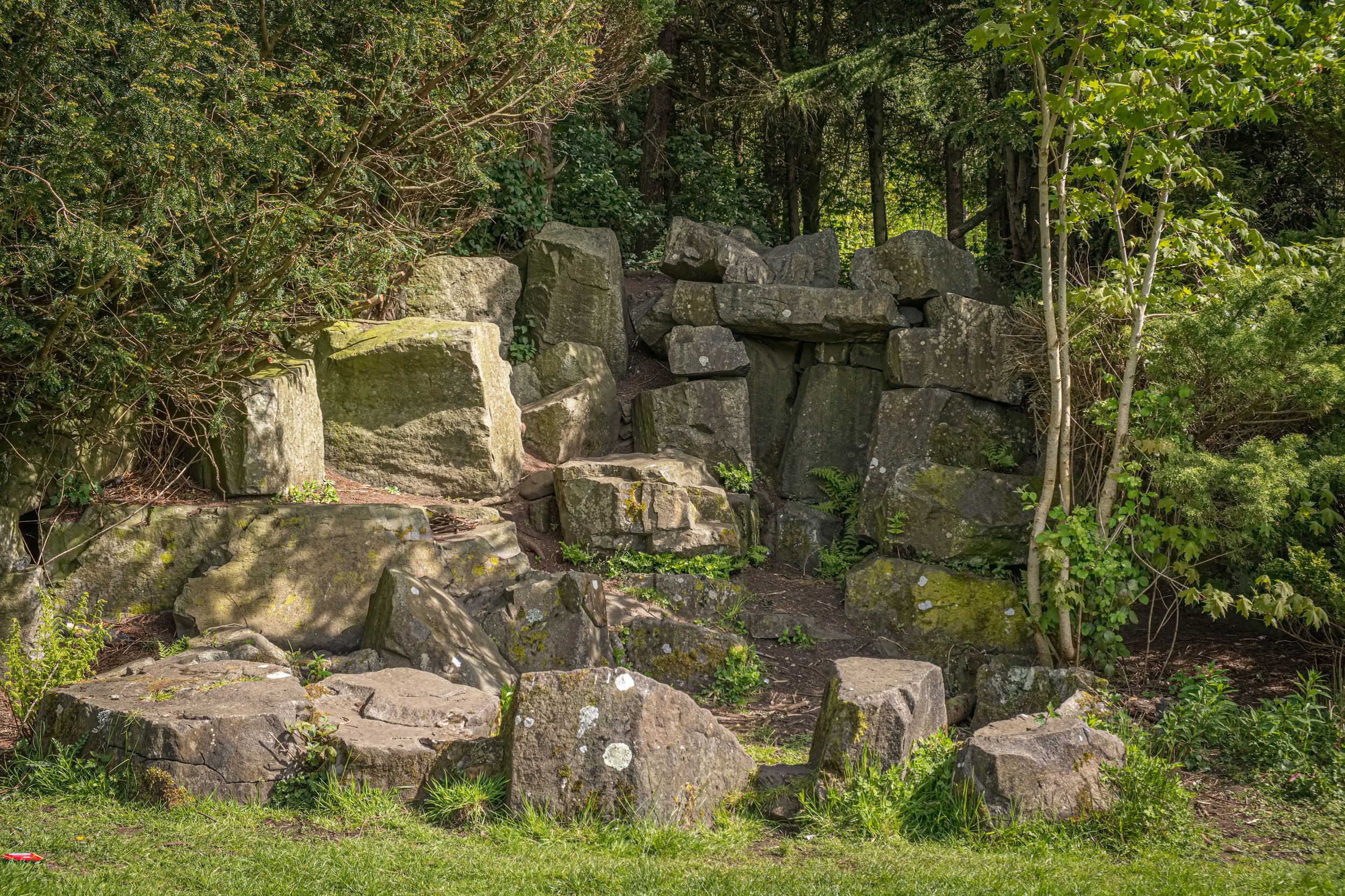
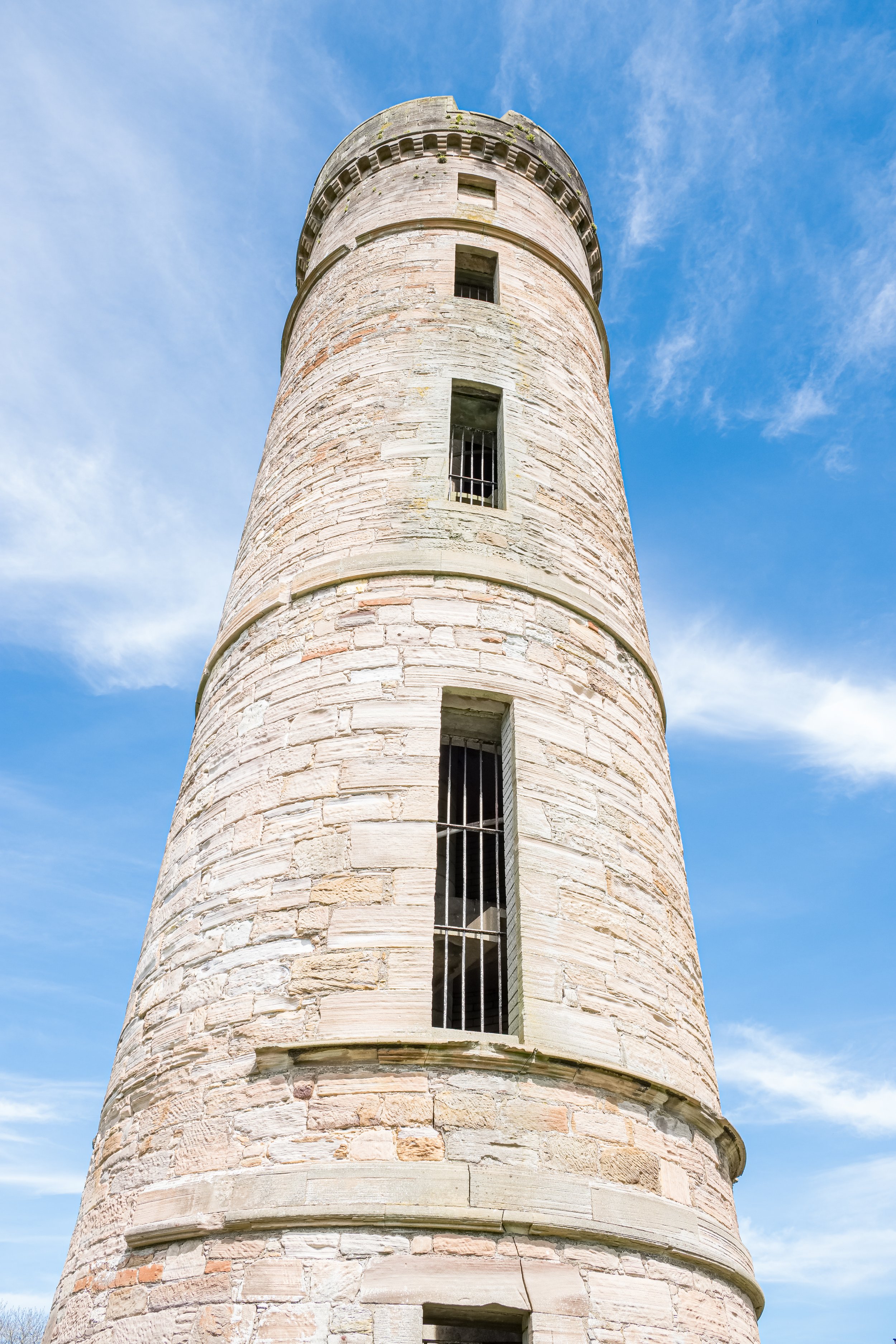
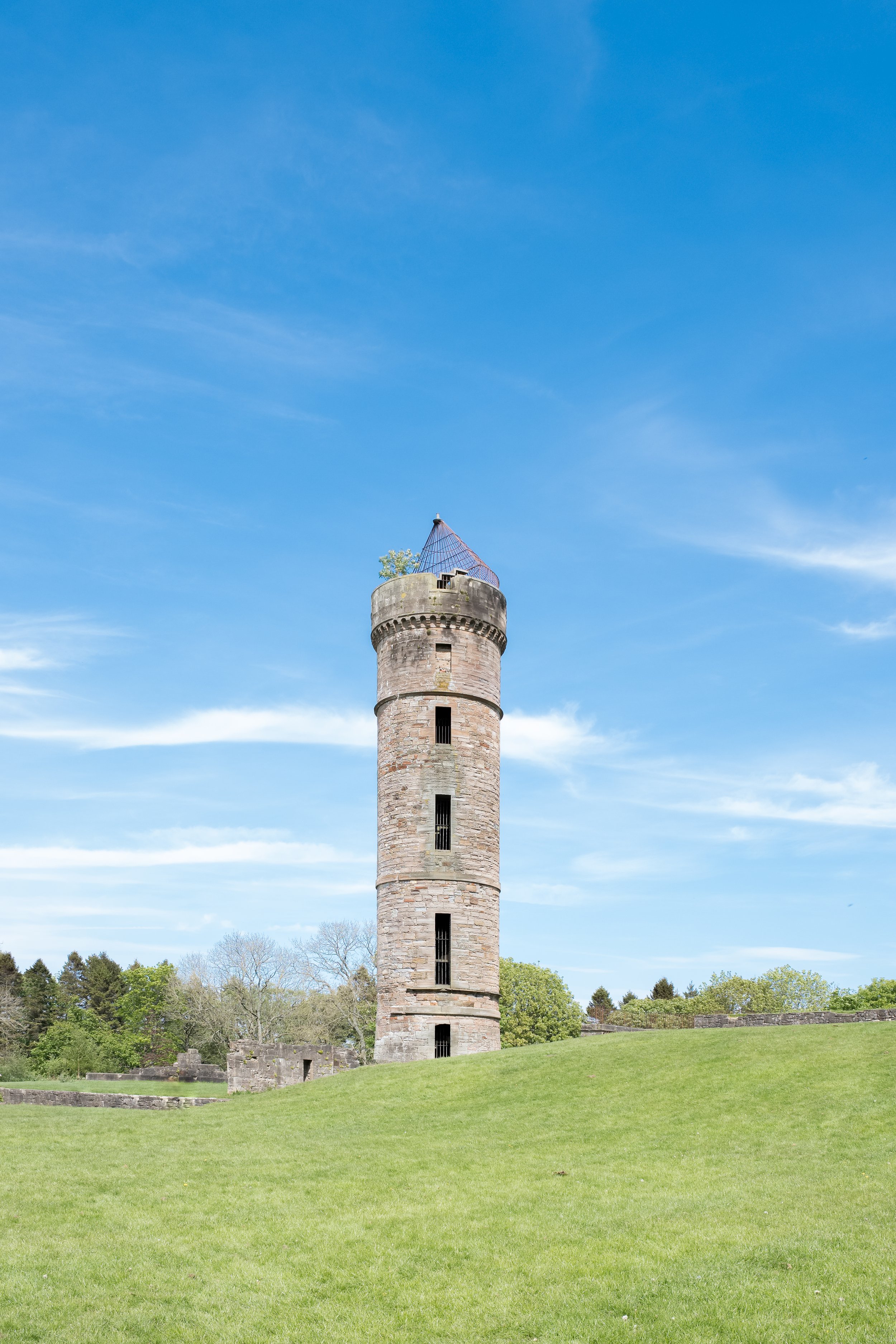
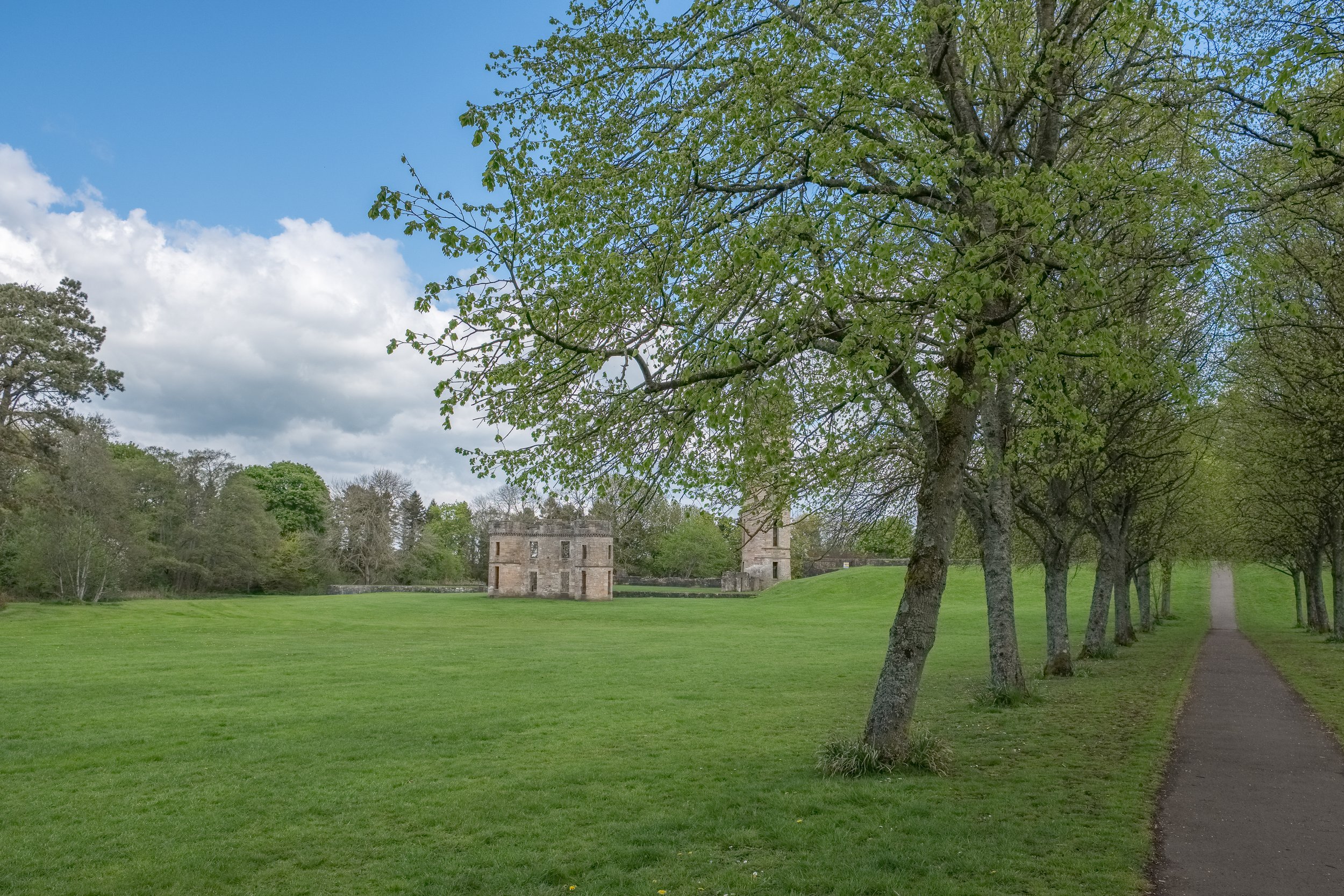
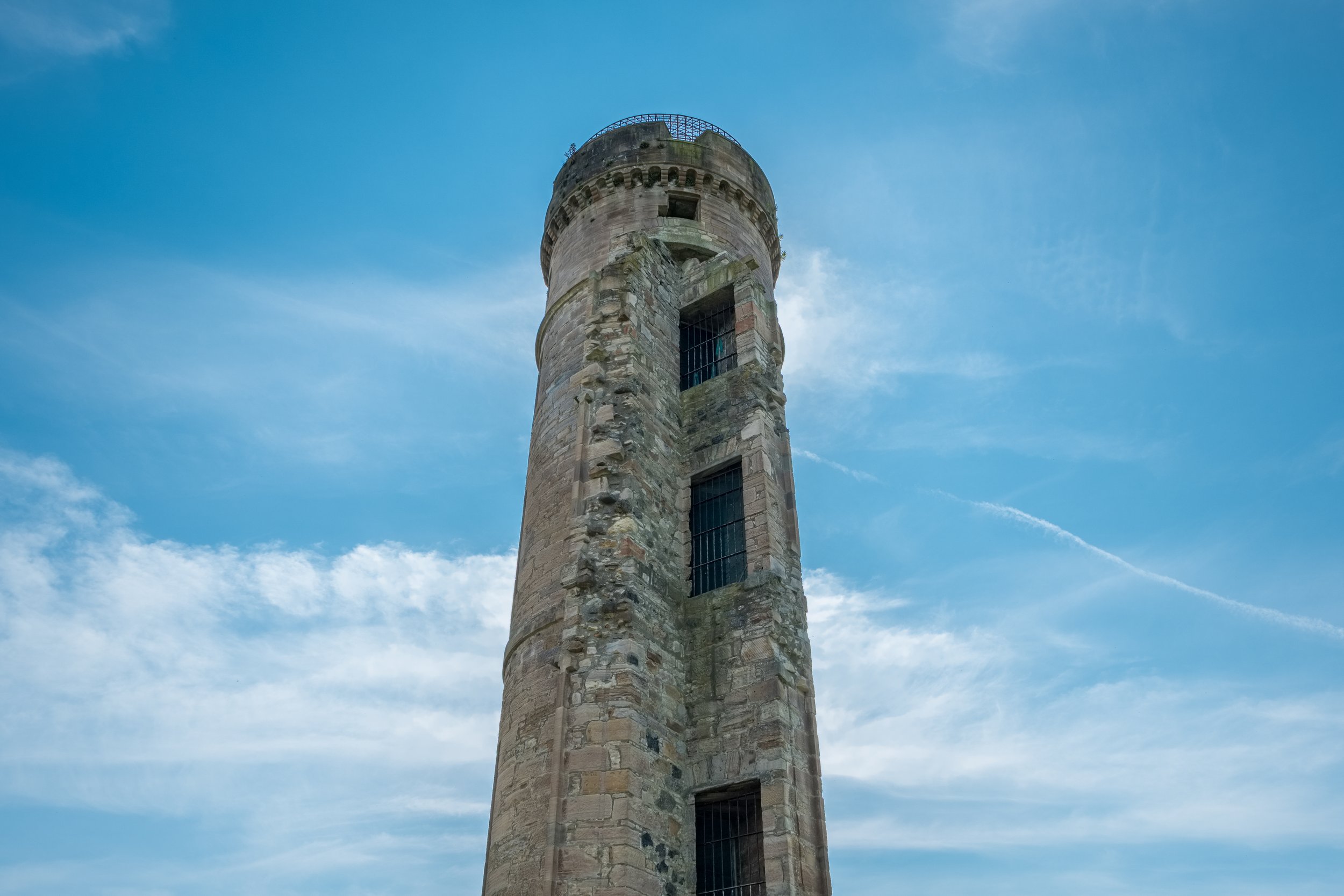
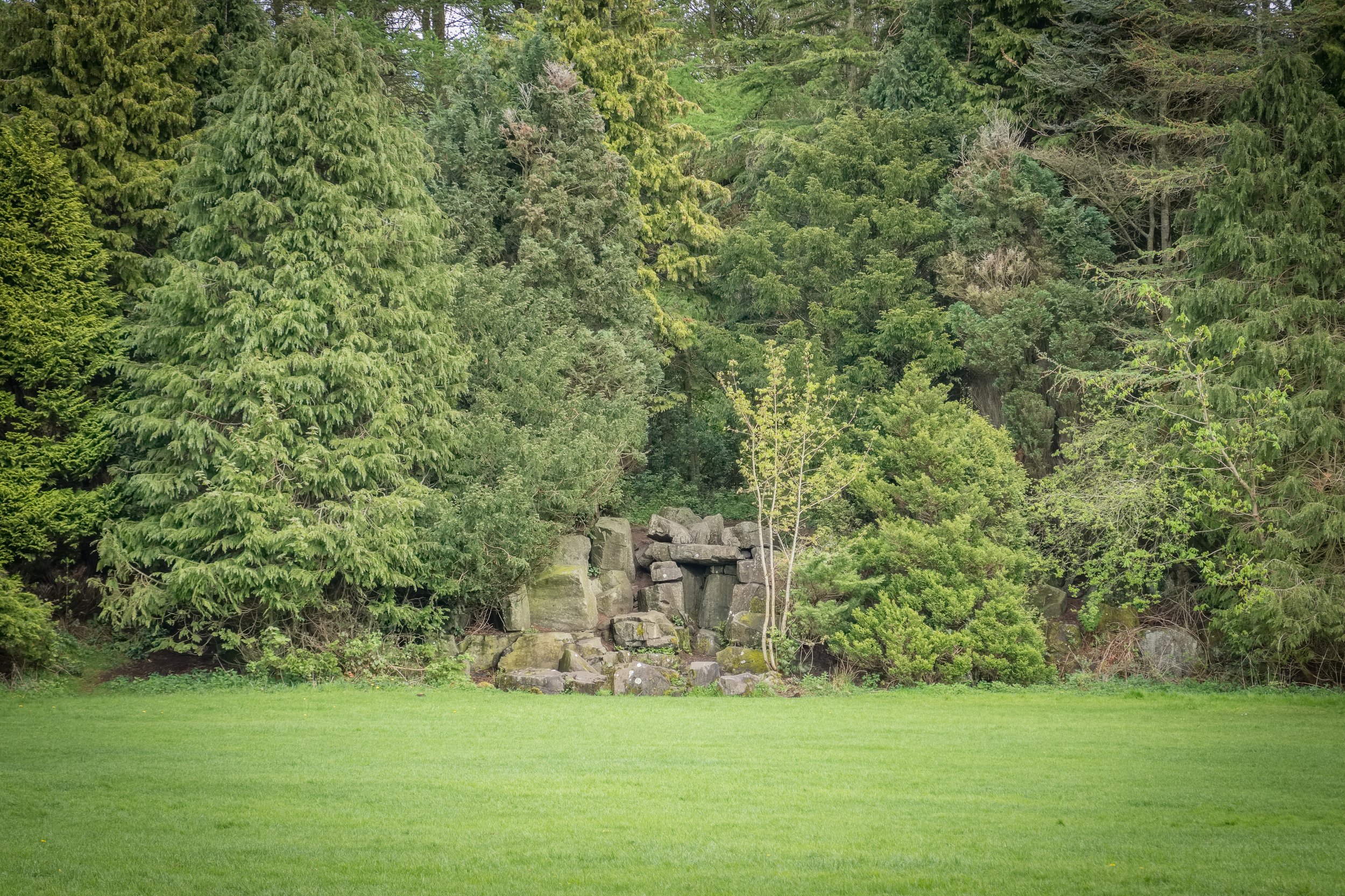
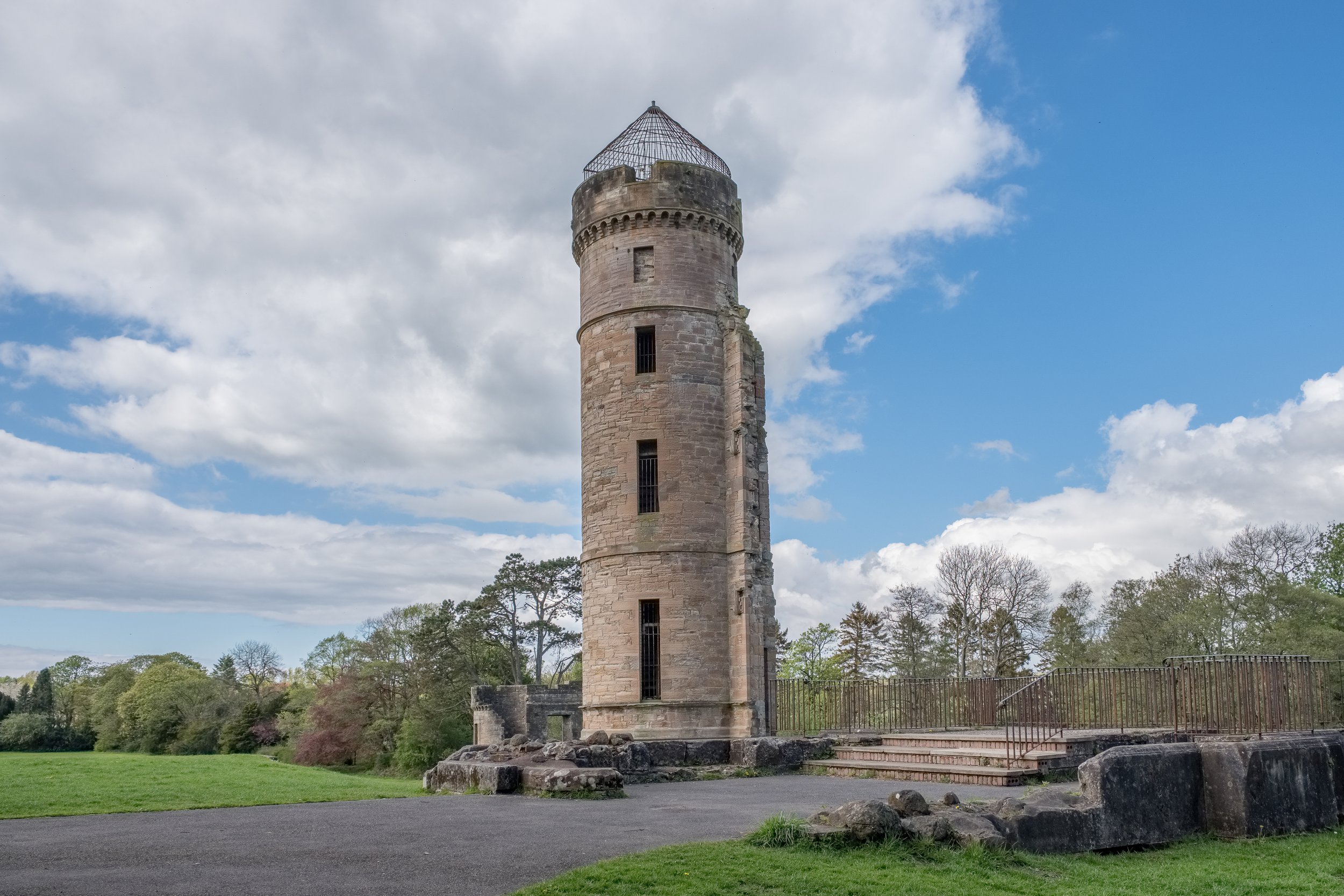
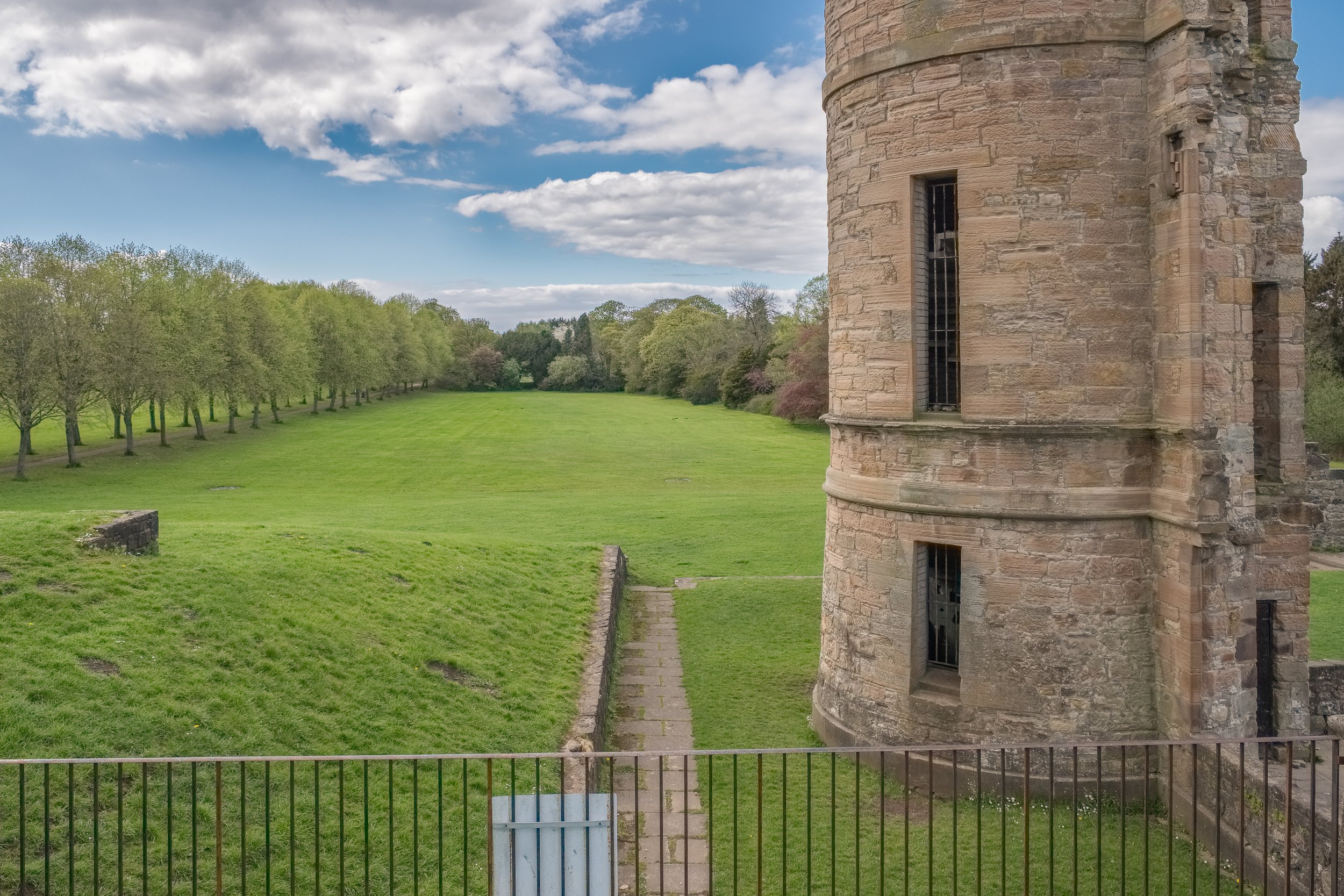
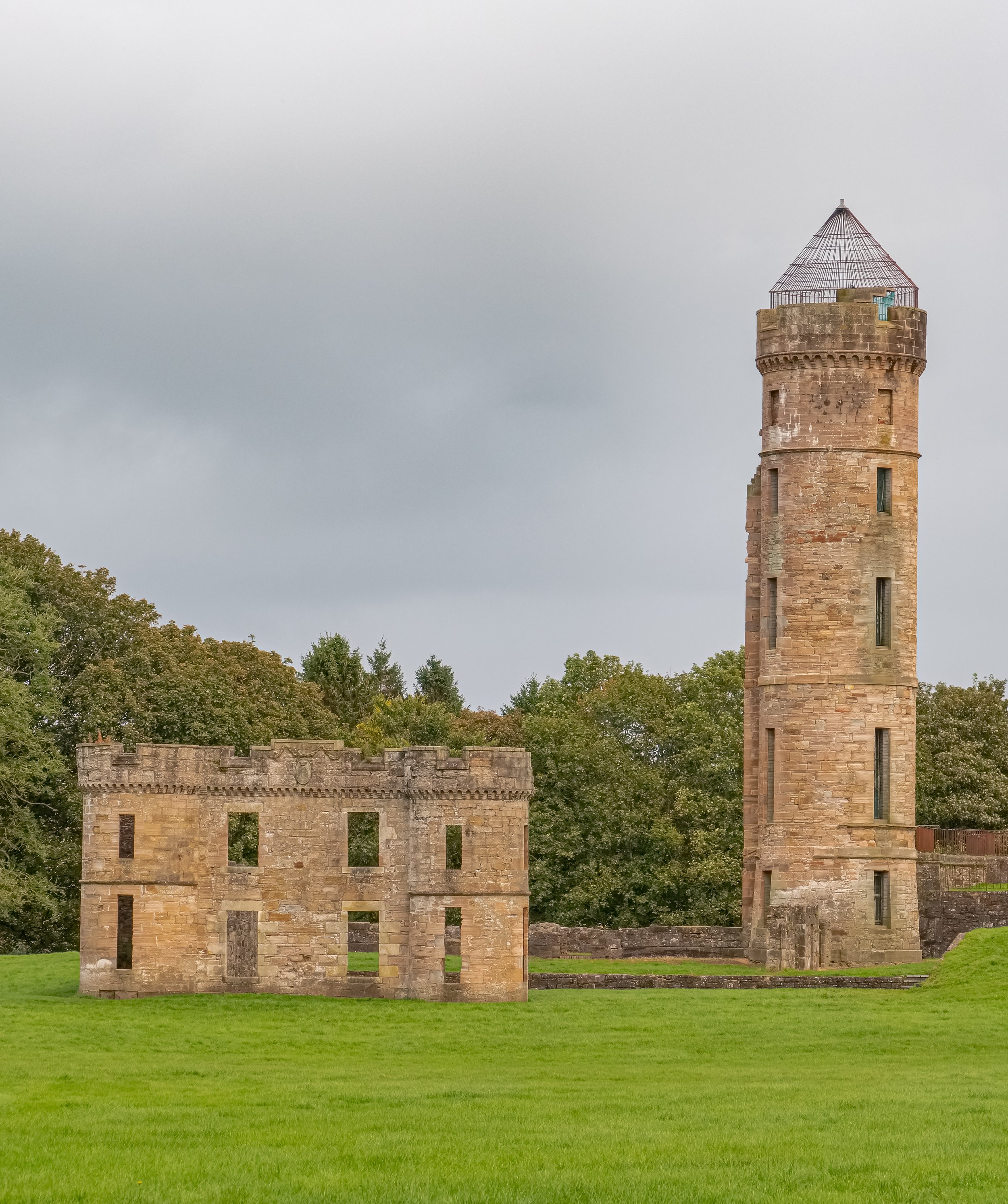
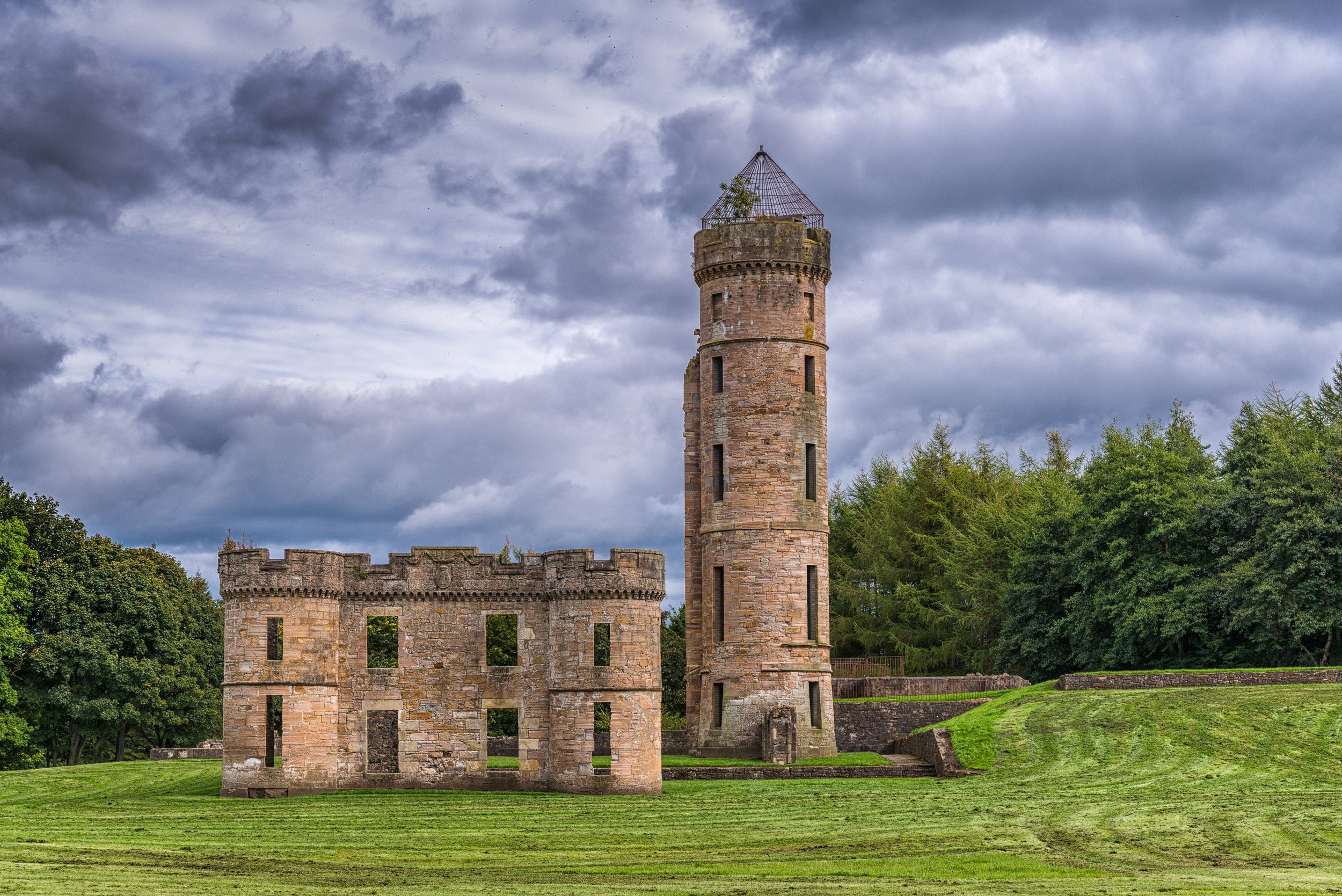
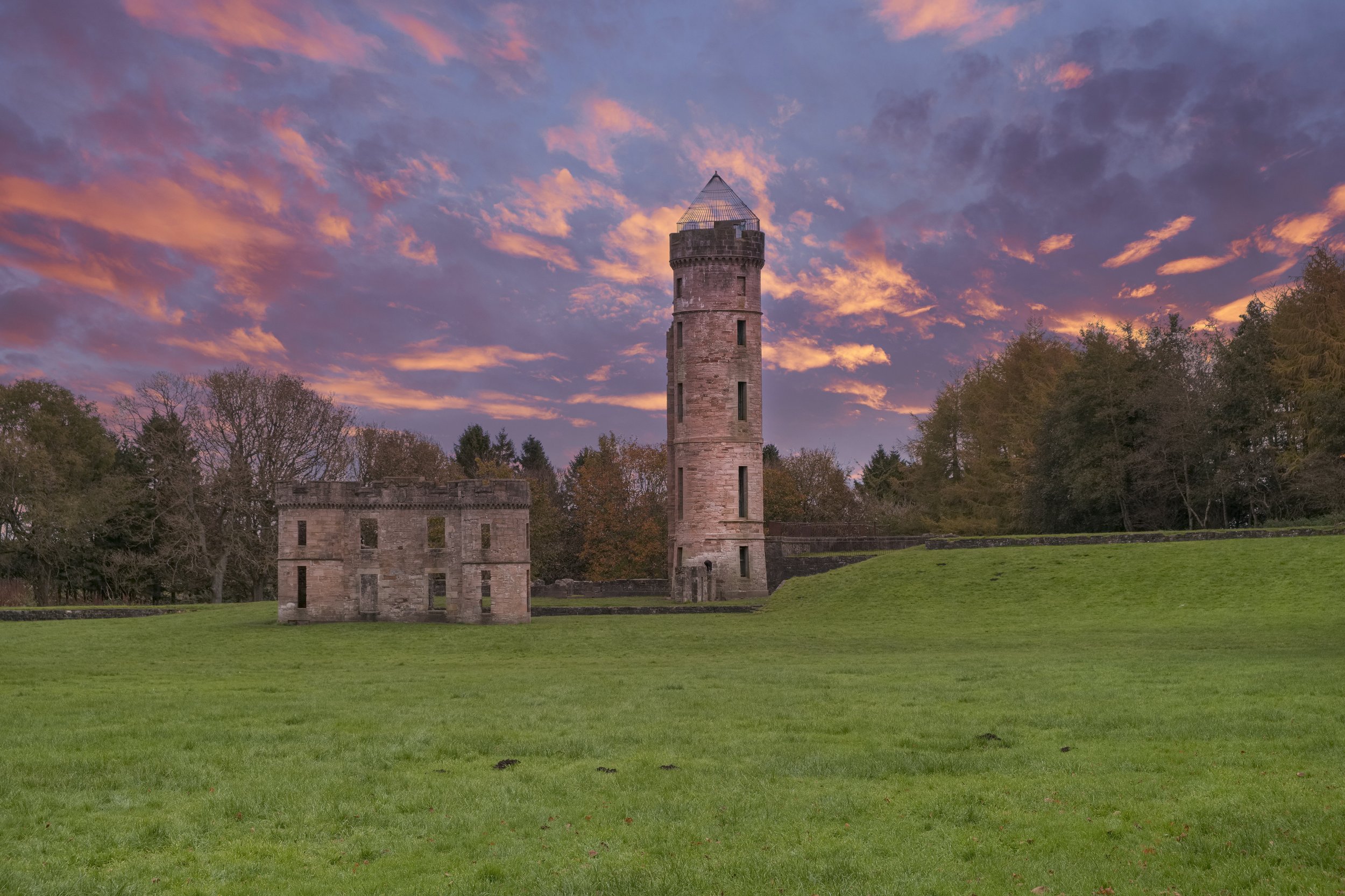

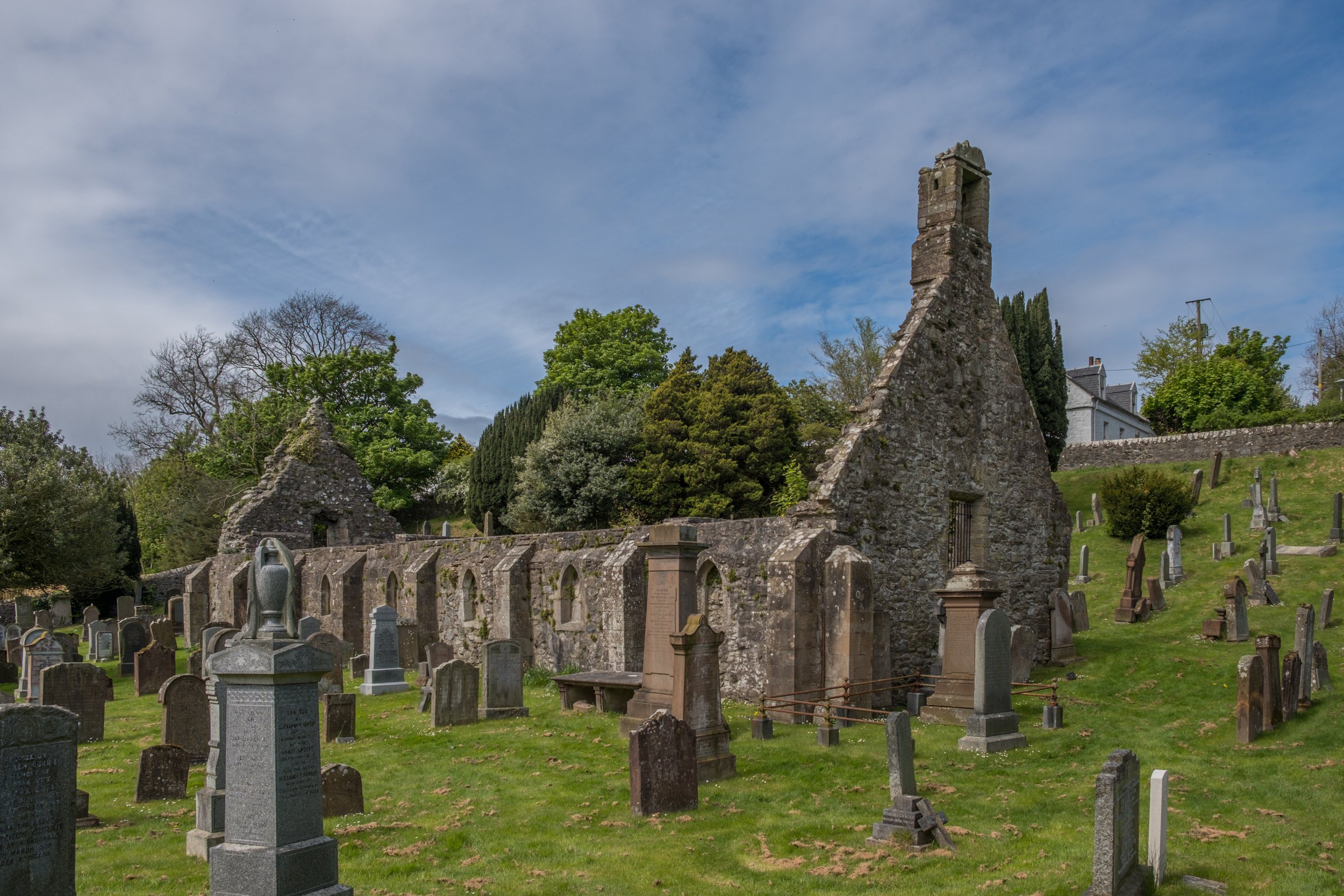
Kirkoswald Old Church
The Old Kirk in the Ayrshire village of Kirkoswald was built around 1220 and is said to stand on the site of a church erected by Oswald, the 7th-century King of Northumbria. Oswald is said to have won a battle here in AD 654 and erected the church in thanks for his victory. The church is laid out on a rectangular plan, measuring 93'6" x 28'4" externally and built of mortared rubble masonry. The walls are supported by later buttresses and there are modern window openings and doorways in the south wall.
ROBERT BRUCE'S FONT
Inside the roofless medieval kirk is a very worn 12th-century font said to have been brought here from Crossraguel Abbey during the Reformation. If the attribution is accurate then this is the very same font used to baptise Robert Bruce in 1274. Bruce was born at Turnberry Castle but baptised at Crossraguel Abbey, two miles outside Maybole.
ROBERT BURNS
Kirkoswald has strong links to the poet Robert Burns and the churchyard is part of the Burns Heritage Trail. His mother Agnes was born in Kirkoswald and Robert spent 9 months attending school here in 1776. He observed local characters and later incorporated them into his poems.
Burns attended a service here in 1776 when Rev Mathew Biggar preached against the union of the Parliaments of England and Scotland.
Most people visit Kirkoswald churchyard to see a group of gravestones linked with Robert Burns. The first of these is the Brown (or 'Broun') family gravestone, marking the final resting places of his maternal grandparents Gilbert Brown and Agnes Rainie. Agnes died in May 1742 at the age of just 34.
Outside the east end of the ruined church stands the gravestone of John Davidson, the village cobbler, immortalised by Burns as Souter Johnnie (a souter was a term for a shoemaker). You can visit Souter Johnnie's thatched cottage, which stands almost directly opposite the churchyard and is now in the care of the National Trust for Scotland.
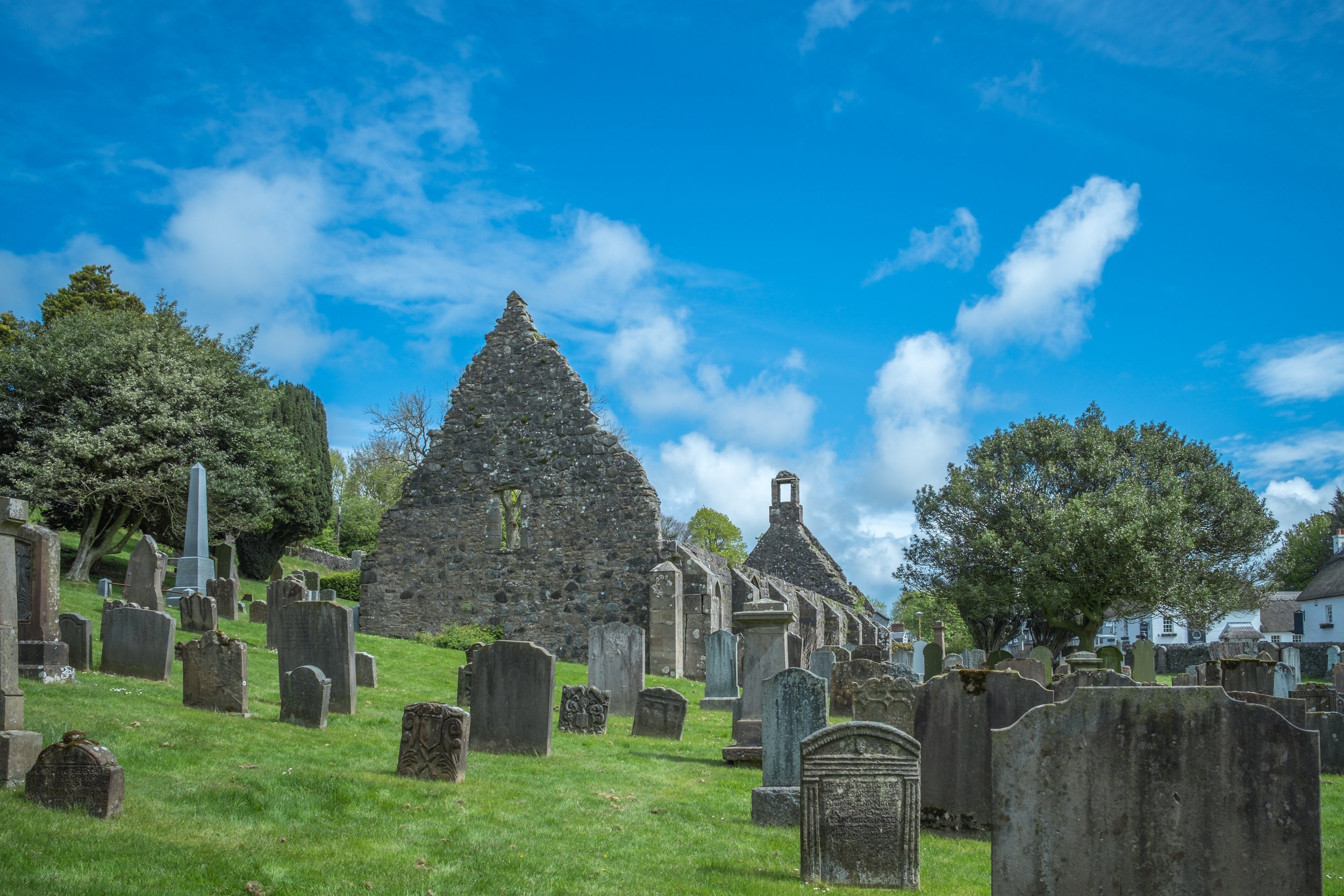

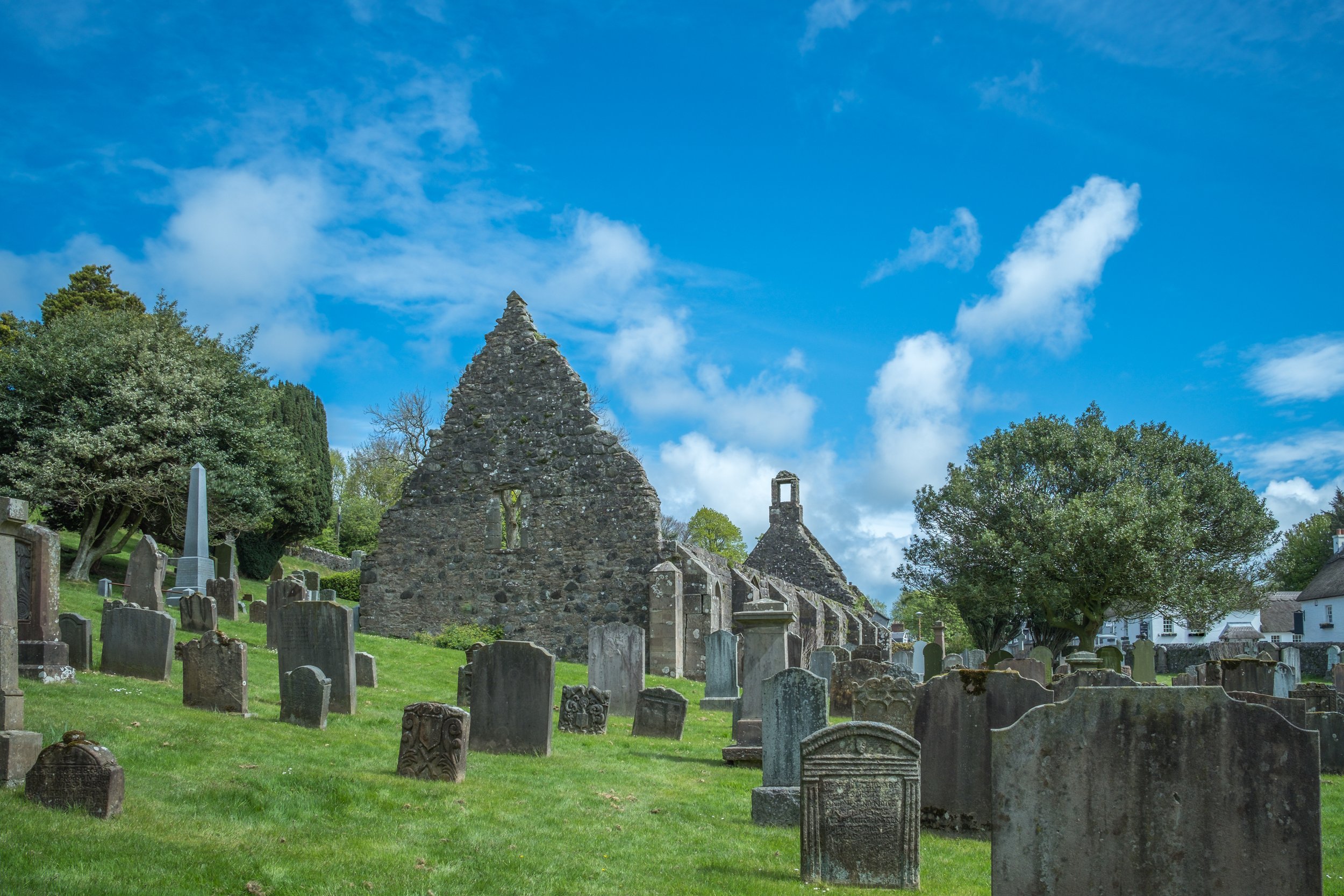

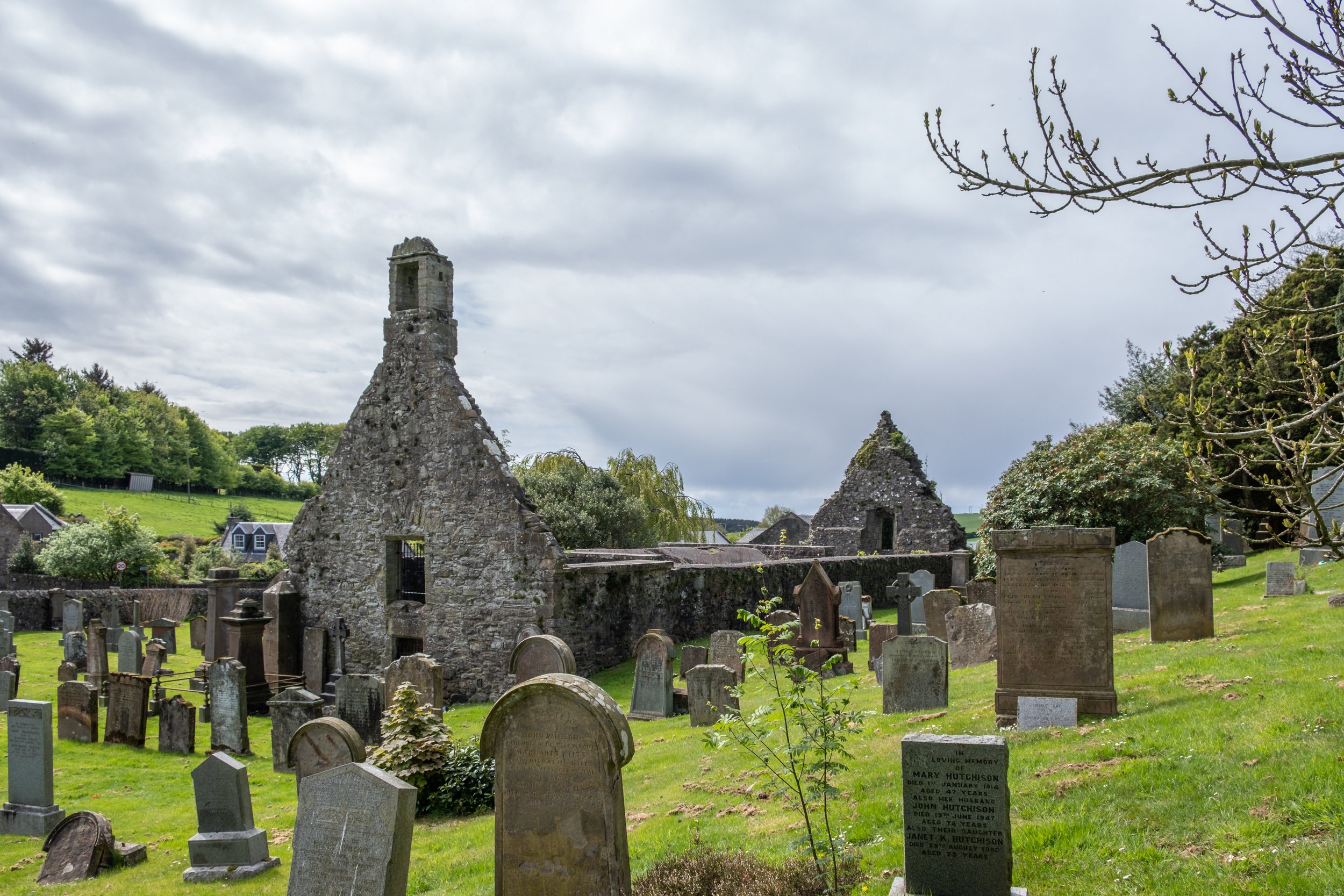
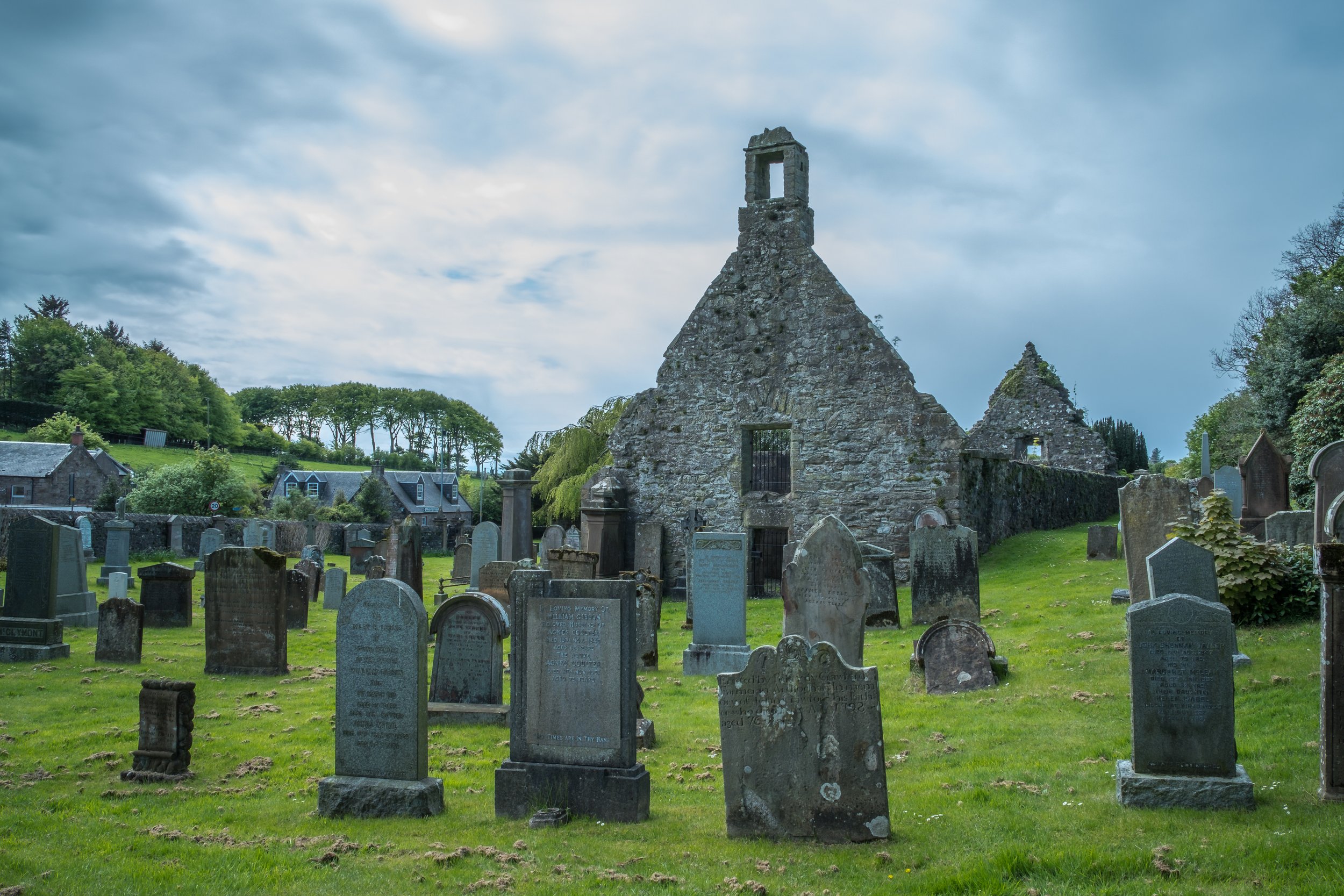
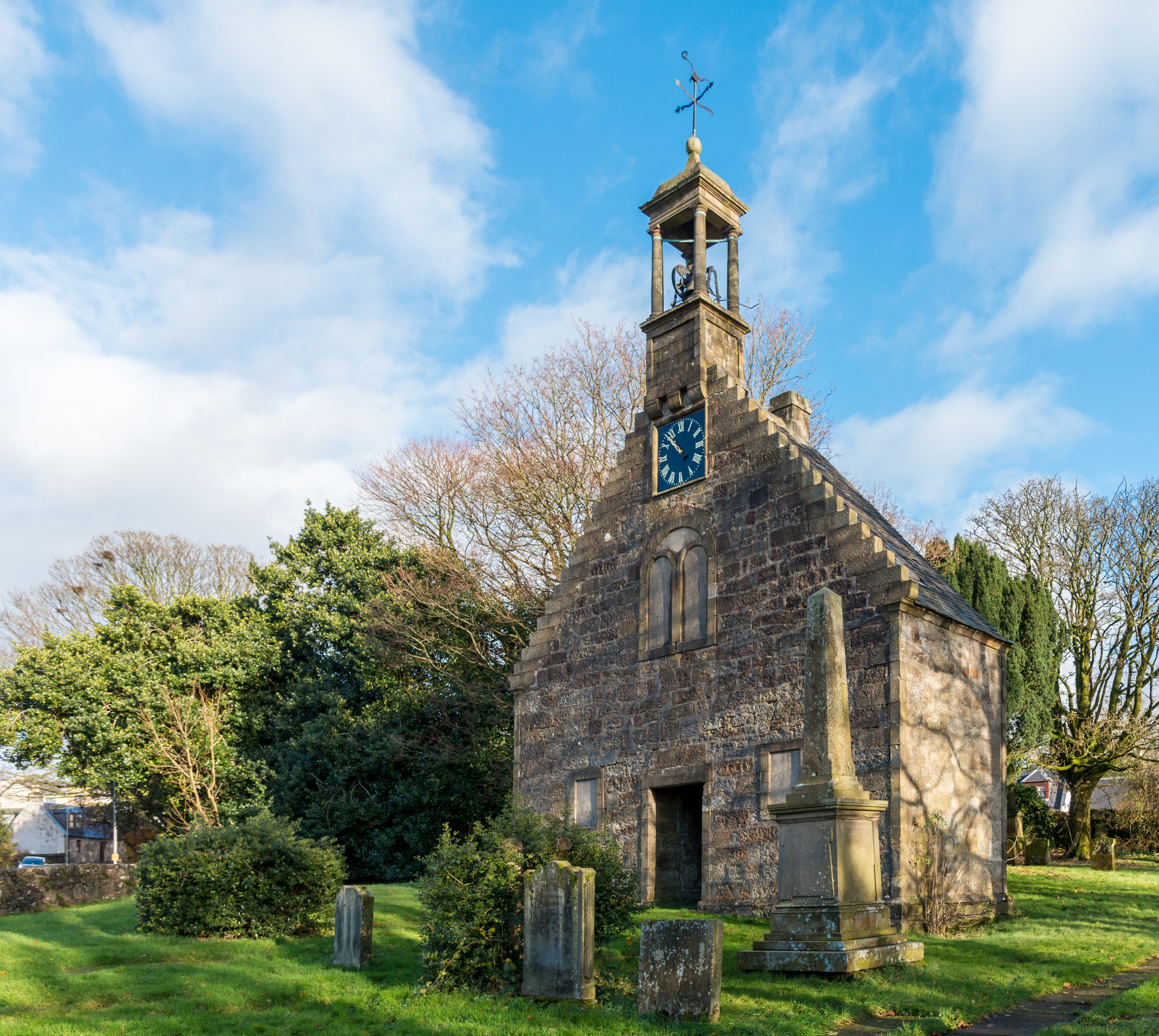
St John’s Kirk Lochwinnoch
St John's Kirk, also known as St Winnock's Church and, colloquially, Auld Simon (Old Simon), is a former church building in Lochwinnoch, Renfrewshire, Scotland. It dates 1729, and is now Category B listed.Only the southwest gable and a single bay of the structure remains, the rest likely torn down around the date the new church was constructed in 1808. The church is surrounded by a walled cemetery, which is also part of the listing.
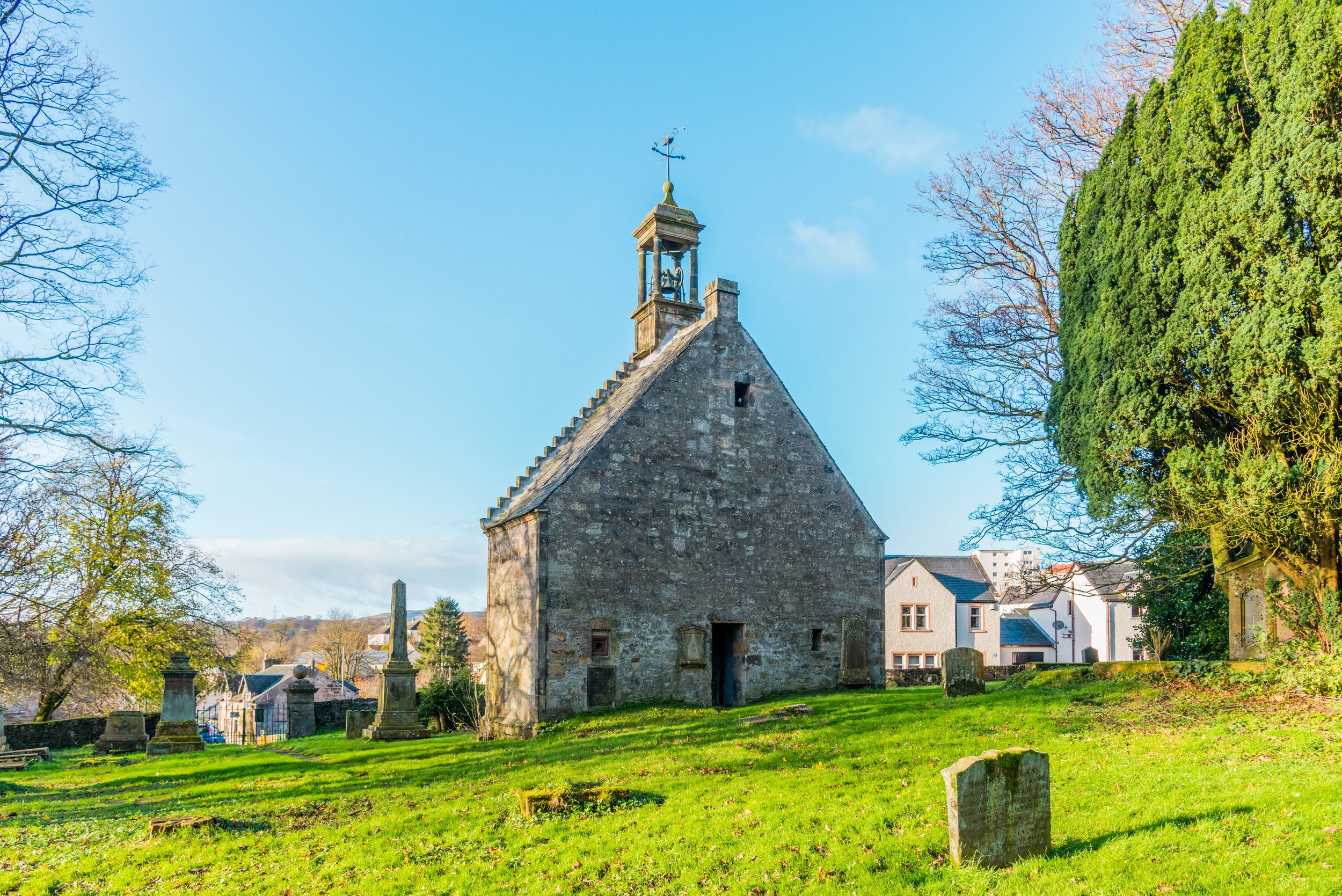


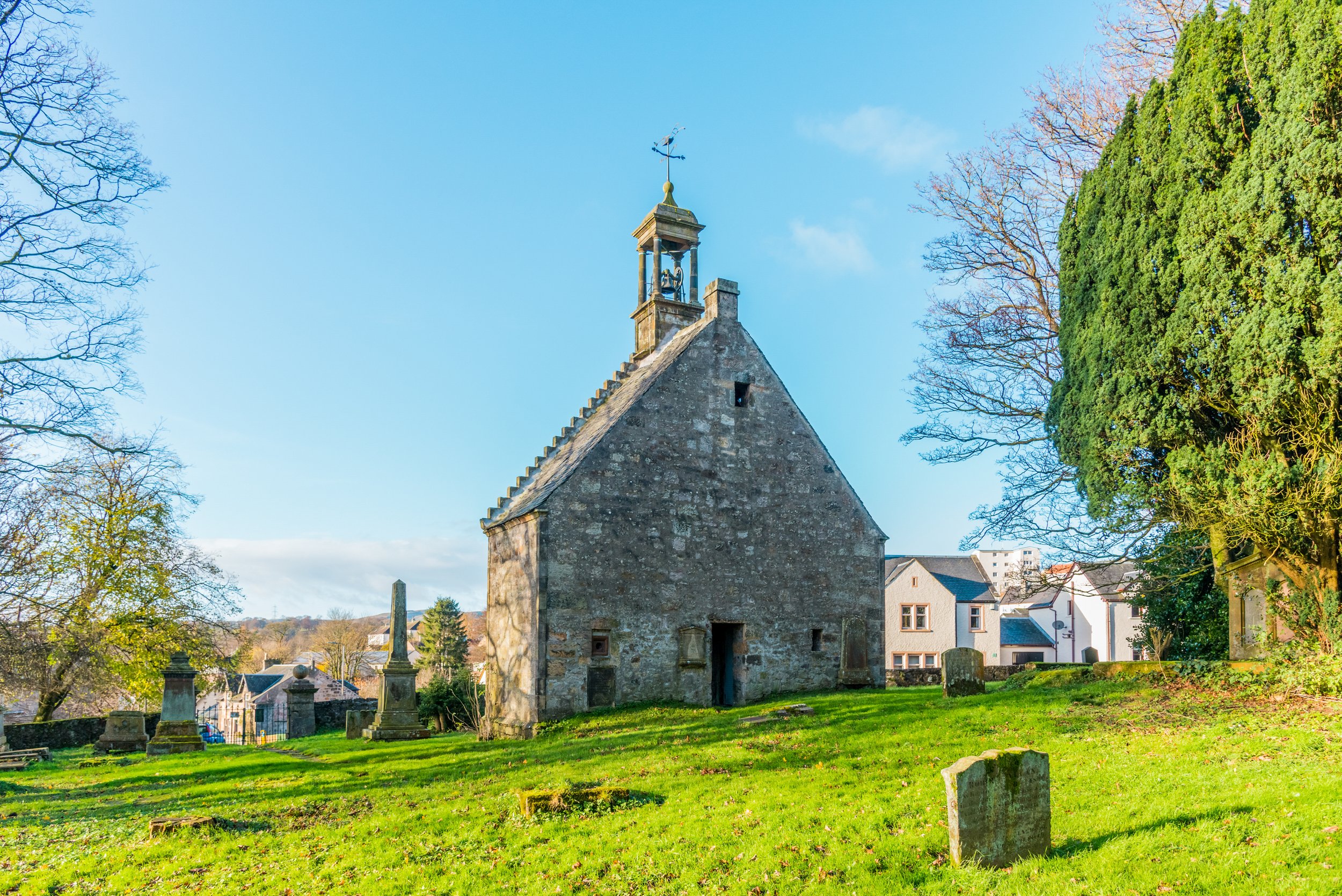
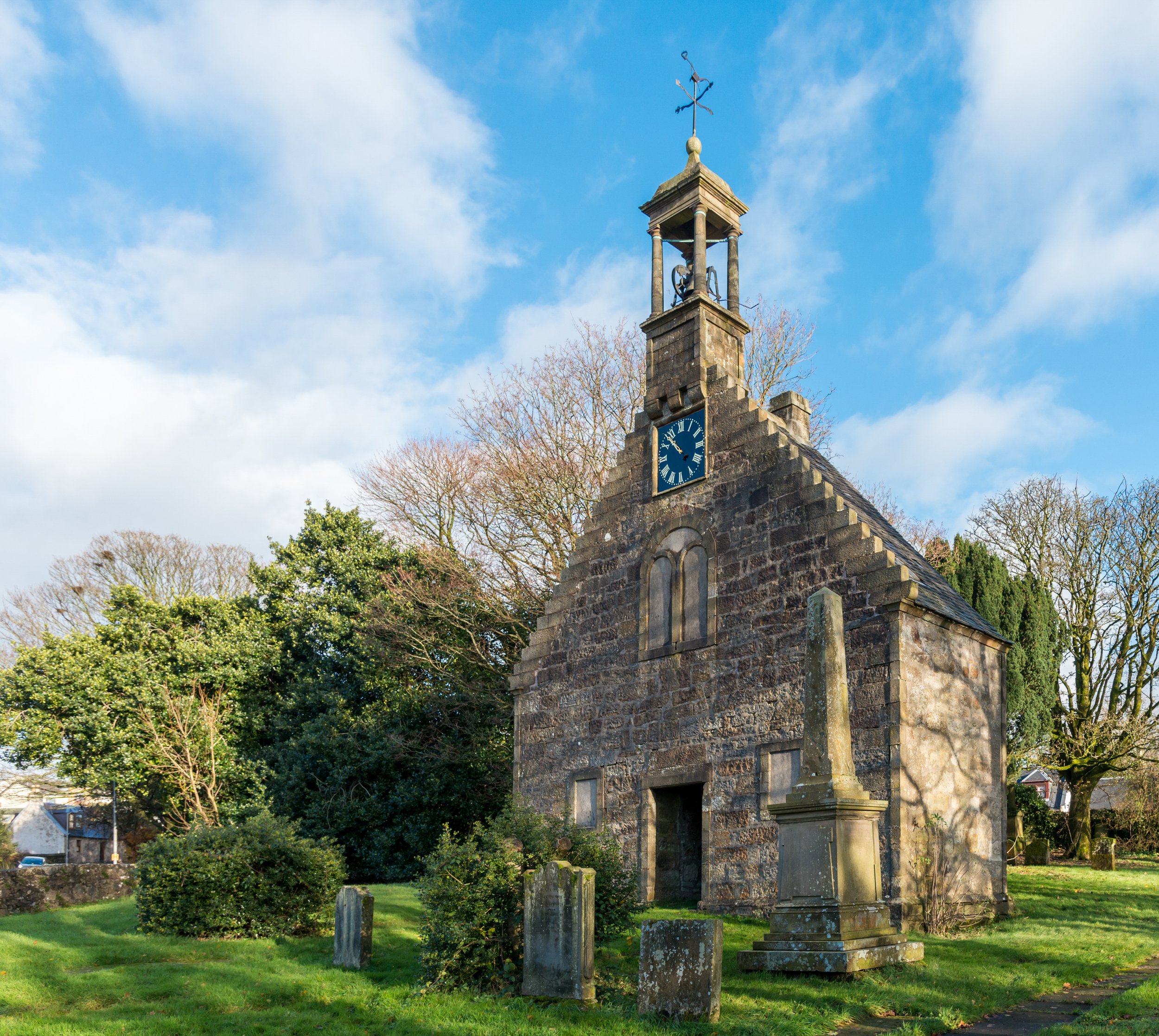
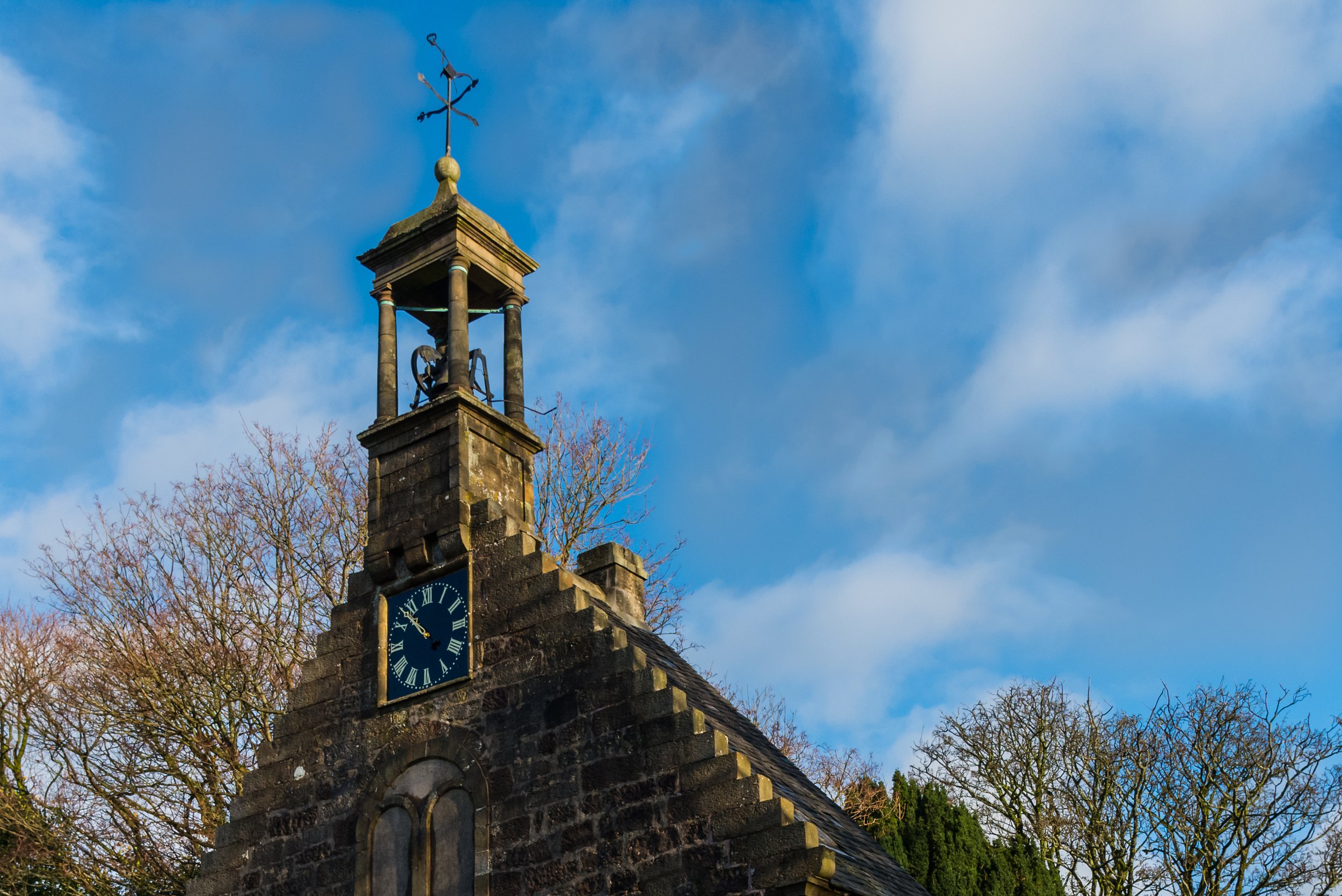
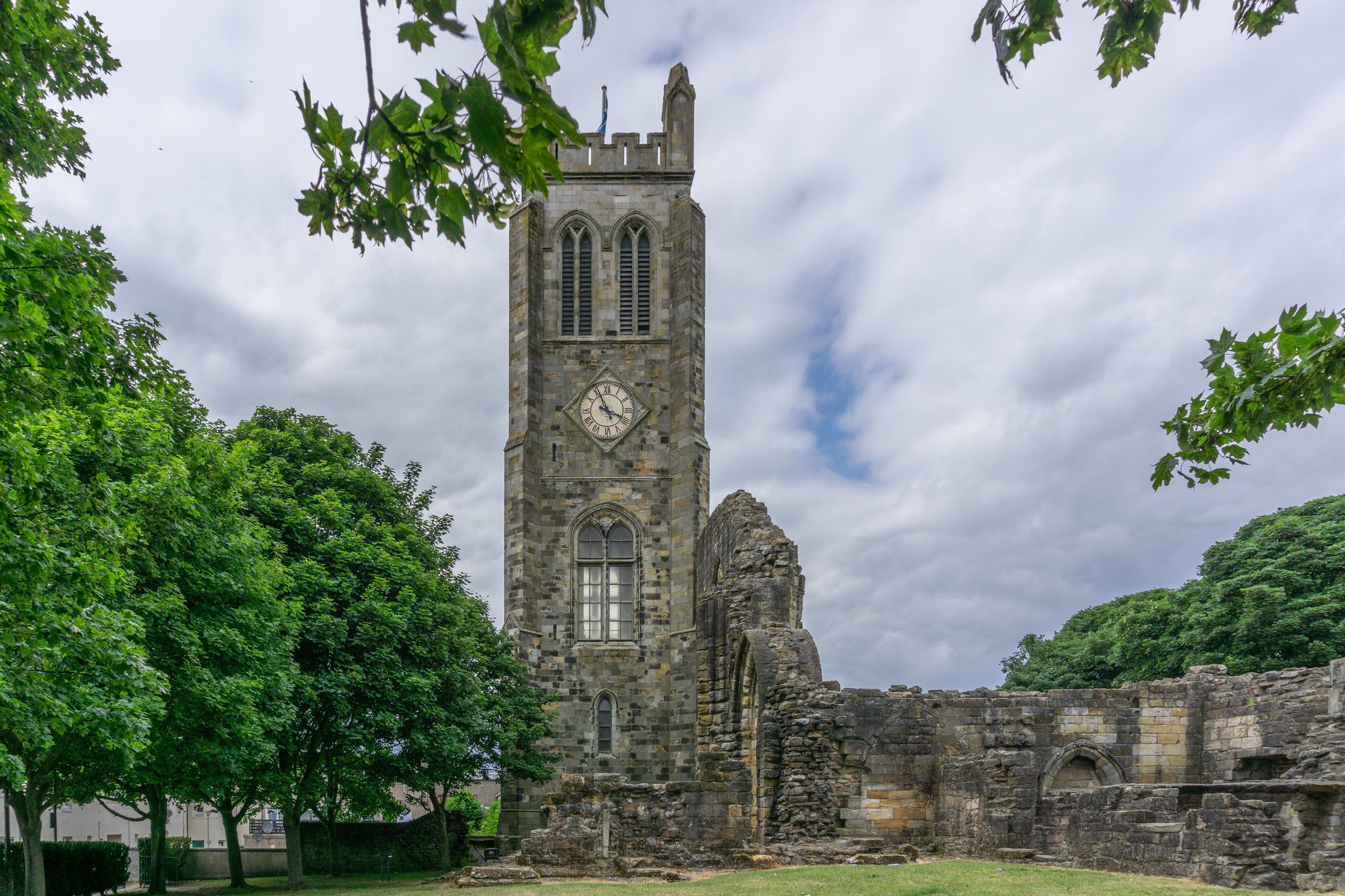
Kilwinning Abbey North Ayrshire Scotland.
The Old Abbey in the centre of Kilwinning was a Tironensian Benedictine monastic community, named after Tiron in the diocese of Chartres. (Chartres was one of the principal towns in Gaul of the Carnutes, a Celtic tribe. In the Gallo-Roman period). The abbey was dedicated to Saint Winning and the Virgin Mary, and founded sometime between 1162 and 1188 with monks coming from Kelso. The monks of Kilwinning had a peaceful existence in their 400-year stay here. The abbey was ‘cast down’ following the Protestant Reformation of 1560, though its magnificent south transept still stands nearly to its full height today.
Over the centuries Kilwinning Abbey had 15 abbots and, later, 10 commendators or lay patrons. The most notable was Bernard of Kilwinning, who was briefly the abbot in 1296. He later served as Chancellor of Scotland in 1306, and again from 1308 to 1328. *He was also Abbot of Arbroath Abbey from 1310 to 1328 and is best remembered as the probable author of the Declaration of Arbroath, one of the most important documents to emerge from medieval Scotland.*
One of the two western towers disappeared when the bulk of the abbey was demolished. The north west tower stood until badly damaged by lightning in 1805. It suffered a partial collapse in 1809, and was removed in 1814 to make way for a replacement built in 1815.

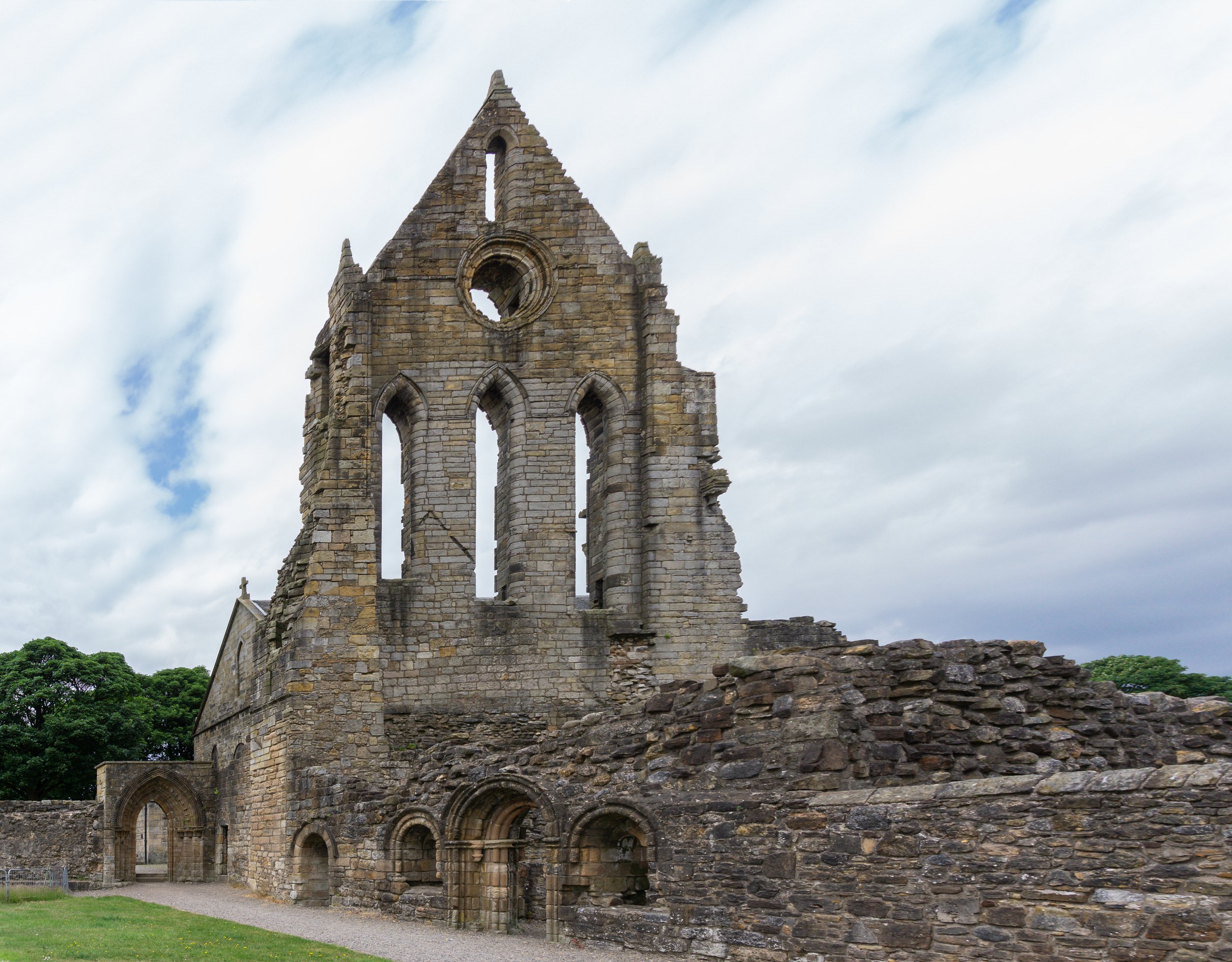

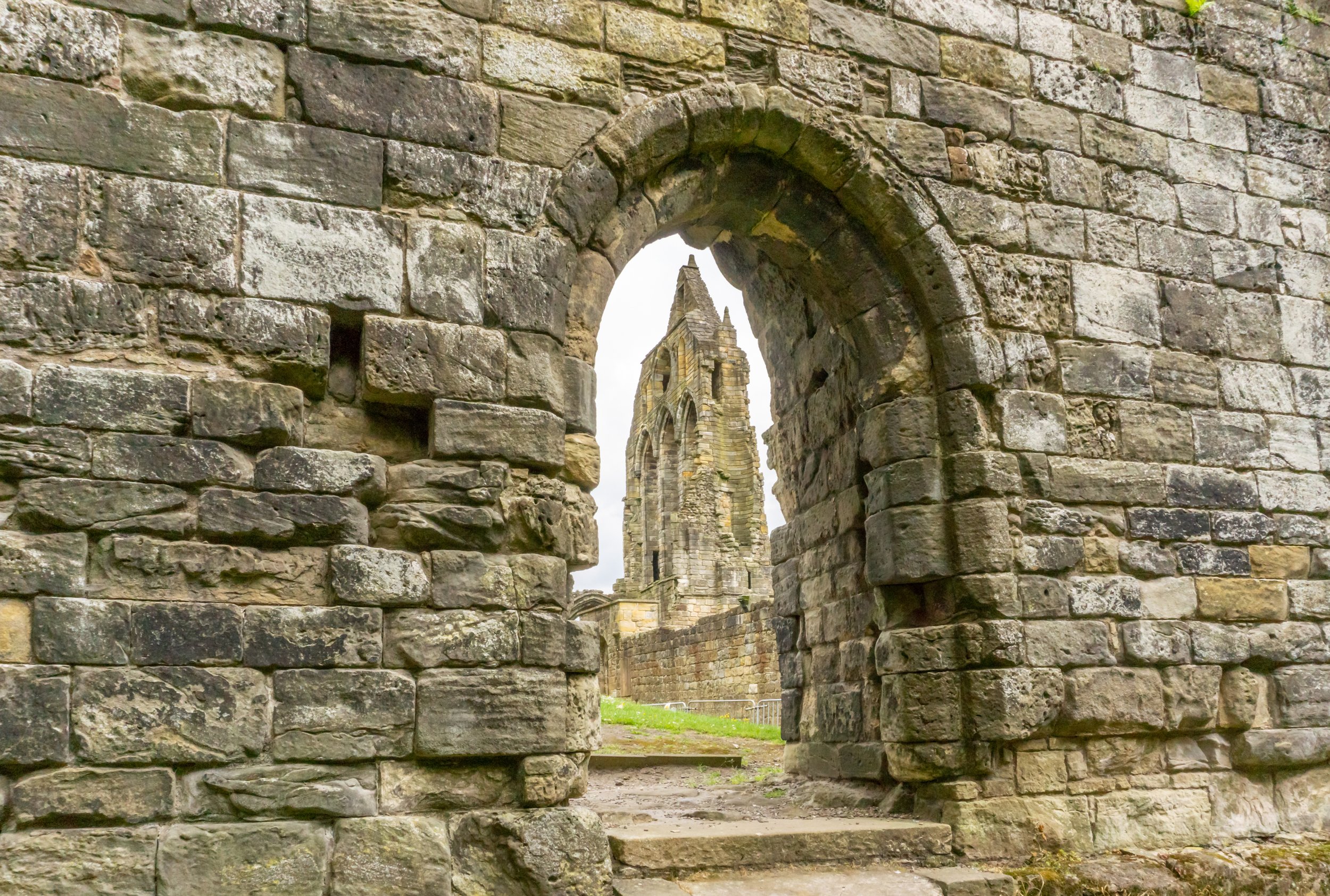
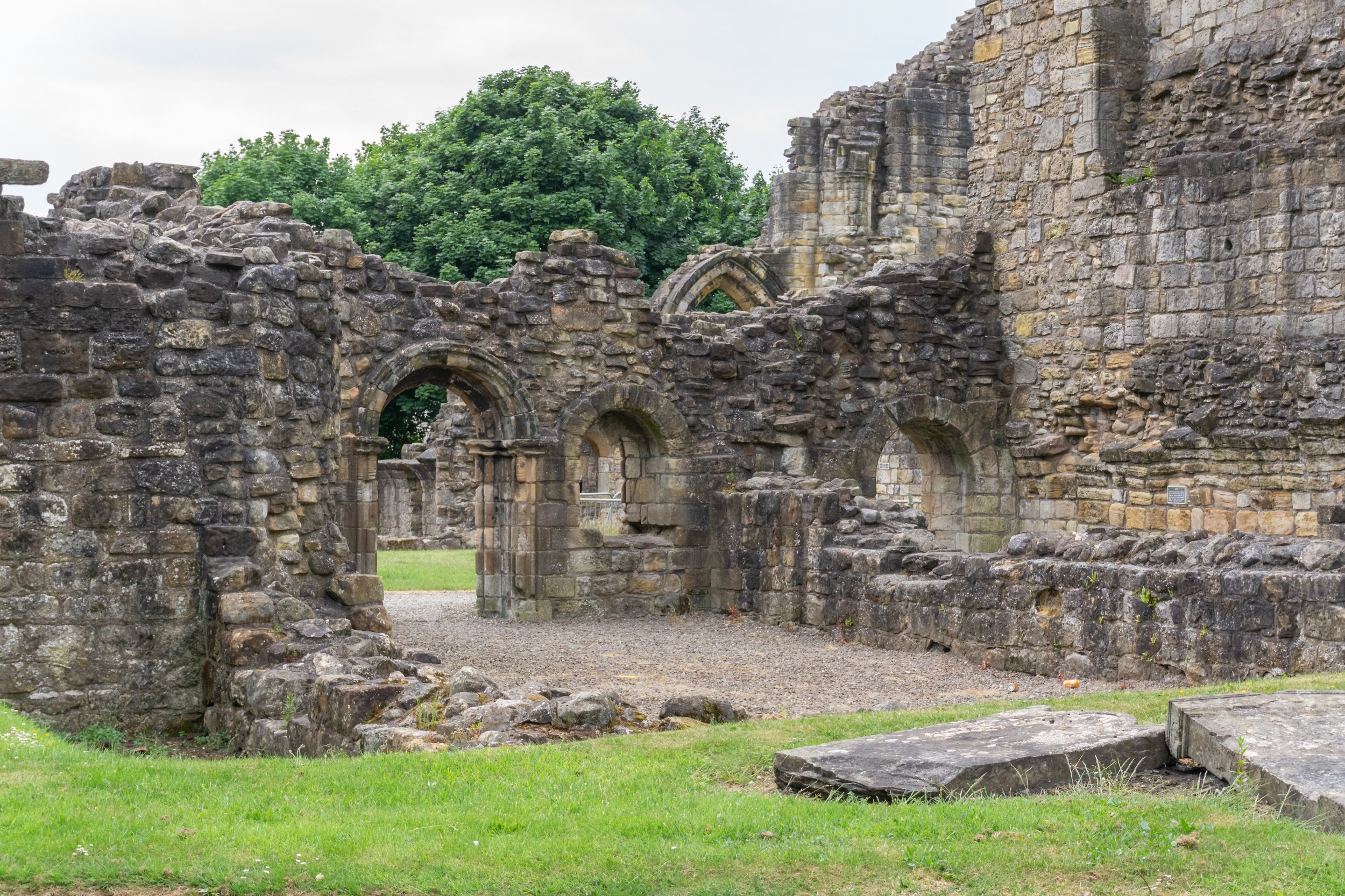
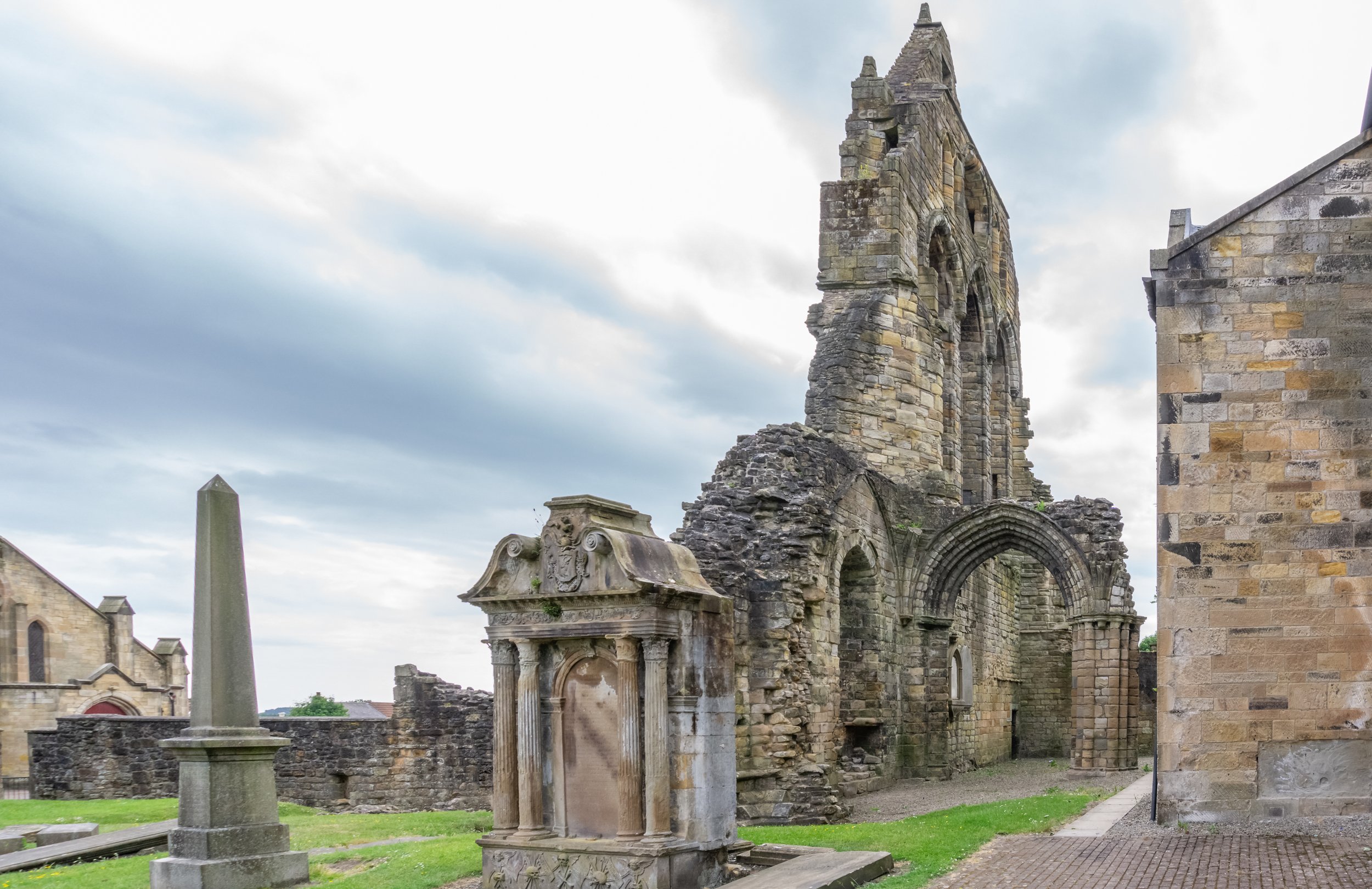
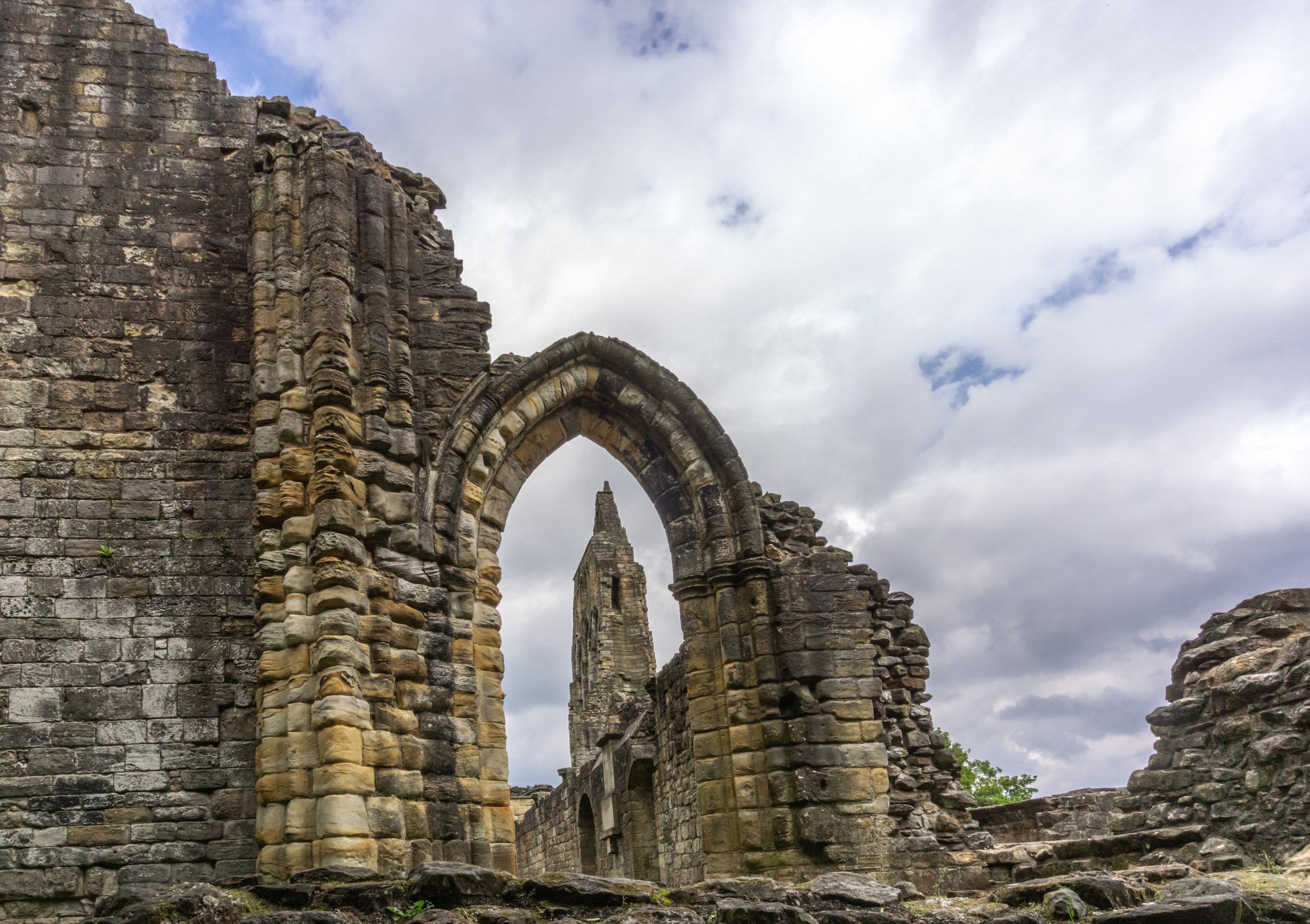
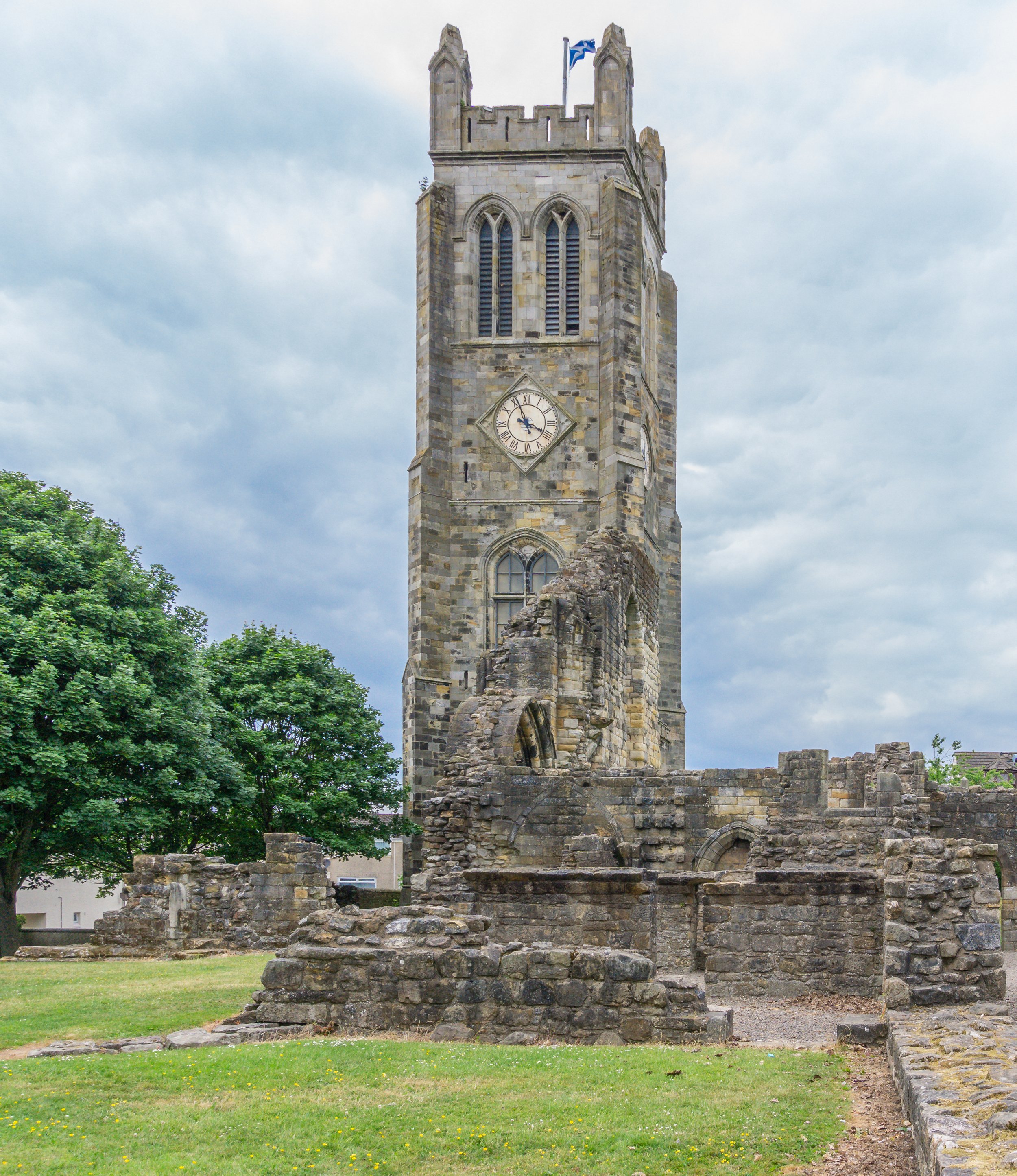
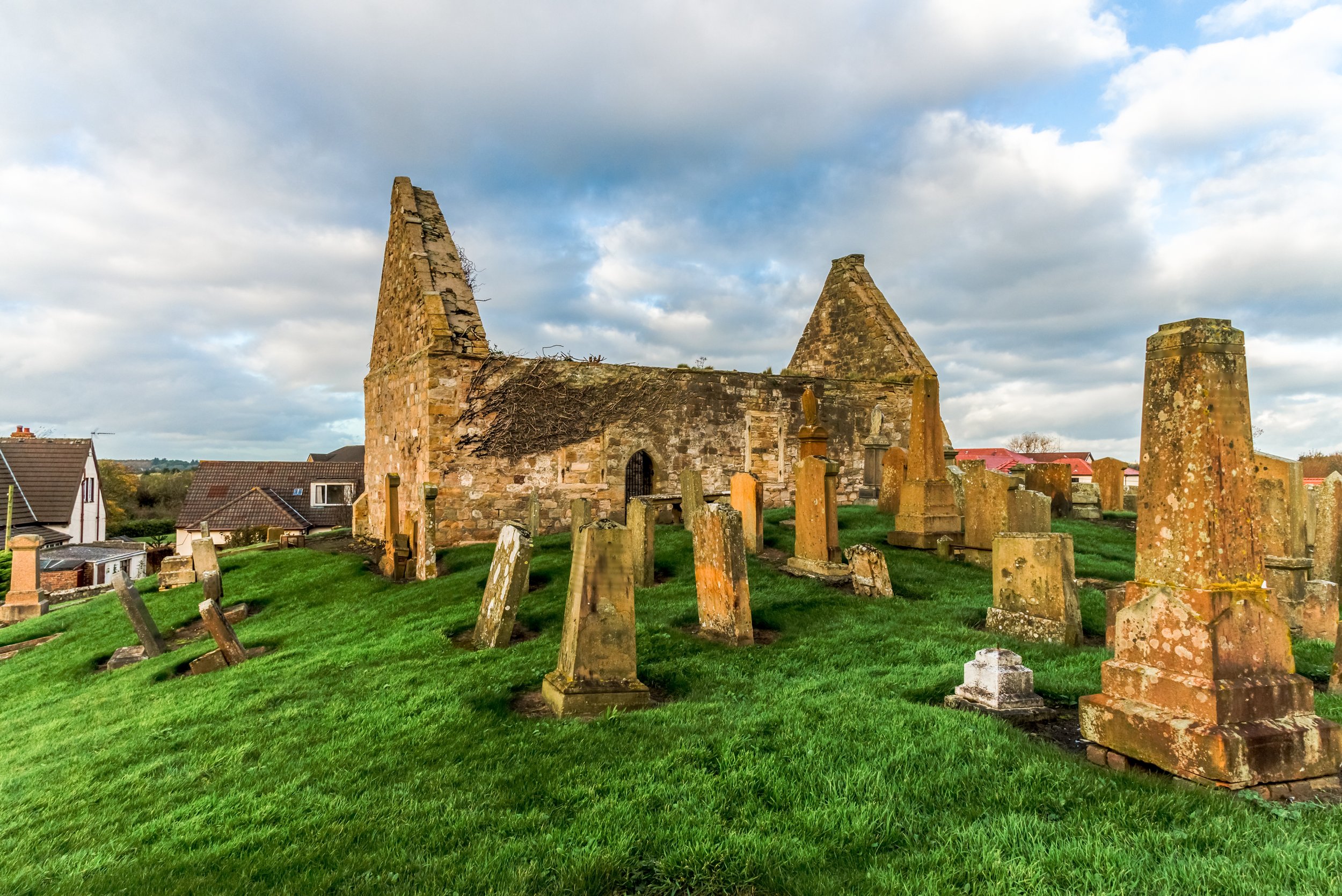
Prestwick Old Parish Church & Graveyard (St Nicholas)
The Old Ruins of Prestwick Old Parish Church & Graveyard stands on a mound near Prestwick Railway station. Dedicated to St Nicholas surrounded by an old burial ground. In the church yard are the graves of Covenanter and Knights Templars. The structure is believed to date from the 12th century, with square windows inserted during the 18th century. Between 1165 and 1172 the church was granted by Walter Fitzalan to the Monastery at Paisley, and during the late 16th century the parish was united with Monkton. Evidence within the old church yard that it had burials as recent as the 1950’s.
Knights Templar were a military religious order with vows of chastity founded in 1119AD to protect Christian pilgrims visiting the Holy Land. Templar's are known to have fled to Scotland to avoid persecution in Europe and many historians believe that there may be links between this ancient ruin and the Holy Grail which has obviously led to many conspiracy theories. There is also a small stone plaque that was discovered within the old ruins that displays a Maltese cross which bares some relevance to the theories.
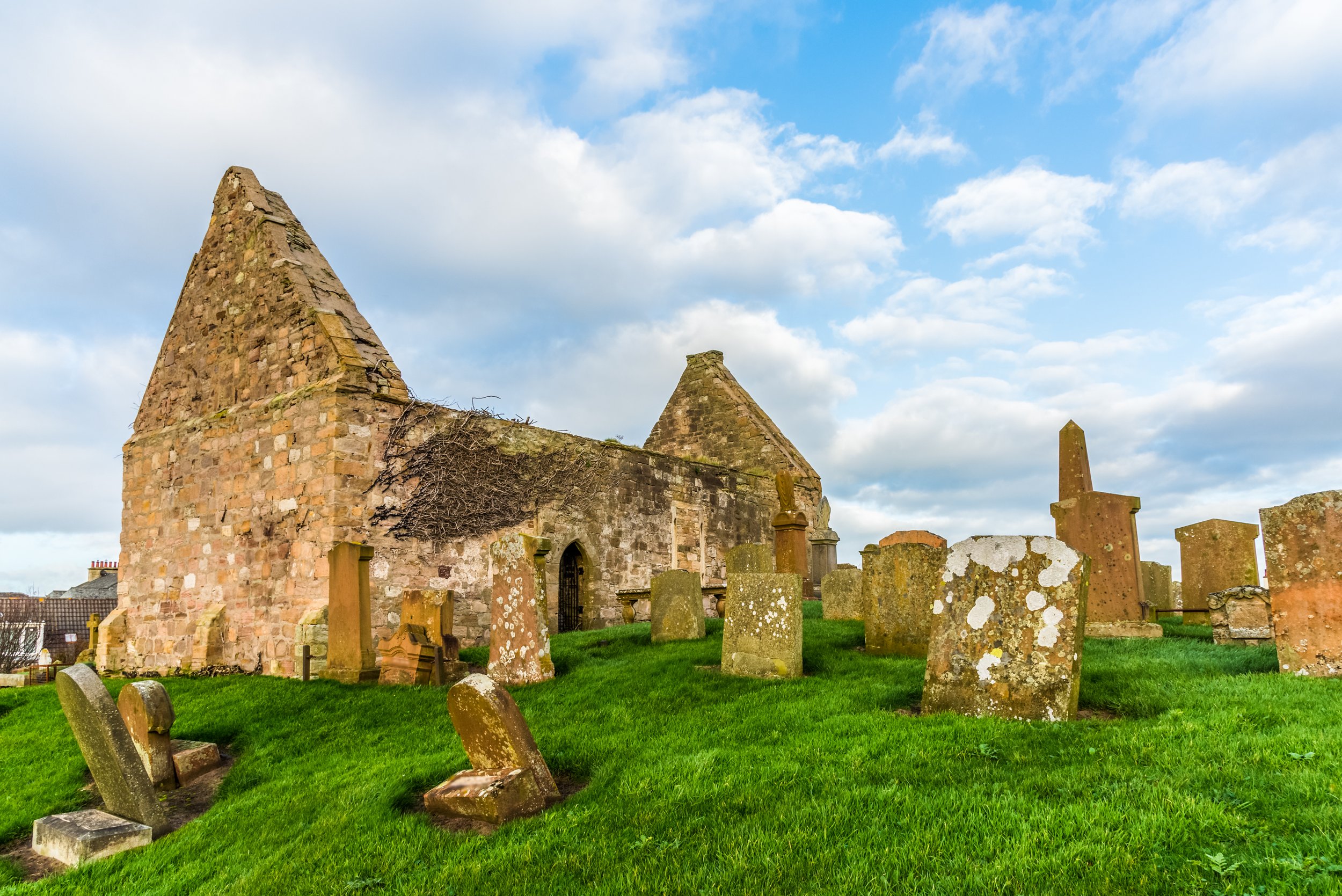

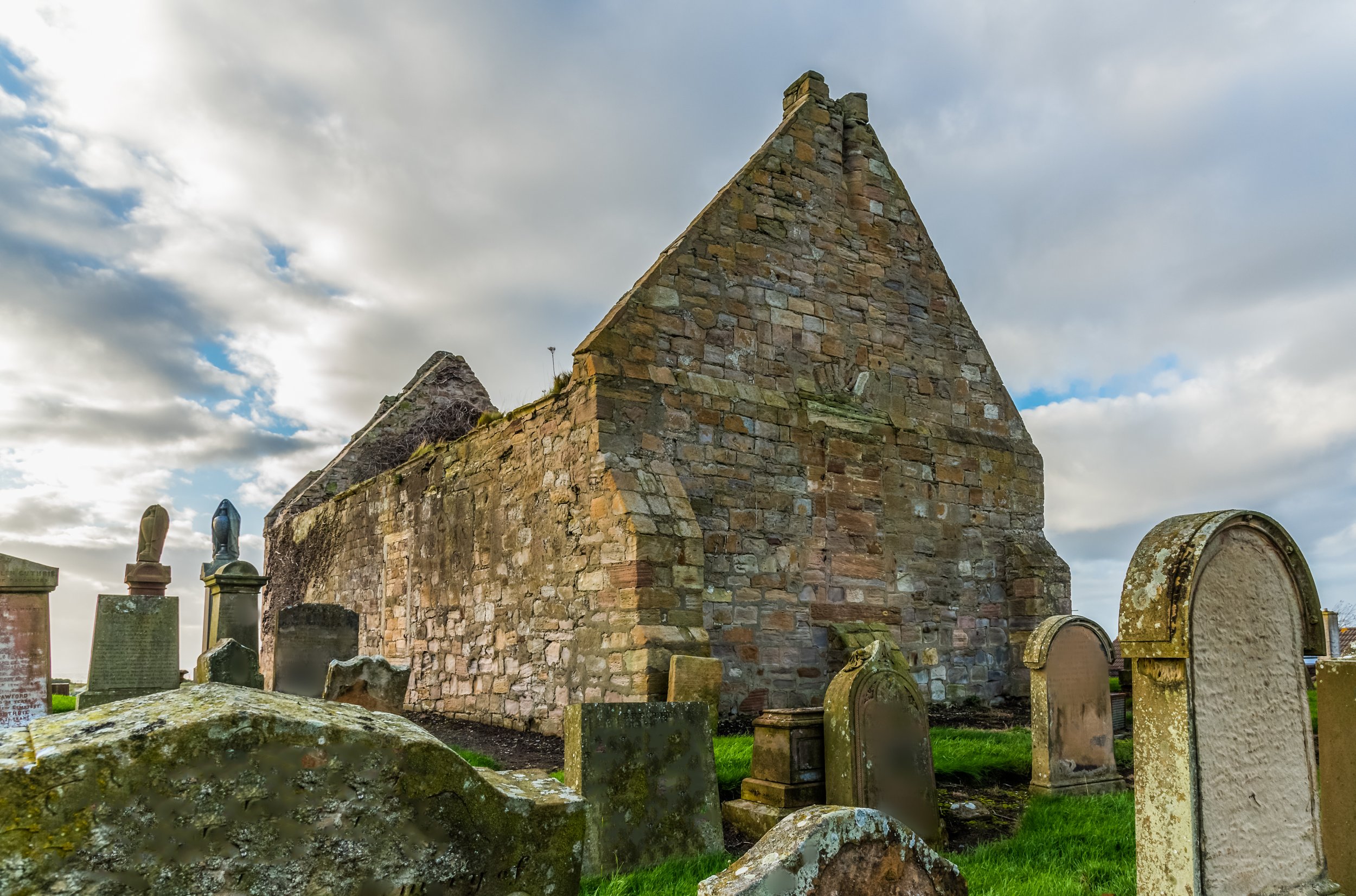
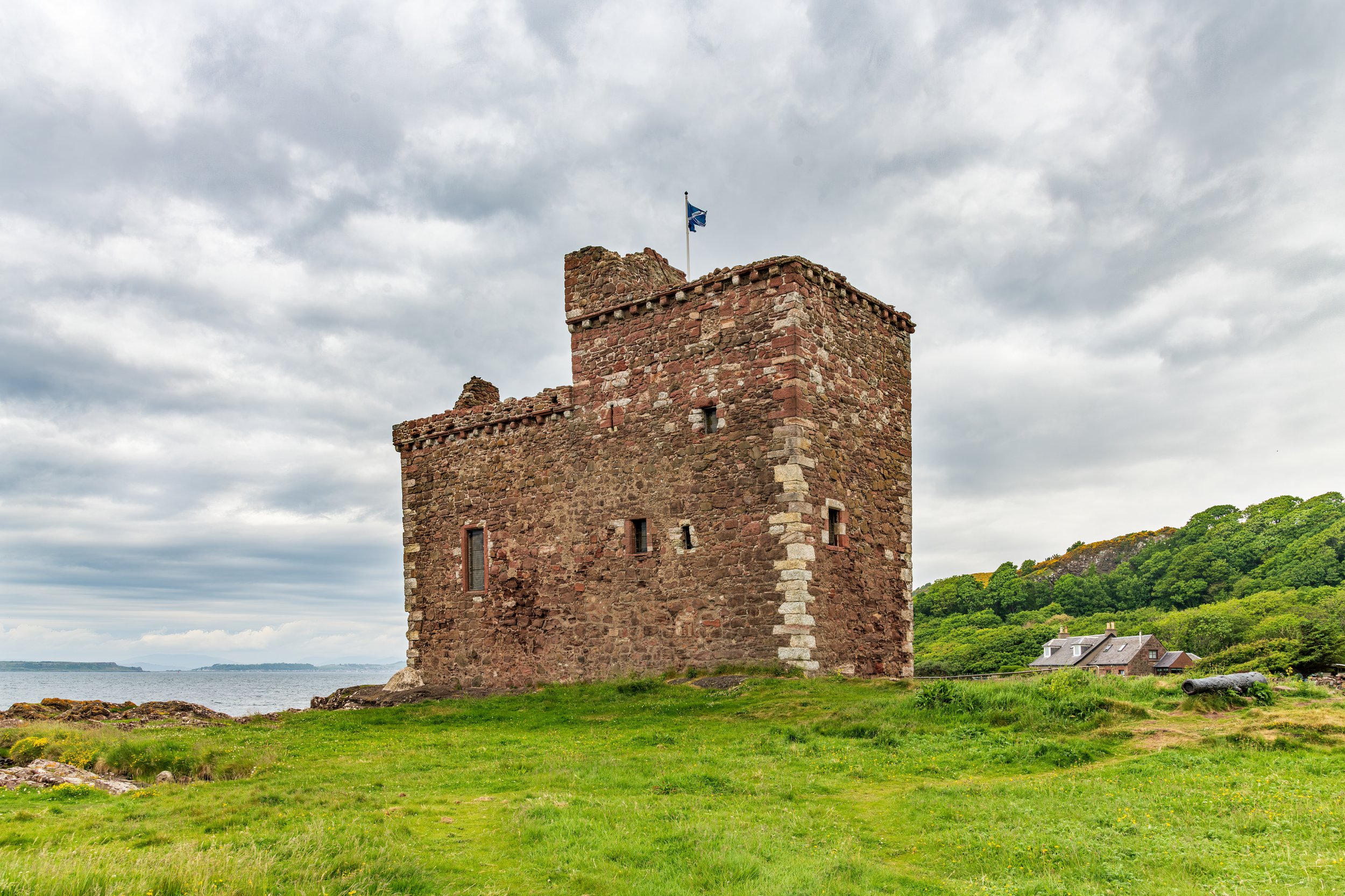
Portencross Castle Seamill
Portencross Castle, also known historically as Portincross Castle, is situated in Portencross, on the west coast of Scotland, about 3 km from West Kilbride. The site has been fortified since the 11th Century. The present tower castle is thought to date from the mid-14th Century and later. It remained in use until it was unroofed by a great storm in 1739 and gradually became ruinous. The castle was designated as a scheduled ancient monument in 1955.
In the castle's earliest days, it was known as "Arneil" (alternatively spelled "Arnele" or "Ardneil") and was held by the de Ross family. After the victory over the English at the Battle of Bannockburn in 1314, King Robert the Bruce gave the estate to Sir Robert Boyd of Kilmarnock a year later. Replacing a small castle on Auld Hill, Portencross castle was rebuilt in the mid- to late-14th century on a rock promontory at the bottom of Auld Hill, overlooking the Firth of Clyde by Boyd's grandson, also named Robert Boyd. It served as the caput of the Barony of Ardneil. From this location, King Robert IIprobably signed 15 charters dated at Arnele between 1371 and 1390.
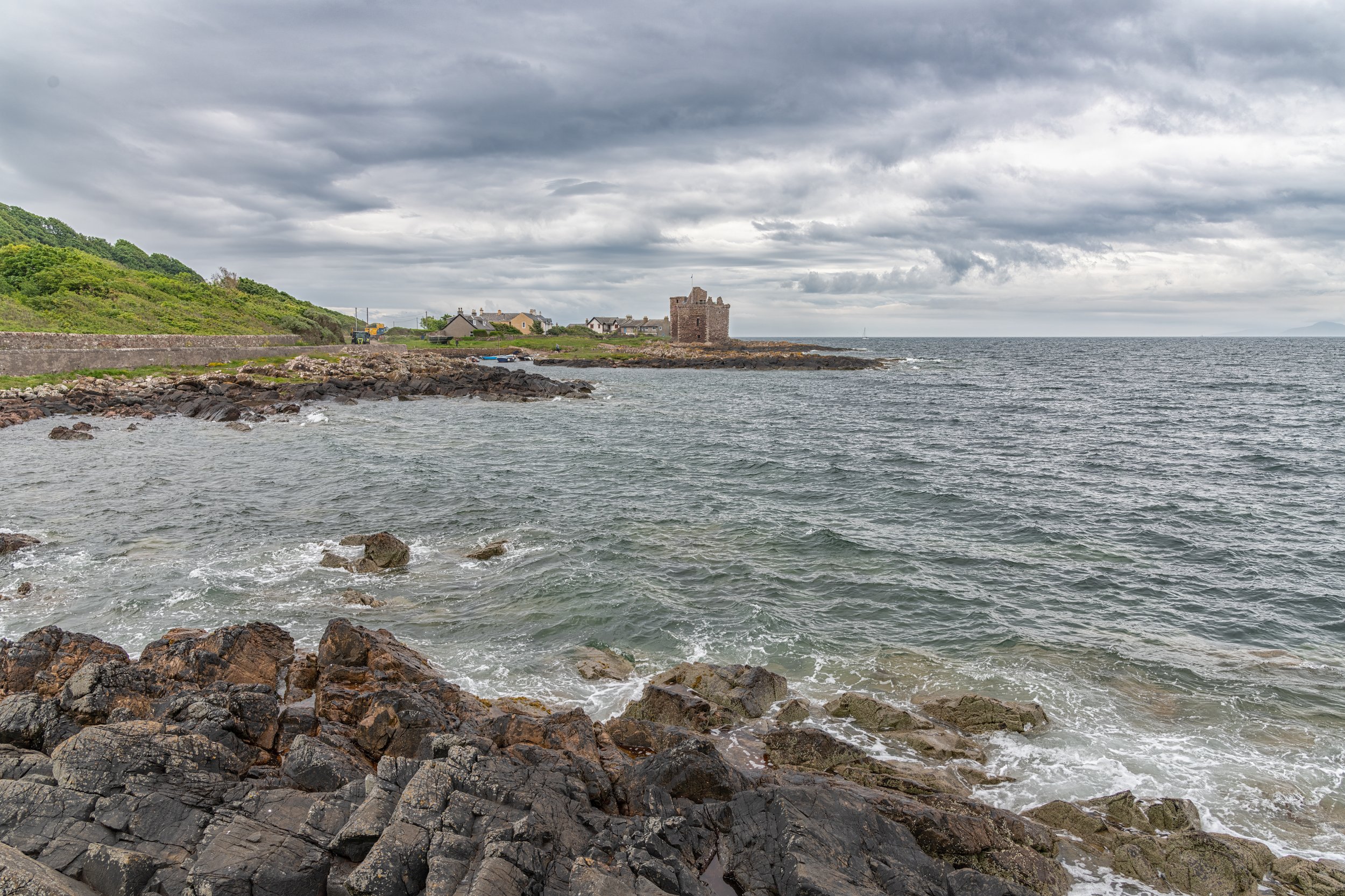
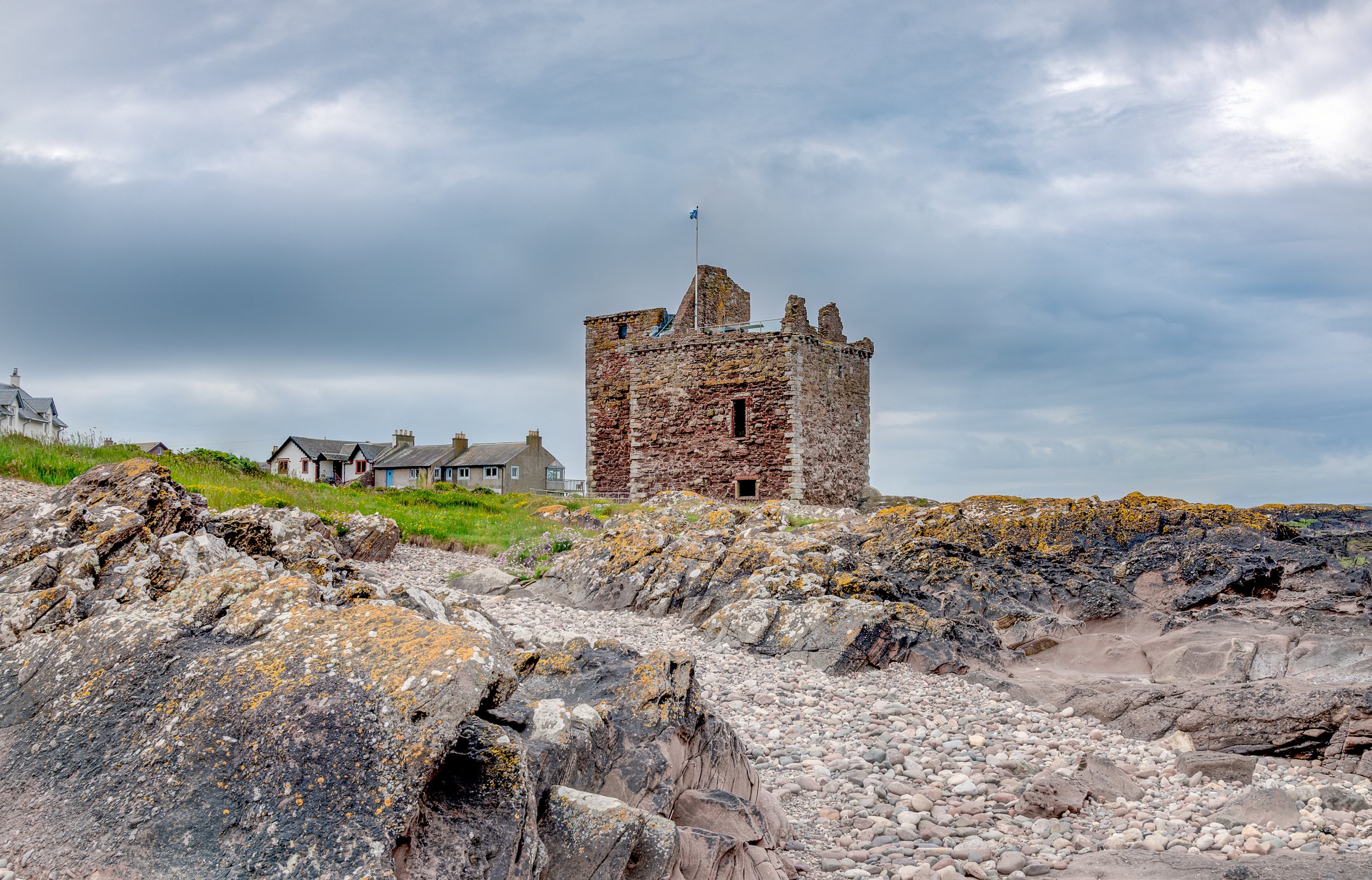
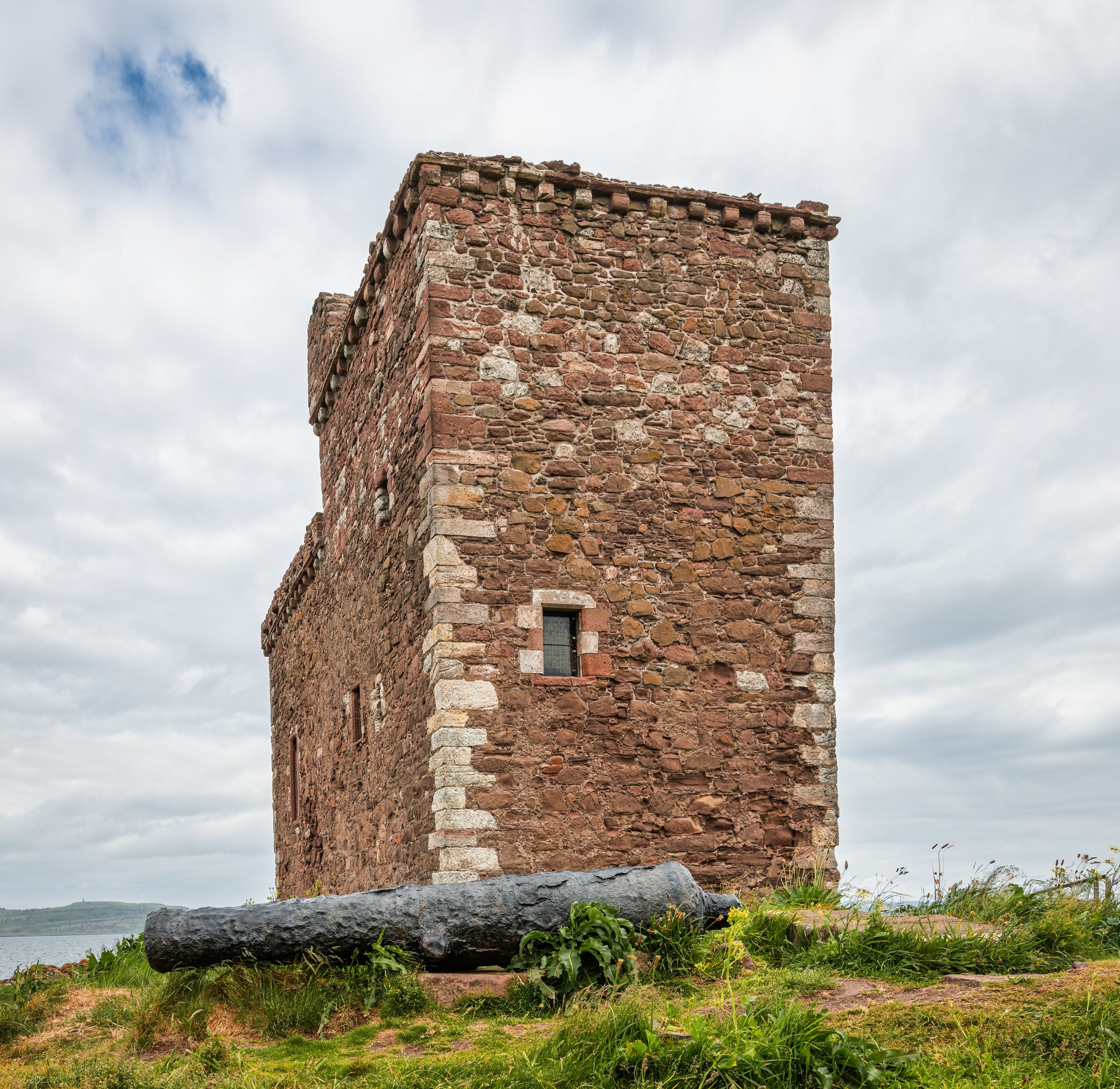

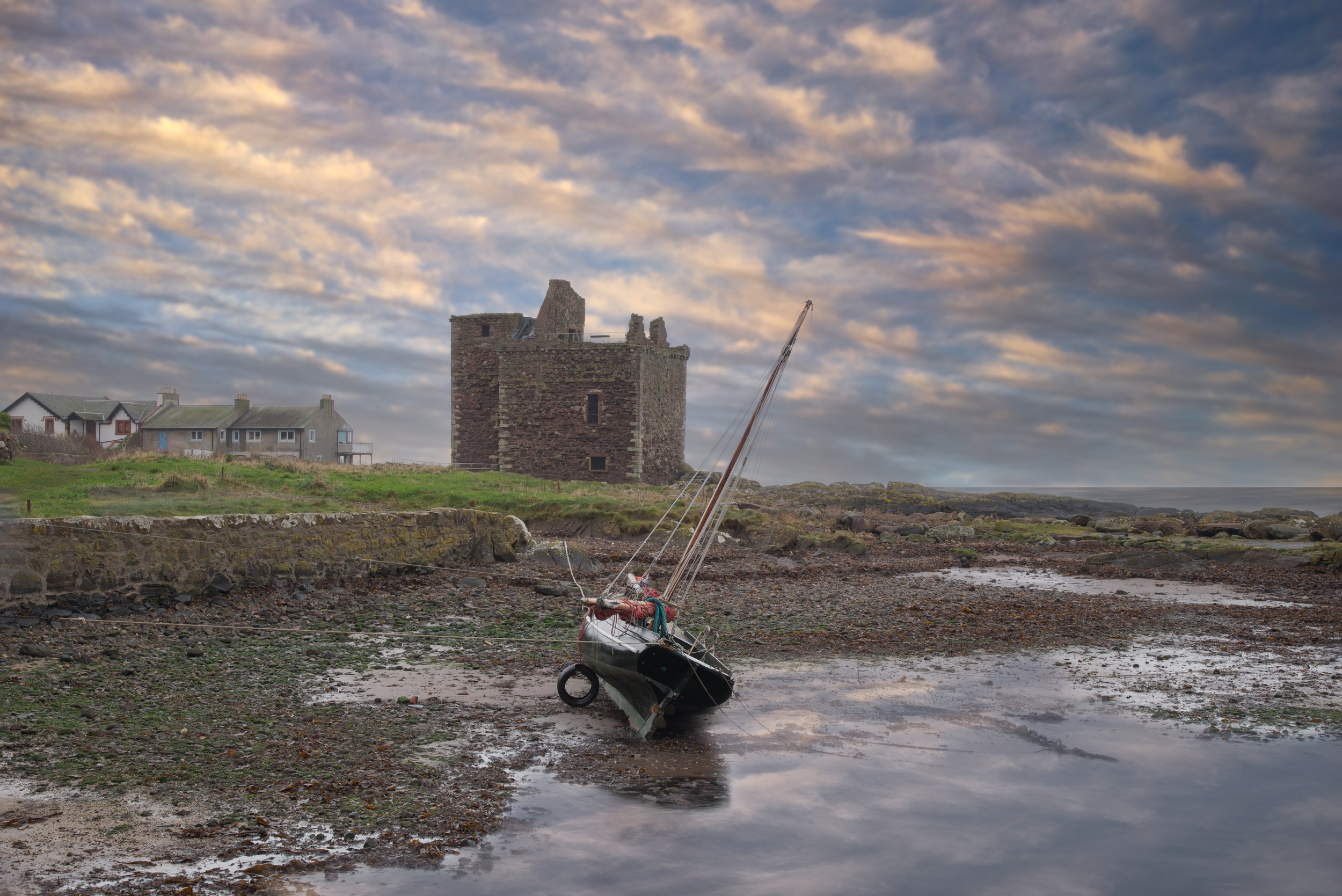



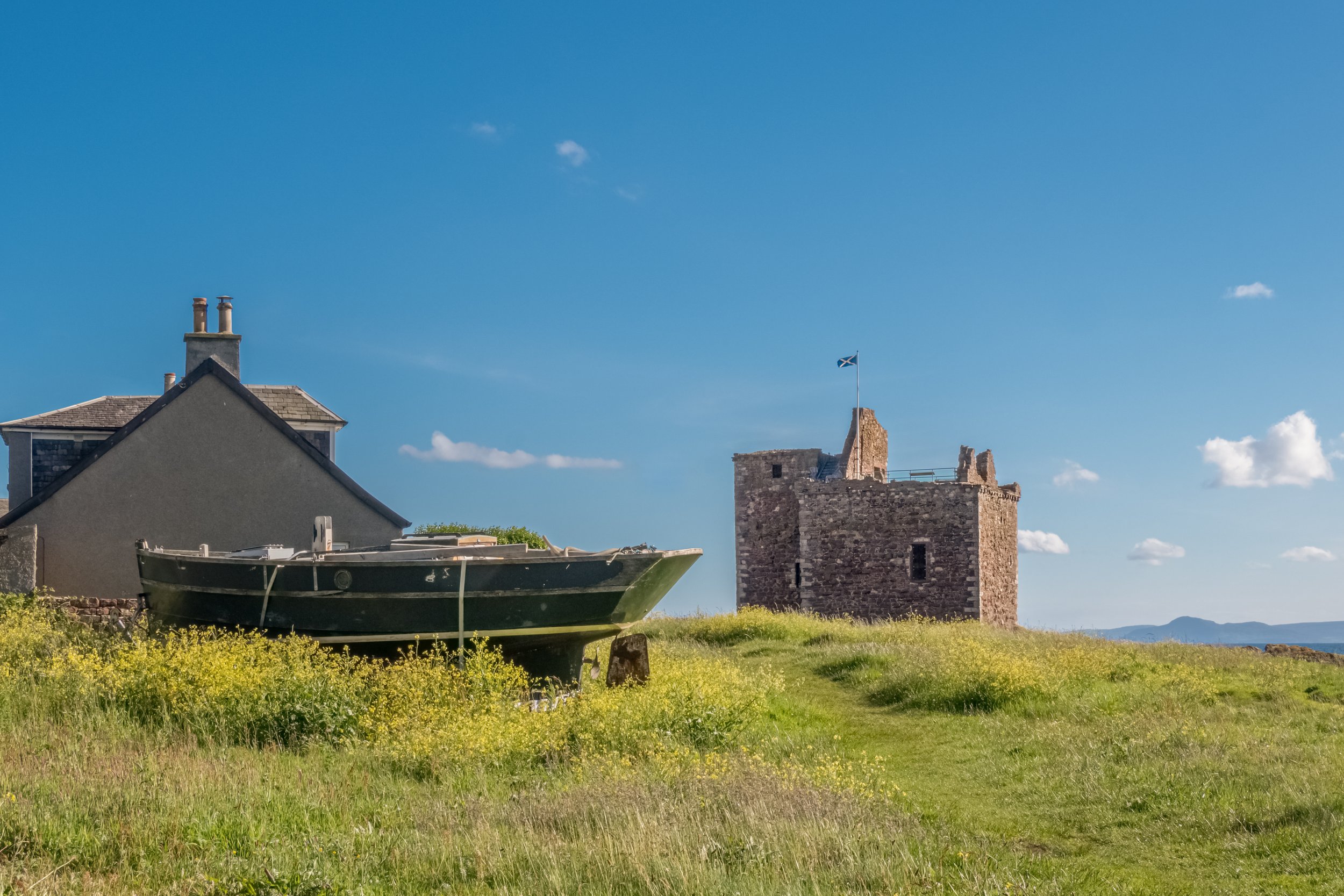

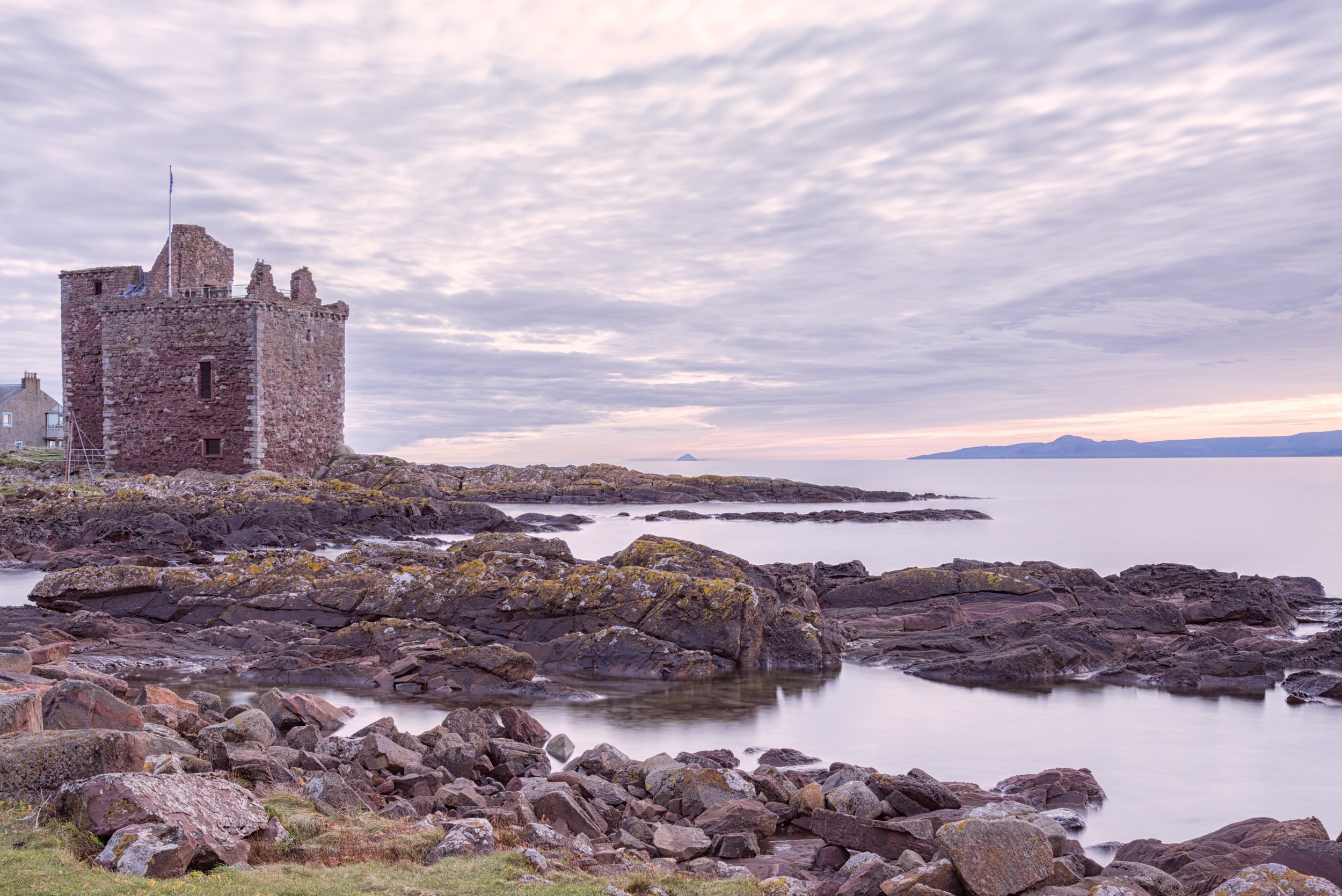
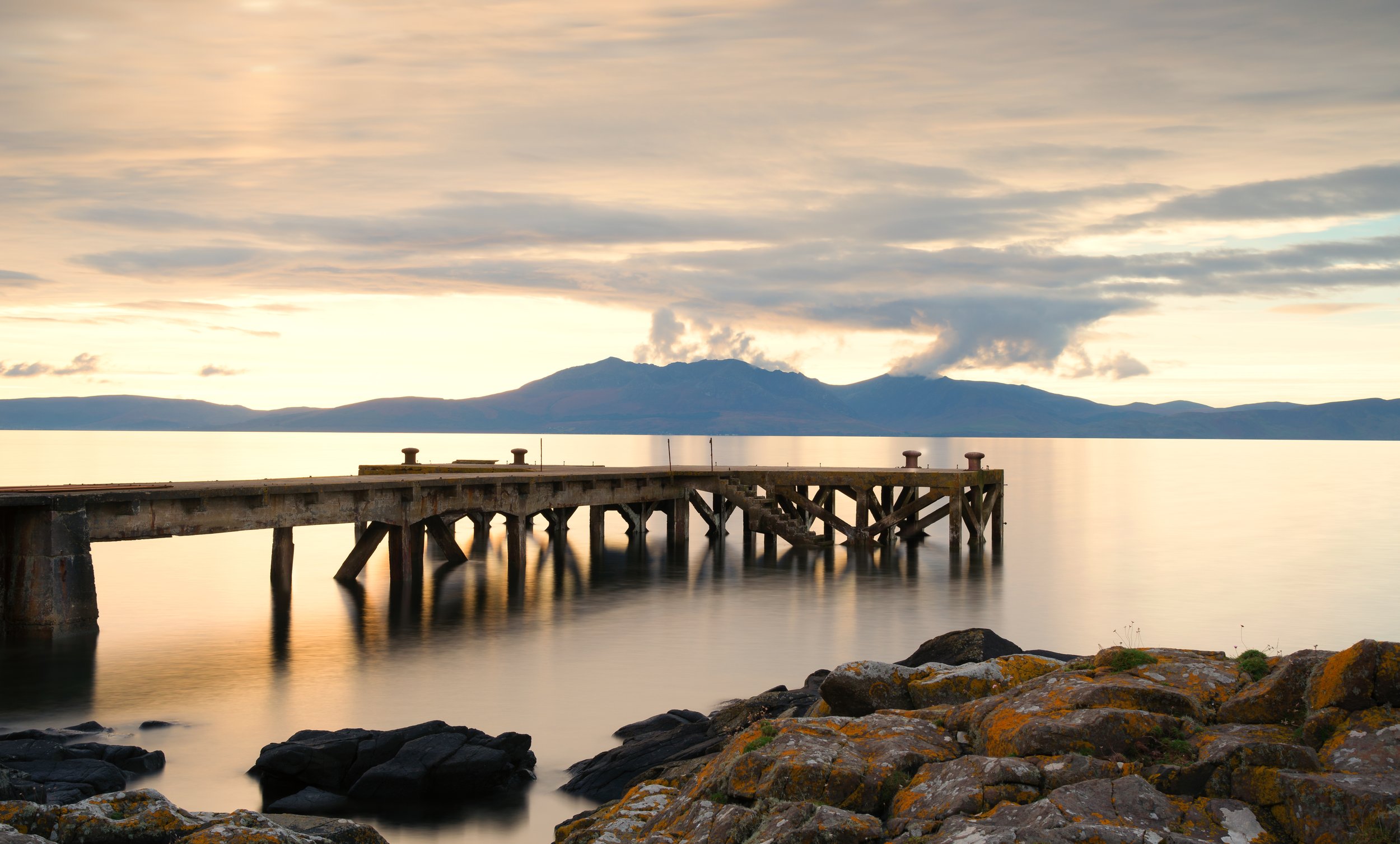

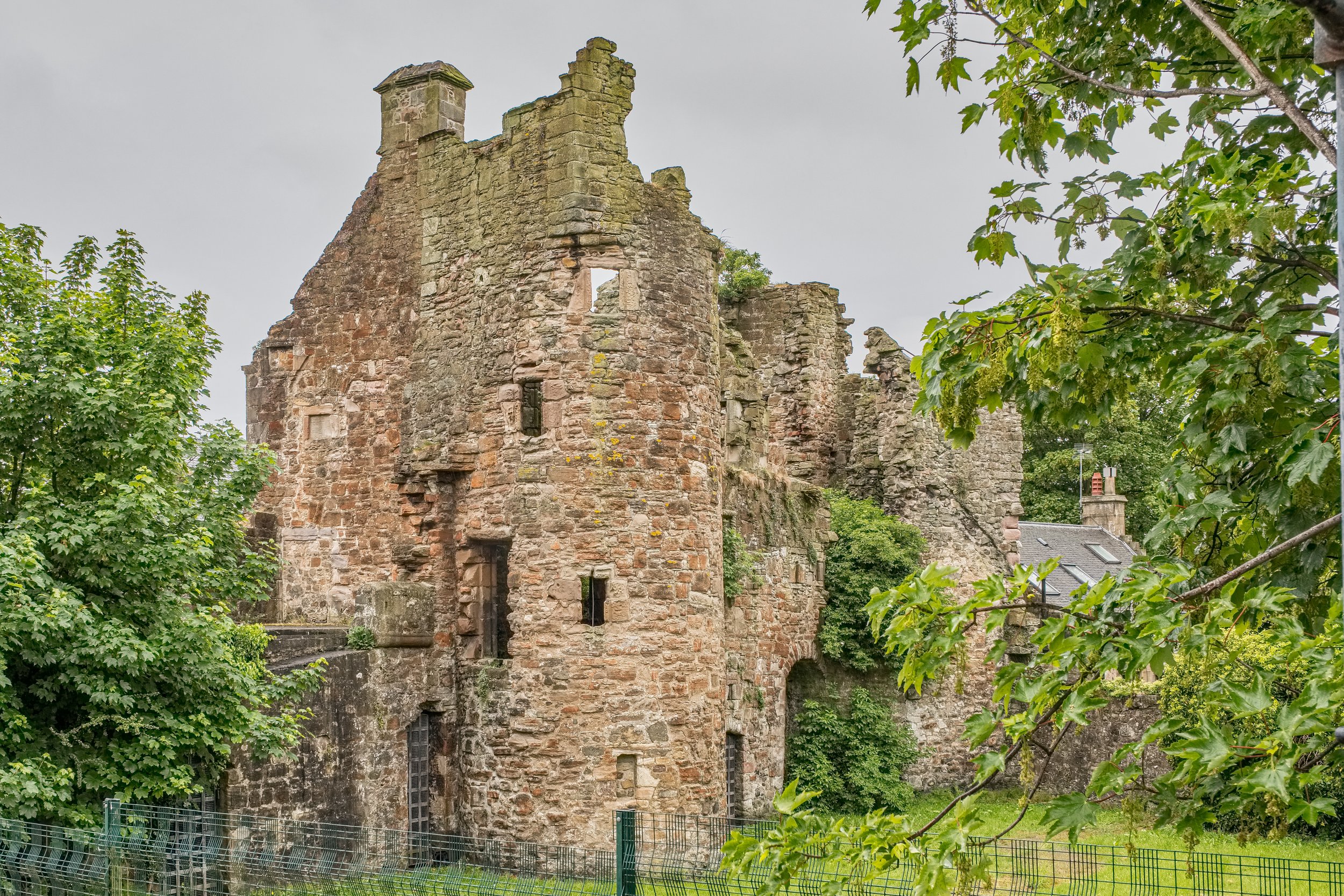
Seagate Castle
Seagate Castle is a castle and fortified town house in North Ayrshire, in the town of Irvine, close to the River Irvine, Scotland. The castle was formerly a stronghold, a town house, and later a dower house of the Montgomery Clan. The castle overlooks the oldest street in Irvine, which was once the main route between the town and the old harbour at Seagatefoot, which by 1606, was useless and abandoned due to silting. The remains of the castle are protected as a scheduled ancient monument.
Architecture: The entrance doorway is of the Scottish Renaissance Gothic style, and the building, less defensive and more an elegant mansion, has elegant moulded windows and other ornate embellishments. The castle is entered through a vaulted pend running through the north section of the main block, which has a fine ornamental arched doorway, opening into the courtyard and having similarities with the southern entrance passageway at Linlithgow Palace. A lengthy main block faces the street, to the east of this three towers projected, two were round and one was triangular; probably because of the lie of the land. It has been suggested that this tower is of a much older construction, but other authorities dispute this. A small guardroom and a prison pit may have existed in this area.
The castle information plaque records that the 'Treaty of Irvine' between Scotland and England was signed at Seagate Castle on 9 July 1297; this would have been in the earlier castle. In 1297 Edward I had sent a punitive expedition under Sir Henry Percy to Irvine to quash an armed uprising against his dethronement of John Balliol. The Earl of Carrick, Robert Bruce, Bishop Wishart and others led the Scottish army, however, after much argument they decided to submit without a fight. The armies had been encamped in sight of each other, the English at Tarryholme and the Scots at Knadgerhill, with the old Trindlemoss or Scotts Loch between them. Rodolph de Eglinton is said to have hosted the negotiations at Seagate Castle. The Bruce never accepted the surrender conditions and Edward I did not confirm it.
The story became embellished with a purely fanciful involvement of William Wallace in a brave action here. The original treaty survives and is to be found in the Public Record Office, London. Through this treaty certain of the Scottish leaders submitted to the English; the treaty also is known as the 'Capitulation of Irvine'.

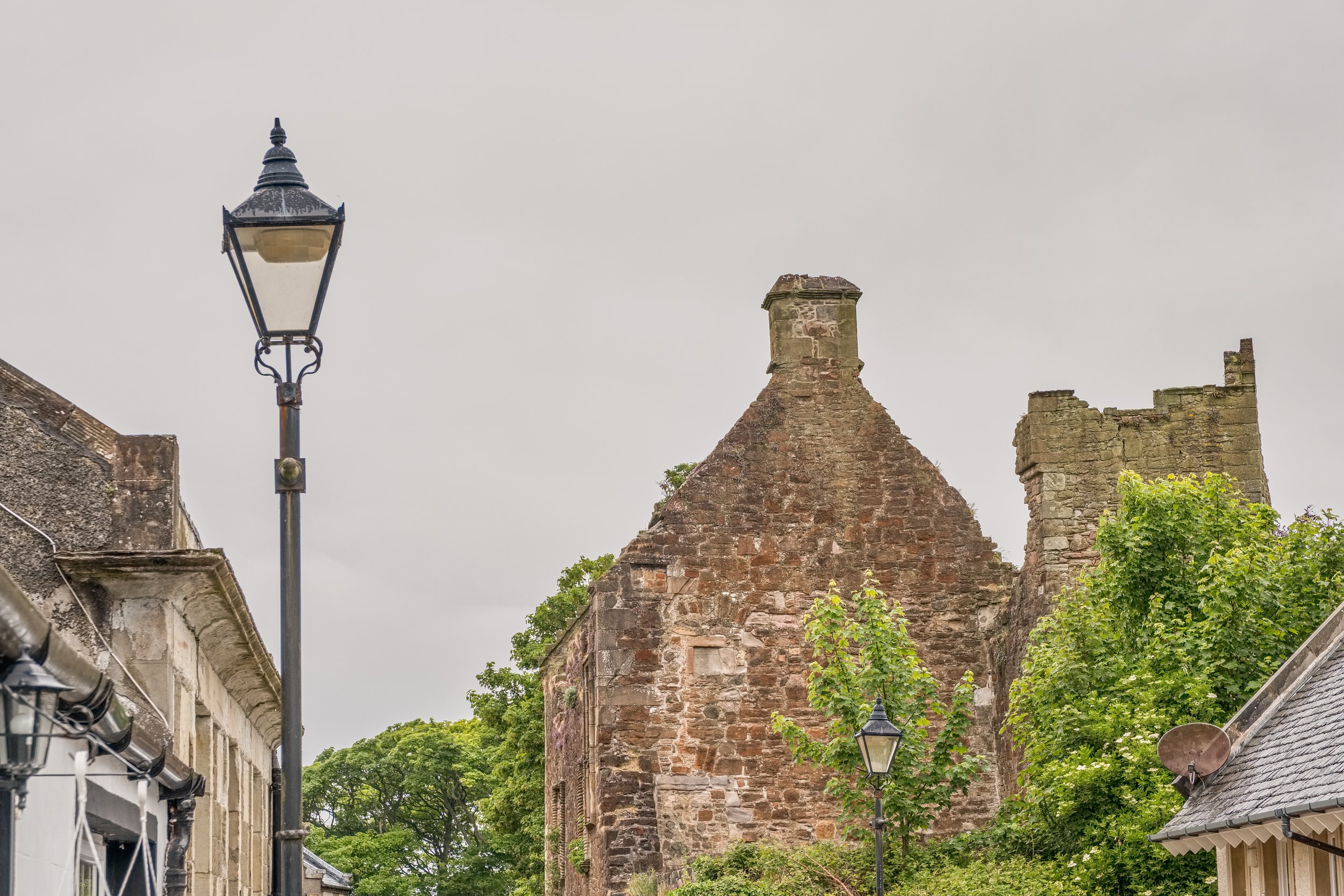
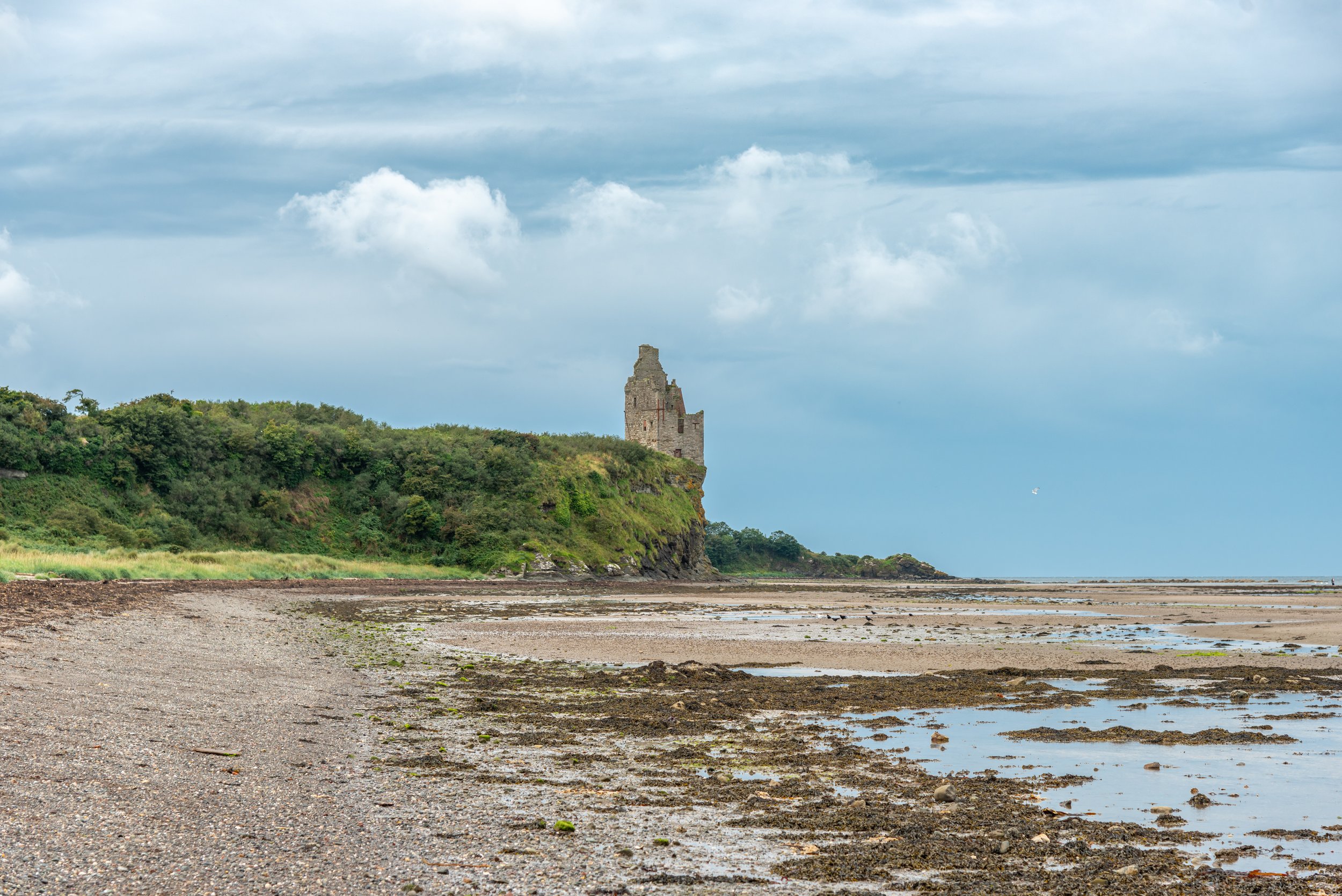
Greenan Castle South Ayrshire
Greenan Castle is a 16th-century ruined tower house, around two and a half miles (4 kilometres) southwest of Ayr in South Ayrshire, Scotland. Situated at the top of a sea cliff, it was originally a promontory fortconverted into a motte-and-bailey in the 12th century. In the 15th century a tower house was built by the Lords of the Isles, which later passed into the hands of the Kennedy family.
In the courtyard on the morning of 12 May 1602, Sir Thomas Kennedy of Culzean and his servant, Lancelot Kennedy, mounted their horses to ride to Edinburgh, having spent the night before with Thomas's half-brother, John Kennedy of Baltersan. Just a few miles away in the woods of St Leonards (now a suburb of Ayr), they were ambushed by Thomas Kennedy (of Drummurchie), Thomas Kennedy (brother to the Laird of Bargany), Walter Muir of Cloncaird, Thomas M'Alexander, Thomas Wallace, a boy called Gilbert Ramsay and a borderer, Williame Irrwing. Sir Thomas was murdered in retaliation for the death of the young Laird of Bargany in December, 1601 at the Battle of Brockloch, near Maybole. Years later, the Muirs of Auchindrain (father and son) were executed for their "art and part" in this murder. The story inspired Sir Walter Scott to write a short play, "An Ayrshire Tragedy".

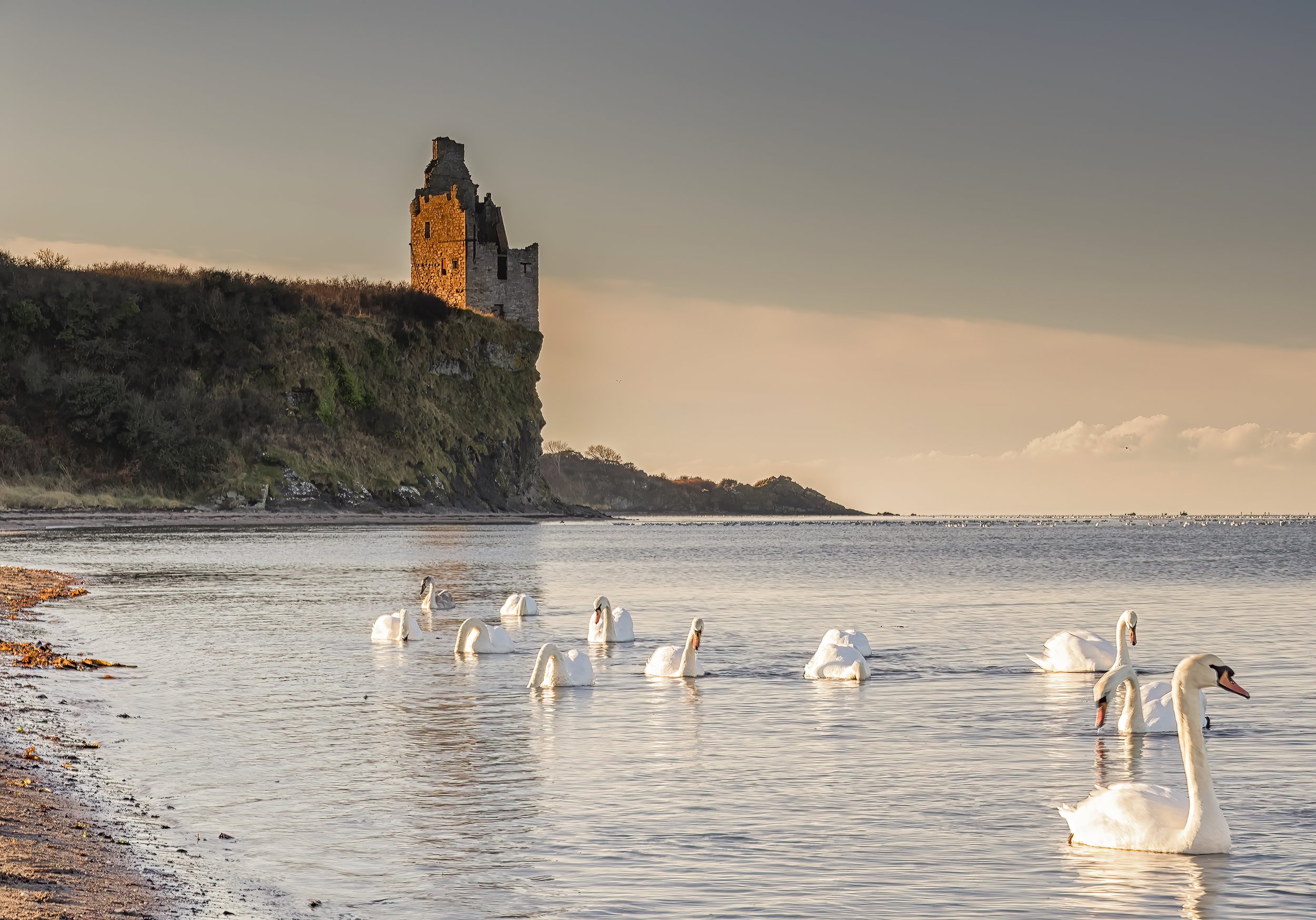
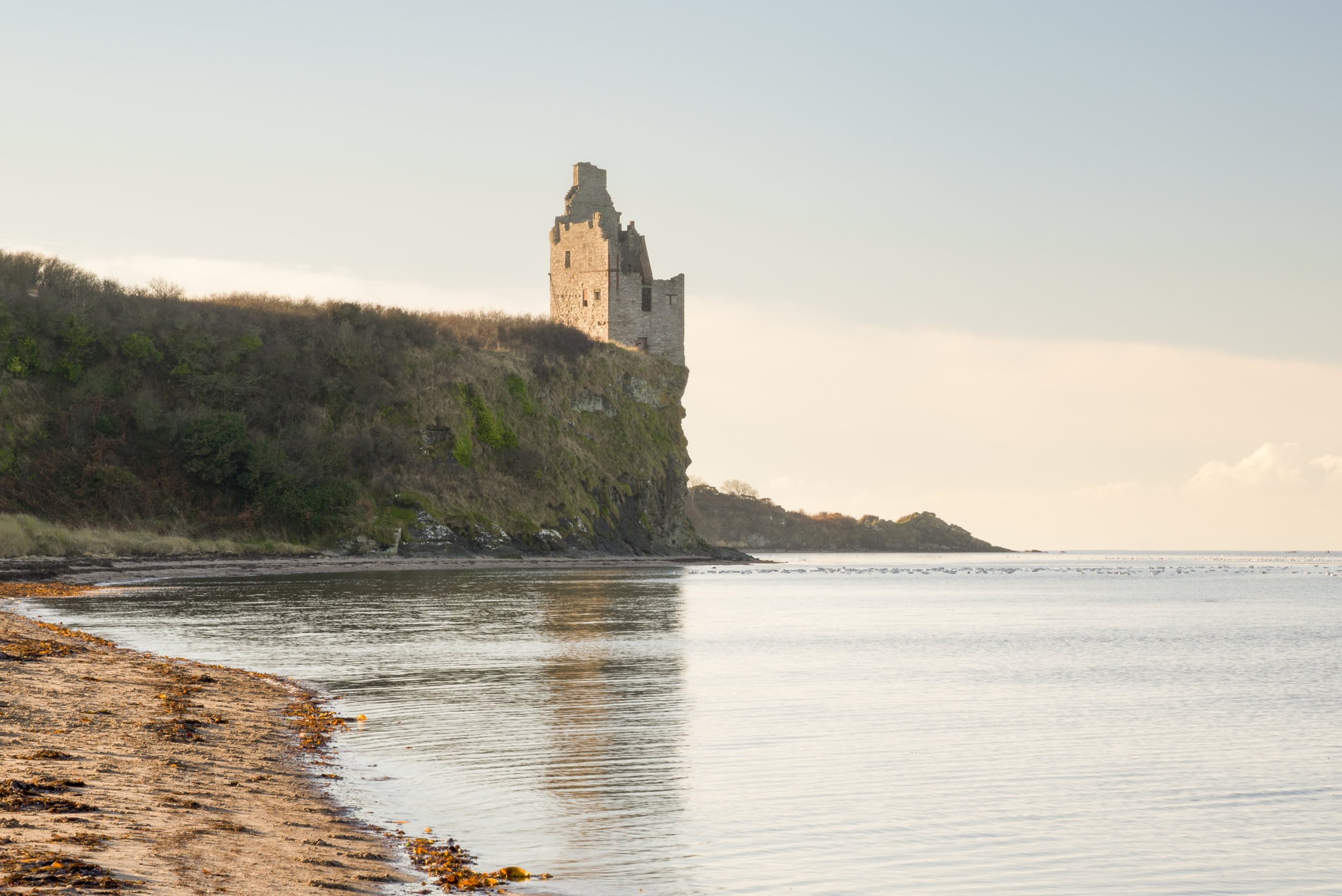

Irvine Glasgow Vennel
The Scottish Poet Robert Burns resided at no 4 Glasgow Vennel where he obtained lodgings while he was learning the old skills of the Flax Trade. Burns worked at the nearby Heckling shop at no 10 Glasgow Vennel.
In the 1780’s the infamous sect called the Buchanites often met at the house pictured in Glasgow vennel. The sect was started by a Mrs Elsbeth Buchan who declared herself a prophet and biblical figure (in her own head) claiming to be immortal she could give immortality to her followers by breathing on them. Buchan and several of her followers were expelled from Irvine by several of the locals who threatened to drown them in the near by Scot’s Loch. Buchan died in 1791 so probably wasn’t immortal. Her mummified body was later found when the last of her adherents died some fifty years later. (Waiting for her to make a comeback)
They are also mentioned quite negatively in a letter by Robert Burns: "About two years ago, a Mrs Buchan from Glasgow came among them, and began to spread some fanatical notions of religion among them, till in spring last the Populace rose & mobbed the old leader Buchan & put her out of the town; on which all her followers voluntarily quit the place likewise, and with such precipitation, that many of them never shut their doors behind them”. Think that maybe sums it up.
The Buchanites are remembered in Scottish literature in the works of John Gault who himself was a young child in the town of Irvine when Mrs Buchan and her followers were expelled.






Loch Doon Castle Ayrshire Scotland and its Relocation.
Loch Doon Castle was built by the Bruce family The Earls of Carrick in the later end of 1200. It is thought by some to have been built by Robert the Bruce himself, but it’s more likely it was built by his father, also called Robert. The Robert we know and often refer to was crowned King at Scone near Perth in 1306 but a short time later, about three months, his armies fell to the English at Methven near Perth. The castle itself also fell to the English about the same time and this is thought to have occurred a further twice (nae luck) until eventually the Scots reclaimed it around 1314. The castle was later owned the Kennedy family but taken from them by a William Crauford of Lefnoris in 1511. It was badly damaged during the reign of James V and latterly abandoned in the early 1600’s.
Castle Relocation.
Loch Doon Castle was originally stuck in the middle of an Island (as pictured) called Castle Island some 450 yards from where it stands just now. Due to rising waters within the loch it was dismantled stone by stone including the foundations at the early part of the last century (1936) and moved over to the west bank of the loch where it was reconstructed.

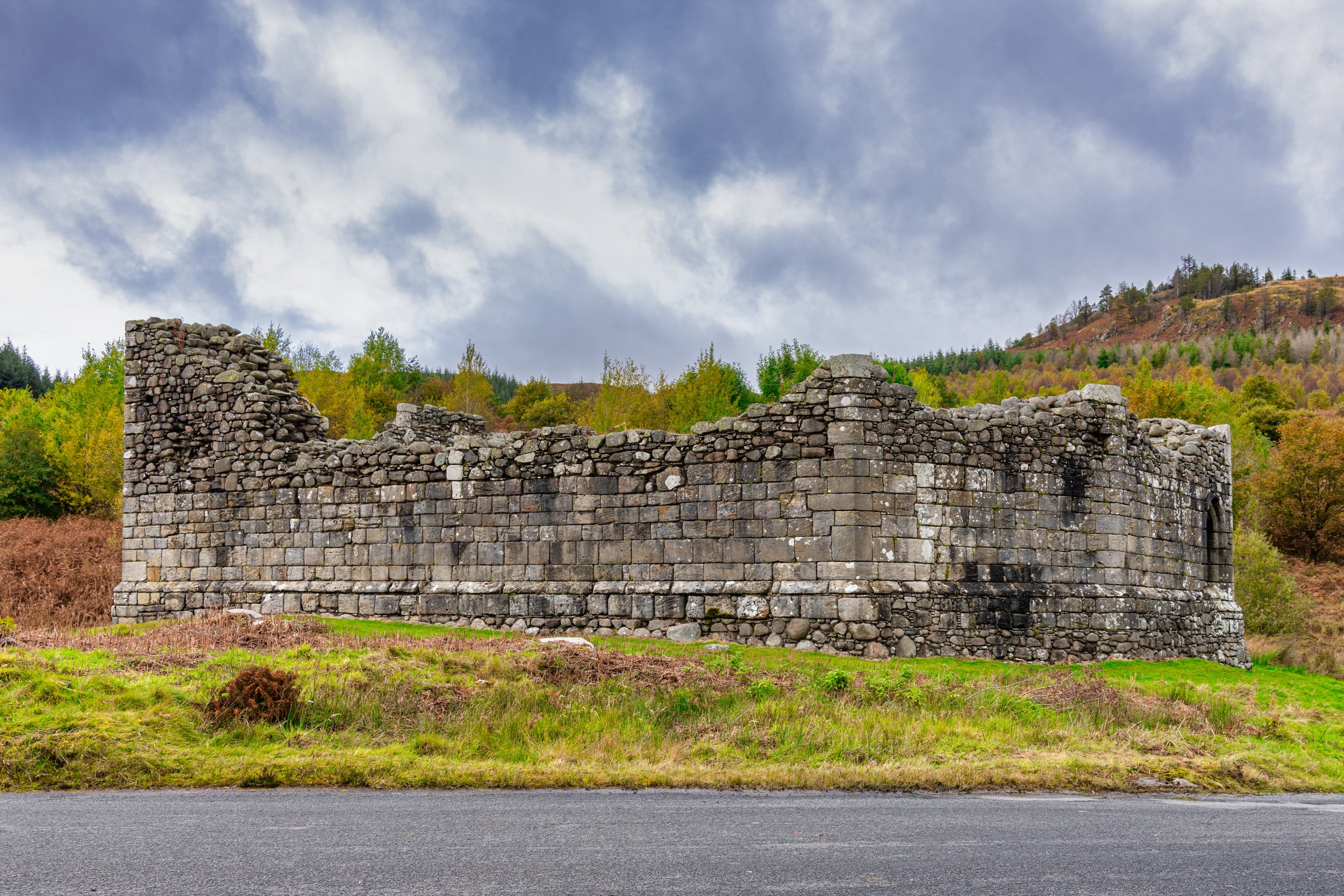
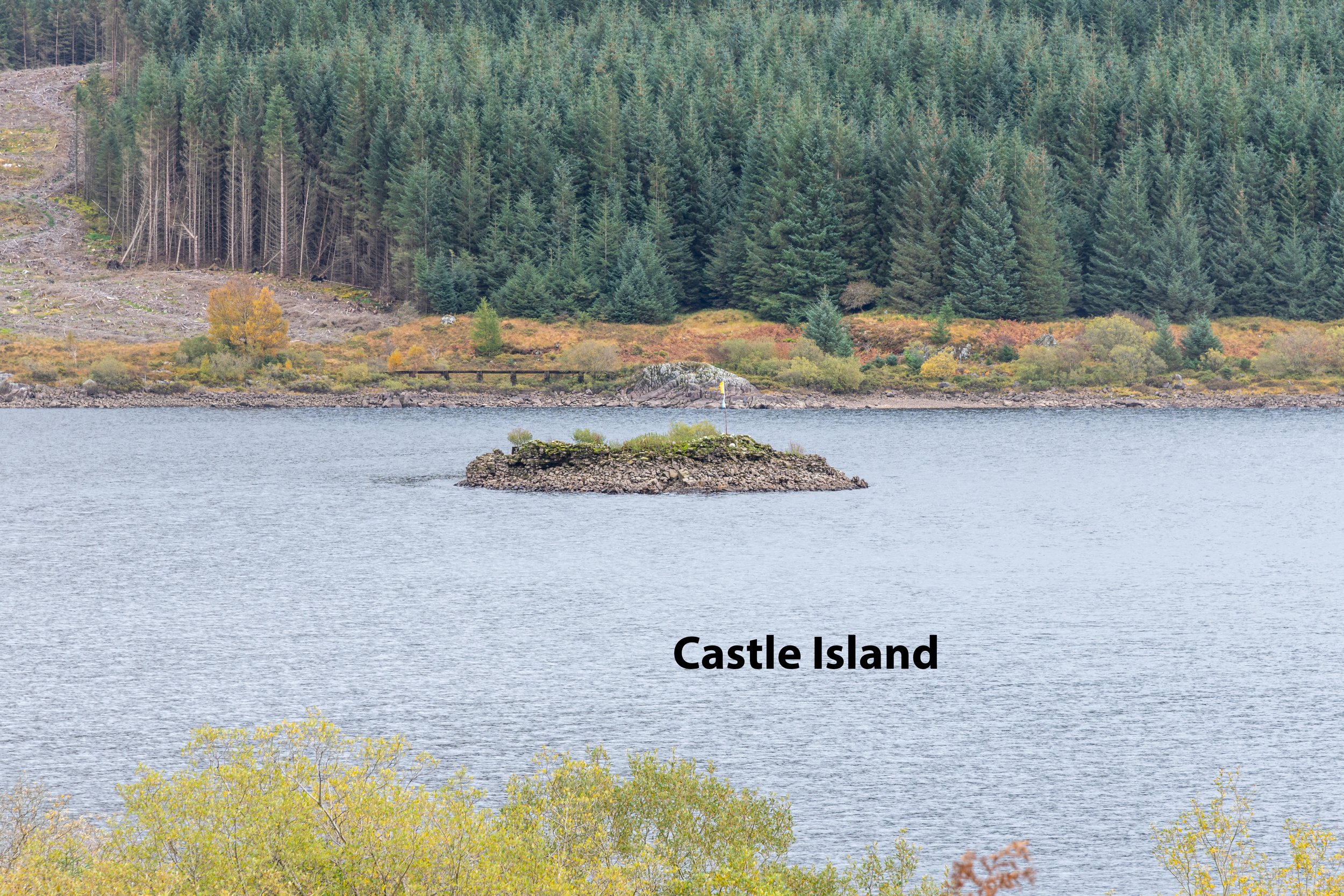
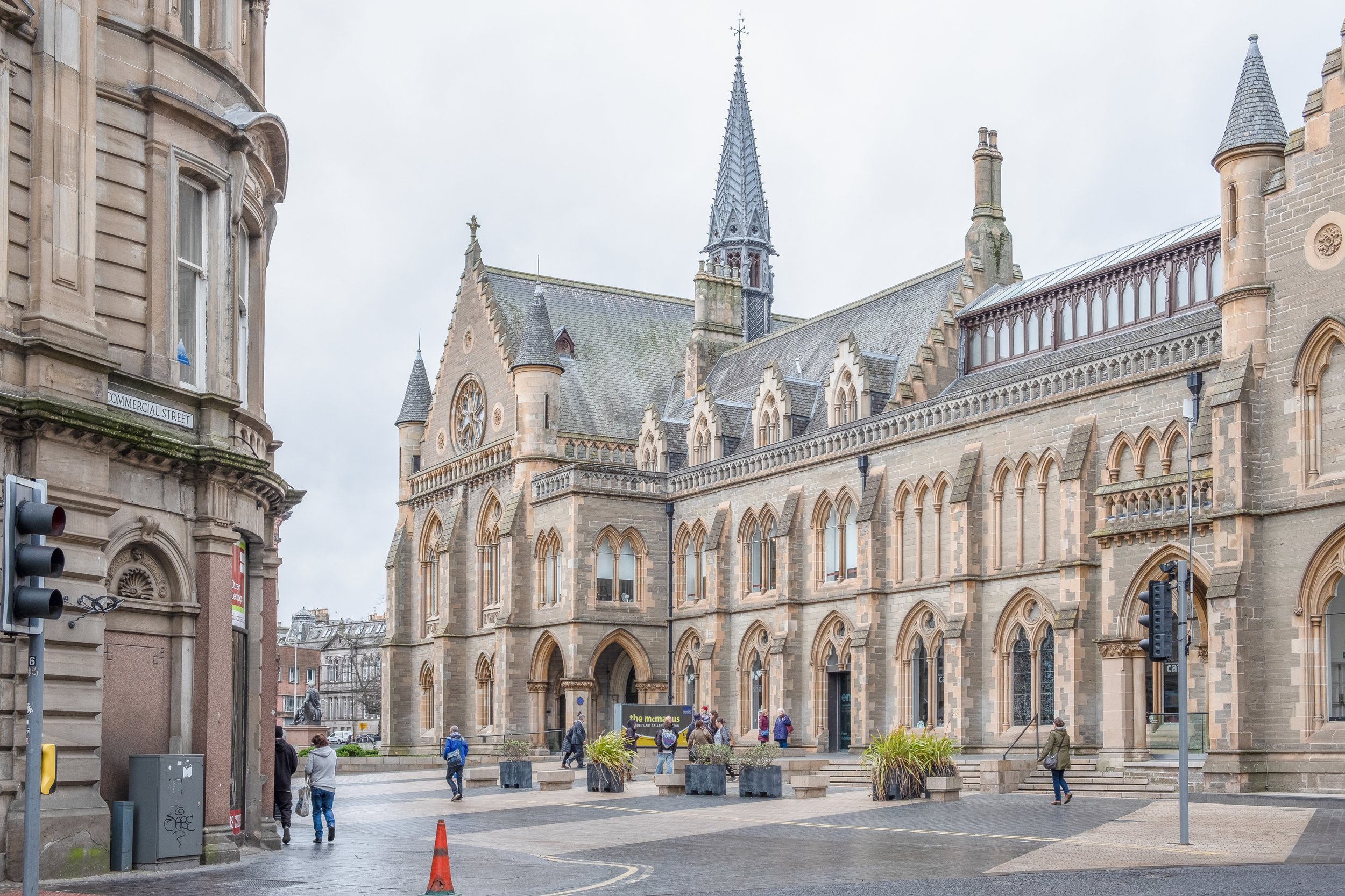
Some general examples of the architecture around the city of Dundee including the V&A museum
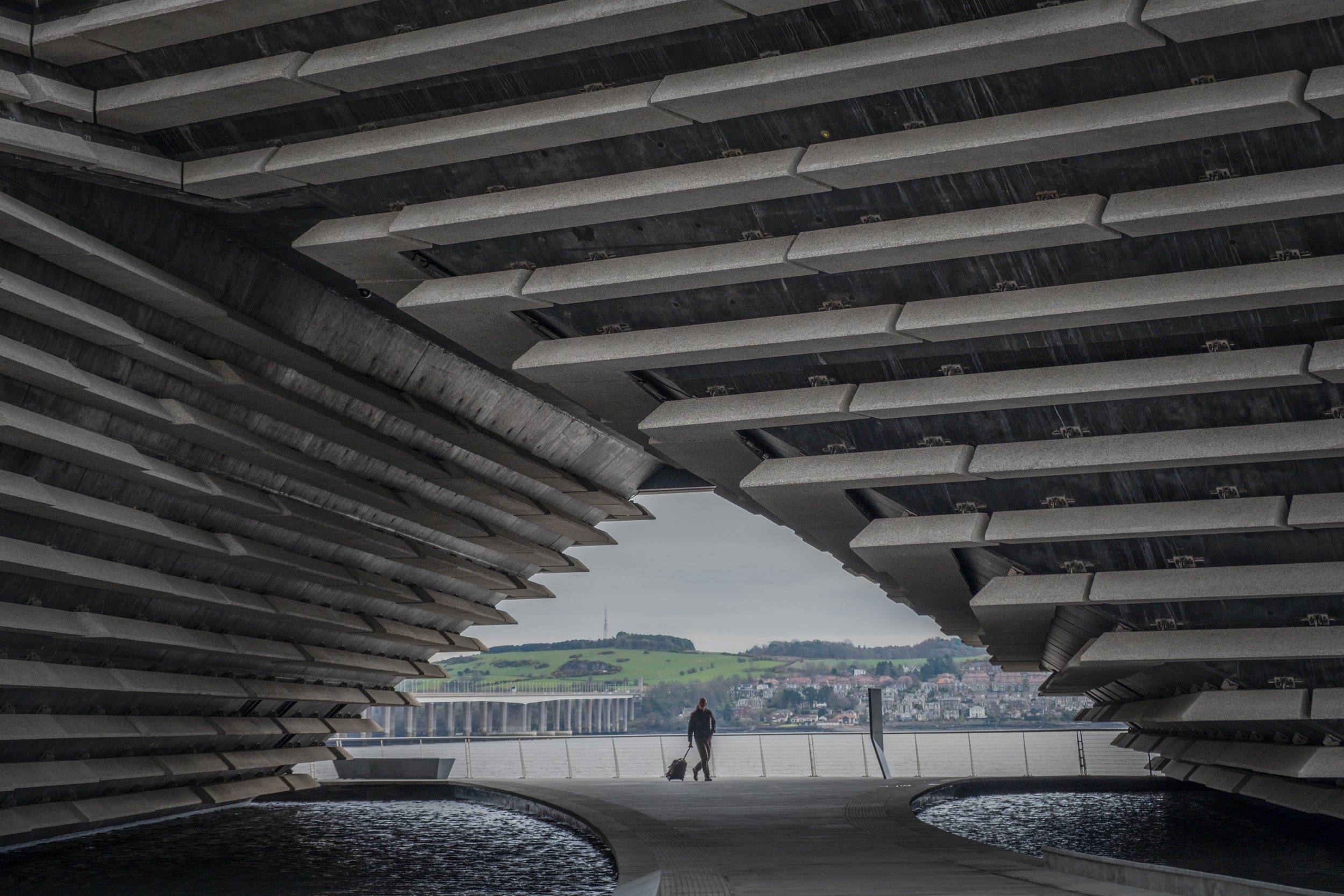
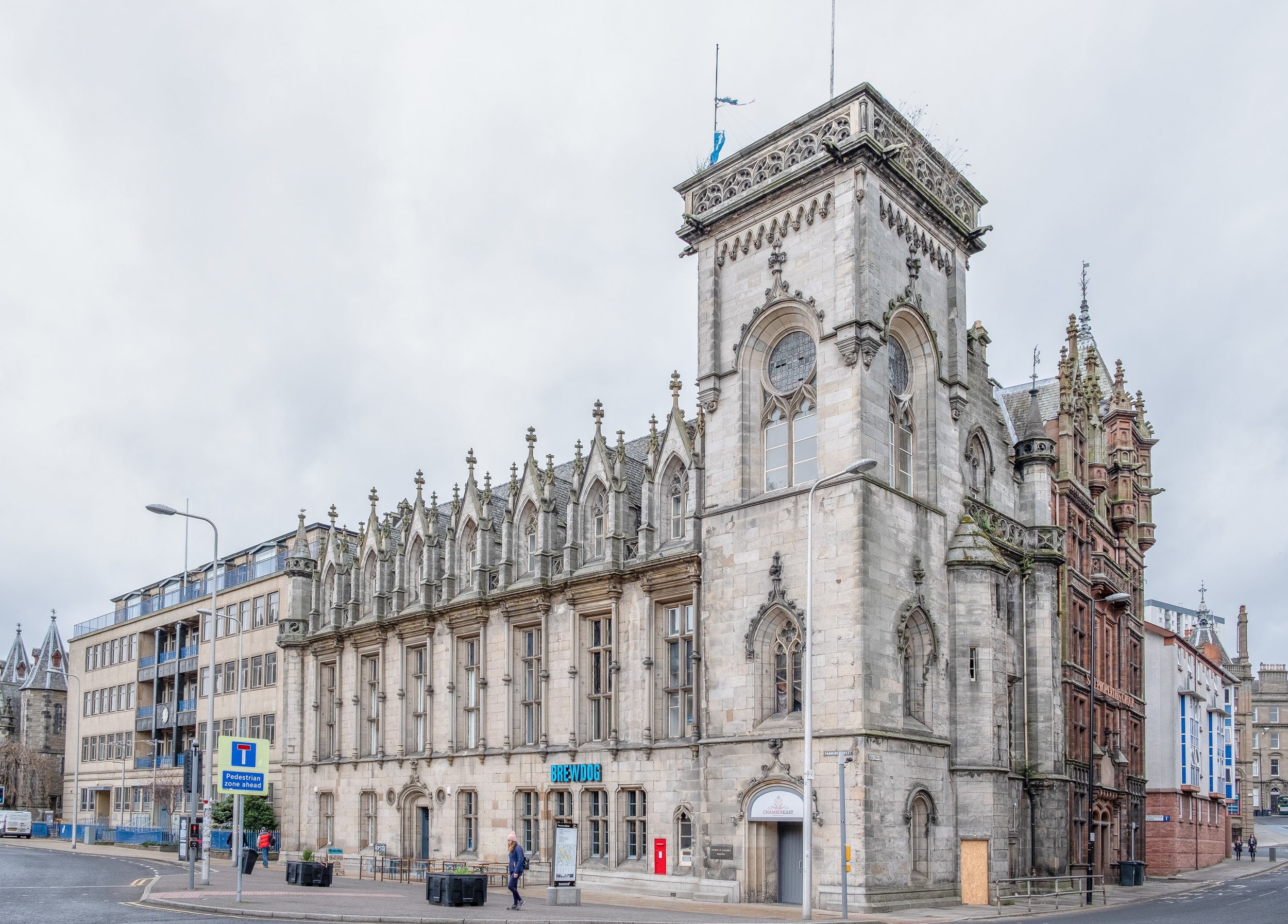
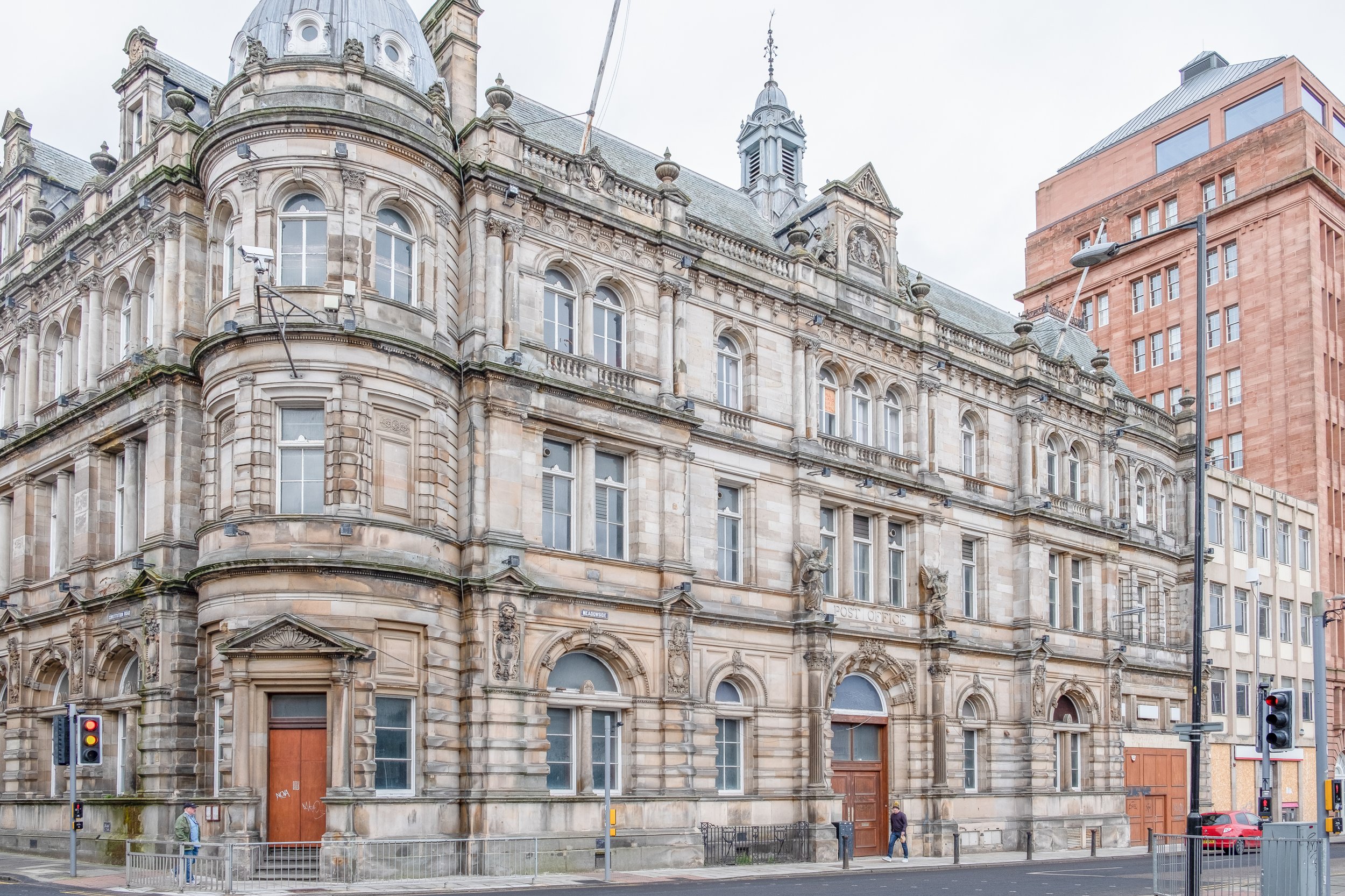

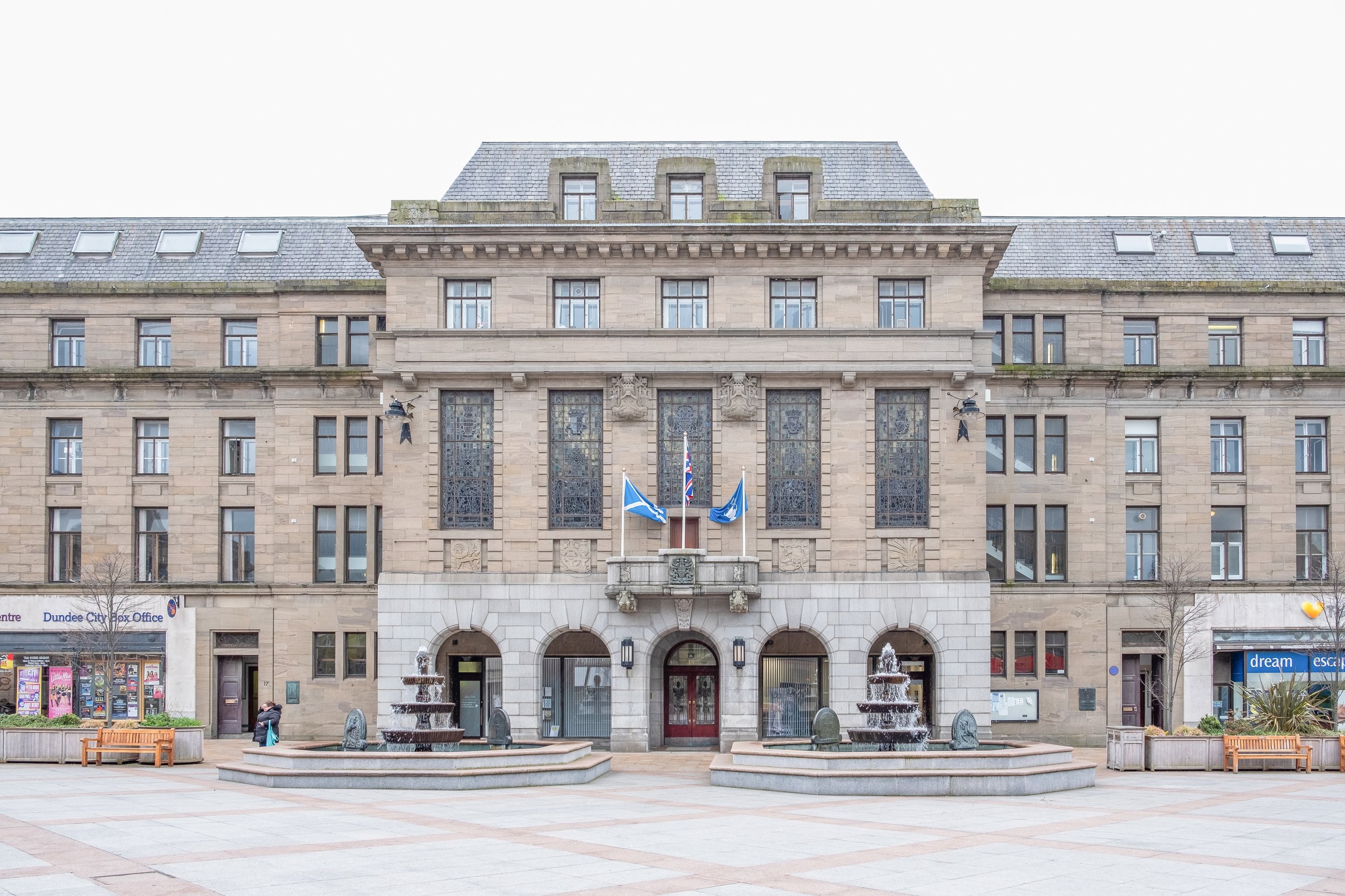
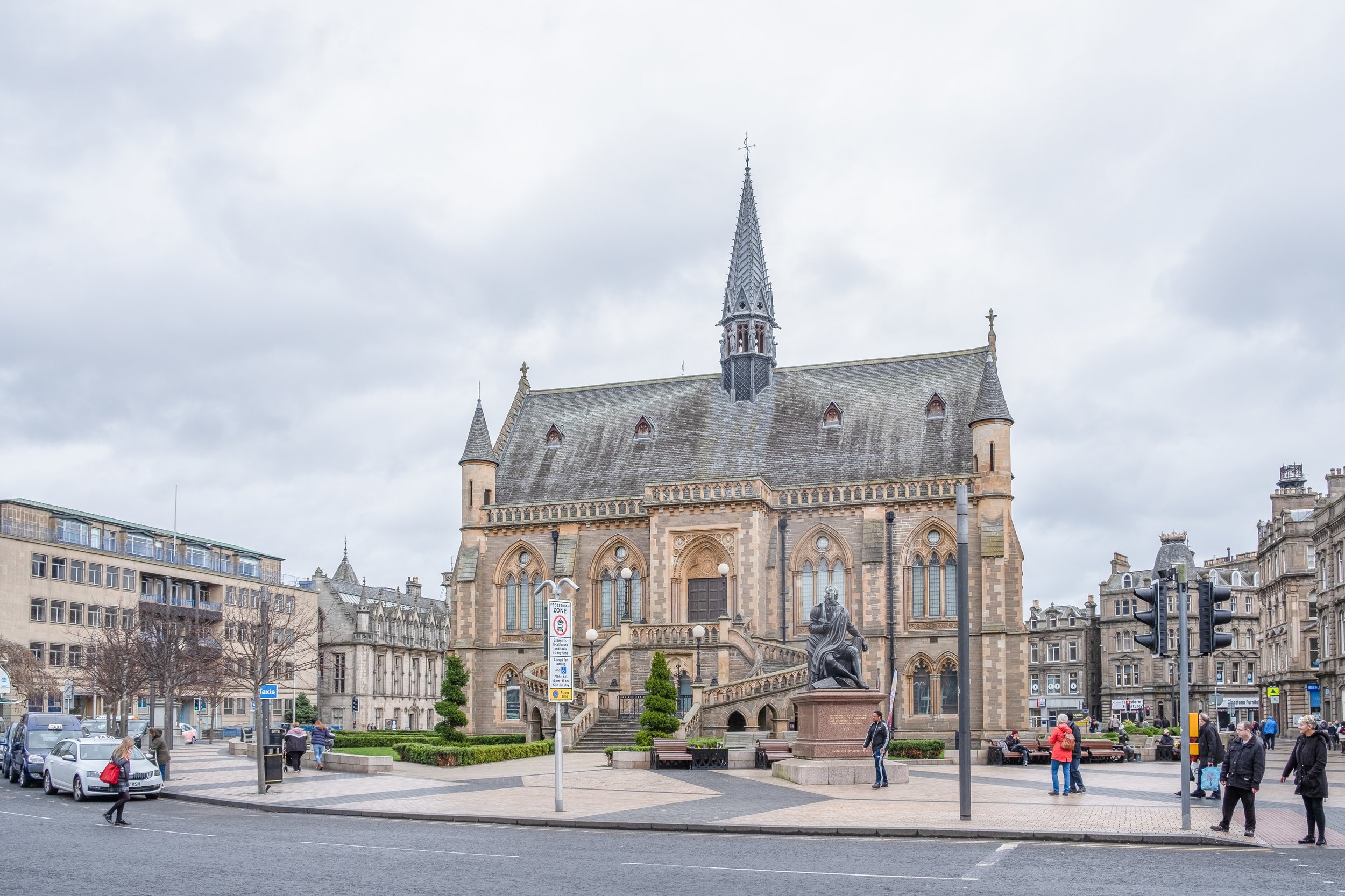

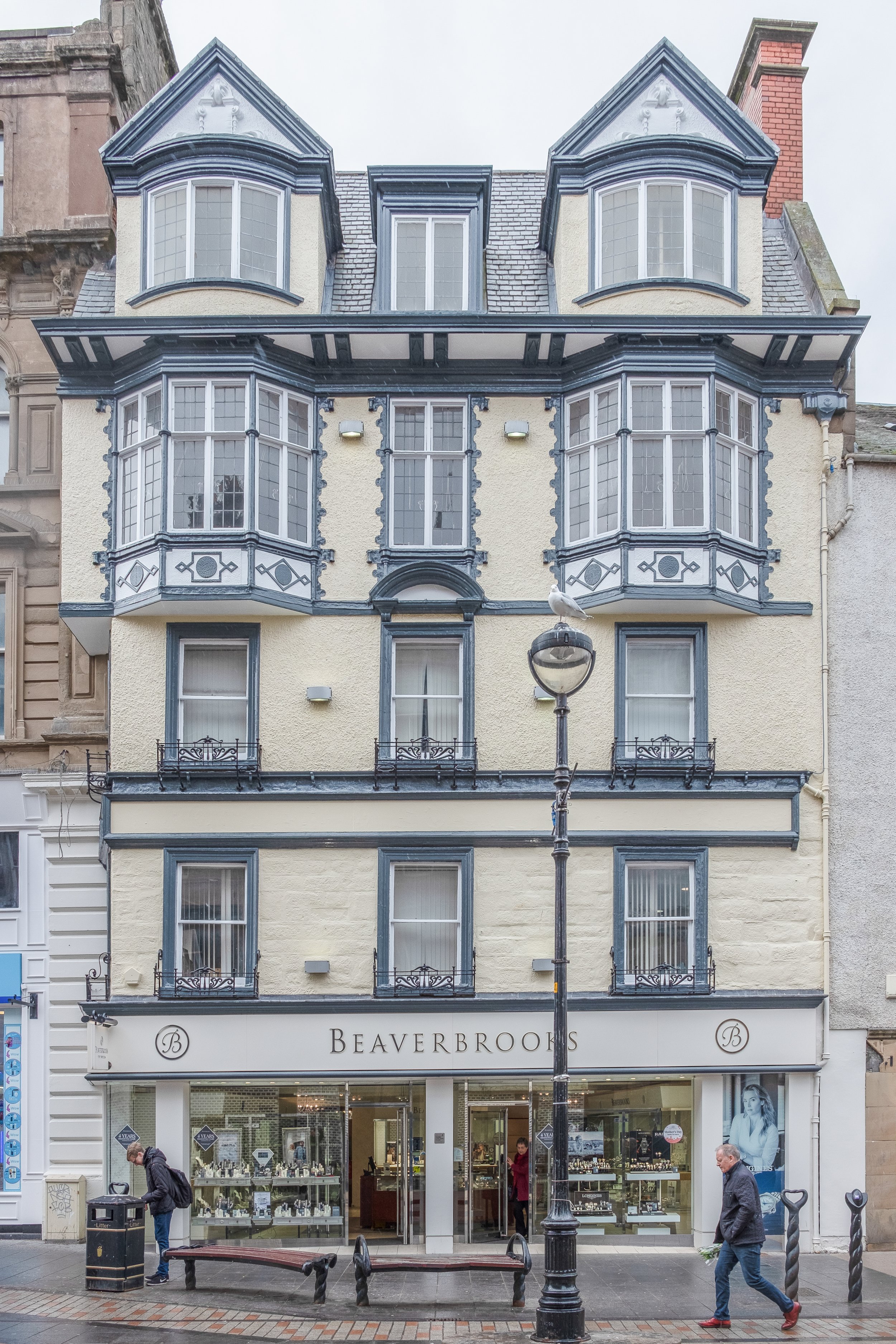

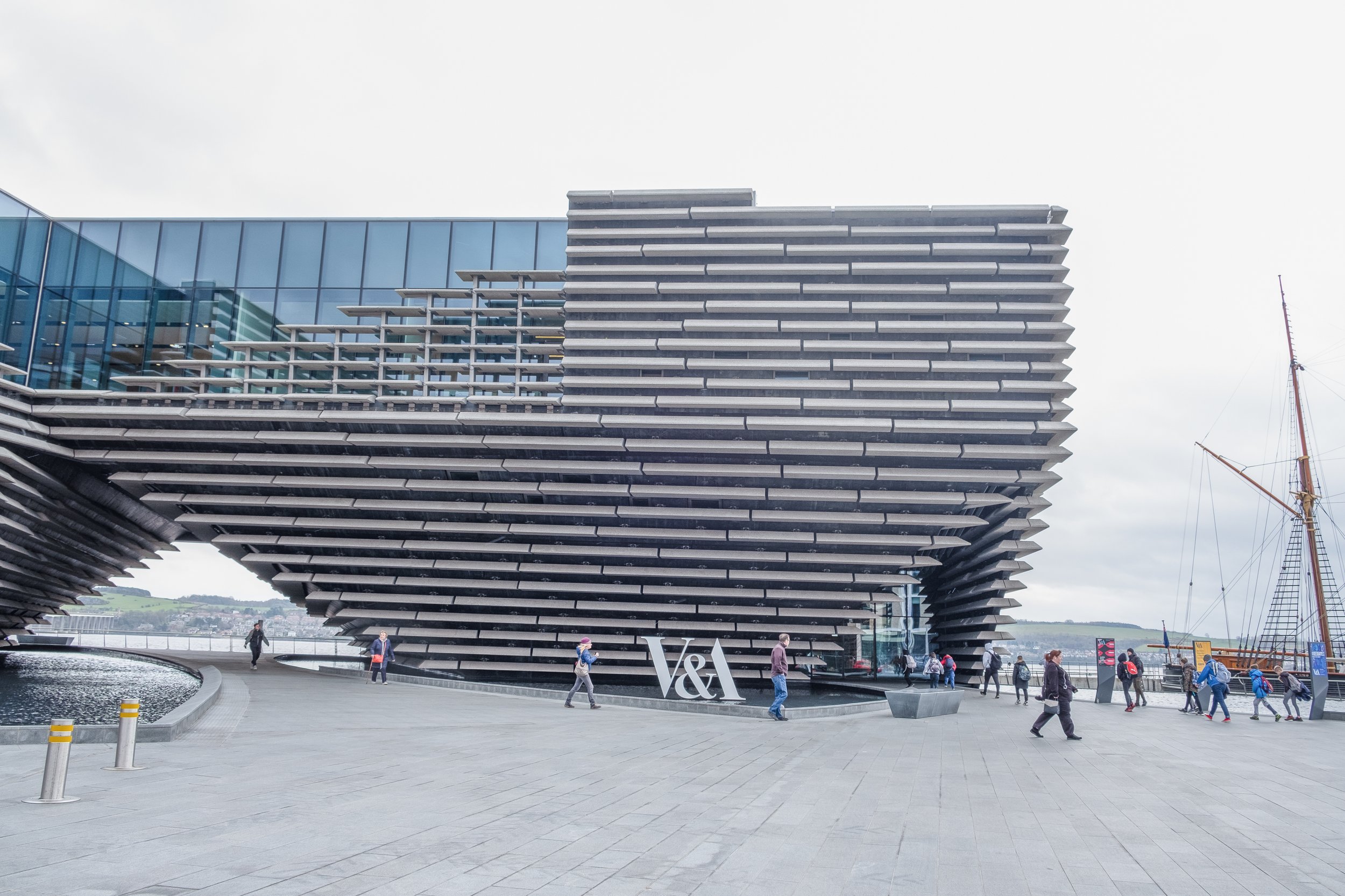
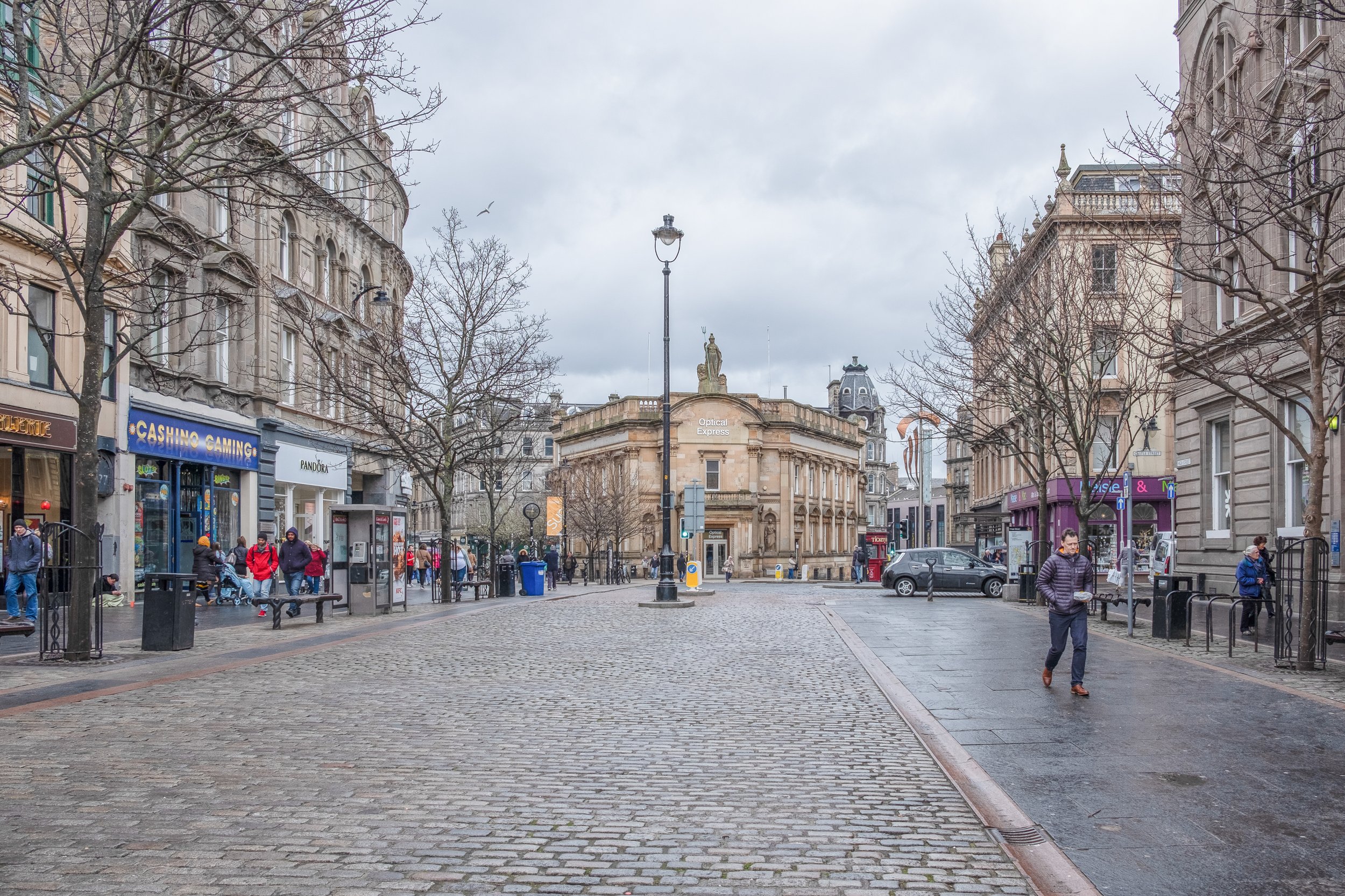
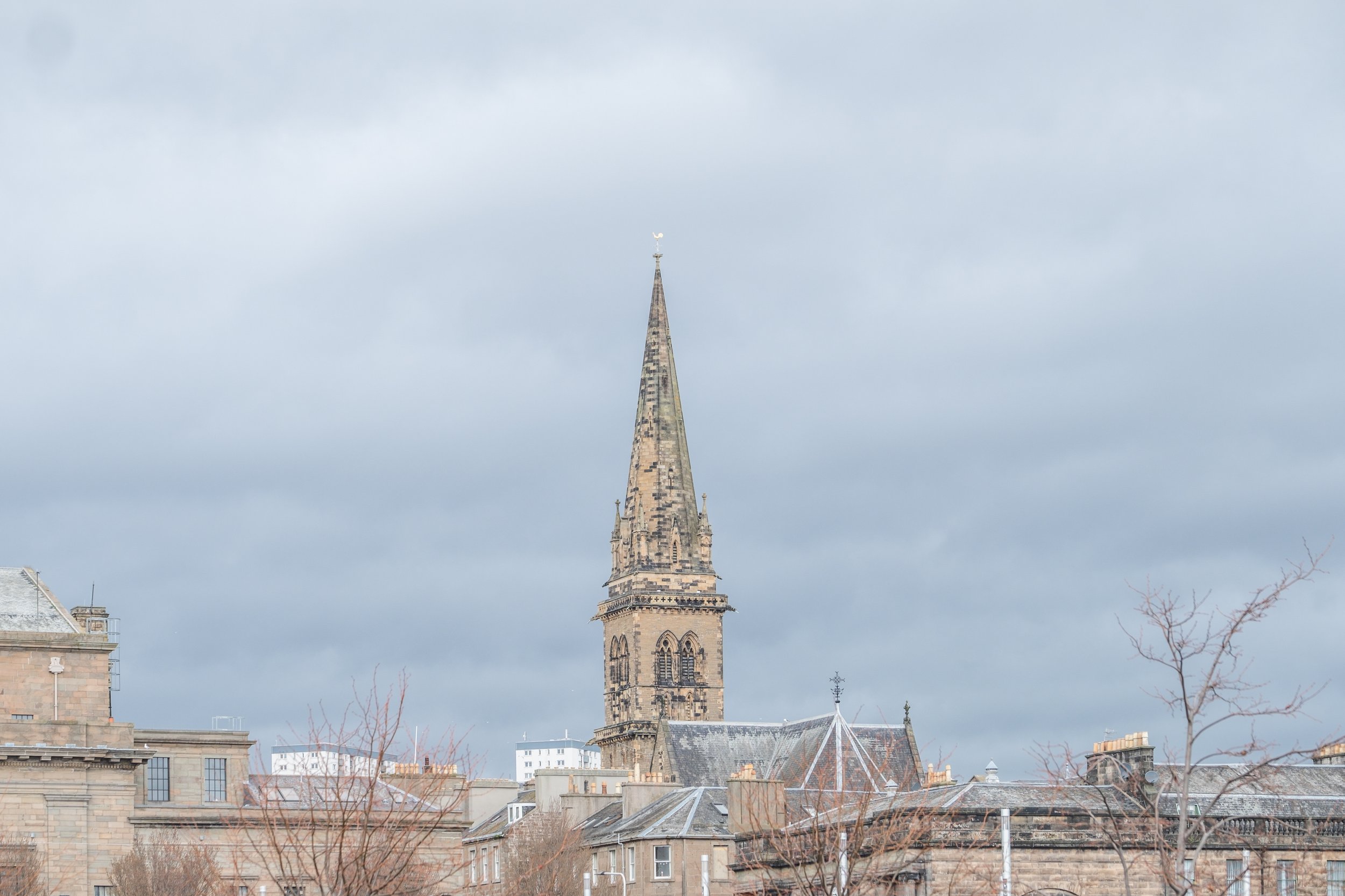
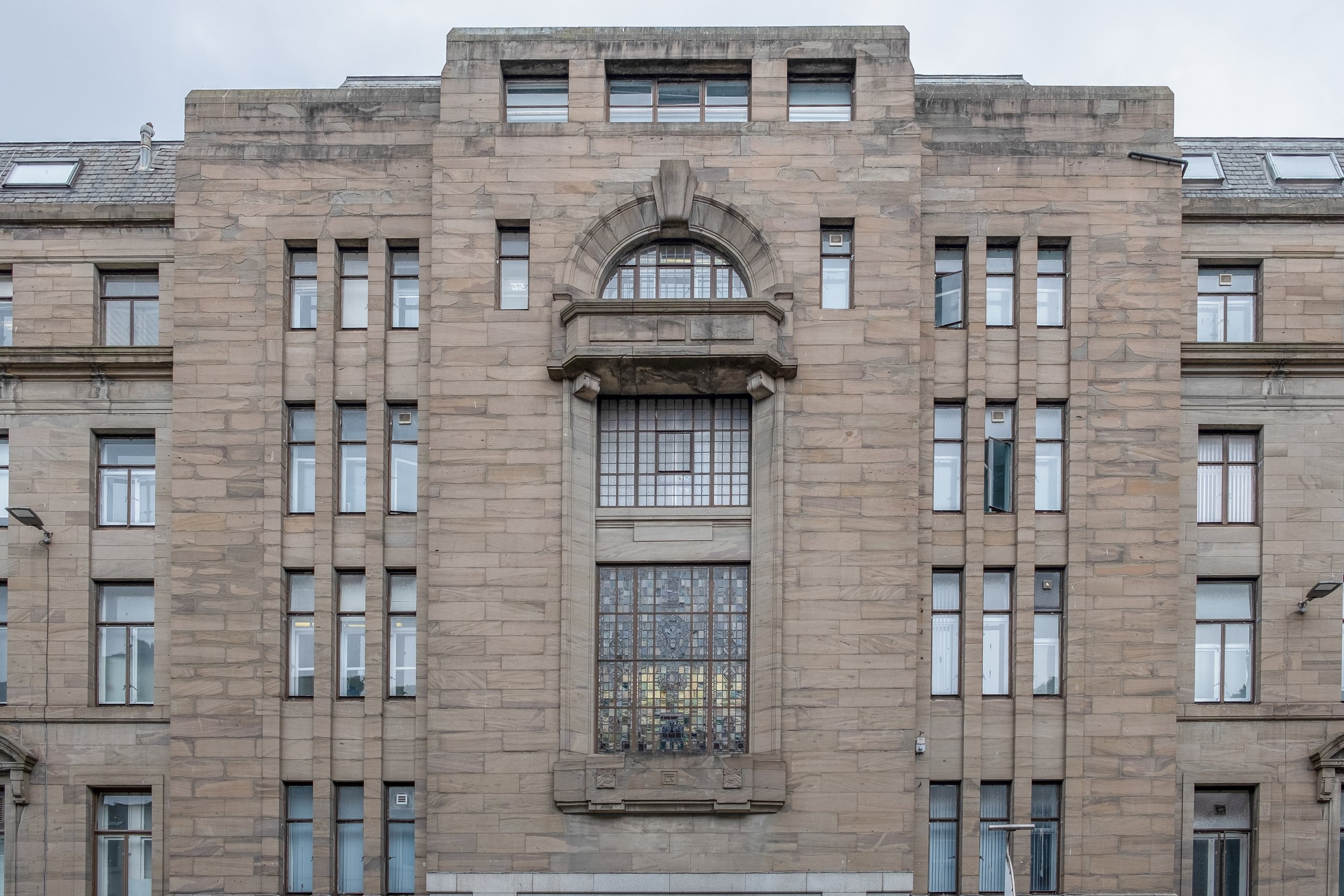
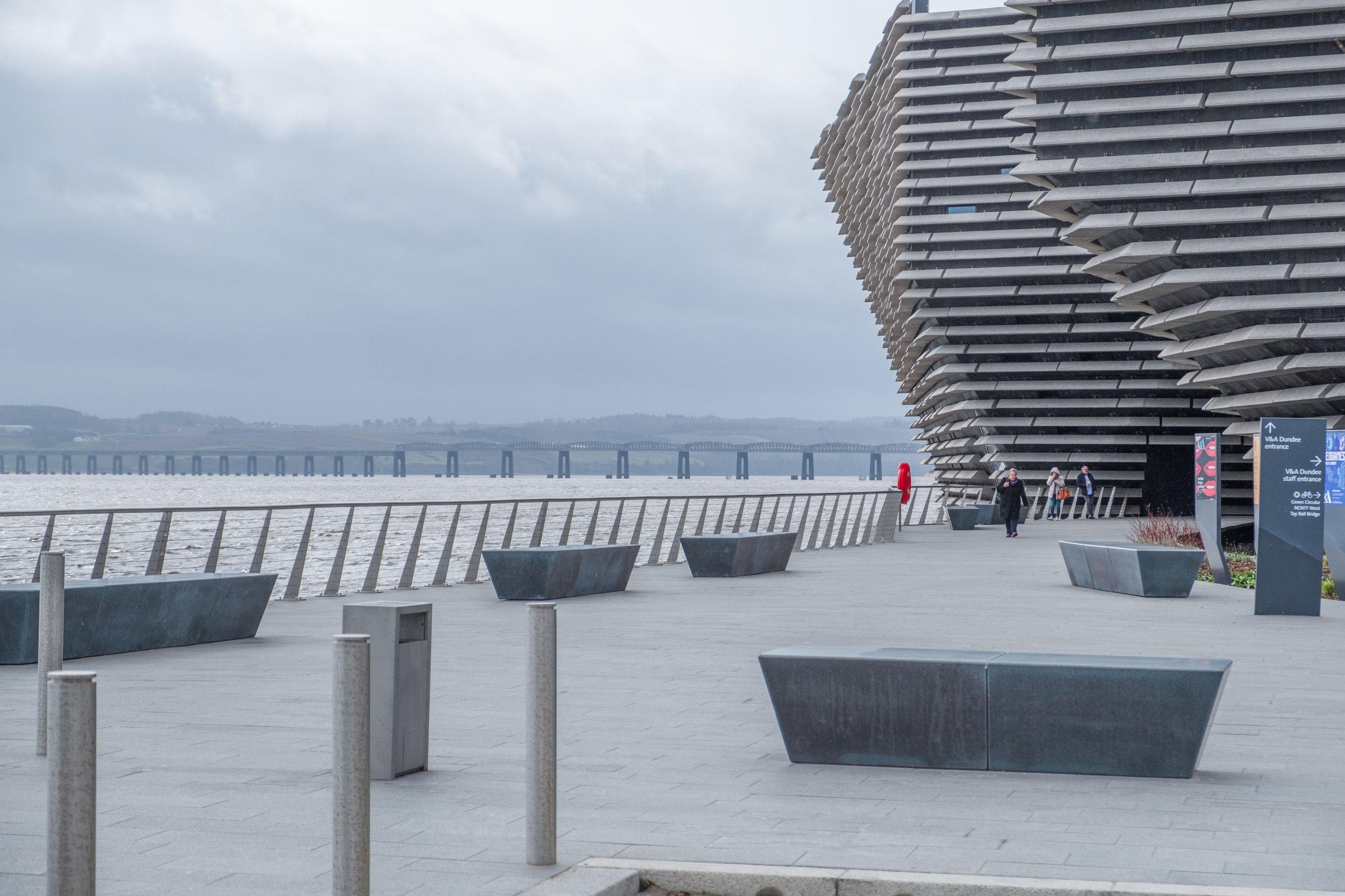
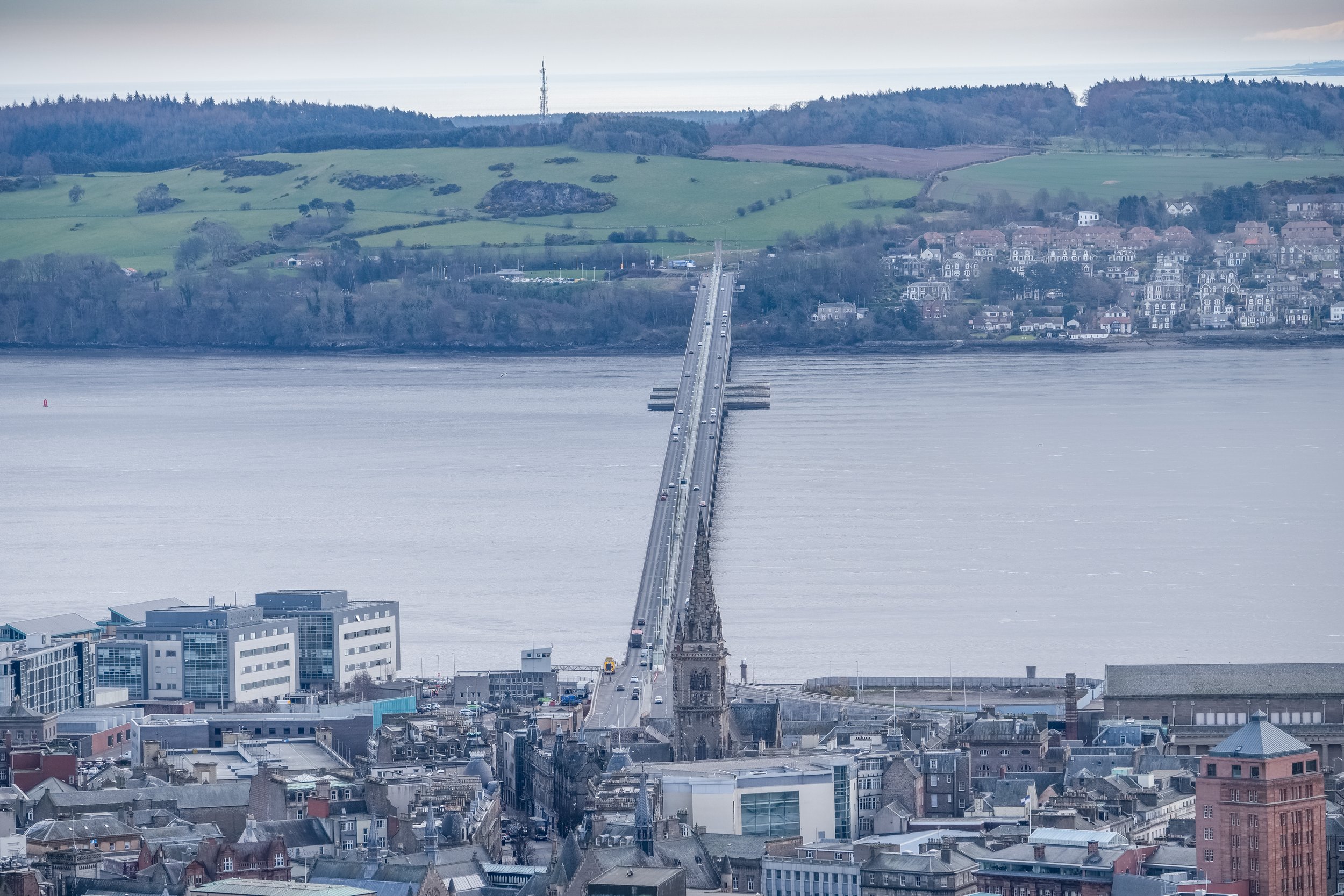
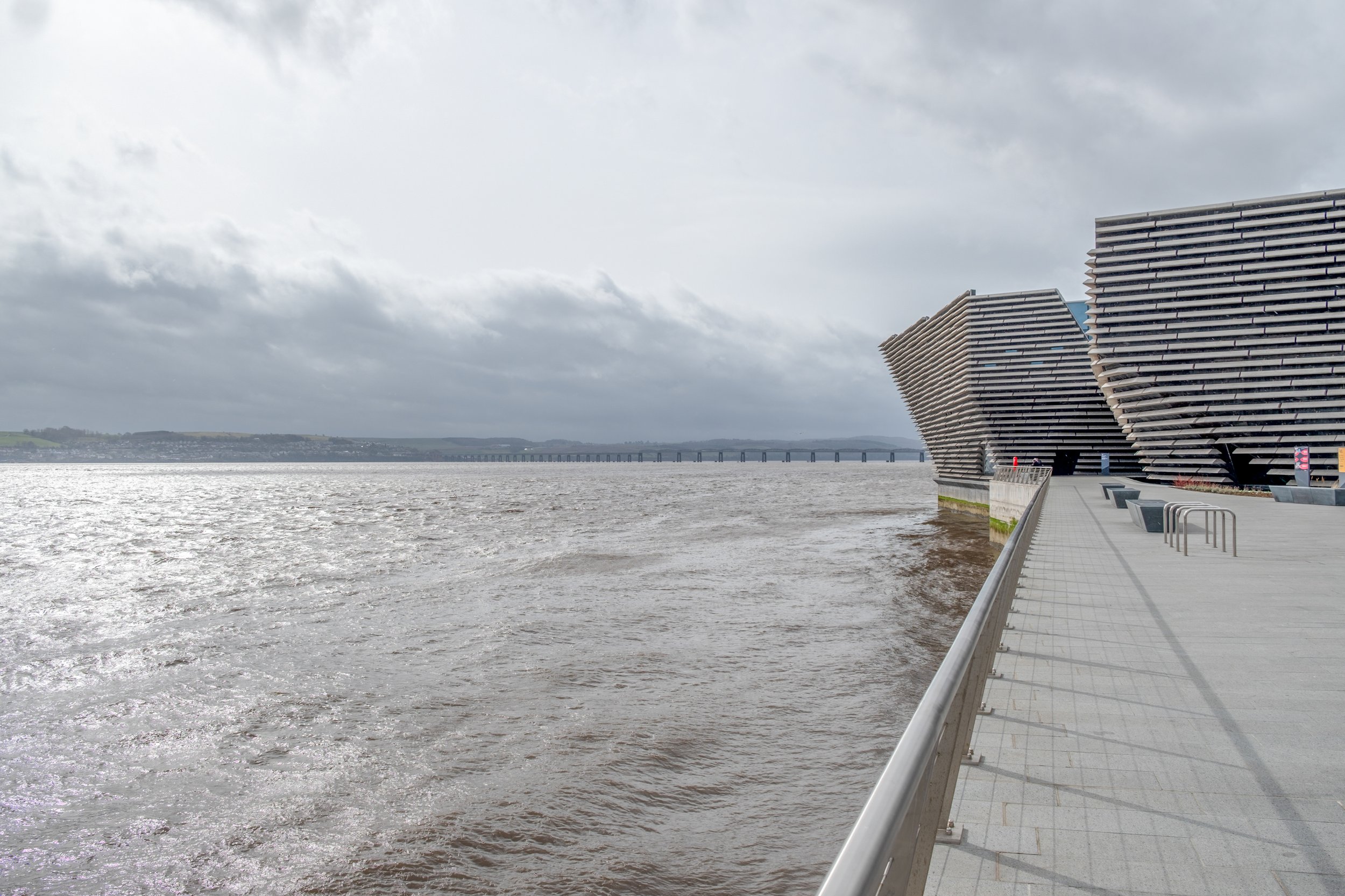
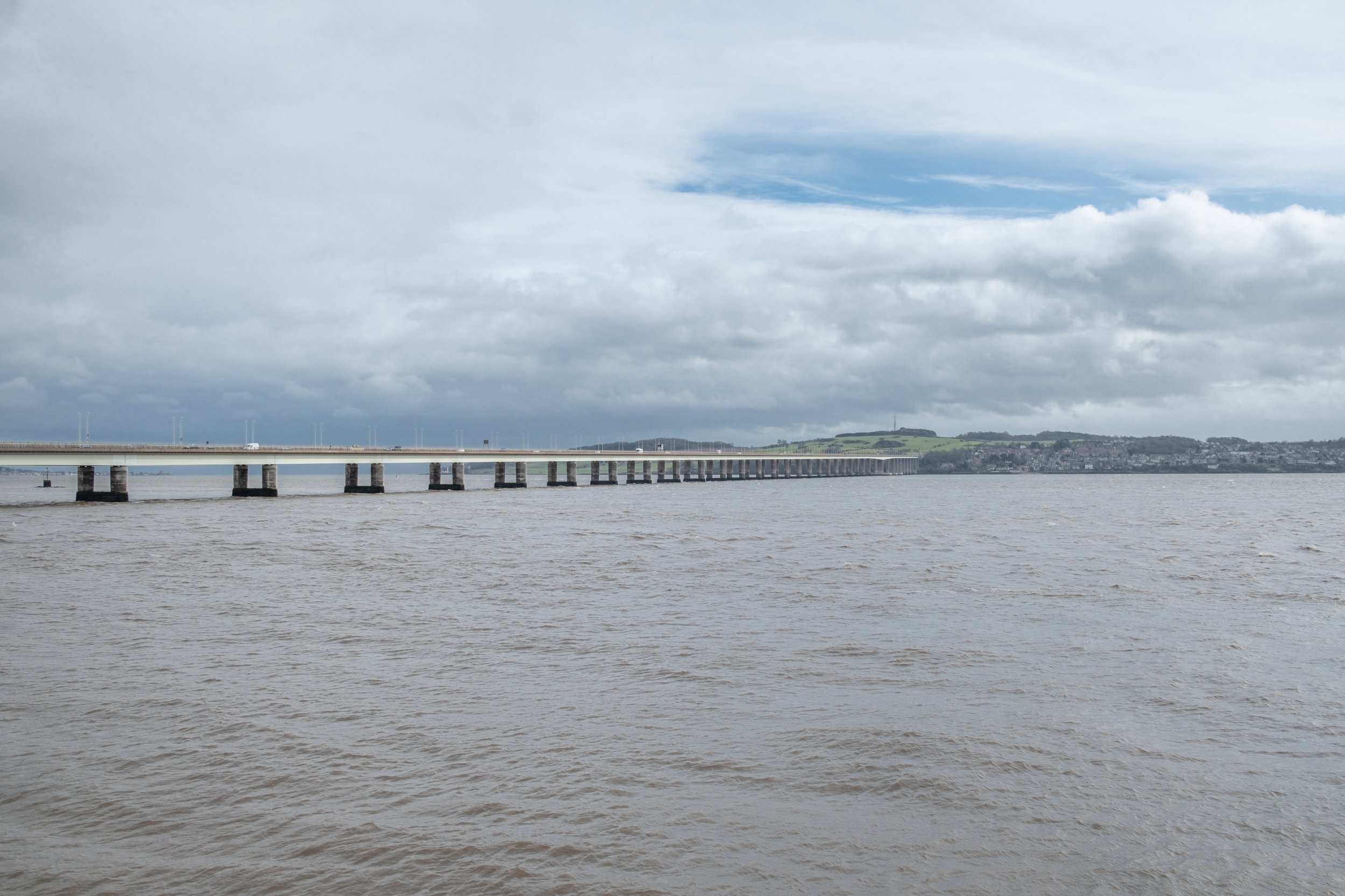
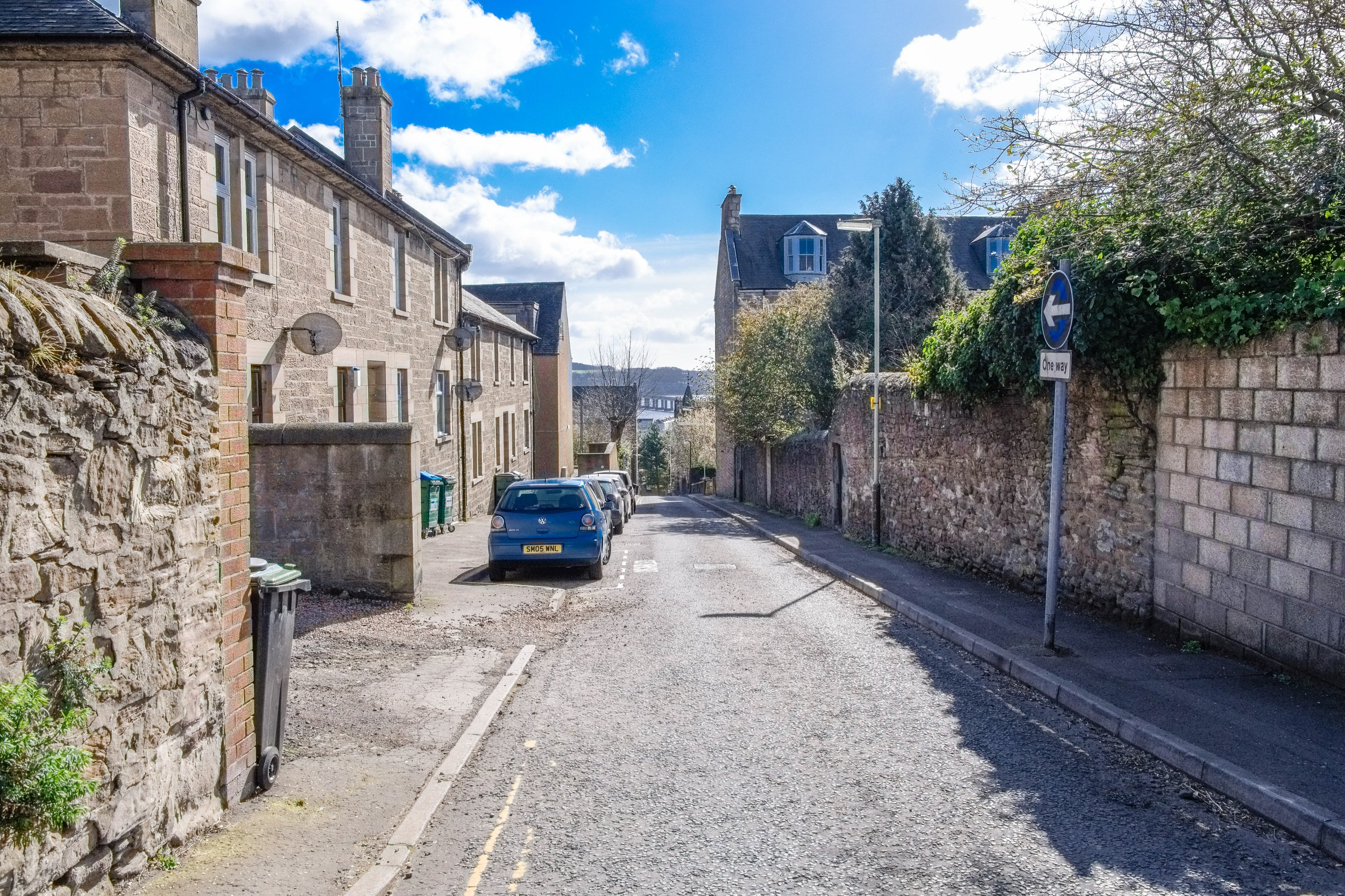
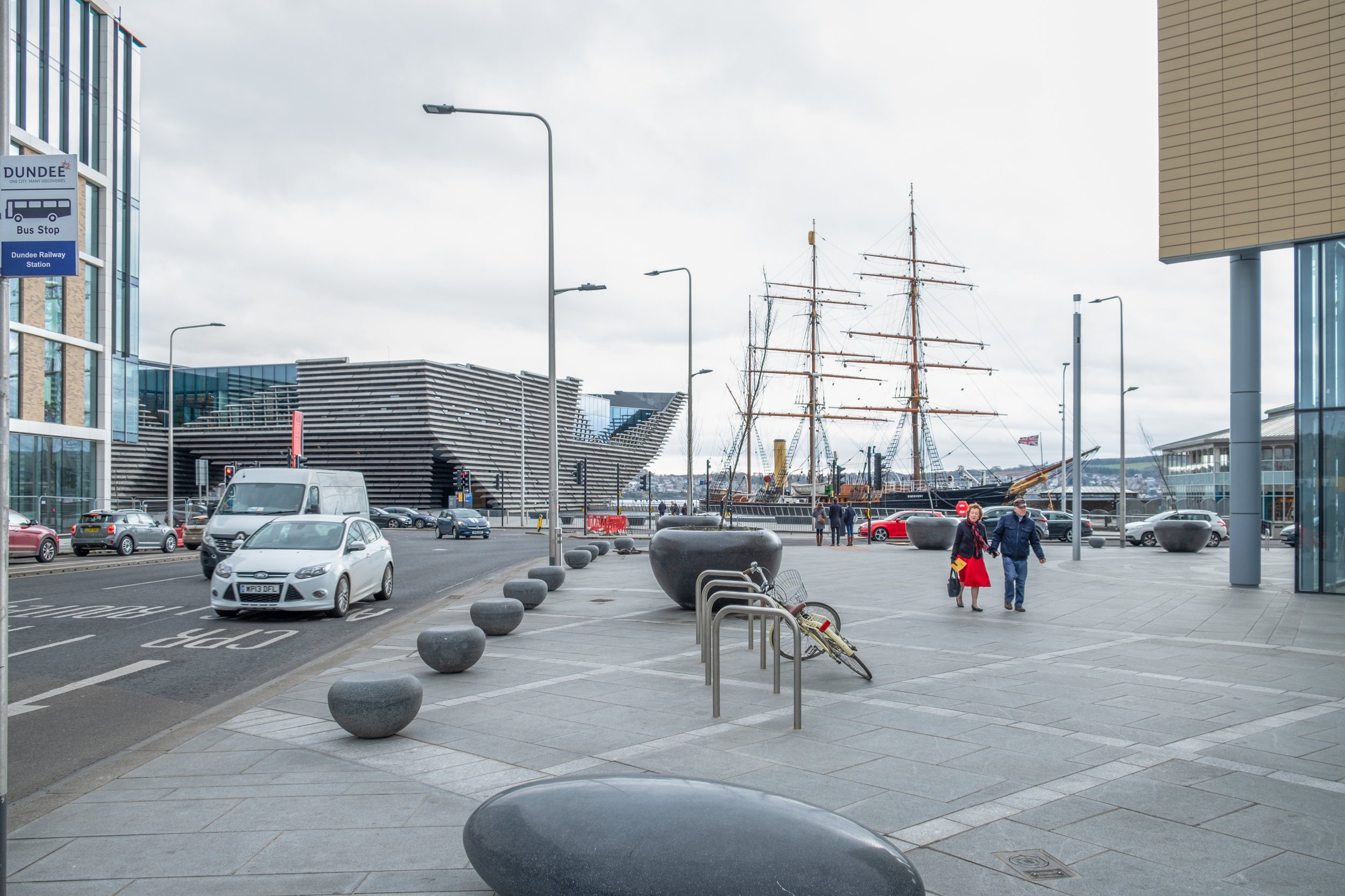

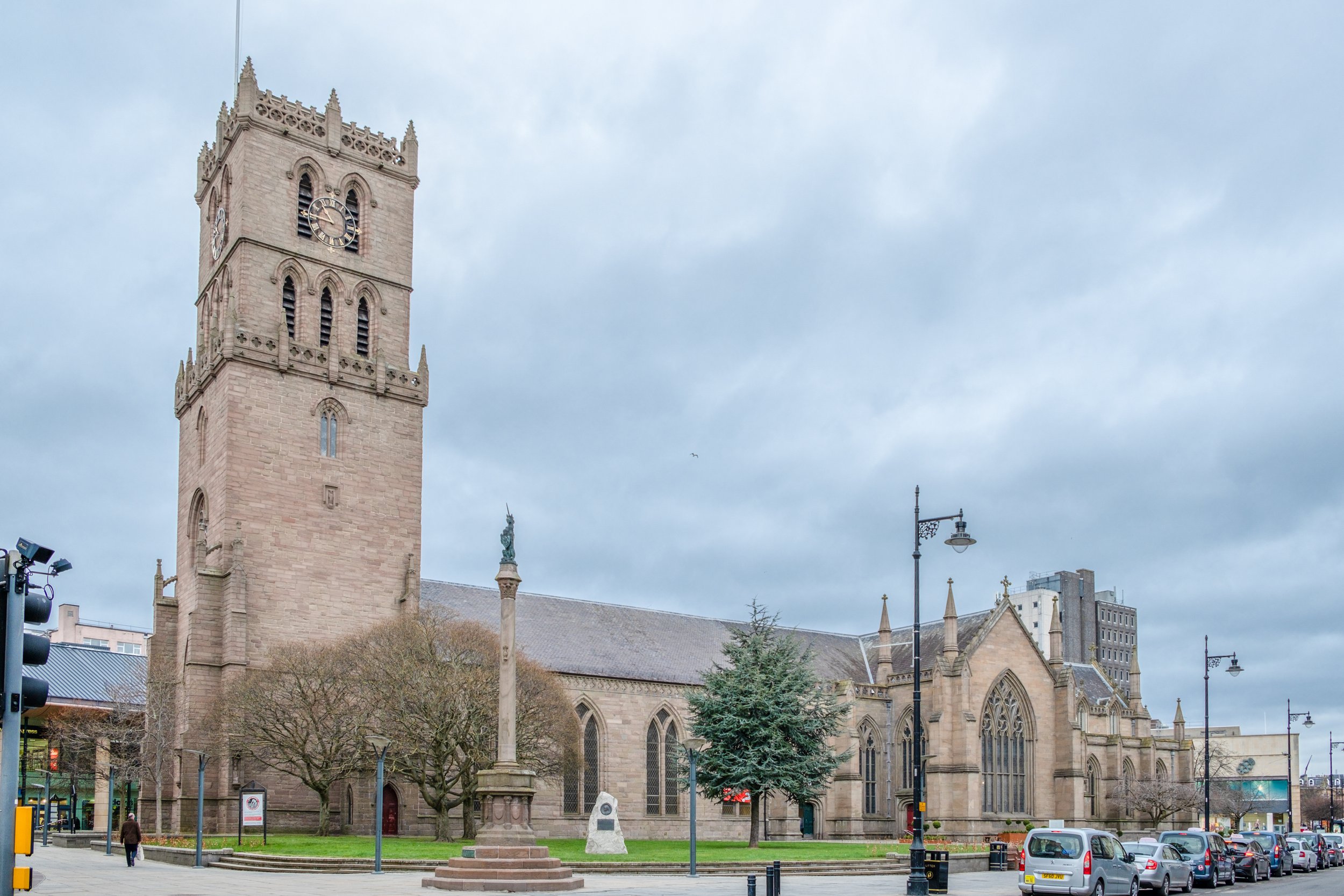
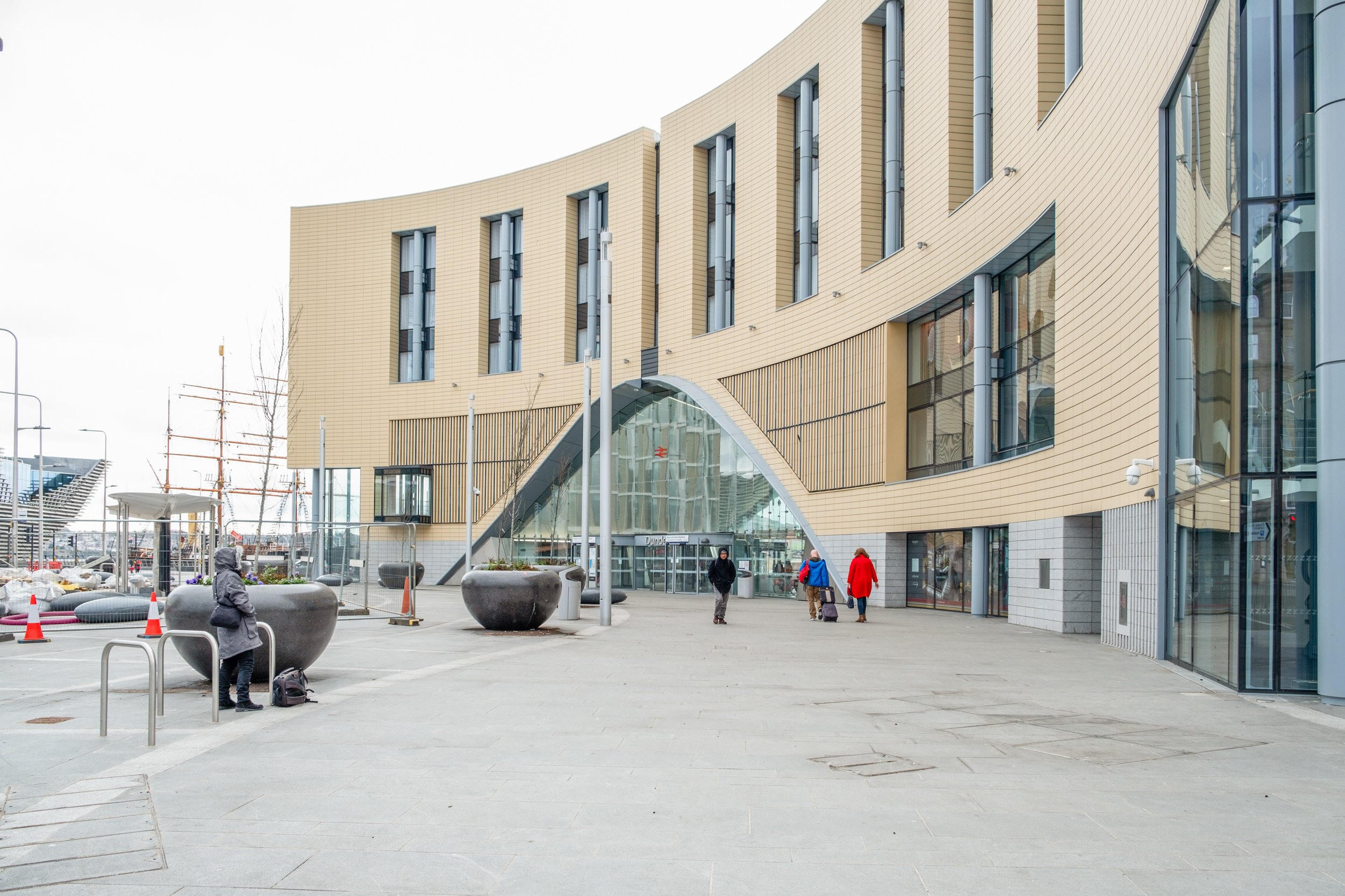
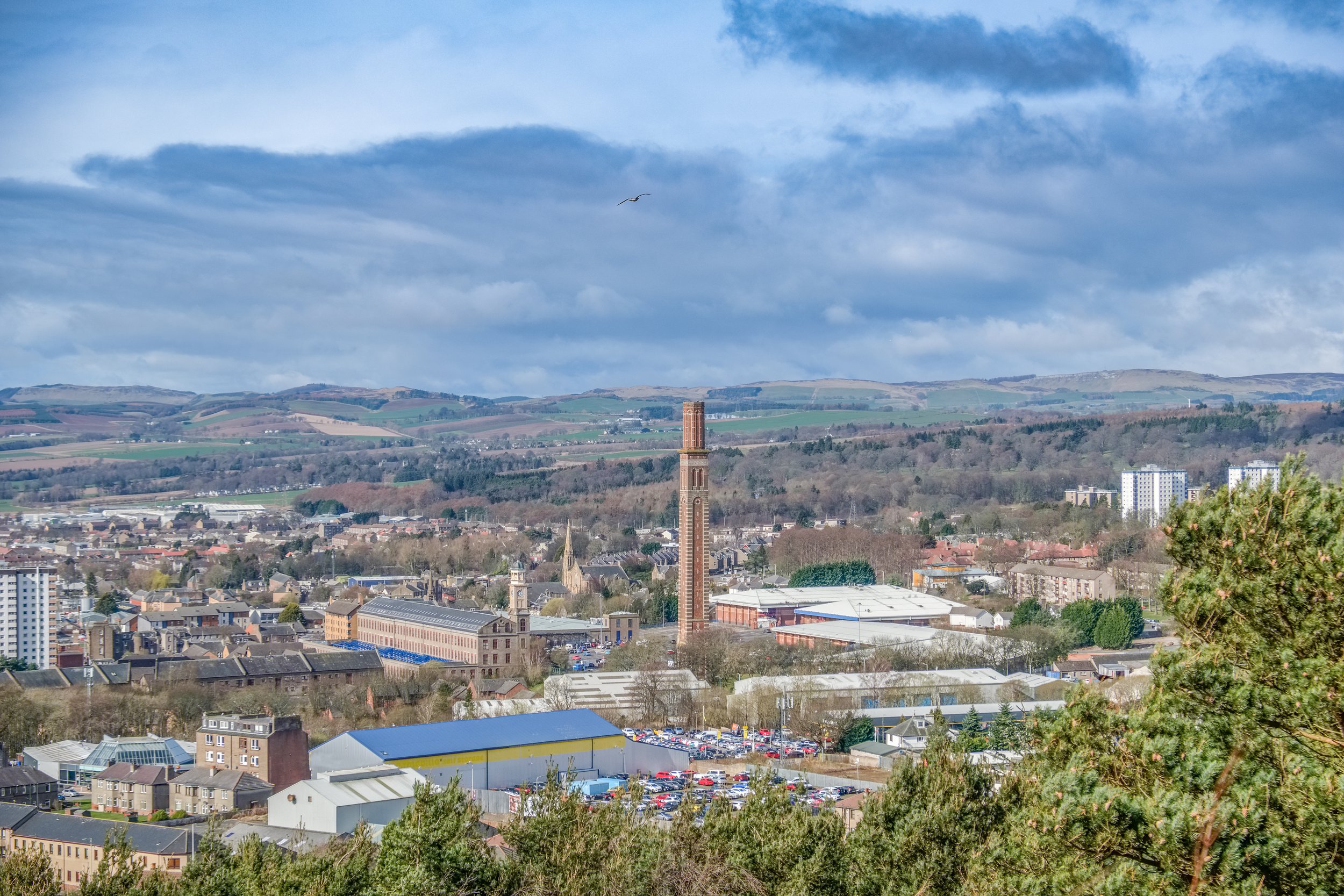
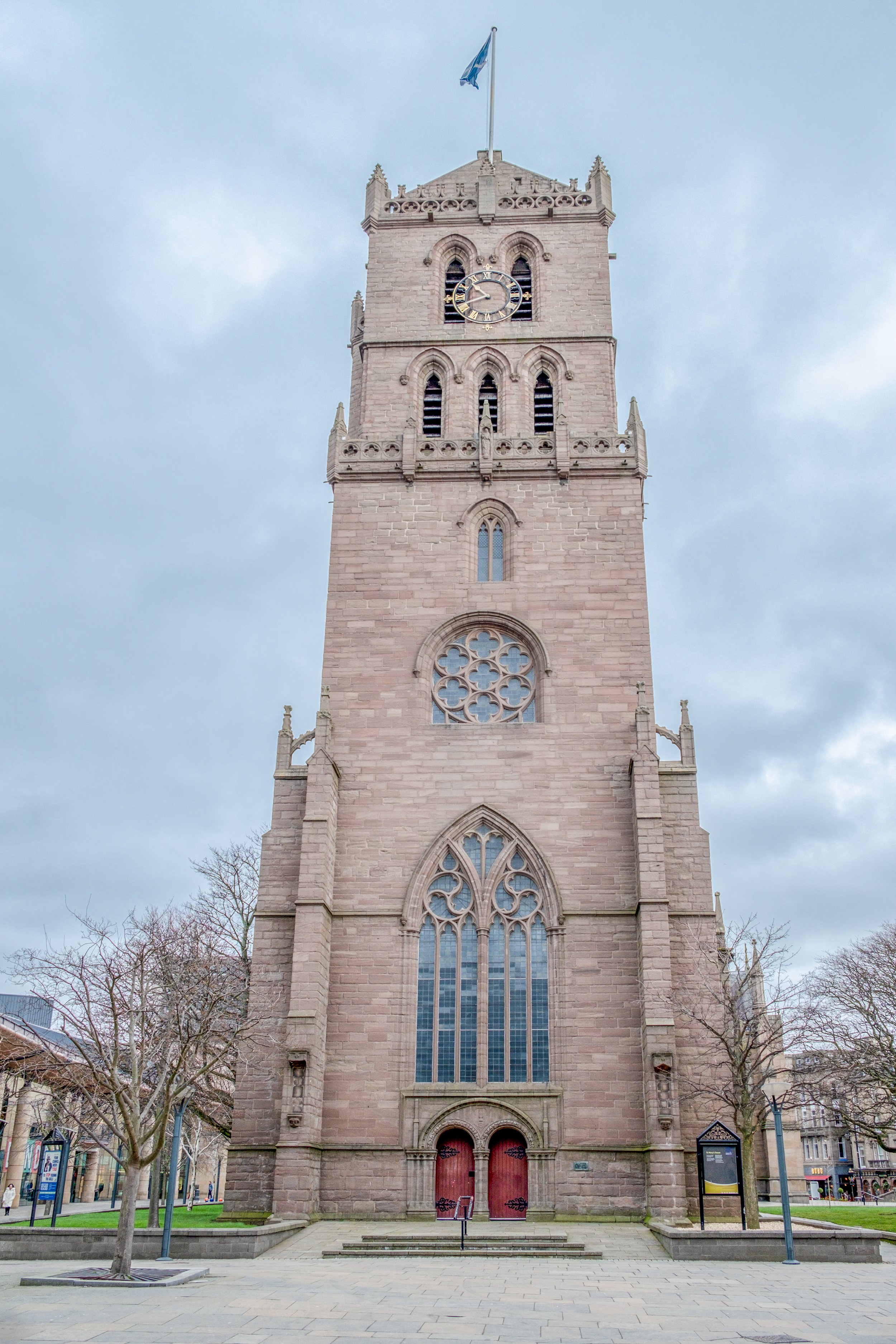
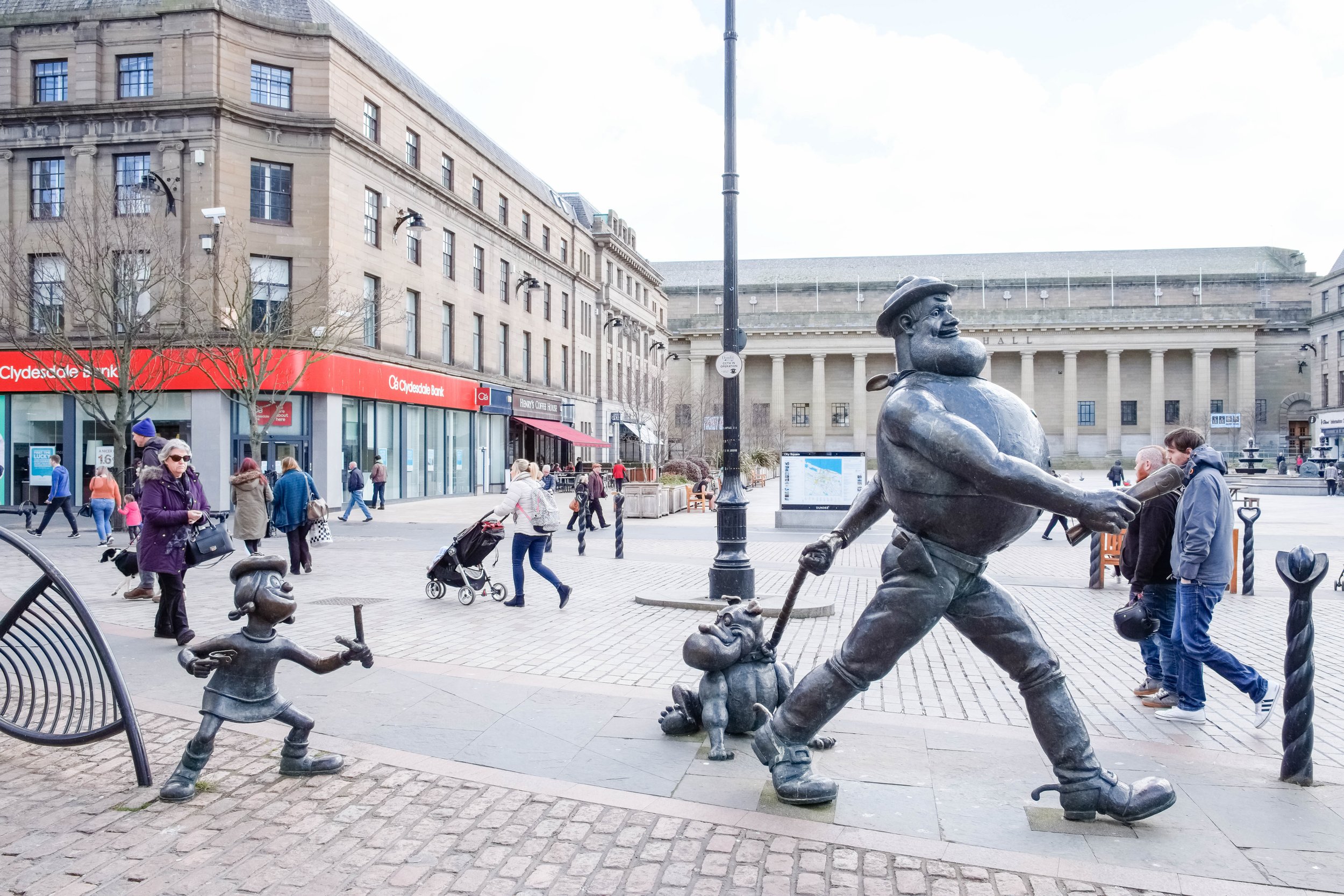
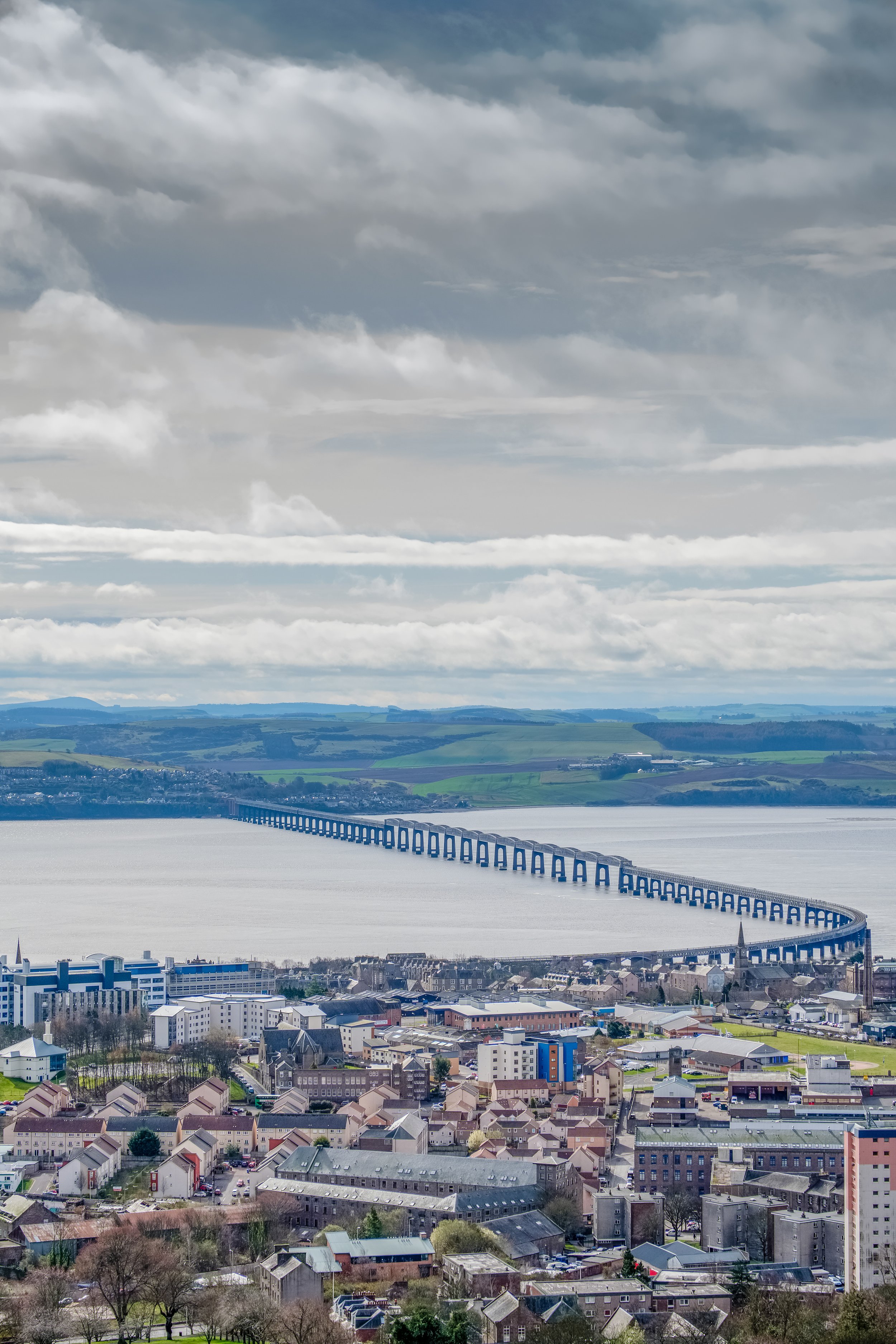
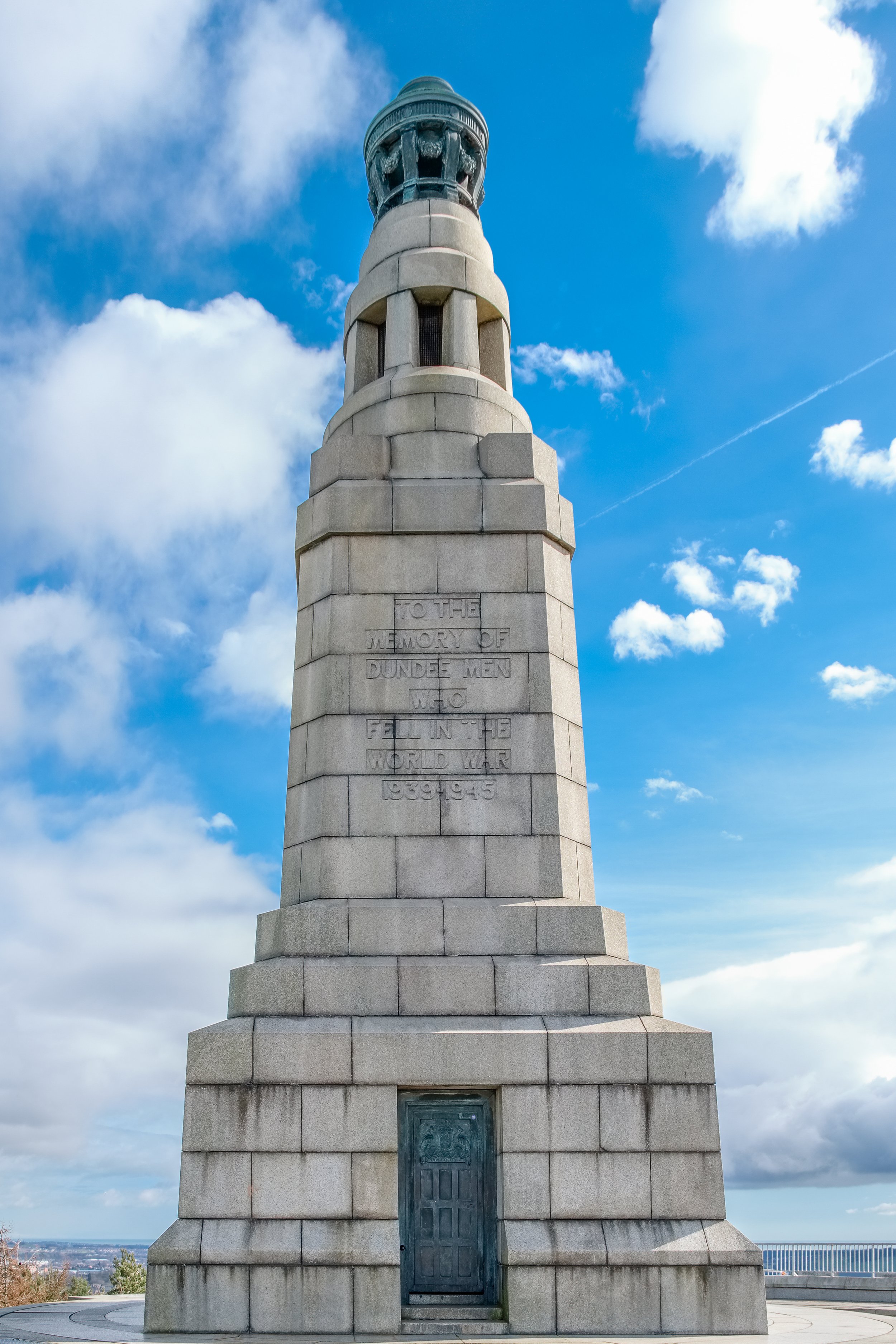
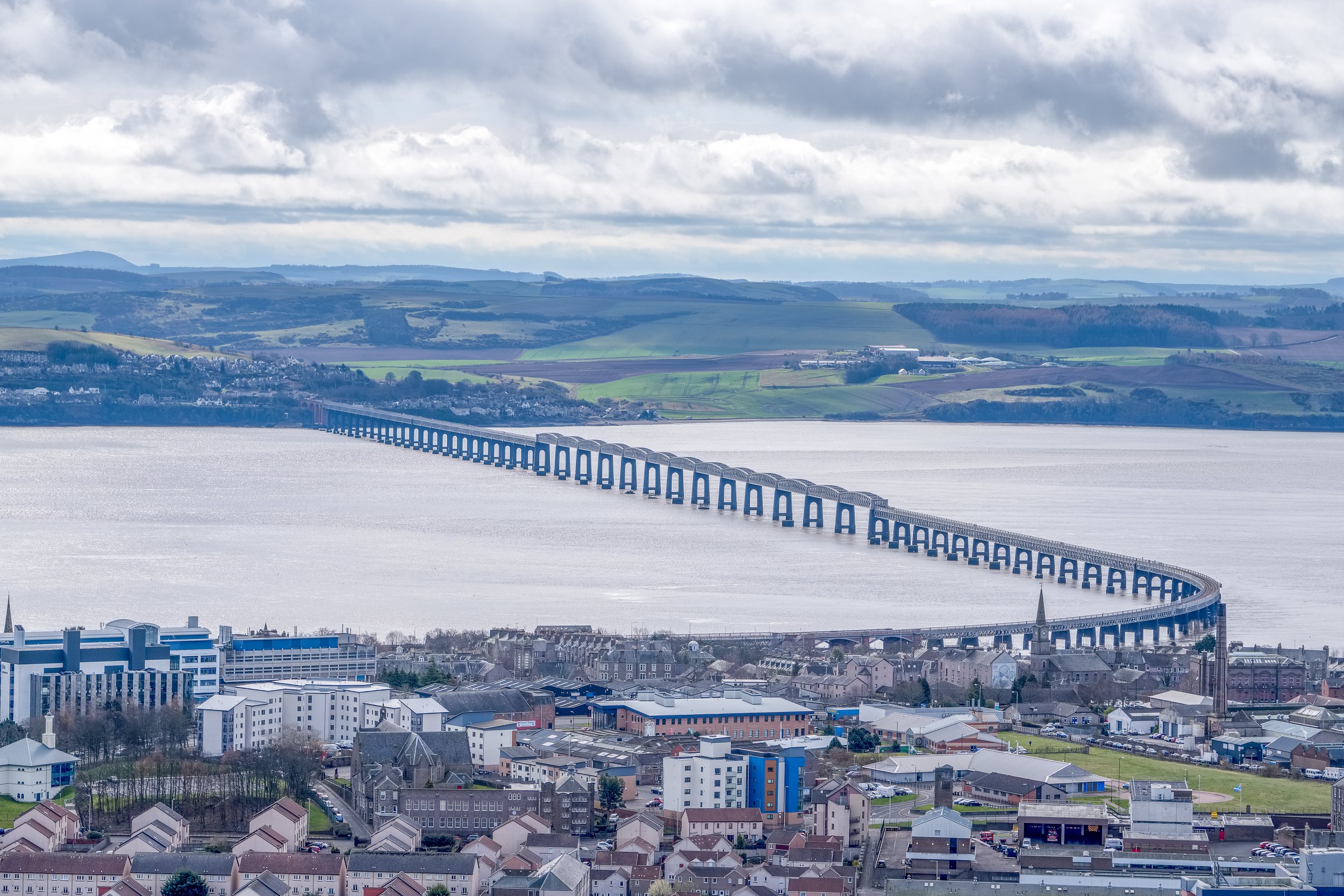
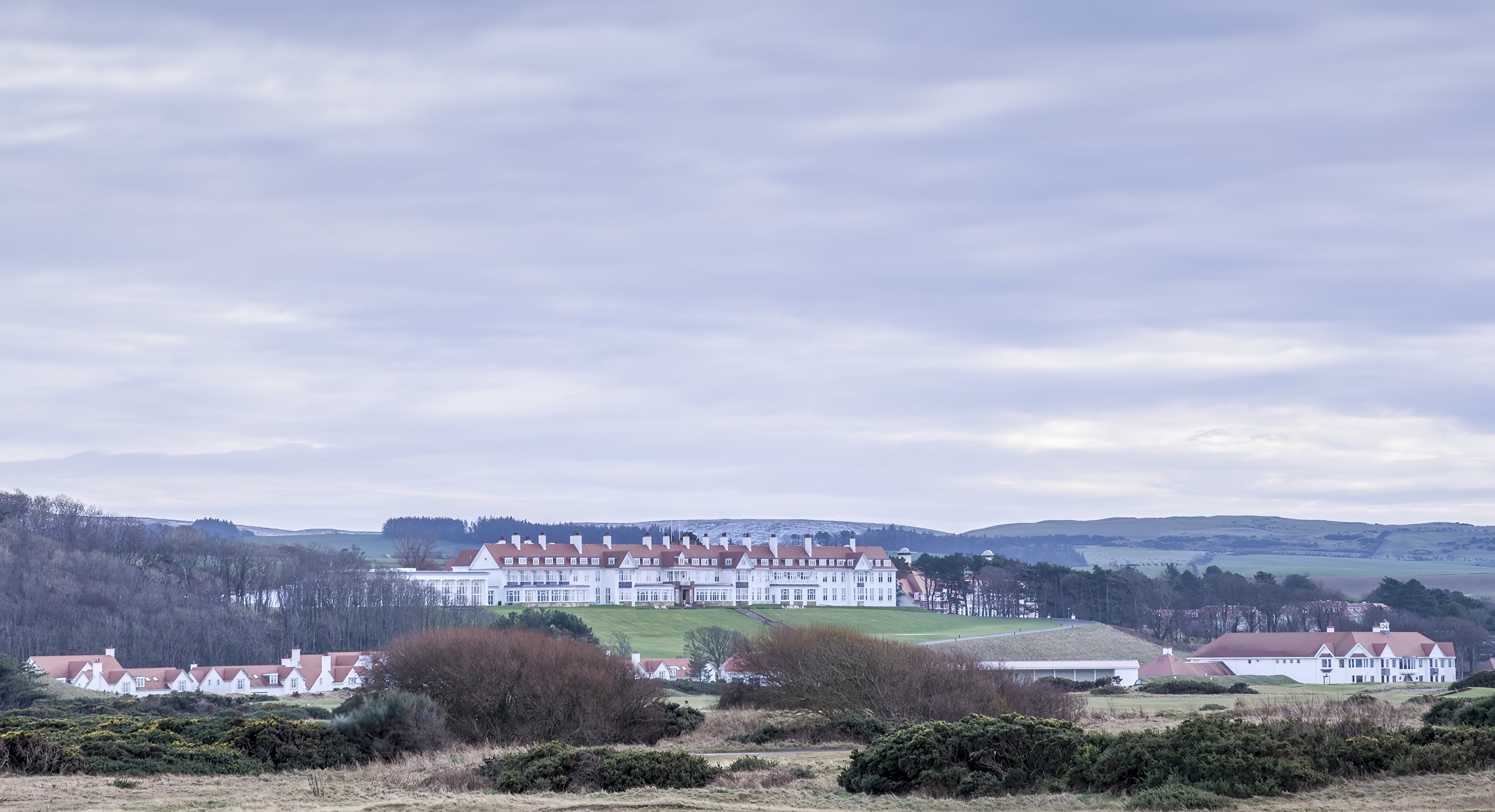
Trump Turnberry & Turnberry Lighthouse South Ayrshire
